"Joseph,
son of David, do not be afraid to take Mary as your wife ; for the Child who
has been conceived in her is of the Holy Spirit. She will bear a Son ; and you
shall call His name Jesus.." Matthew 1:20-21, Bible


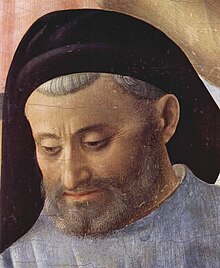 Fra Angelico (born Guido di Pietro 1395 – February 18,
1455) was an Early Italian Renaissance painter described by Vasari in his Lives
of the Artists as having "a rare and perfect talent... He was known to contemporaries as Fra Giovanni da Fiesole
(Brother John of Fiesole) and Fra Giovanni Angelico (Angelic Brother John). In
modern Italian he is called il Beato Angelico (Blessed Angelic One); the common
English name Fra Angelico means "Angelic Brother."...
Fra Angelico (born Guido di Pietro 1395 – February 18,
1455) was an Early Italian Renaissance painter described by Vasari in his Lives
of the Artists as having "a rare and perfect talent... He was known to contemporaries as Fra Giovanni da Fiesole
(Brother John of Fiesole) and Fra Giovanni Angelico (Angelic Brother John). In
modern Italian he is called il Beato Angelico (Blessed Angelic One); the common
English name Fra Angelico means "Angelic Brother."...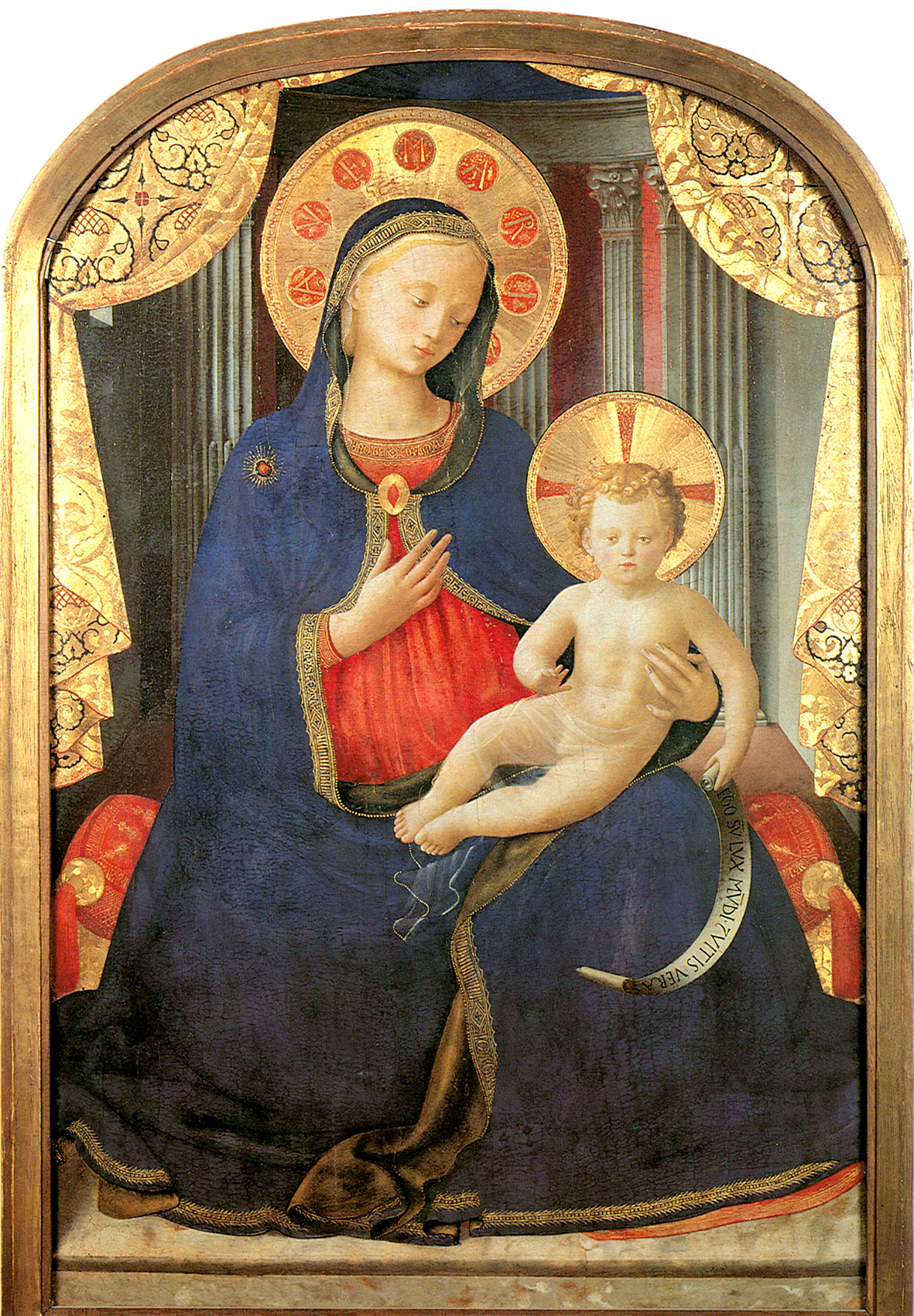
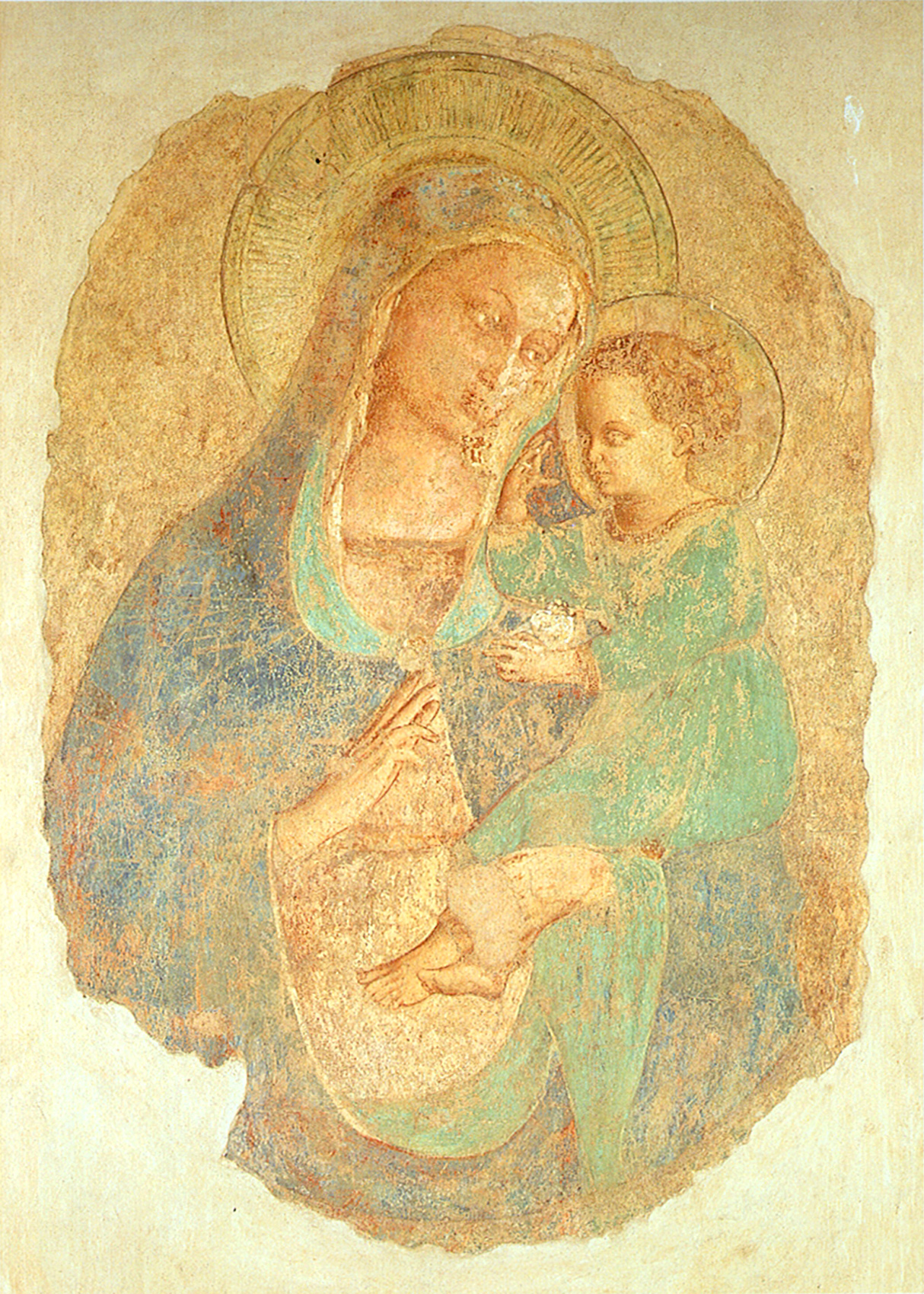
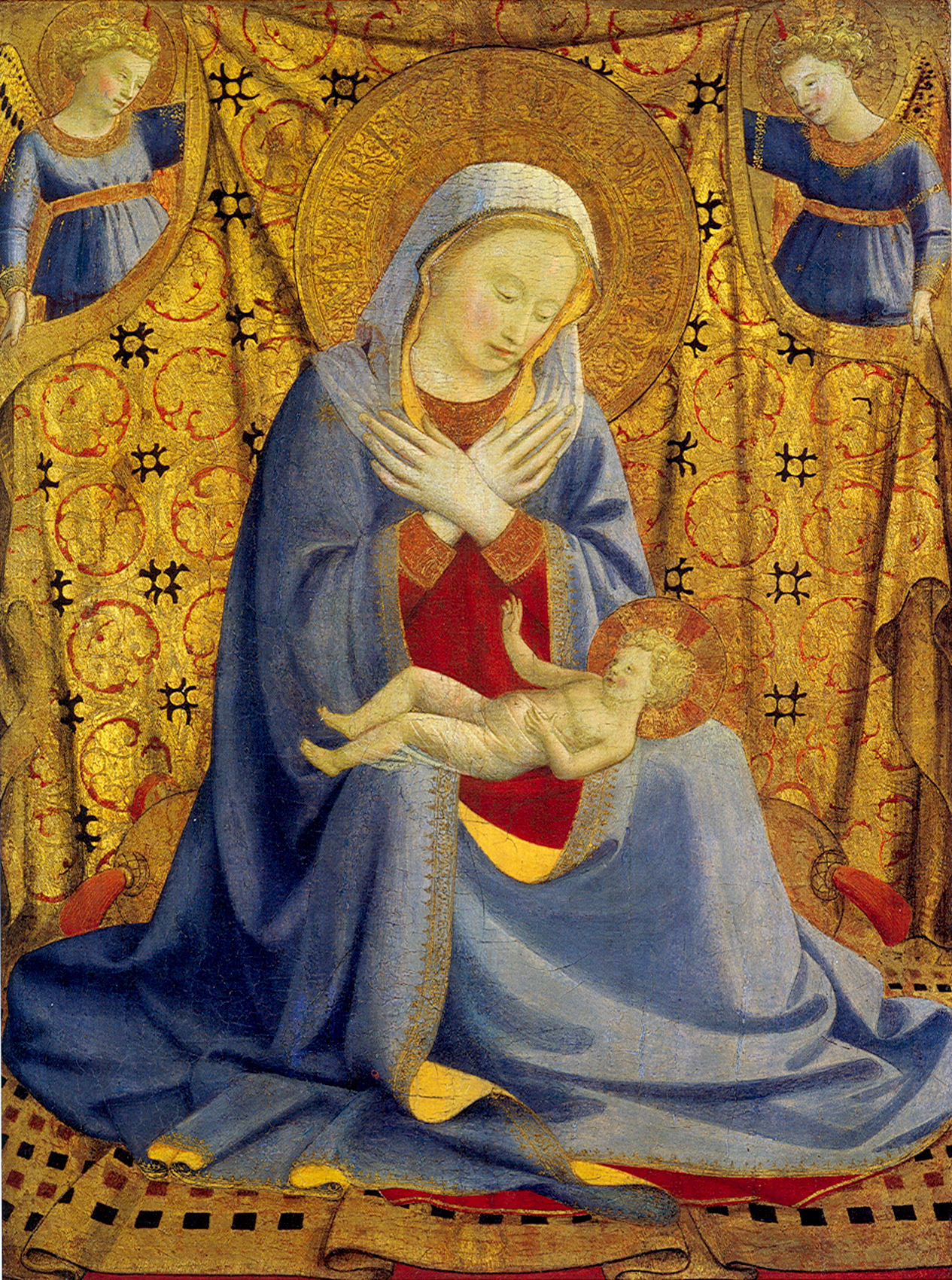
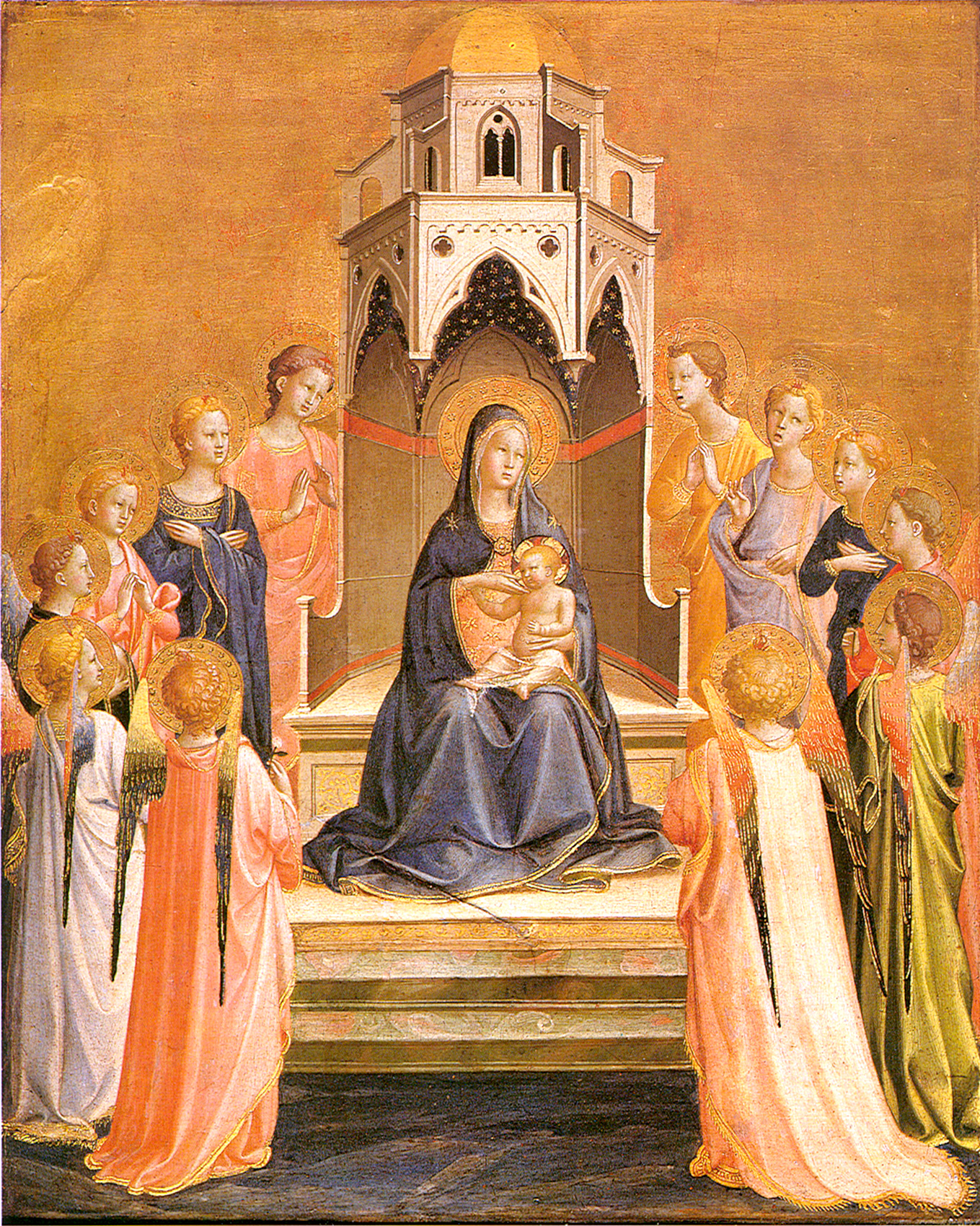
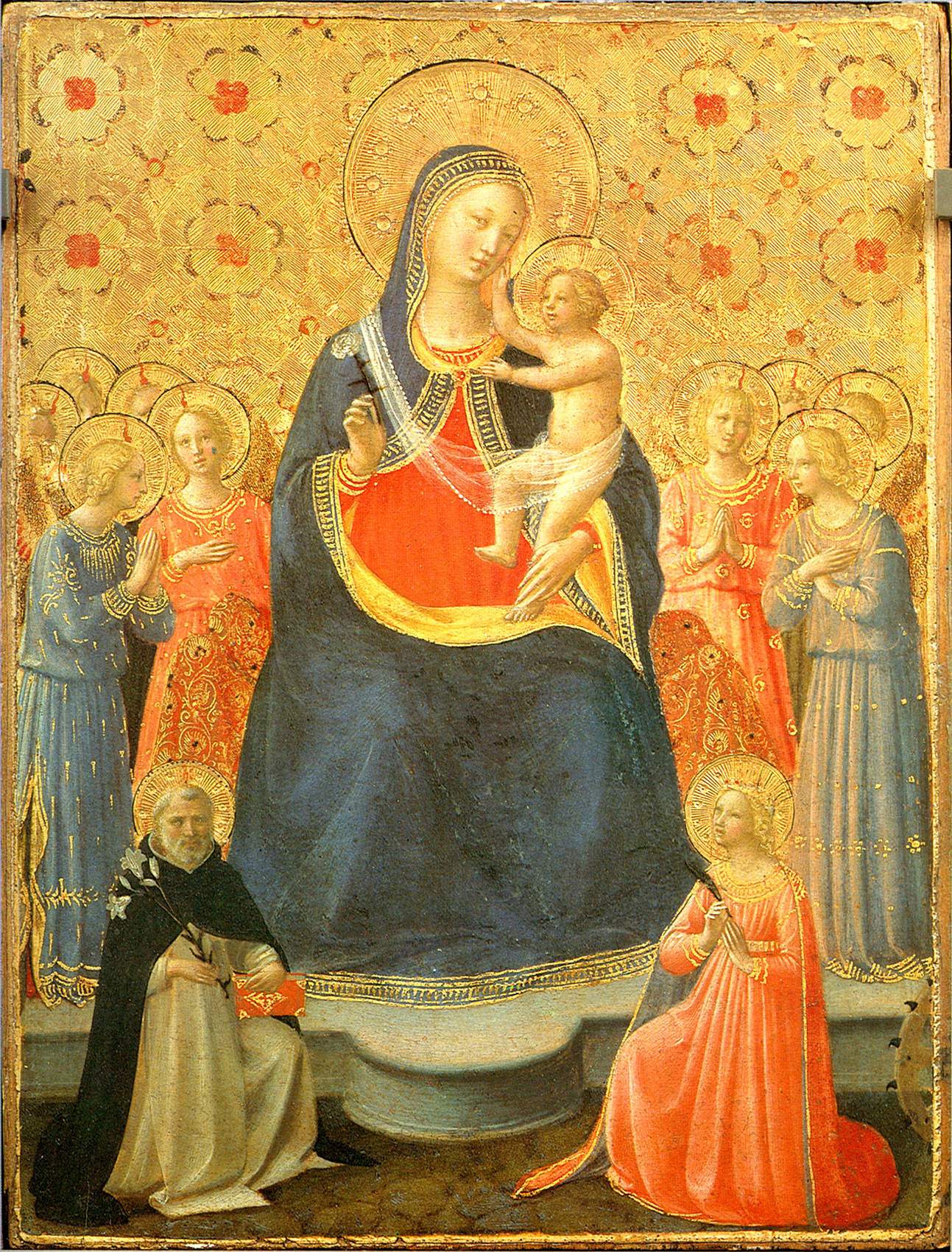
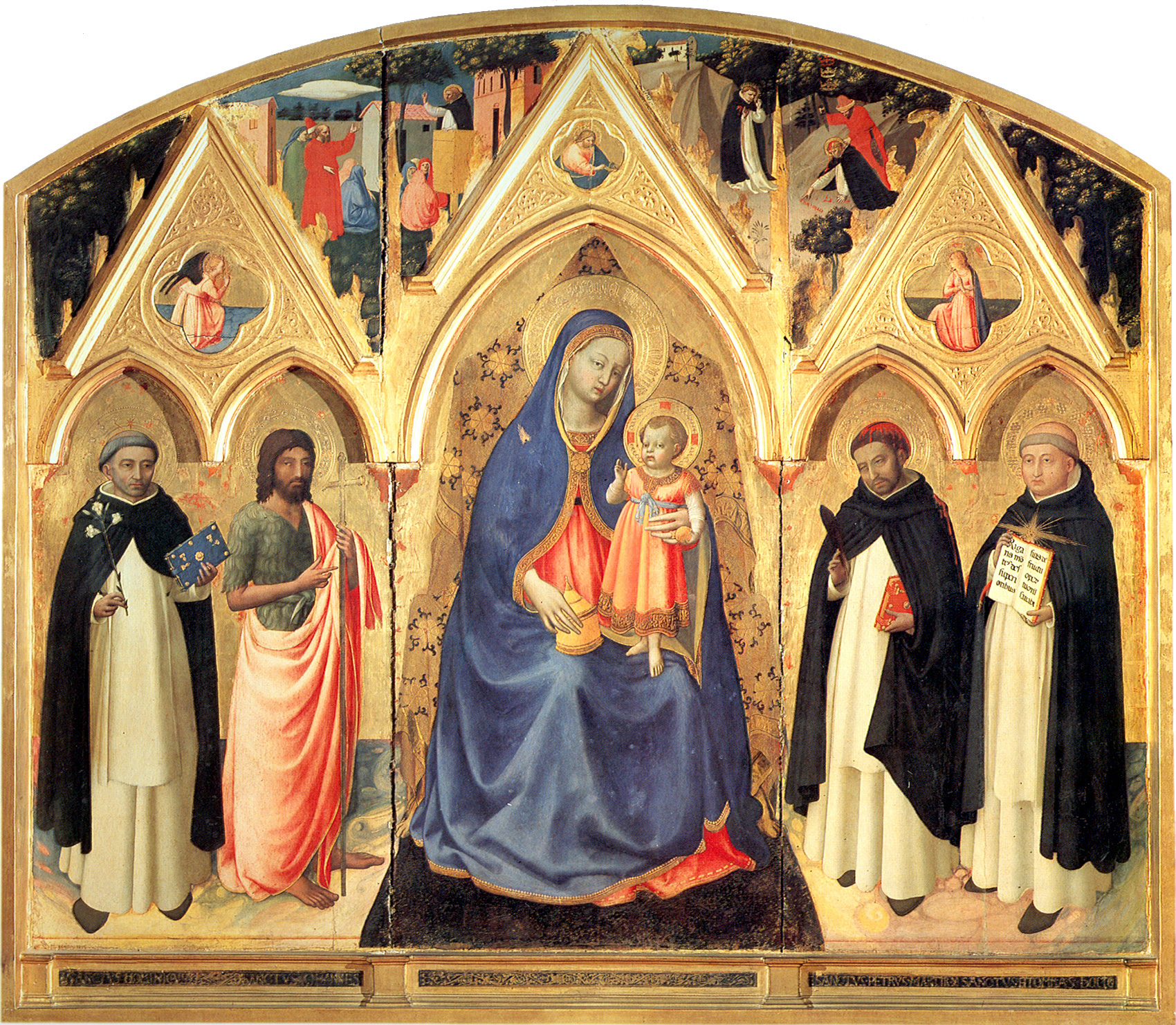
Antoniazzo Romano, born Antonio di Benedetto Aquilo degli
Aquili (c. 1430 – c. 1510) was an Italian Early Renaissance painter, the
leading figure of the Roman school during the 15th century...
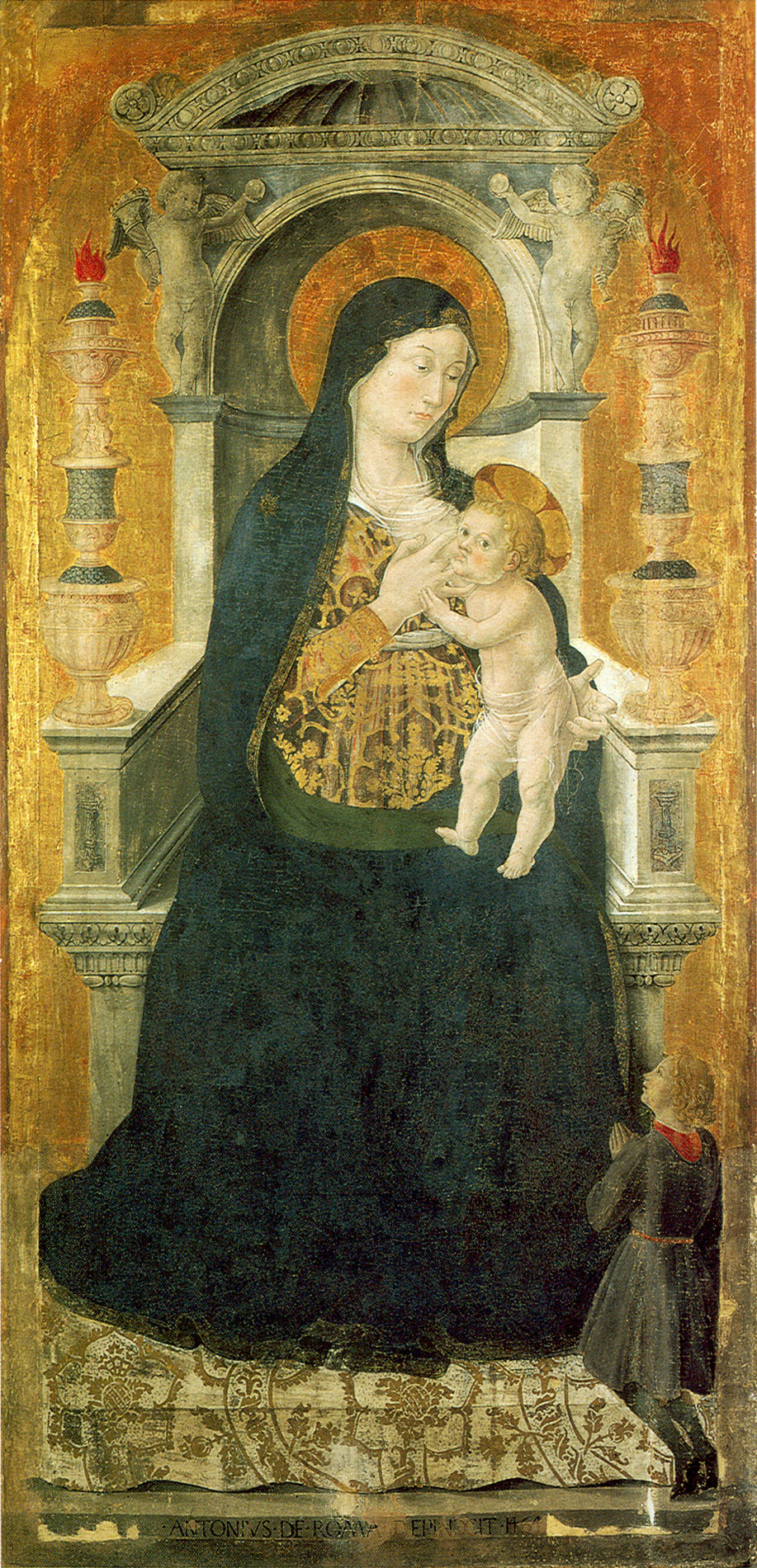

 Fra Bartolomeo or Fra Bartolommeo (di Pagholo) (March 28,
1472 – October 6, 1517), also known as Baccio della Porta, was an Italian
Renaissance painter of religious subjects... He was born in Savignano di Prato, Tuscany. He received the nickname of
Baccio della Porta for his house was near the Porta ("Gate") San Pier
Gattolini...
Fra Bartolomeo or Fra Bartolommeo (di Pagholo) (March 28,
1472 – October 6, 1517), also known as Baccio della Porta, was an Italian
Renaissance painter of religious subjects... He was born in Savignano di Prato, Tuscany. He received the nickname of
Baccio della Porta for his house was near the Porta ("Gate") San Pier
Gattolini...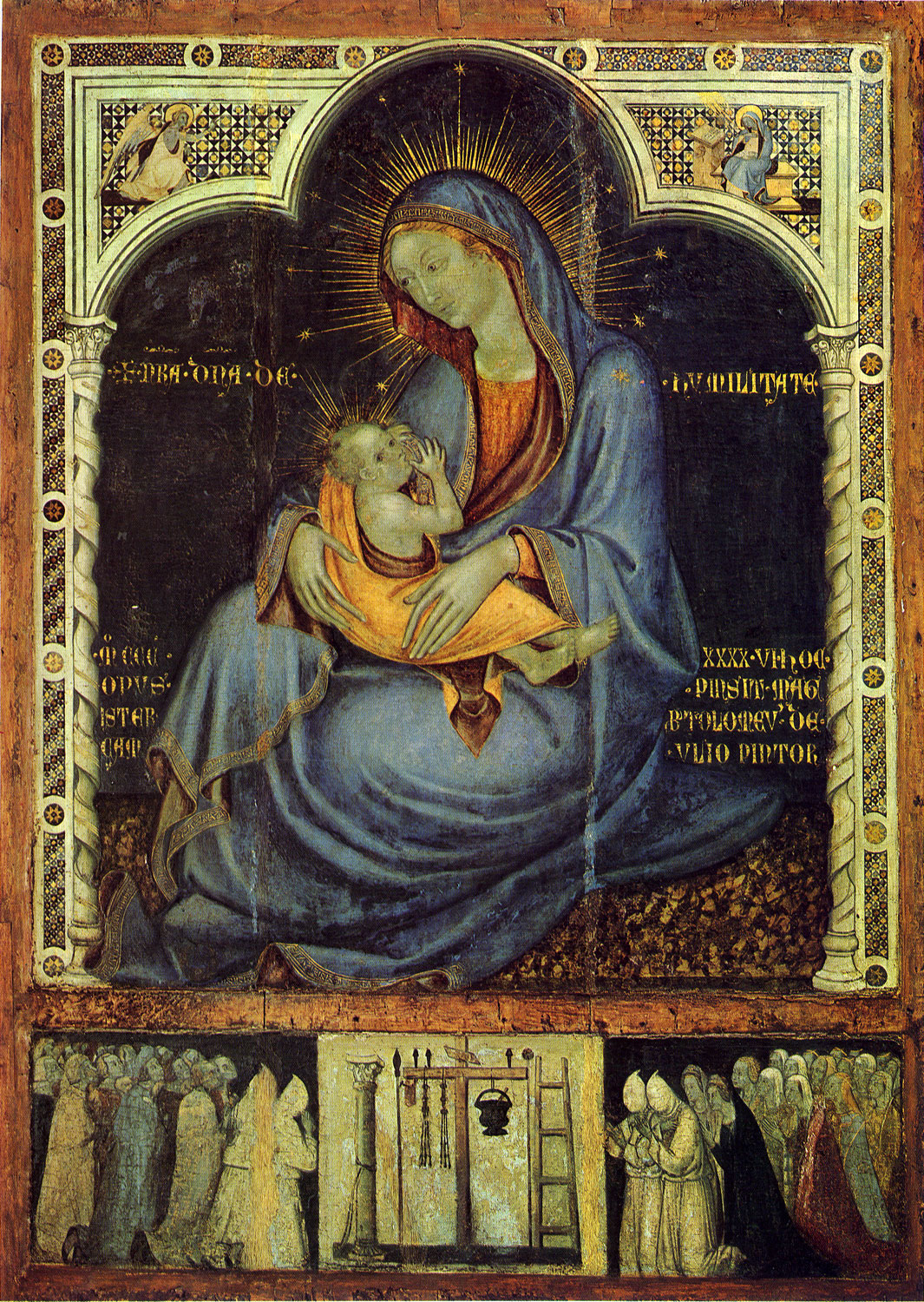

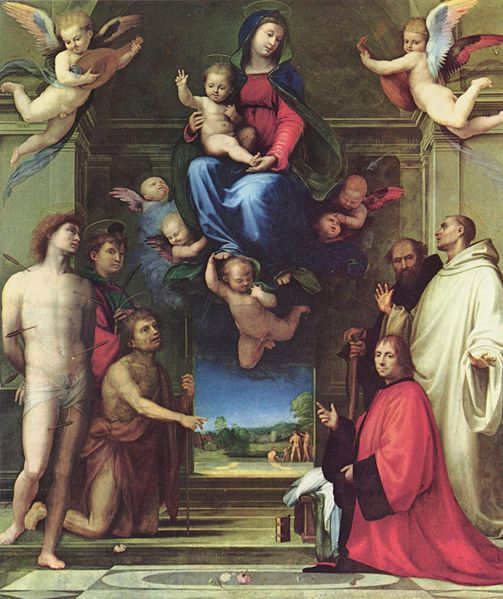

 Giovanni Bellini (c. 1430–1516[1]) was an Italian
Renaissance painter, probably the best known of the Bellini family of Venetian
painters. His father was Jacopo Bellini, his brother was Gentile Bellini, and
his brother-in-law was Andrea Mantegna. He is considered to have revolutionized
Venetian painting, moving it towards a more sensuous and colouristic style.
Through the use of clear, slow-drying oil paints, Giovanni created deep, rich
tints and detailed shadings. His sumptuous coloring and fluent, atmospheric
landscapes had a great effect on the Venetian painting school, especially on
his pupils Giorgione and Titian....
Giovanni Bellini (c. 1430–1516[1]) was an Italian
Renaissance painter, probably the best known of the Bellini family of Venetian
painters. His father was Jacopo Bellini, his brother was Gentile Bellini, and
his brother-in-law was Andrea Mantegna. He is considered to have revolutionized
Venetian painting, moving it towards a more sensuous and colouristic style.
Through the use of clear, slow-drying oil paints, Giovanni created deep, rich
tints and detailed shadings. His sumptuous coloring and fluent, atmospheric
landscapes had a great effect on the Venetian painting school, especially on
his pupils Giorgione and Titian.... 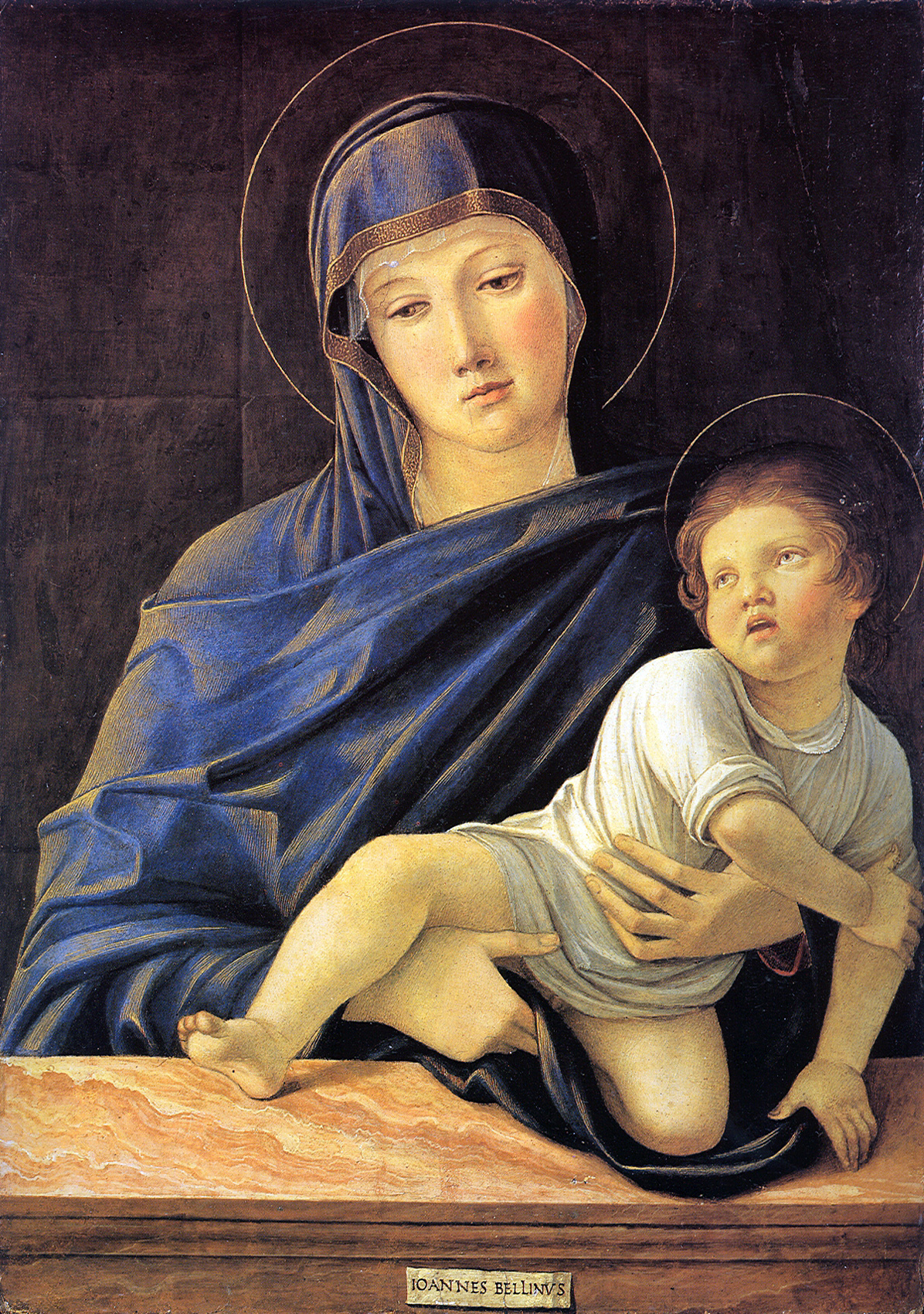
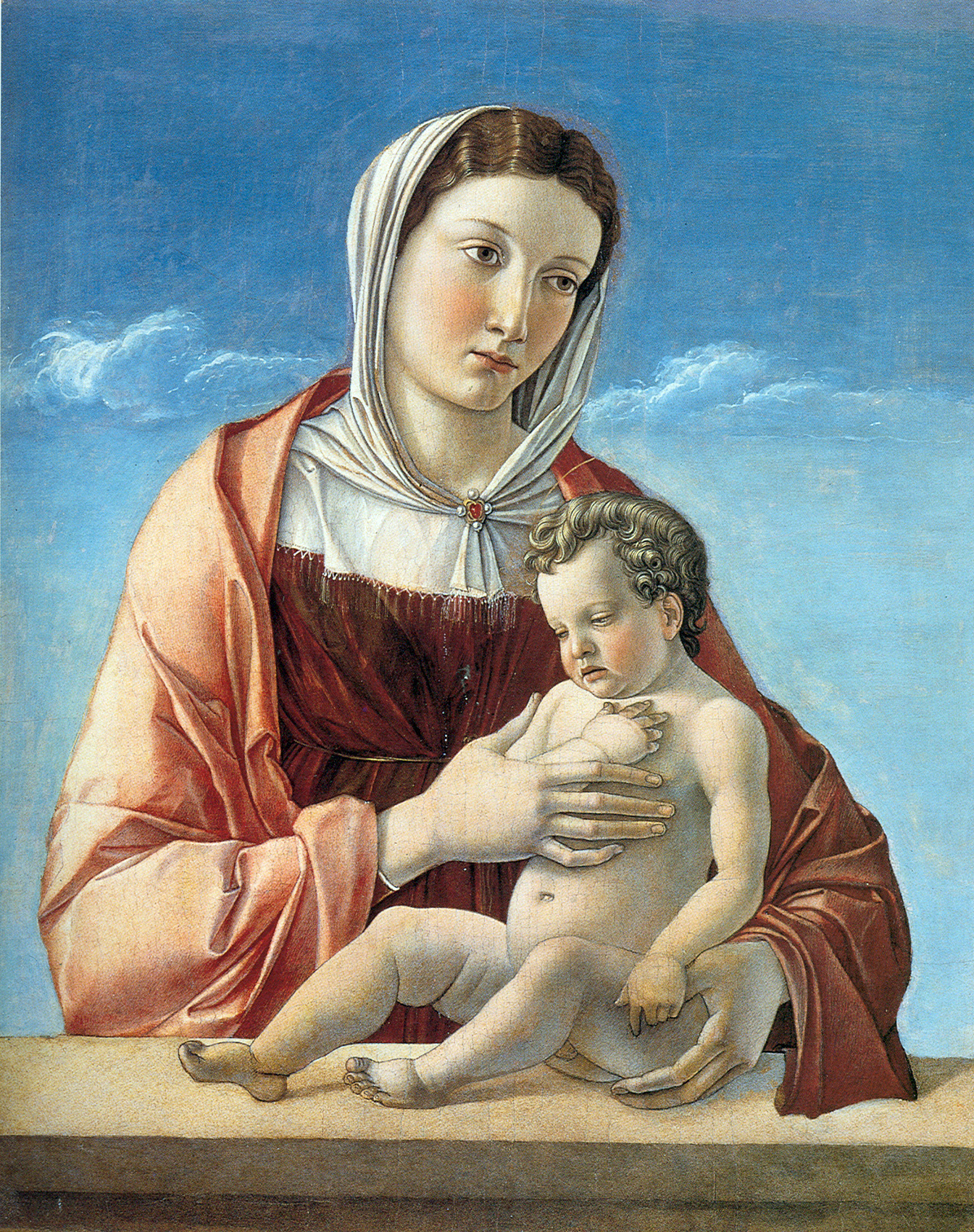
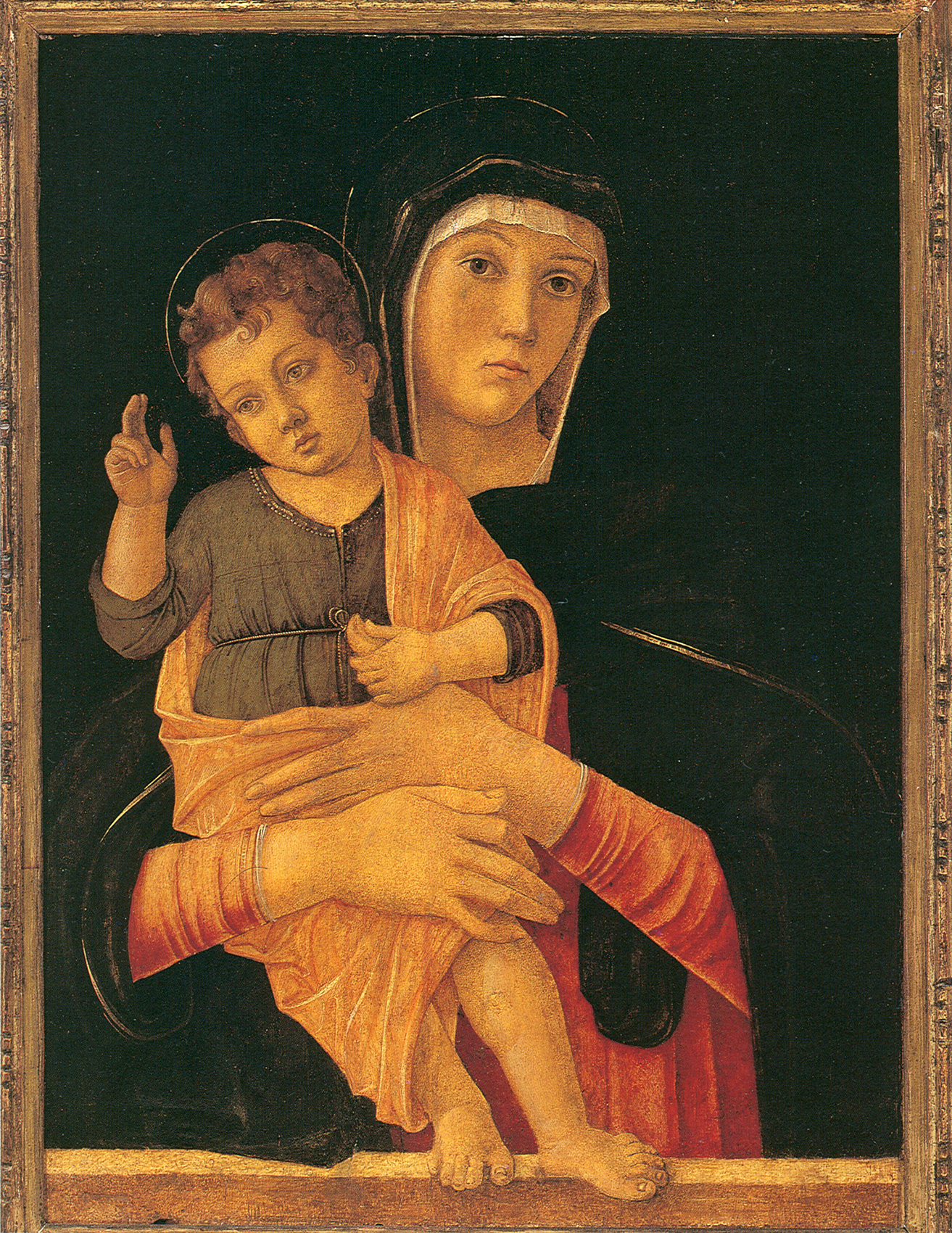
Frank Weston Benson, frequently referred to as Frank W.
Benson, (March 24, 1862 – November 15, 1951) was an American artist from Salem,
Massachusetts known for his Realistic portraits, American Impressionist
paintings, watercolors and etchings...
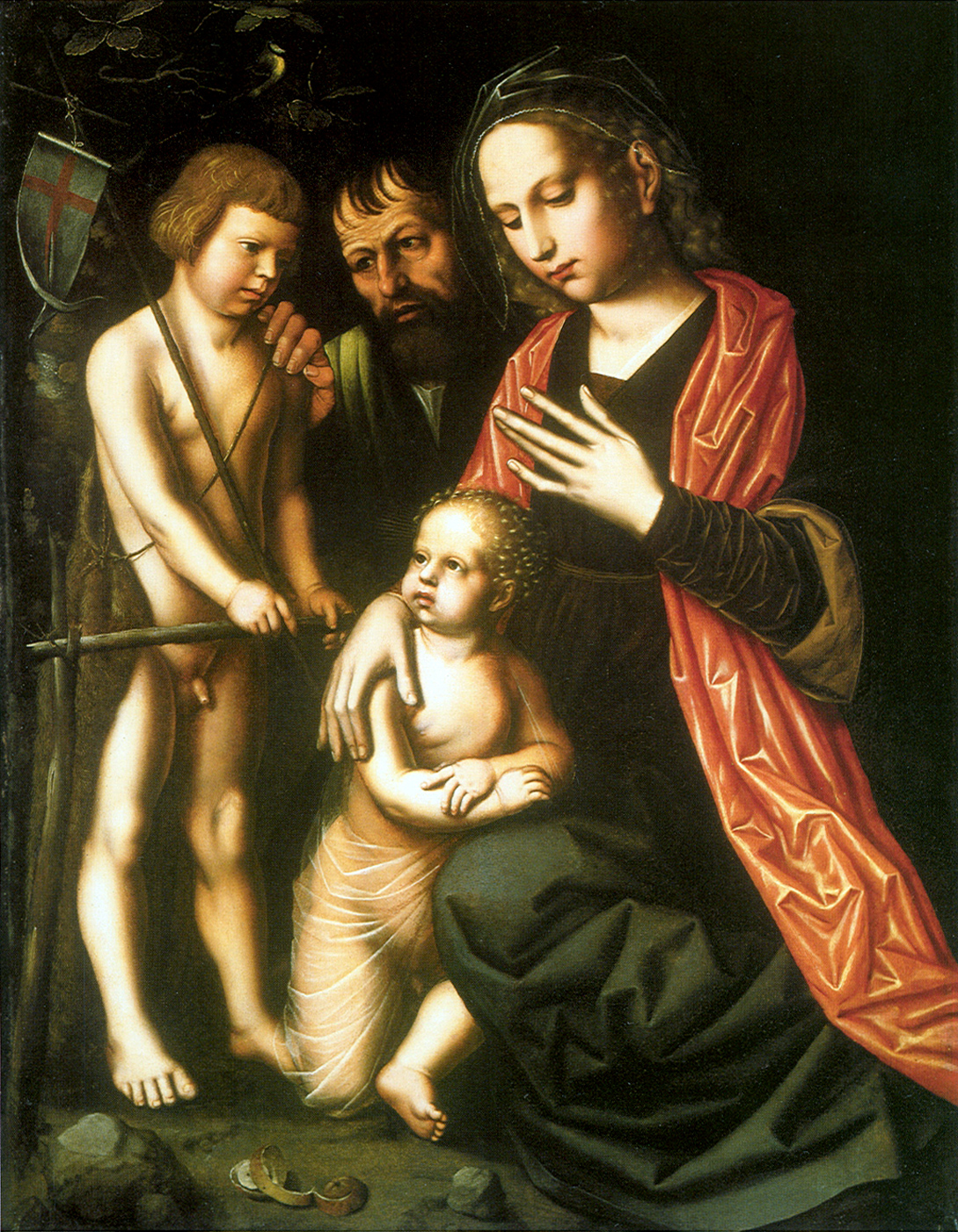
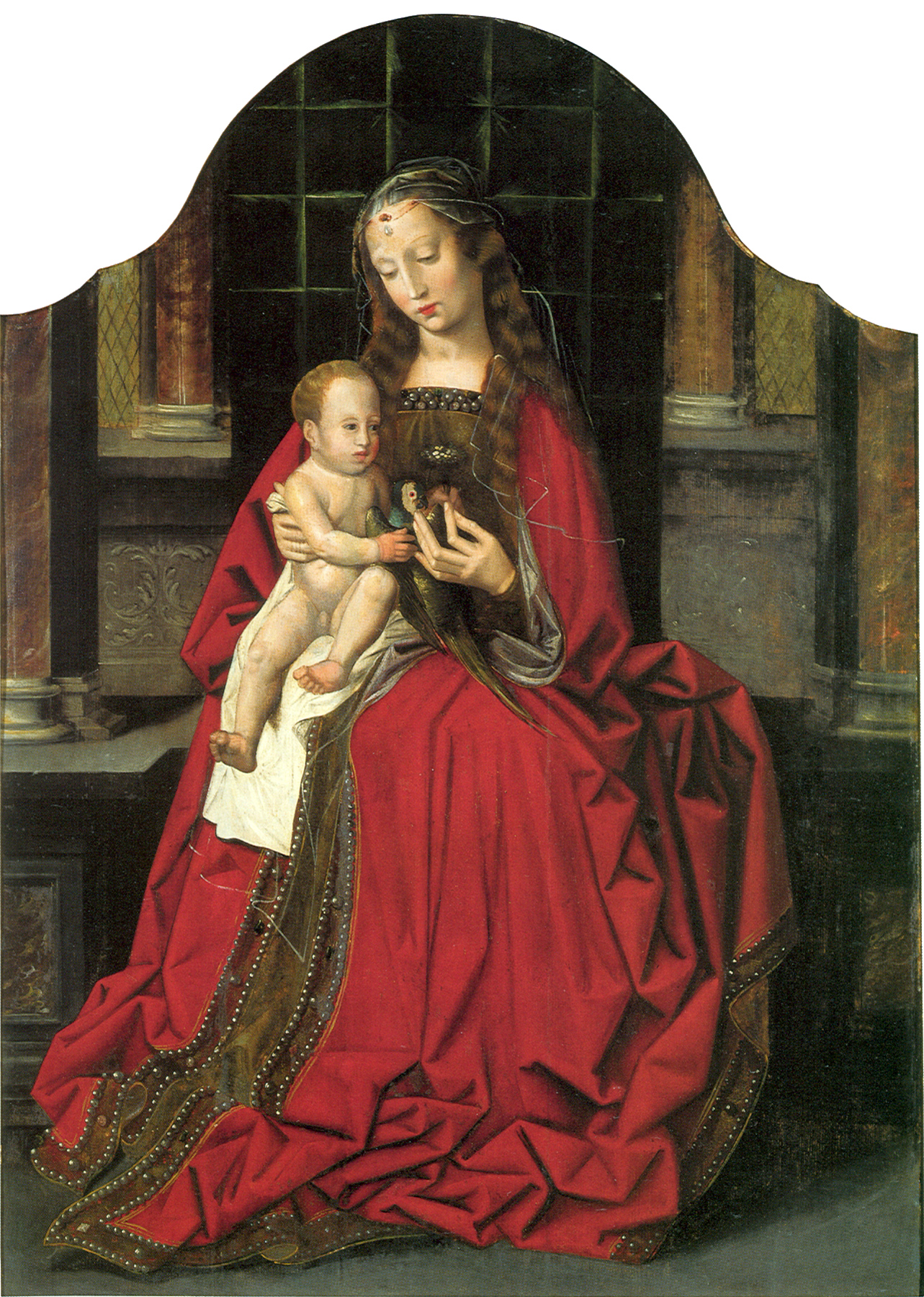
Bicci di Lorenzo (1373–1452) was an Italian painter and
sculptor, active in Florence... He was born in Florence in 1373, the son of the
painter, Lorenzo di Bicci, whose workshop he joined. He married in 1418, and in
1424 was registered in the Guild of Painters at Florence. His son, Neri di
Bicci was also a painter and took over the family workshop. Bicci di Lorenzo
died in Florence in 1452 and was buried in Santa Maria del Carmine...
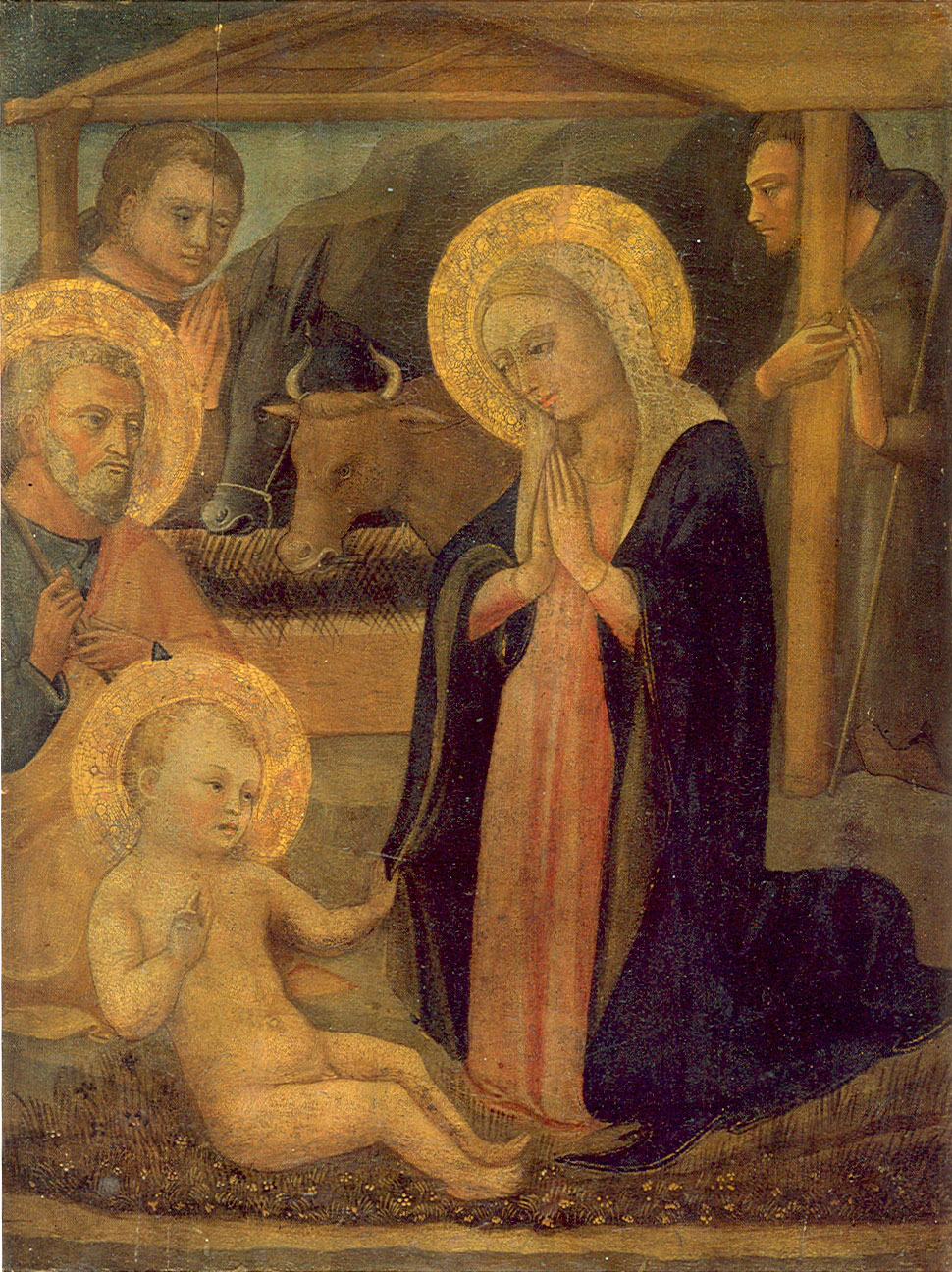
Benedetto Bonfigli (c. 1420–July 8, 1496) was an Italian
painter born in Perugia, and active around Umbria. He is also known as
Buonfiglio. He was the teacher of the painter Pietro Perugino...
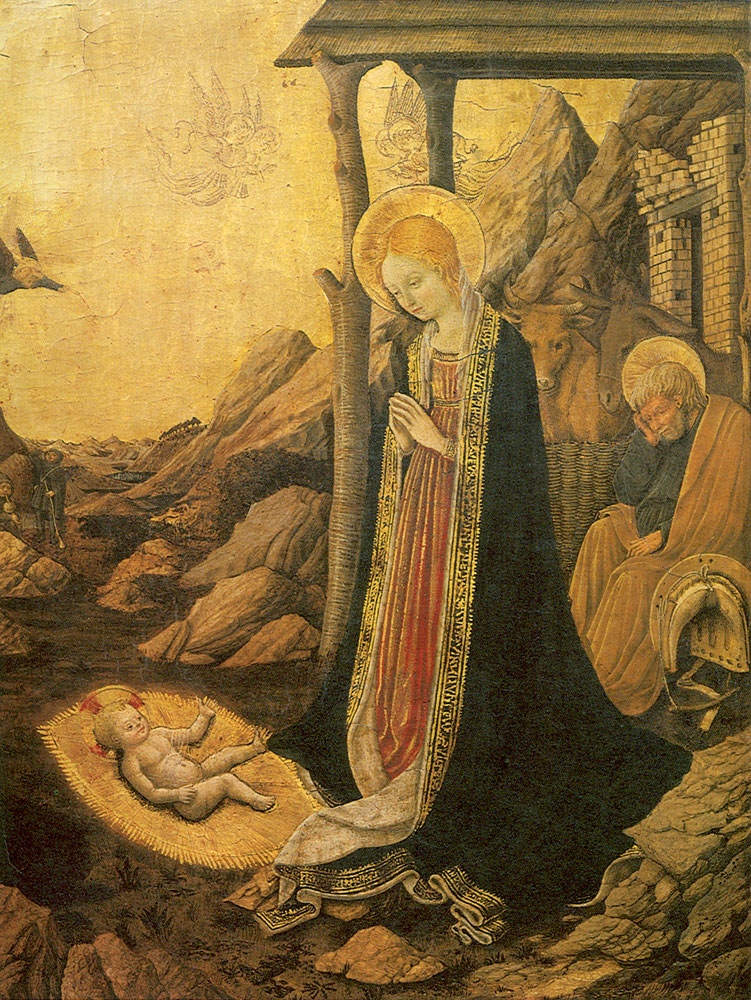
 Alessandro di Mariano di Vanni Filipepi, better known as
Sandro Botticelli (c. 1445 – May 17, 1510) was an Italian painter of the Early
Renaissance. He belonged to the Florentine school under the patronage of
Lorenzo de' Medici, a movement that Giorgio Vasari would characterize less than
a hundred years later as a "golden age", a thought, suitably enough,
he expressed at the head of his Vita of Botticelli. Botticelli's posthumous
reputation suffered until the late 19th century; since then his work has been
seen to represent the linear grace of Early Renaissance painting. Among his
best known works are The Birth of Venus and Primavera...
Alessandro di Mariano di Vanni Filipepi, better known as
Sandro Botticelli (c. 1445 – May 17, 1510) was an Italian painter of the Early
Renaissance. He belonged to the Florentine school under the patronage of
Lorenzo de' Medici, a movement that Giorgio Vasari would characterize less than
a hundred years later as a "golden age", a thought, suitably enough,
he expressed at the head of his Vita of Botticelli. Botticelli's posthumous
reputation suffered until the late 19th century; since then his work has been
seen to represent the linear grace of Early Renaissance painting. Among his
best known works are The Birth of Venus and Primavera... 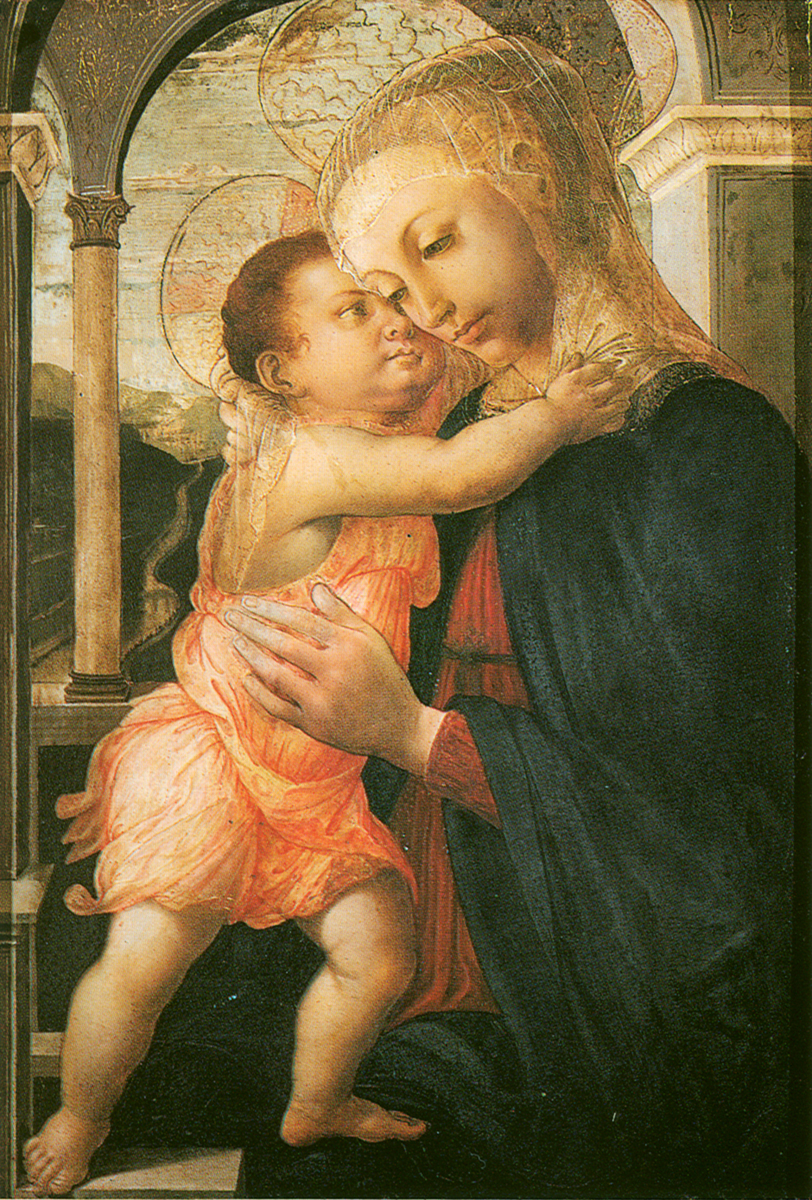
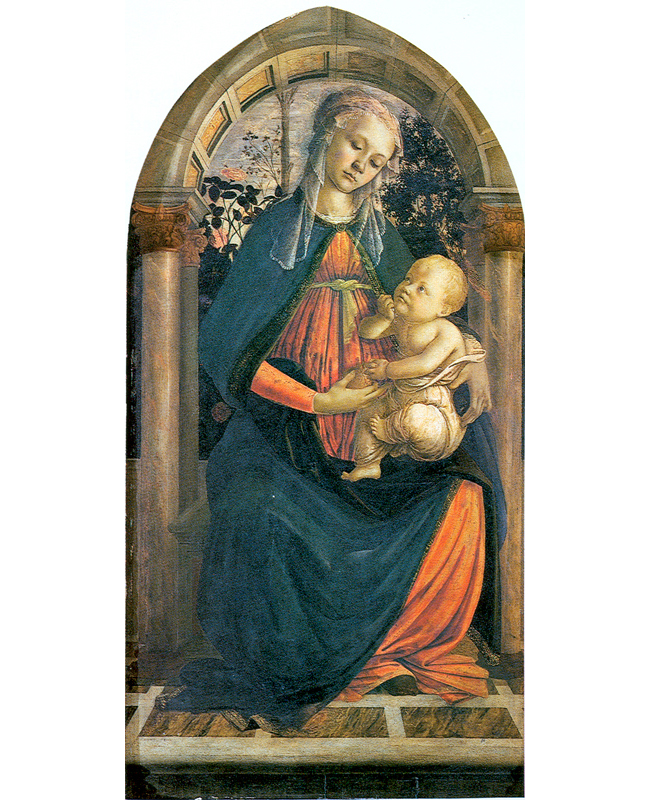
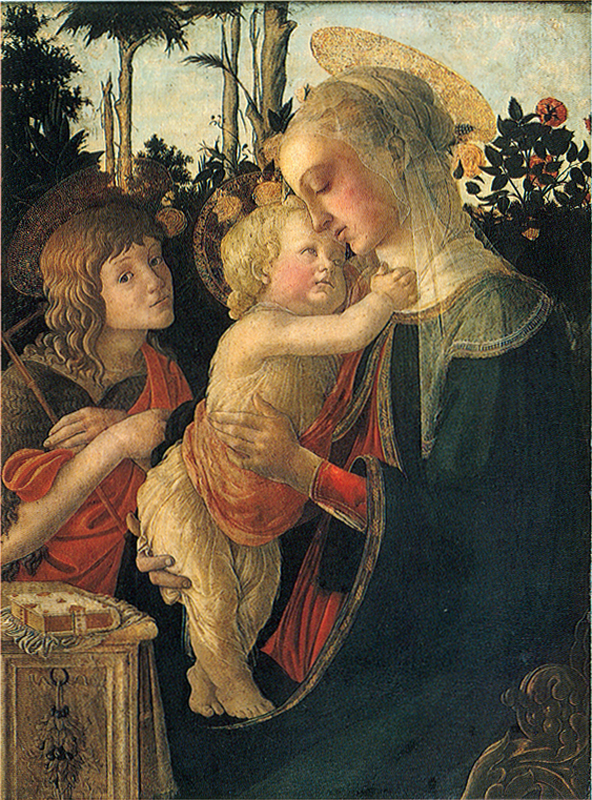
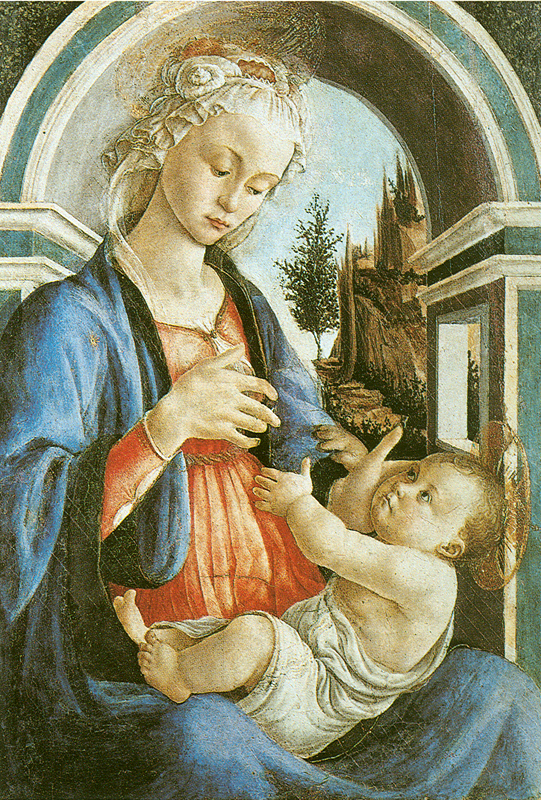
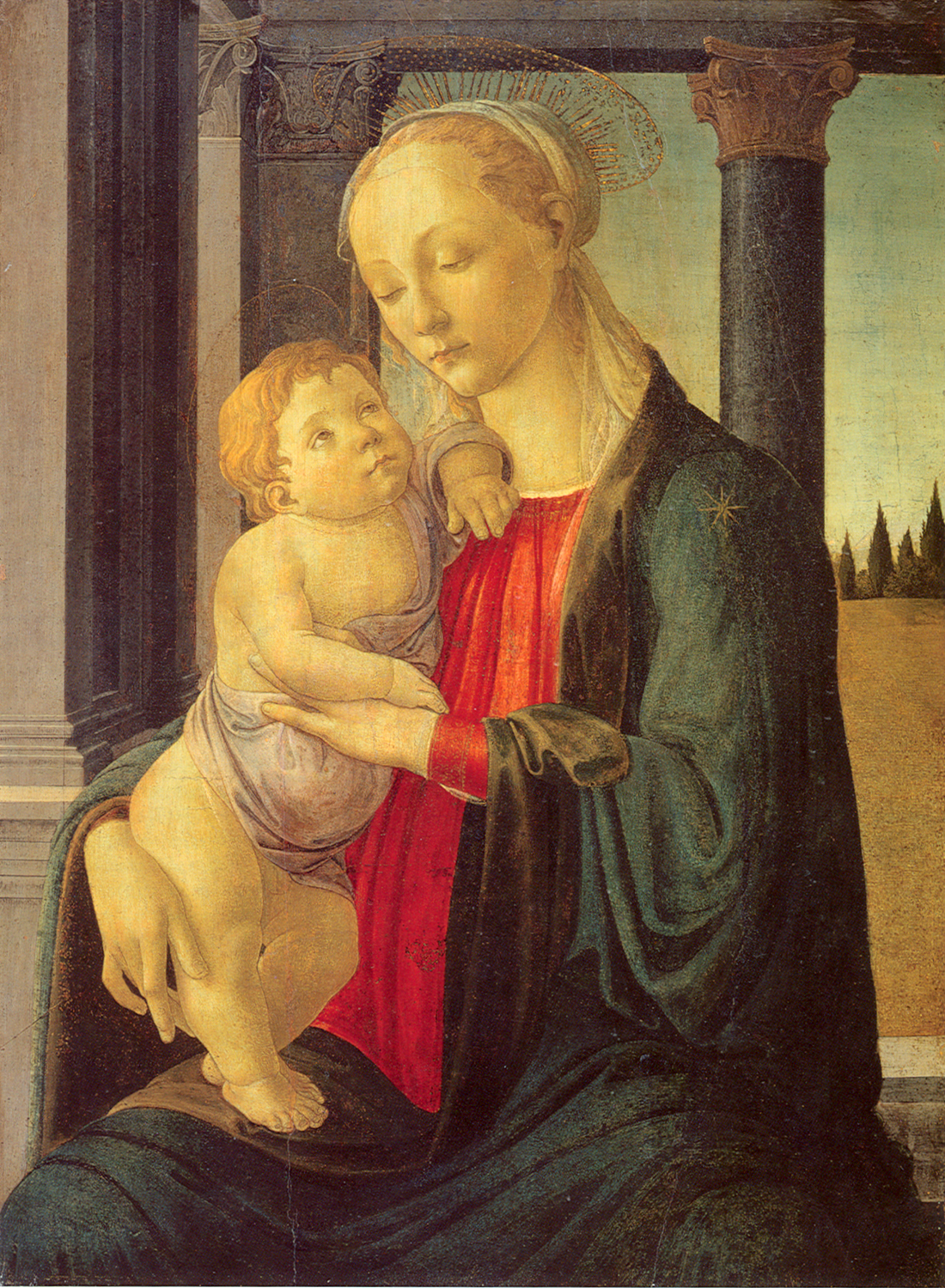
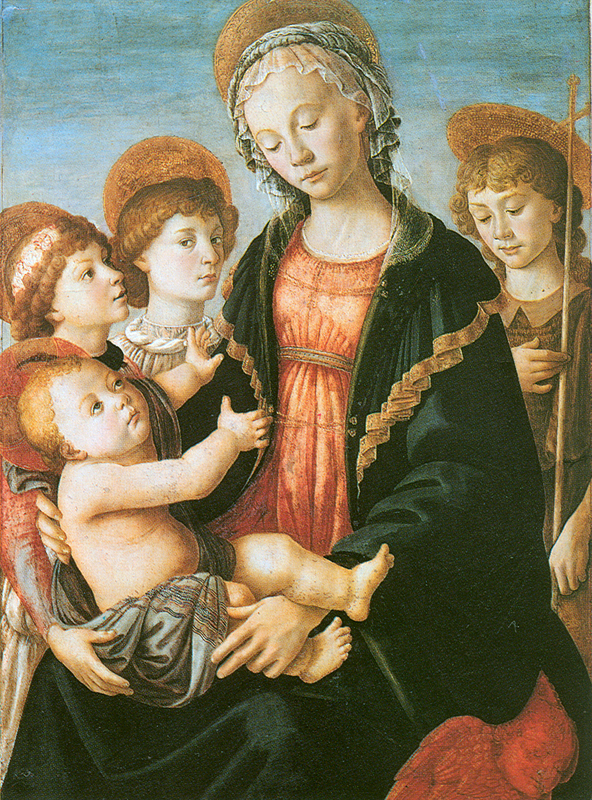
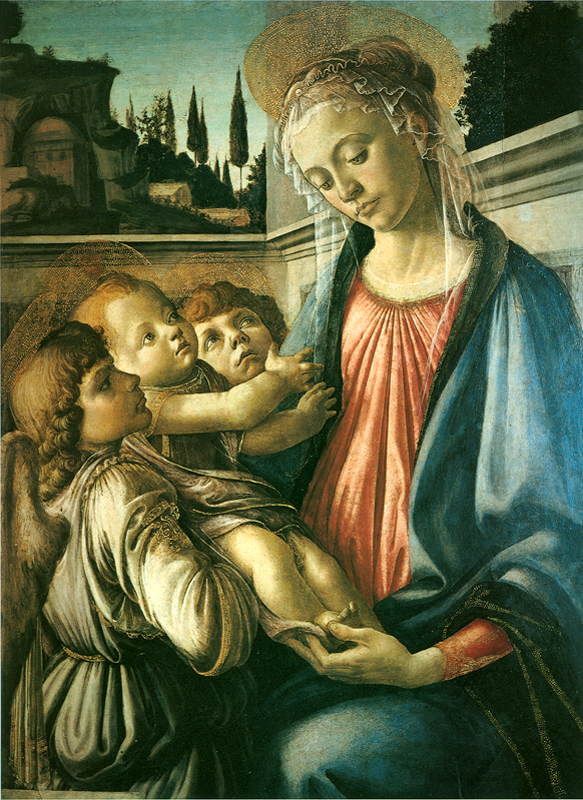
Robert Campin (c. 1375 – 26 April 1444), now usually
identified as the artist known as the Master of Flémalle, is usually considered
the first great master of Flemish and Early Netherlandish painting. This had
been a matter of controversy for decades; Campin's life is relatively well
documented for the period,but no works in assessable condition could be
securely connected with him, whilst a corpus of work had been attached to the
unidentified "Master of Flémalle", named after the supposed origin of
a work...
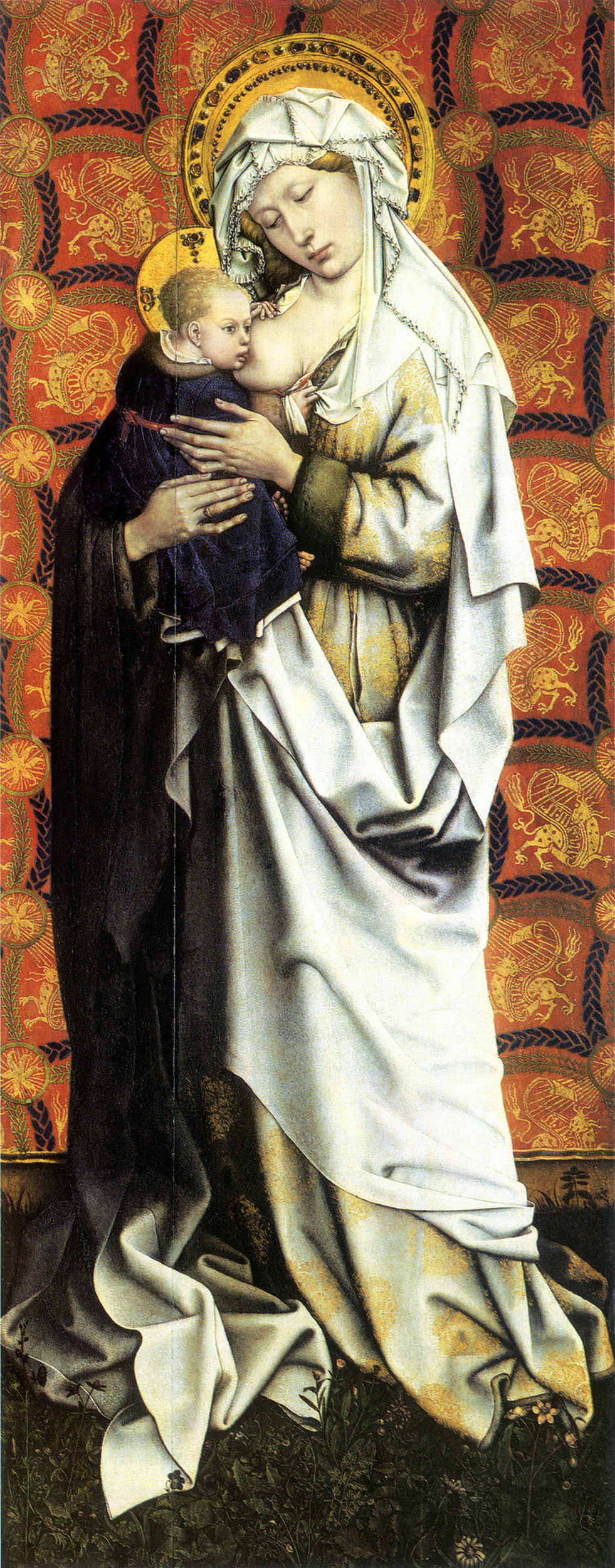
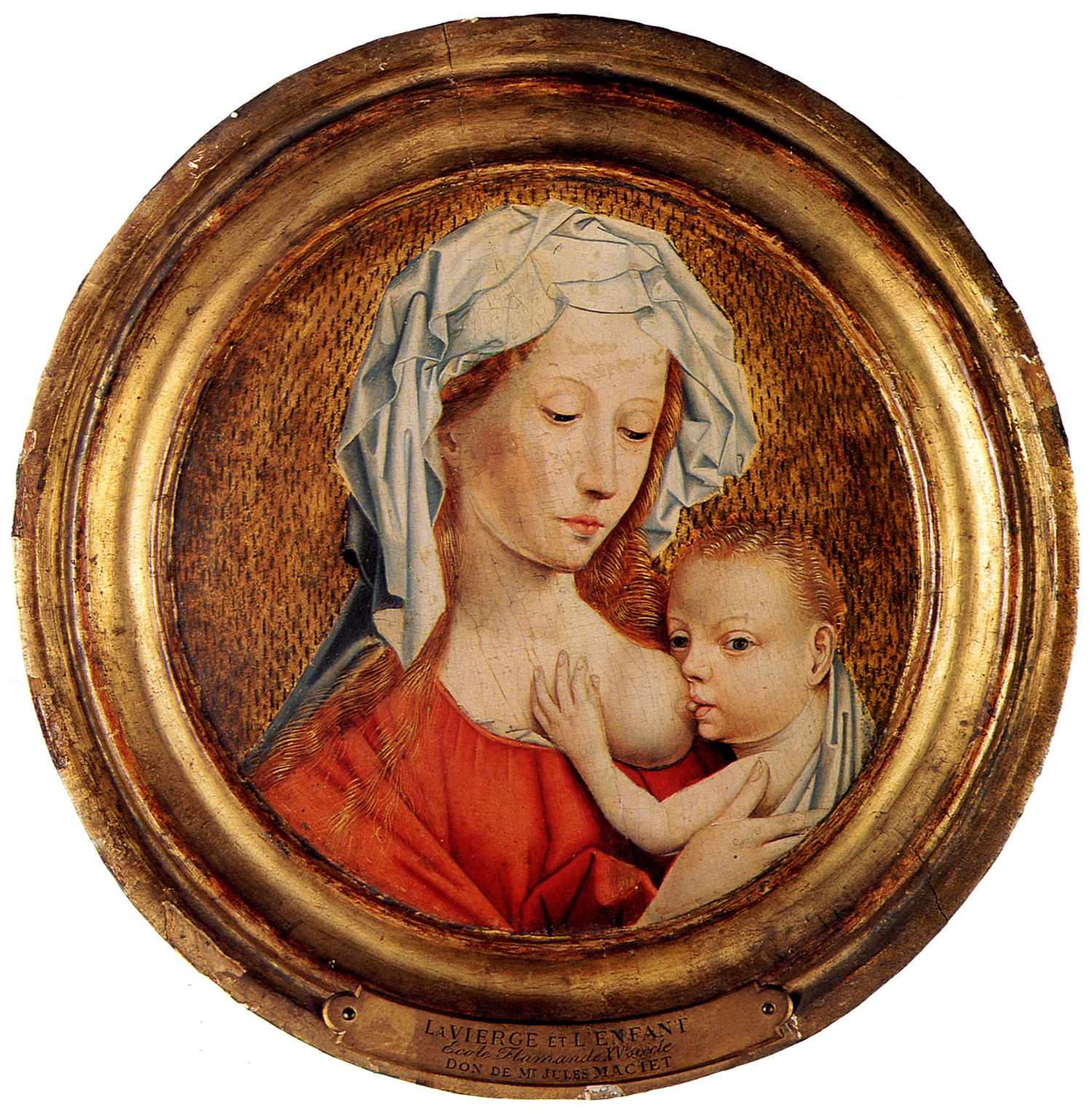
Bartolomeo Caporali (c. 1420-c. 1505 ; active 1454-1499)
was an Italian painter born and active in Perugia. He painted a Madonna and
Saints (1487) for the church of Santa Maria Maddalena at Castiglione del Lago...
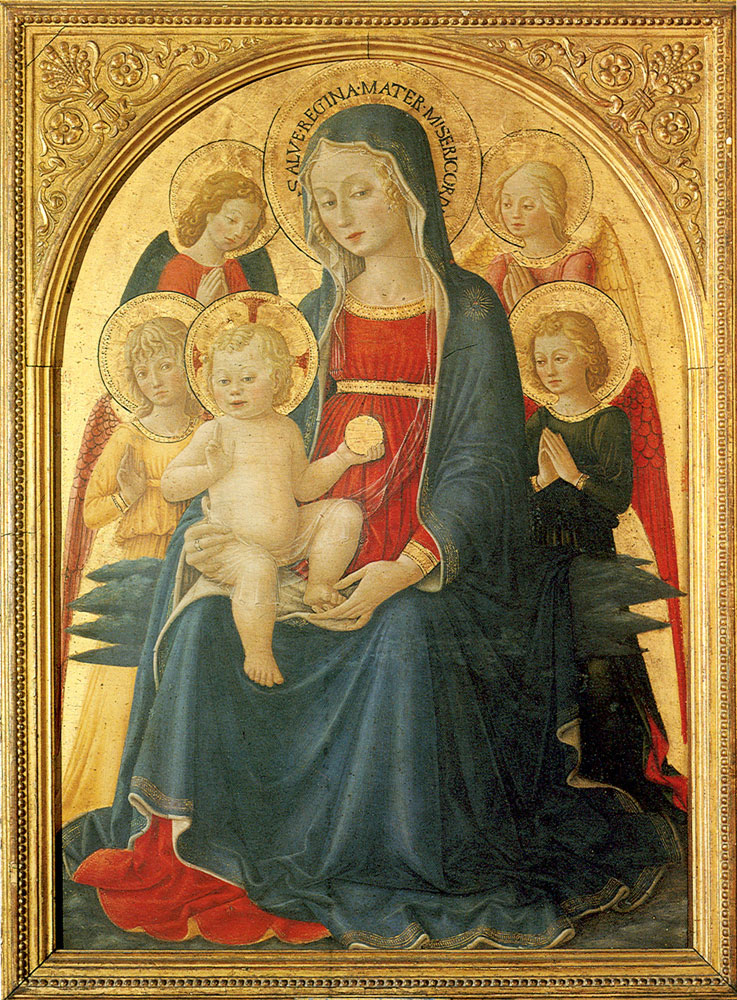
 Vittore Carpaccio (c. 1465 – 1525/1526) was an Italian
painter of the Venetian school, who studied under Gentile Bellini. He is best
known for a cycle of nine paintings, The Legend of Saint Ursula. His style was
somewhat conservative, showing little influence from the Humanist trends that transformed
Italian Renaissance painting during his lifetime. He was influenced by the
style of Antonello da Messina and Early Netherlandish art. For this reason, and
also because so much of his best work remains in Venice, his art has been
rather neglected by comparison with other Venetian contemporaries, such as
Giovanni Bellini or Giorgione...
Vittore Carpaccio (c. 1465 – 1525/1526) was an Italian
painter of the Venetian school, who studied under Gentile Bellini. He is best
known for a cycle of nine paintings, The Legend of Saint Ursula. His style was
somewhat conservative, showing little influence from the Humanist trends that transformed
Italian Renaissance painting during his lifetime. He was influenced by the
style of Antonello da Messina and Early Netherlandish art. For this reason, and
also because so much of his best work remains in Venice, his art has been
rather neglected by comparison with other Venetian contemporaries, such as
Giovanni Bellini or Giorgione...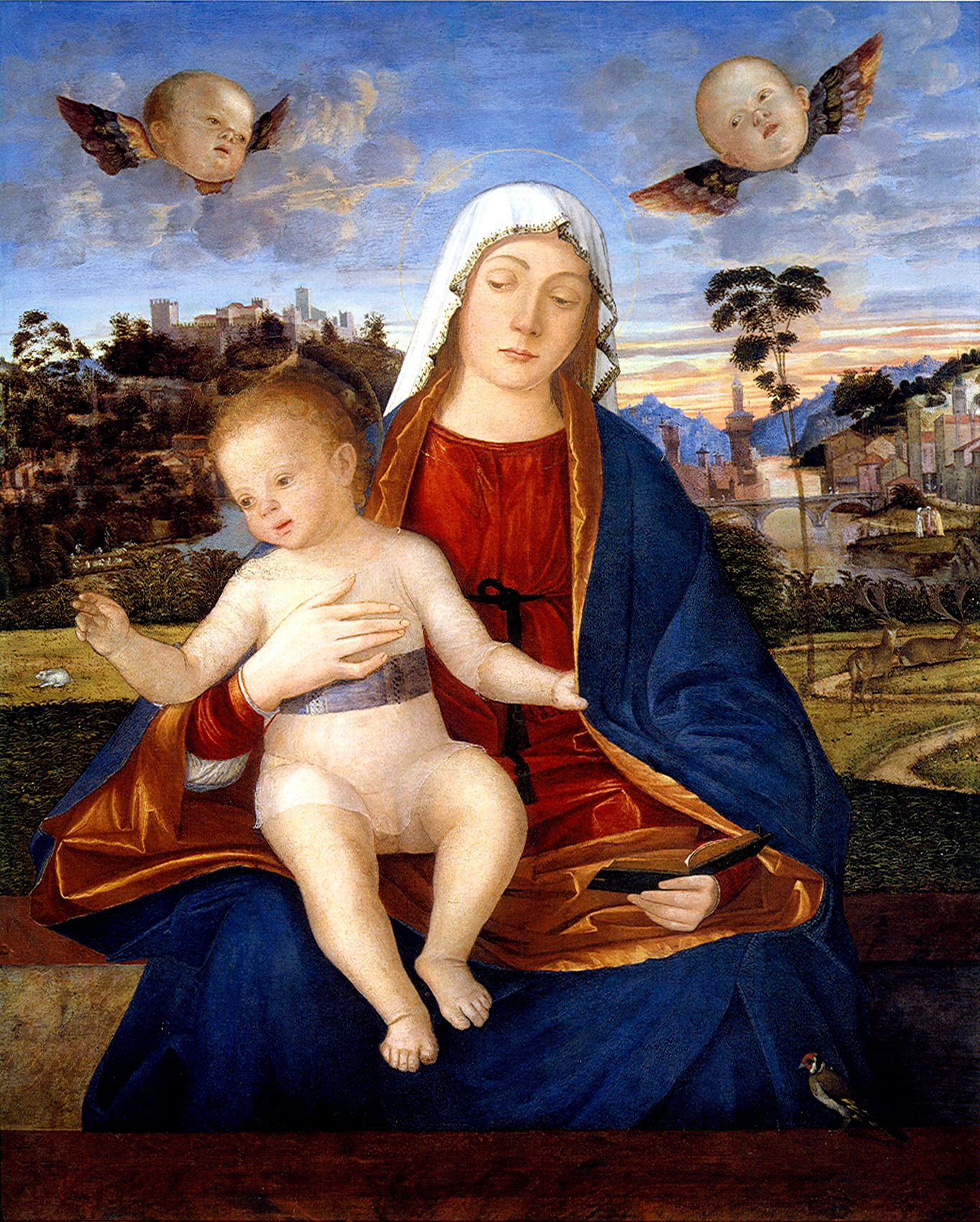
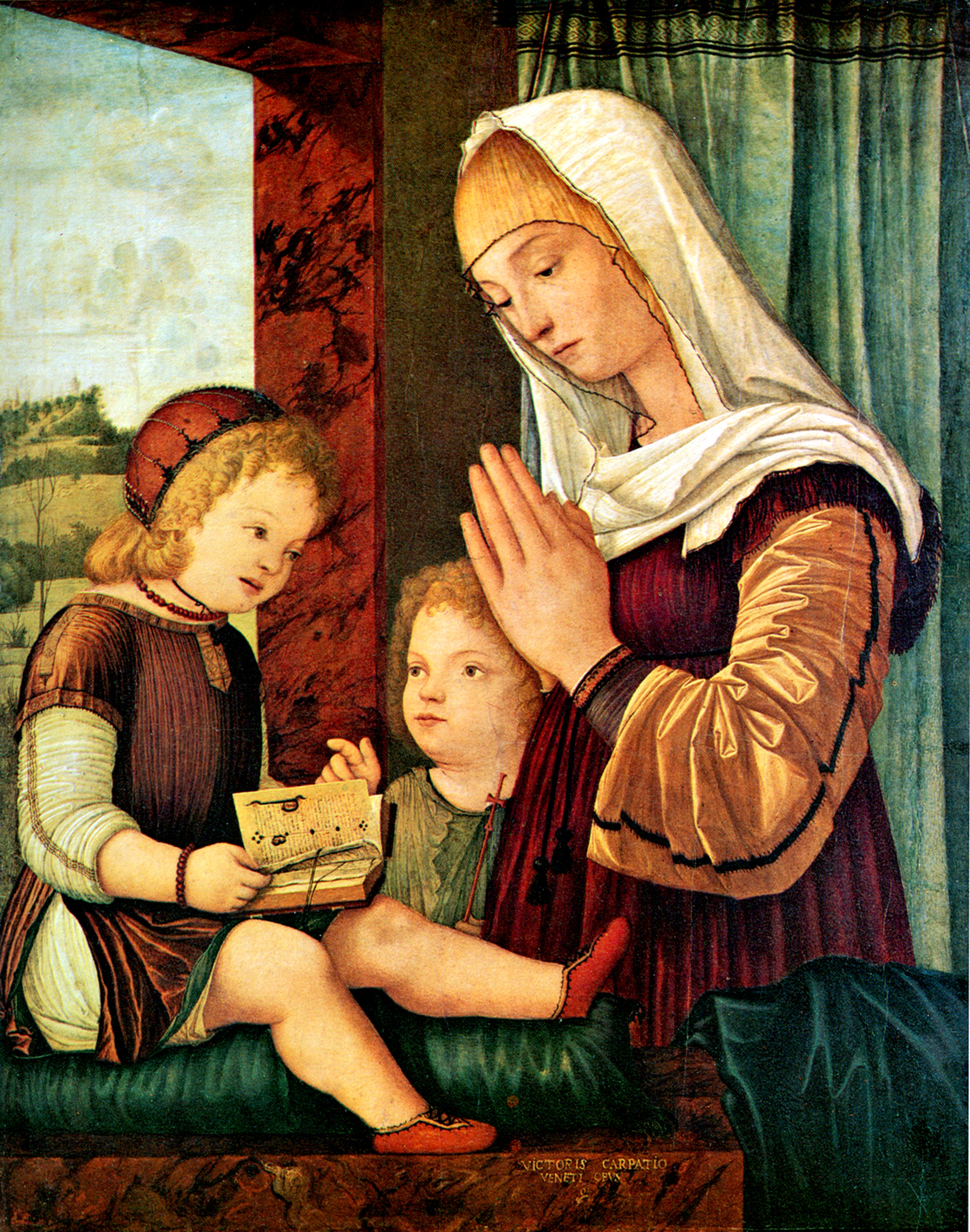
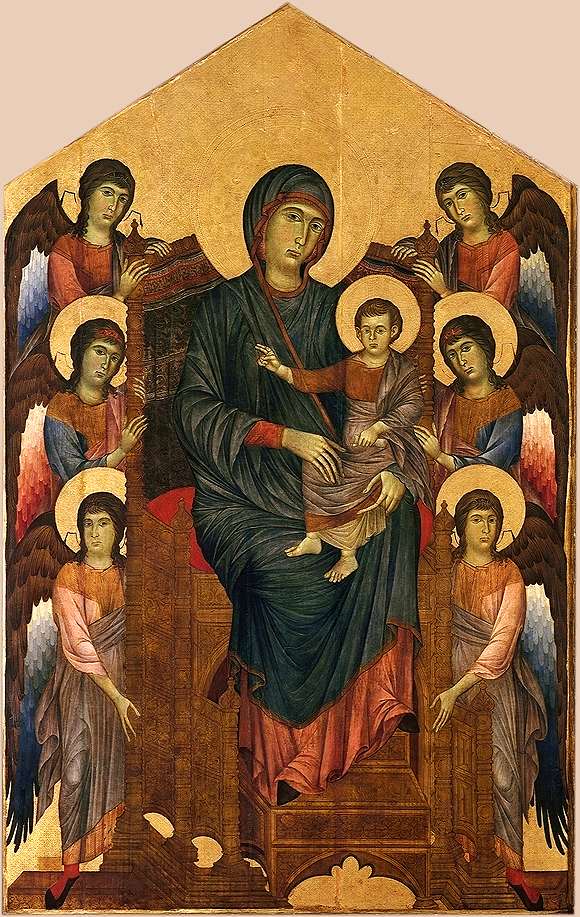
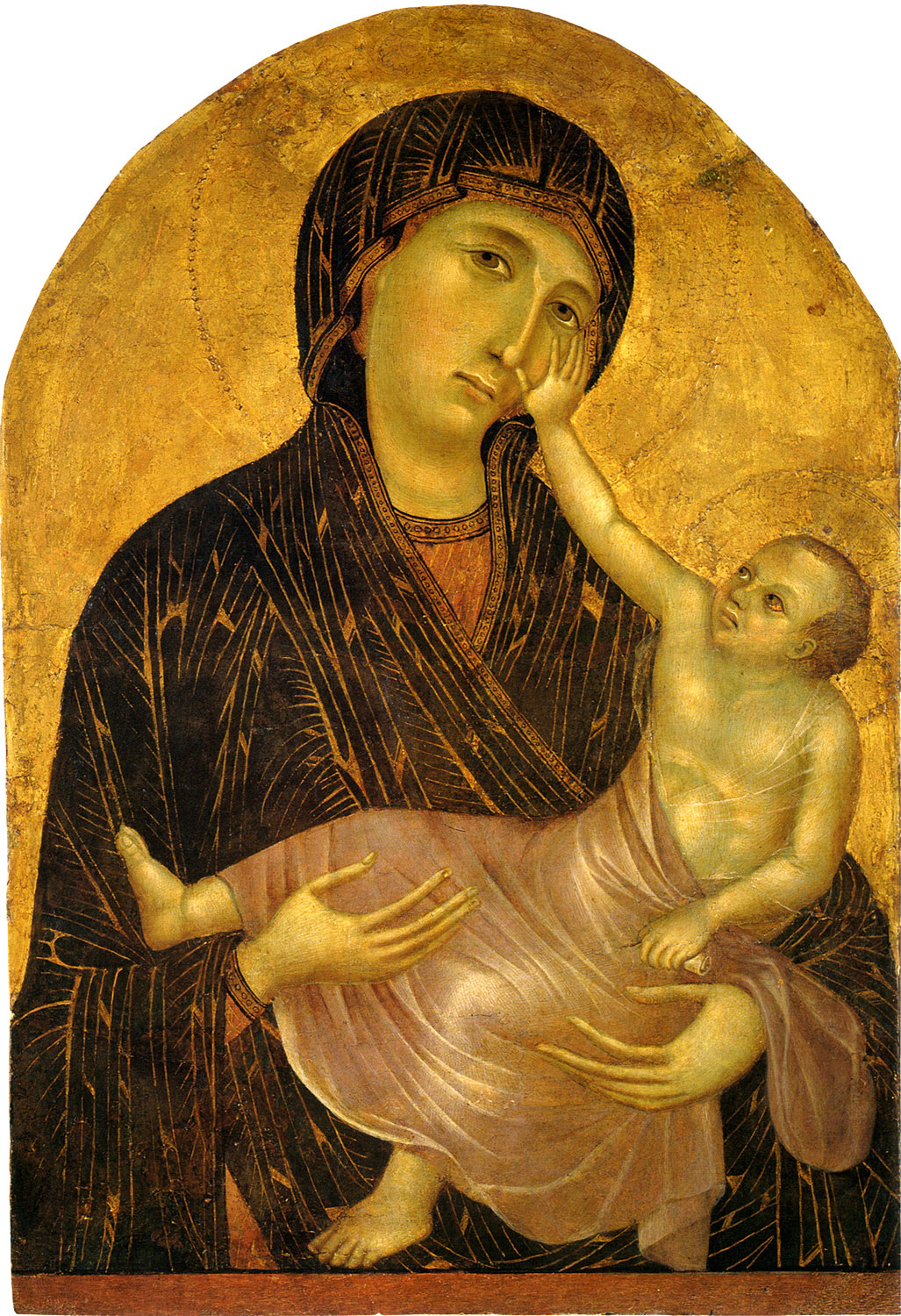
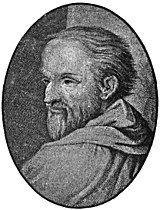 Antonio Allegri da Correggio (August 1489 – March 5,
1534), usually known as Correggio, was the foremost painter of the Parma school
of the Italian Renaissance, who was responsible for some of the most vigorous and
sensuous works of the 16th century. In his use of dynamic composition,
illusionistic perspective and dramatic foreshortening, Correggio prefigured the
Rococo art of the 18th century...
Antonio Allegri da Correggio (August 1489 – March 5,
1534), usually known as Correggio, was the foremost painter of the Parma school
of the Italian Renaissance, who was responsible for some of the most vigorous and
sensuous works of the 16th century. In his use of dynamic composition,
illusionistic perspective and dramatic foreshortening, Correggio prefigured the
Rococo art of the 18th century...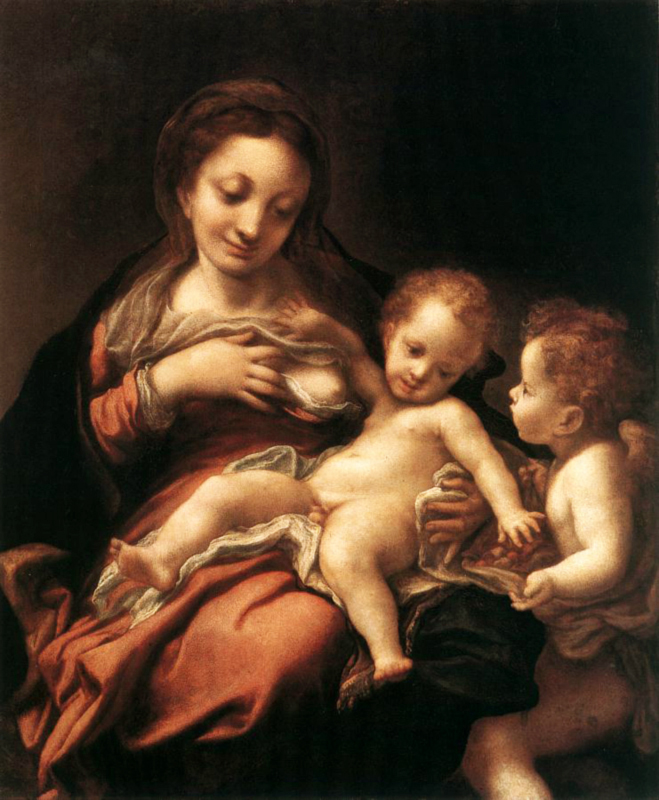
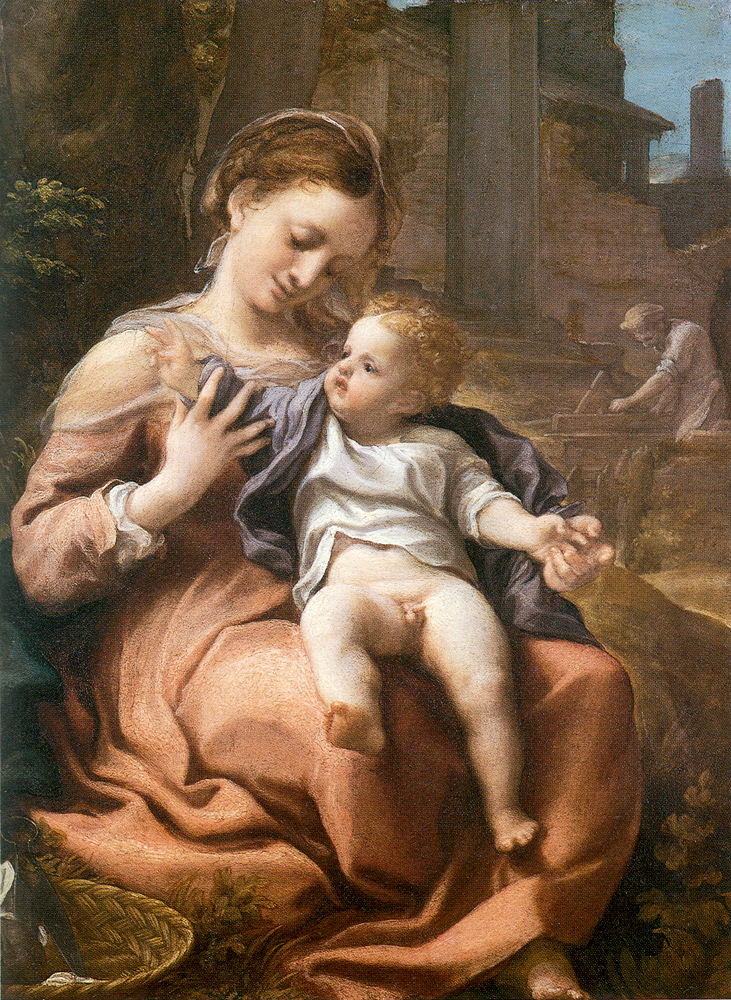
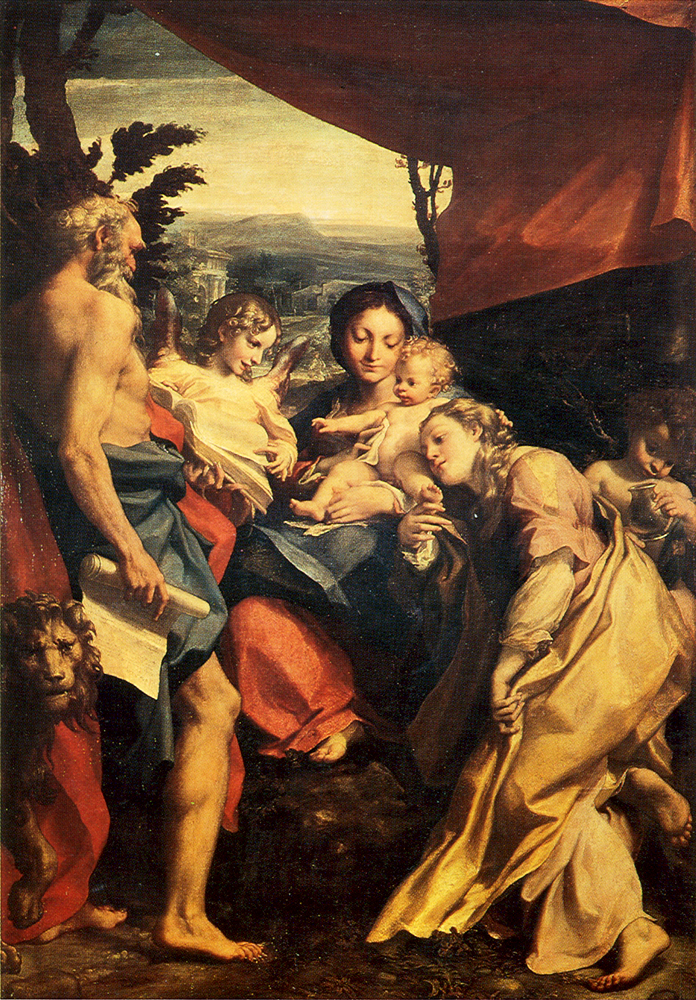
Carlo Crivelli (c. 1435 – c. 1495) was an Italian
Renaissance painter of conservative Late Gothic decorative sensibility,who
spent his early years in the Veneto, where he absorbed influences from the
Vivarini, Squarcione and Mantegna. By 1458 he left the Veneto and was never to
return; he spent most of the remainder of his career in the March of Ancona,
where he developed a distinctive personal style that makes a contrast to his
Venetian contemporary Giovanni Bellini...
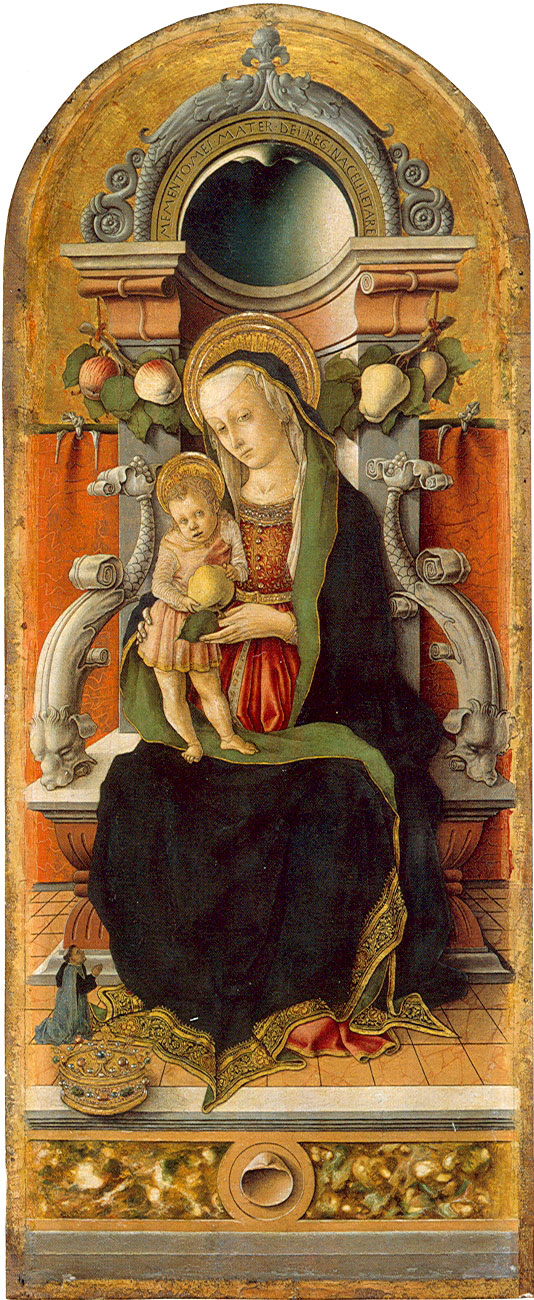
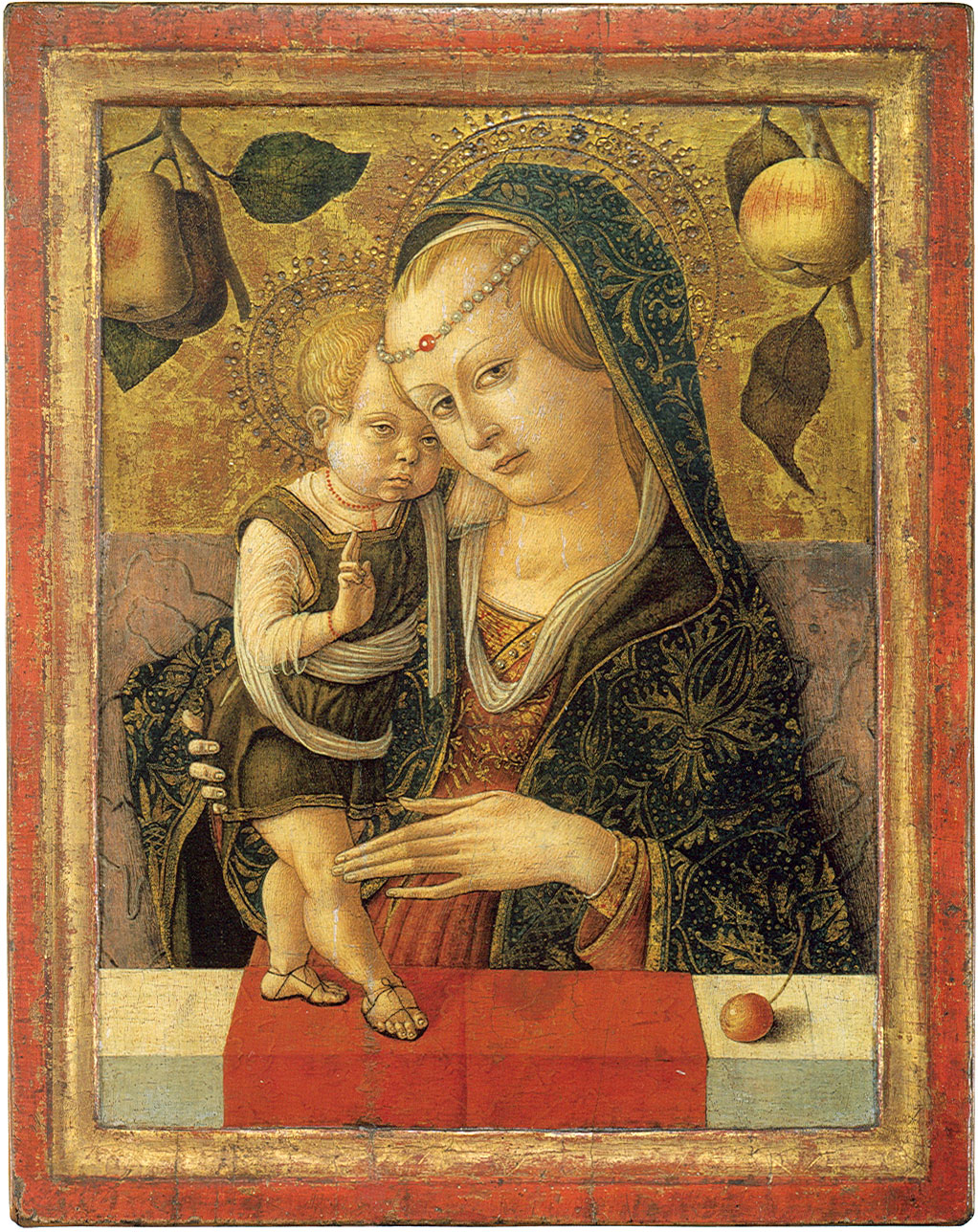
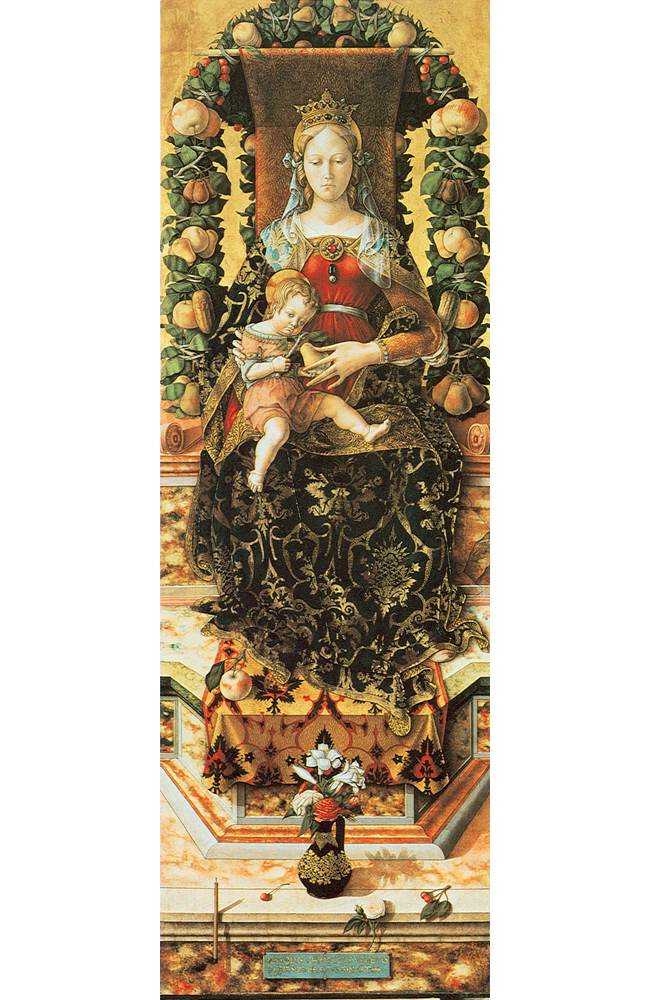

Gerard David (c. 1460 – 13 August 1523) was an Early
Netherlandish painter and manuscript illuminator known for his brilliant use of
color...
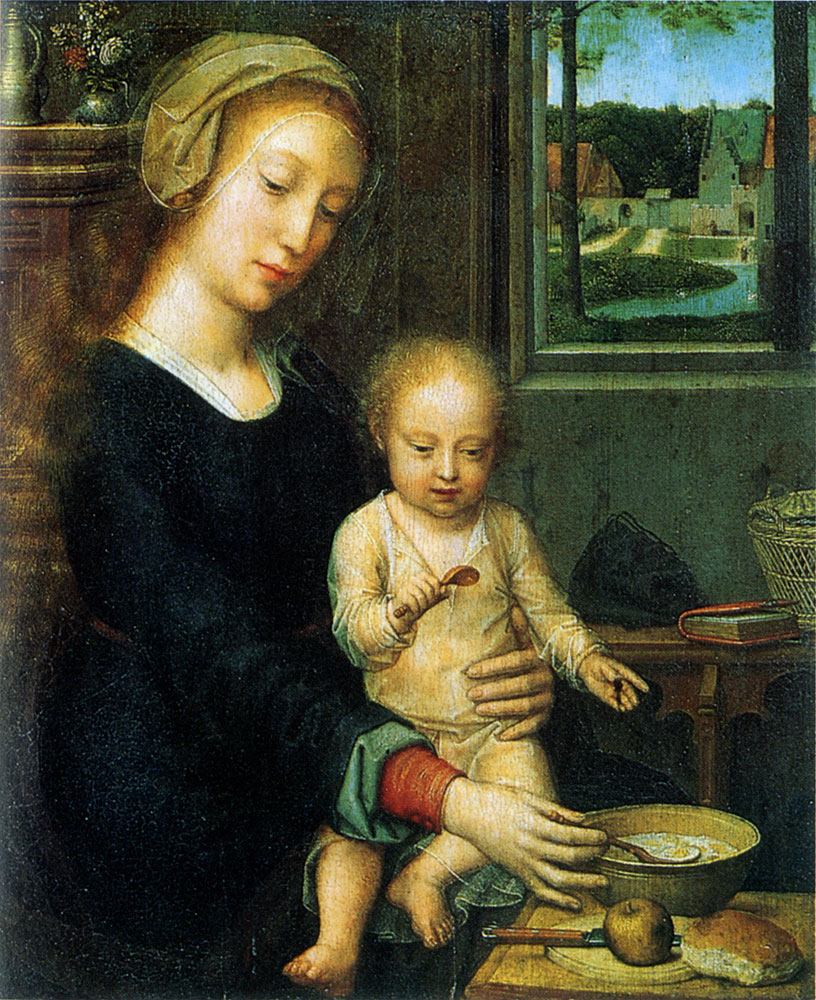
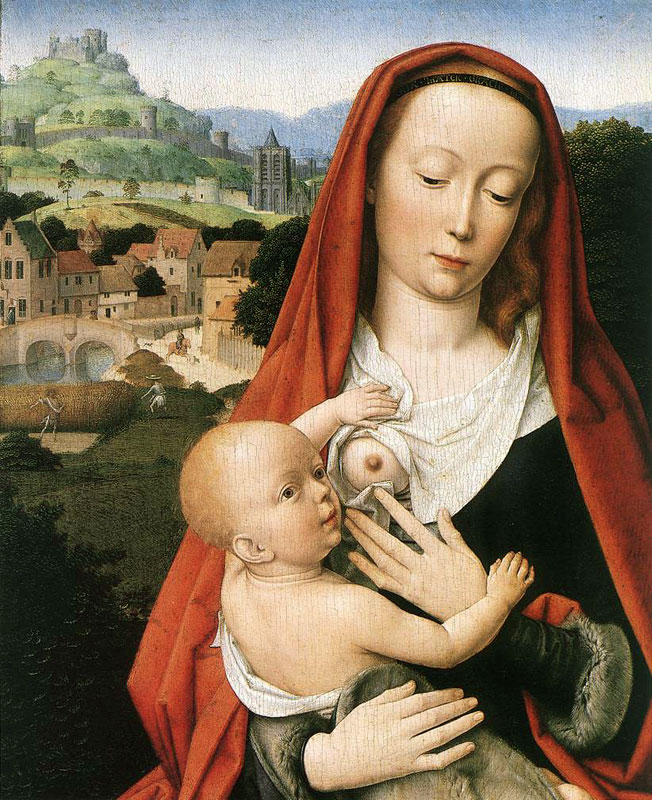
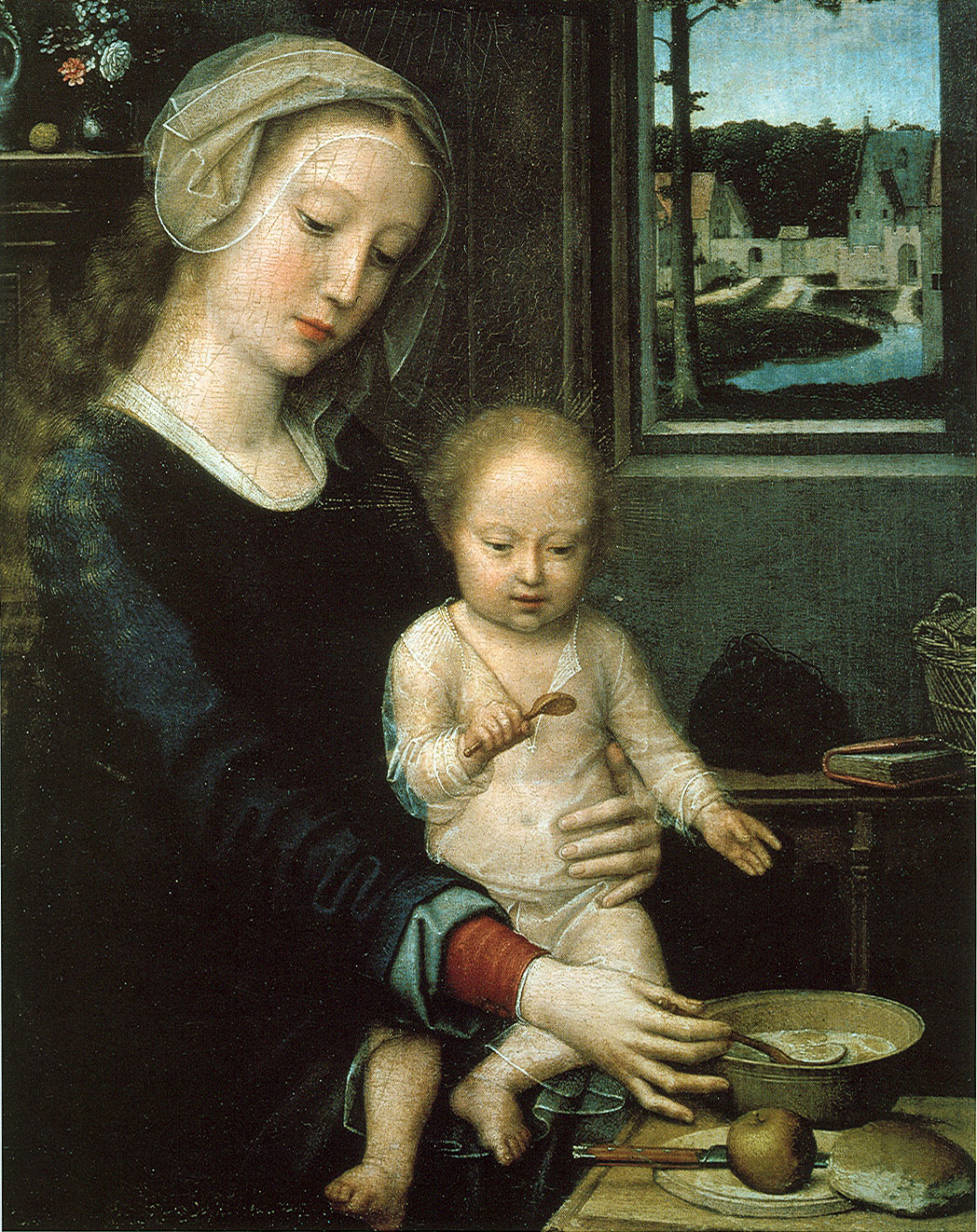
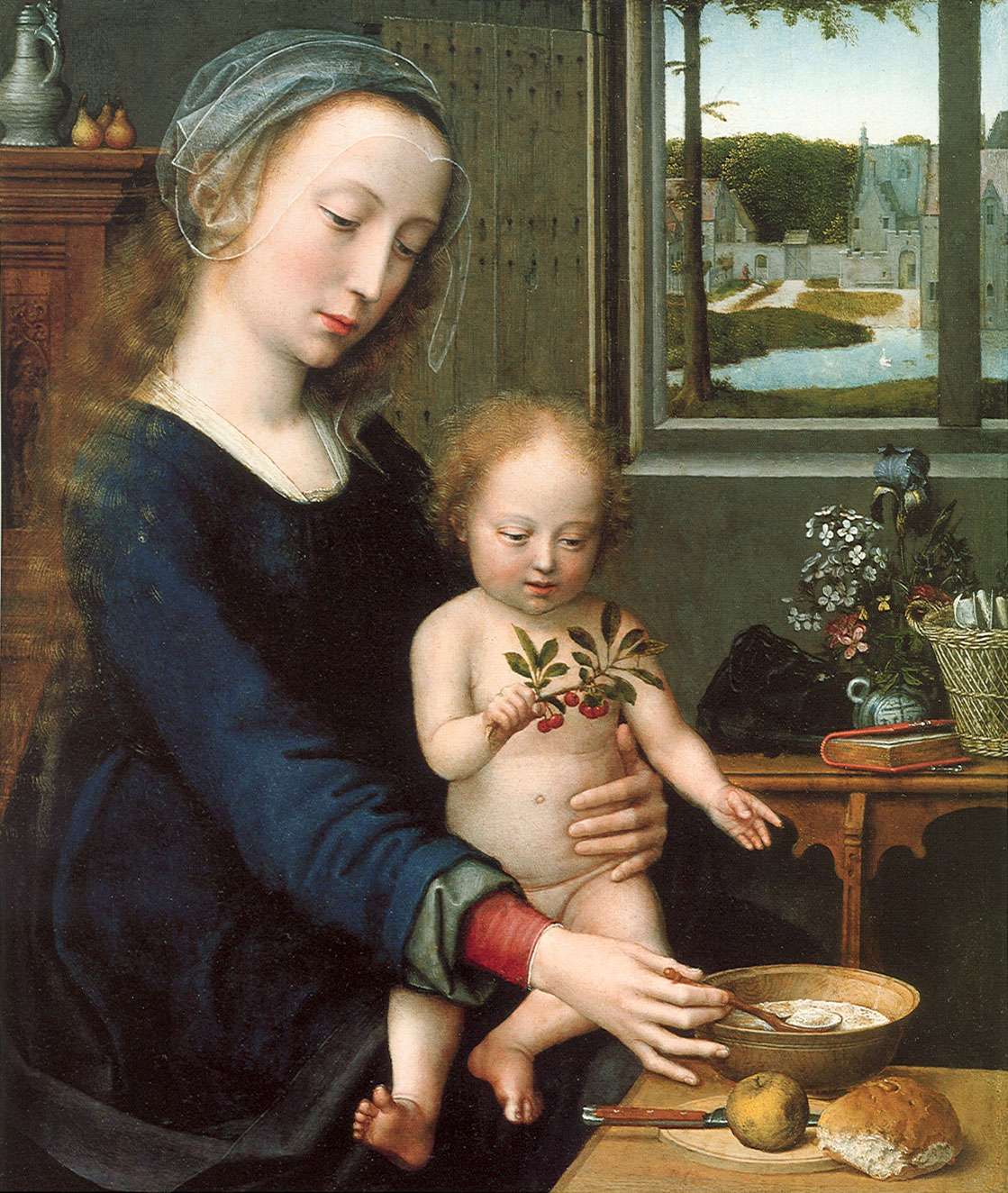



Dietisalvi di Speme was an Italian painter, who worked in
Siena between 1250 to 1291... His work influenced Cimabue.Some of his work is
preserved in the State Archives in Siena. His Madonna and Child with Angels is
in the Pinacoteca di Siena. He collaborated with Guido da Siena....
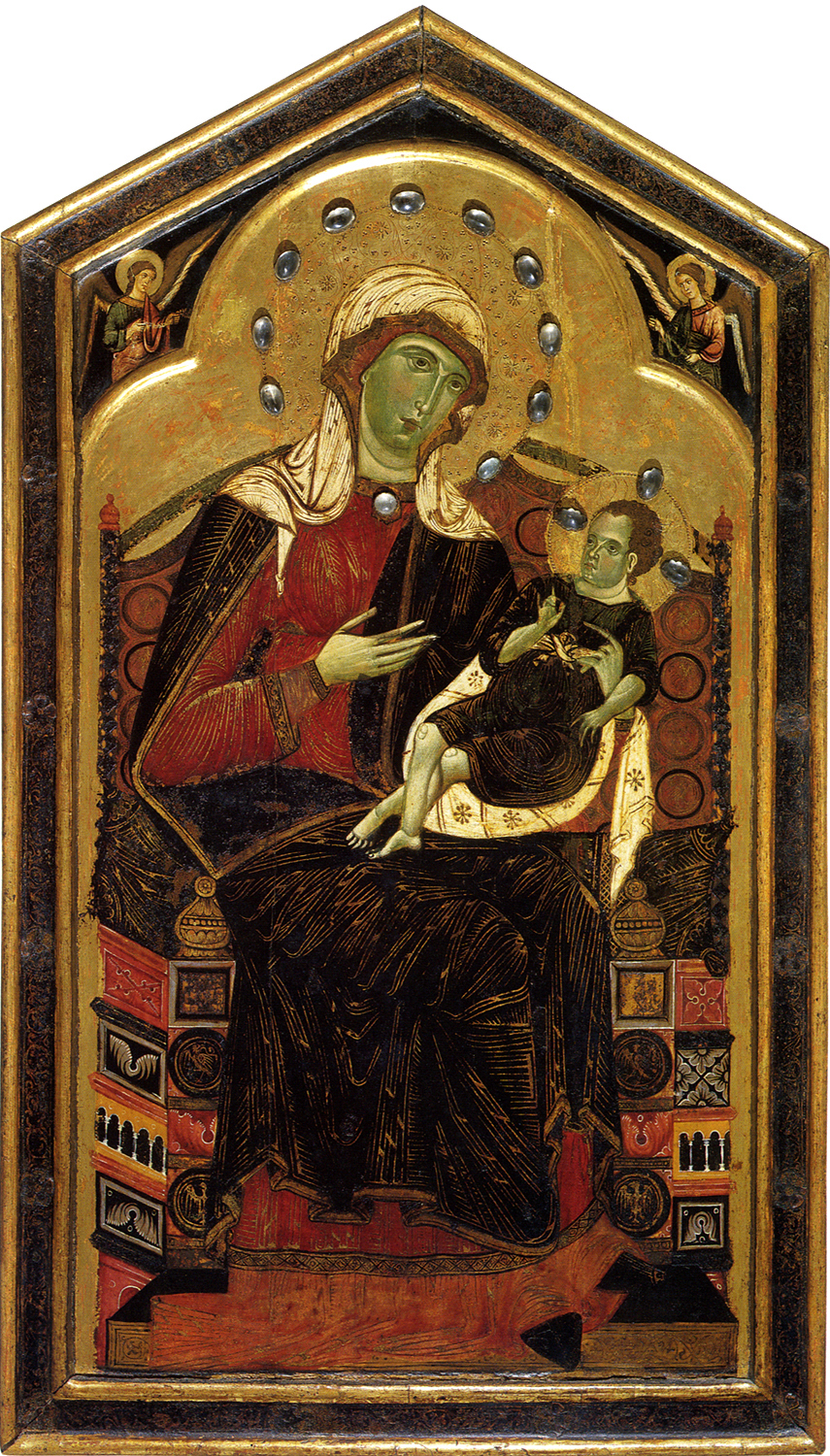
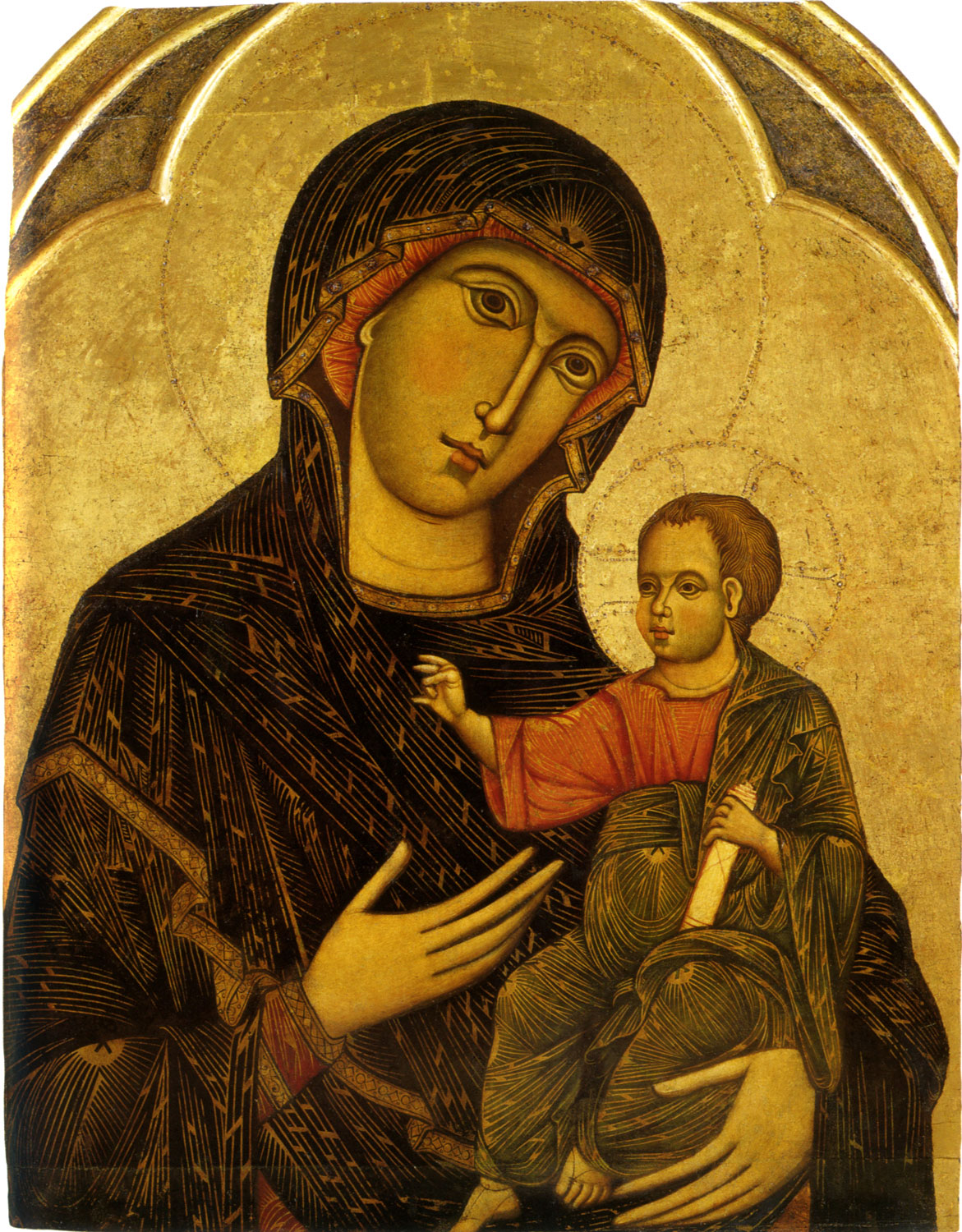
Domenico di Bartolo (c. 1400/1404 – 1445/1447) was an
Italian painter of the Sienese School... He was born in Asciano. According to
Vasari, he was a nephew of Taddeo di Bartolo. He was employed by Vecchietta in
the masterpiece fresco The Care of the Sick in the Pellegrinaio (Pilgrim's
Hall) of the Ospedale di Santa Maria della Scala in Siena... It portrays wealthy donors visiting the
hospital to men washing the ill, and a fatty friar hearing confession. In 1434,
he also painted a fresco panel of Emperor Sigismund Enthroned for the Siena
Cathedral... Domenico died in Siena around 1445...
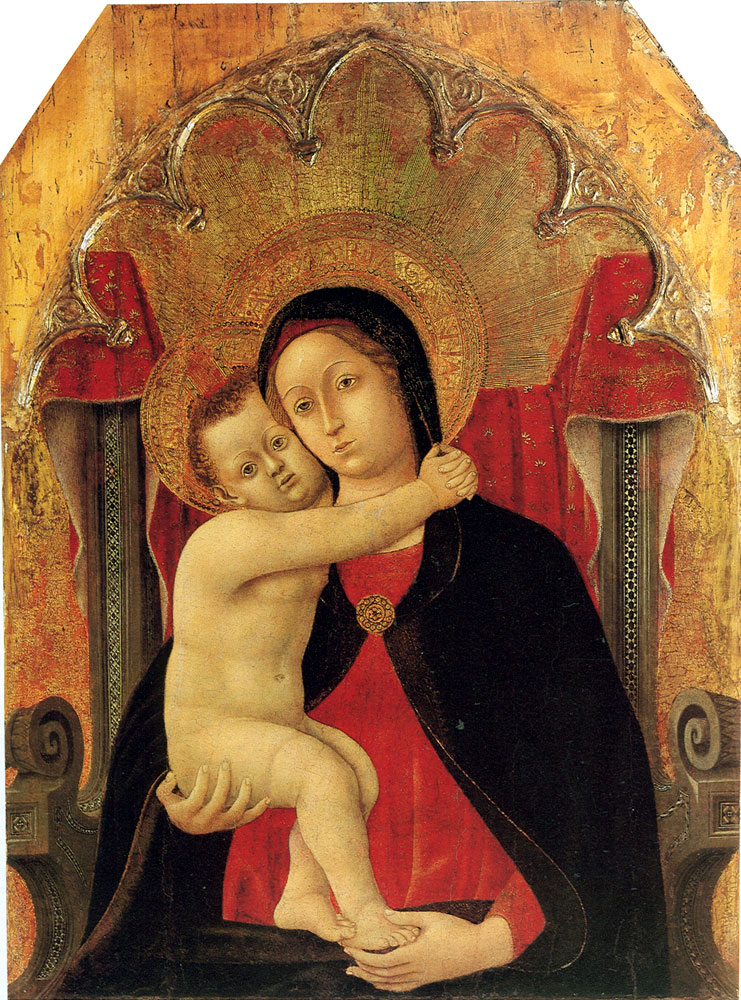
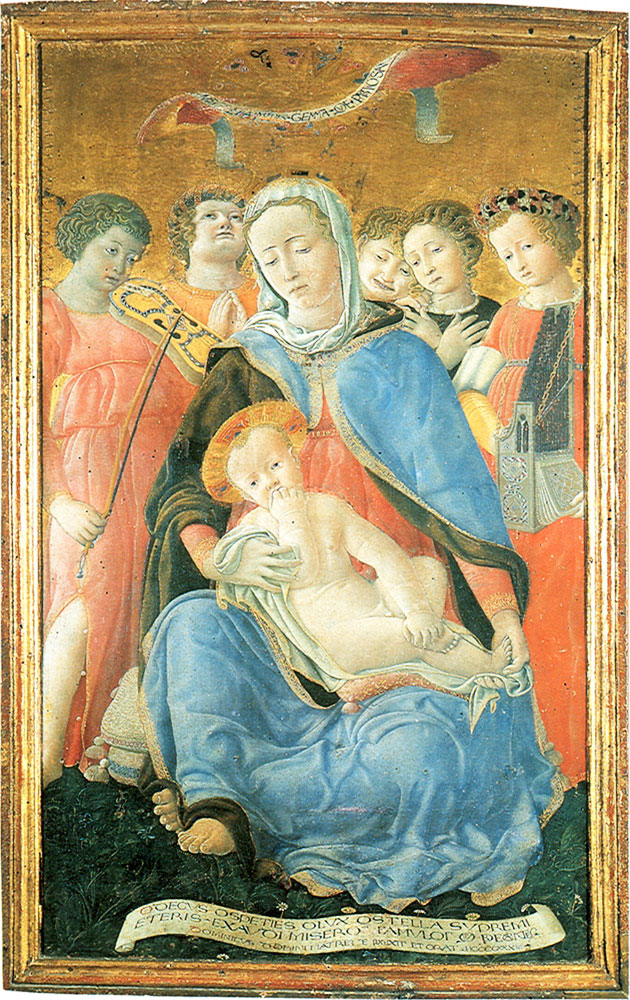
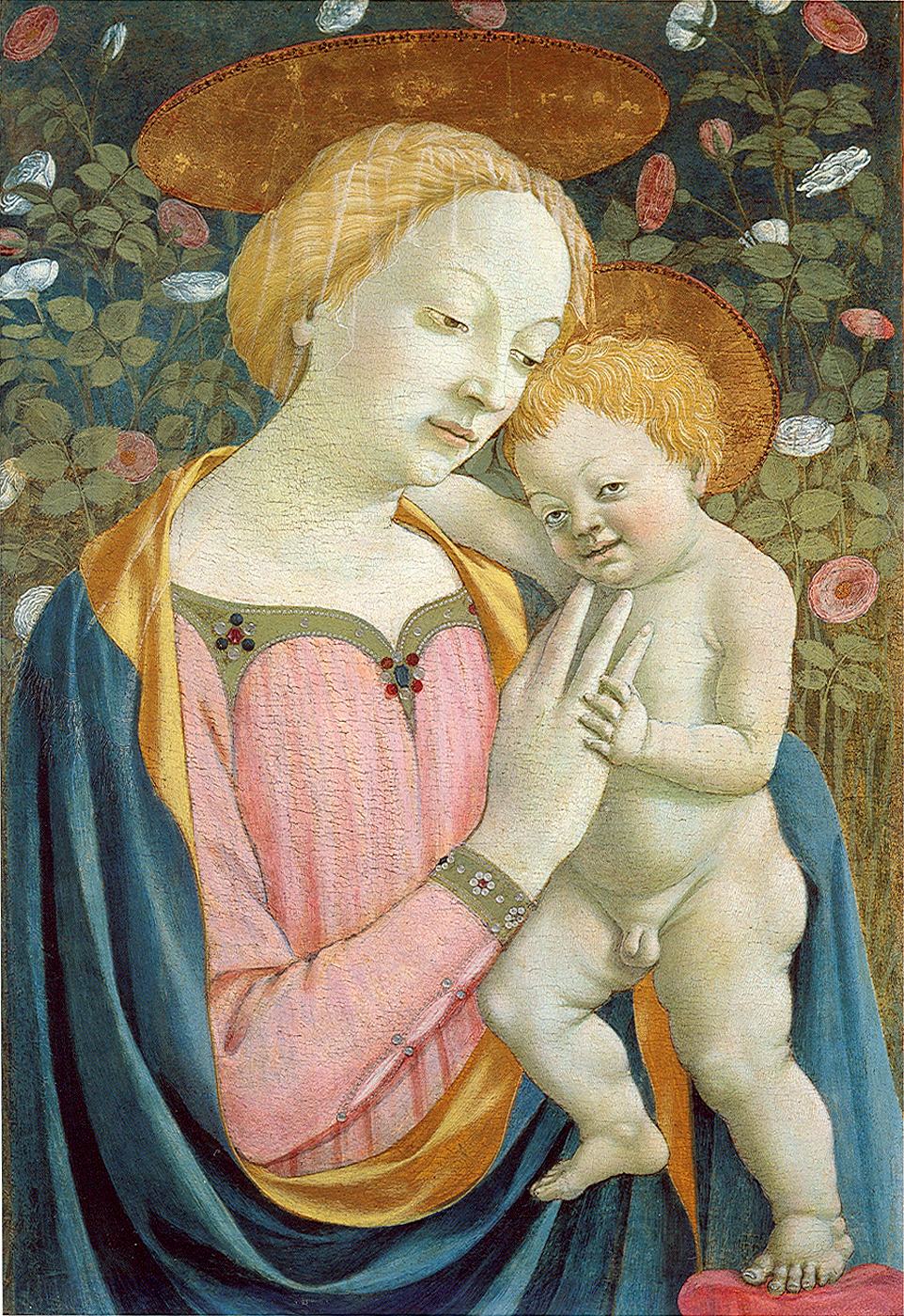
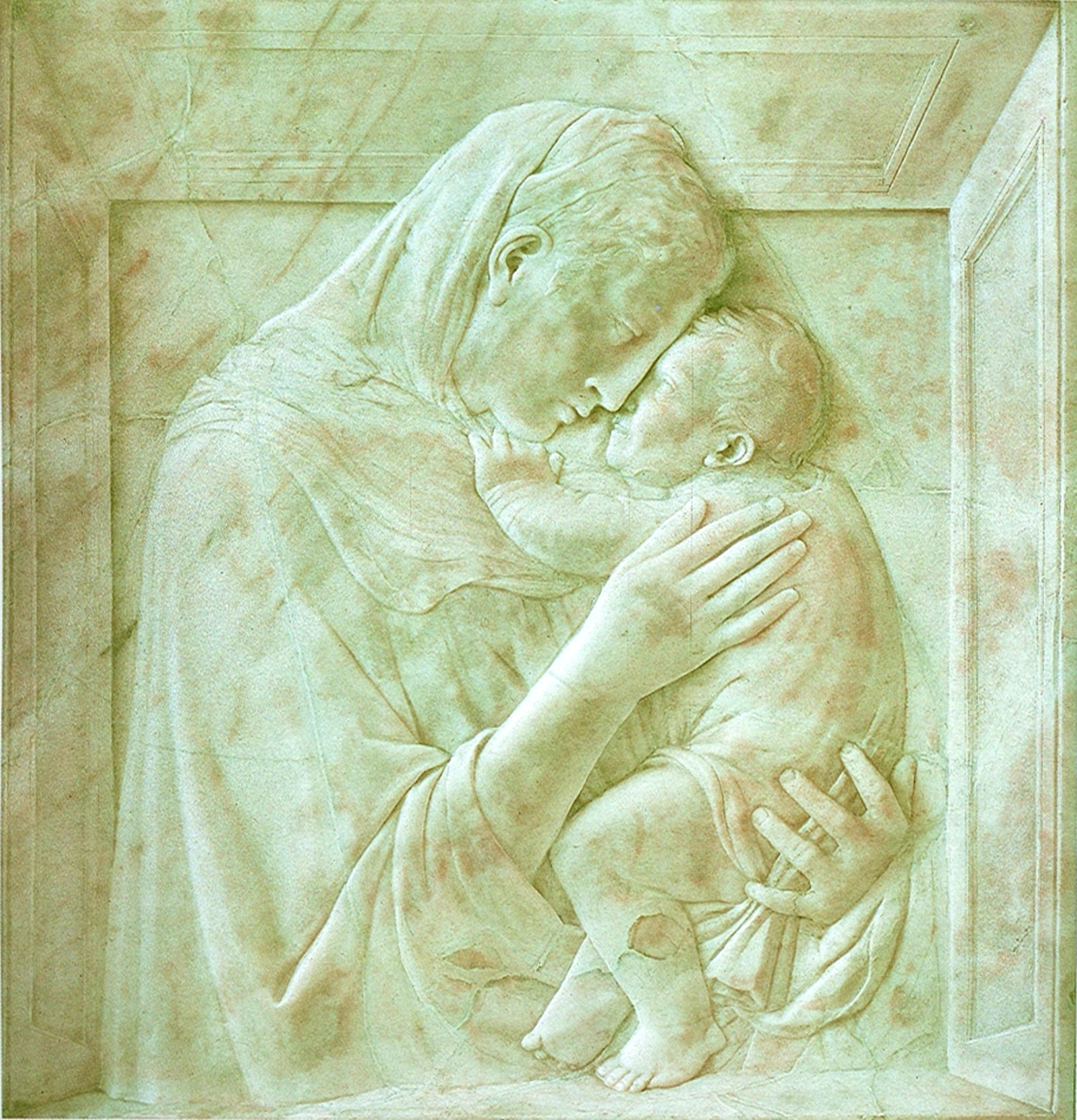
Duccio di Buoninsegna (c. 1255-1260 – c. 1318-1319) was
one of the most influential Italian artists of his time. Born in Siena,
Tuscany, he worked mostly with pigment and egg tempera and like most of his
contemporaries painted religious subjects. He influenced Simone Martini and the
brothers Ambrogio and Pietro Lorenzetti, among others...
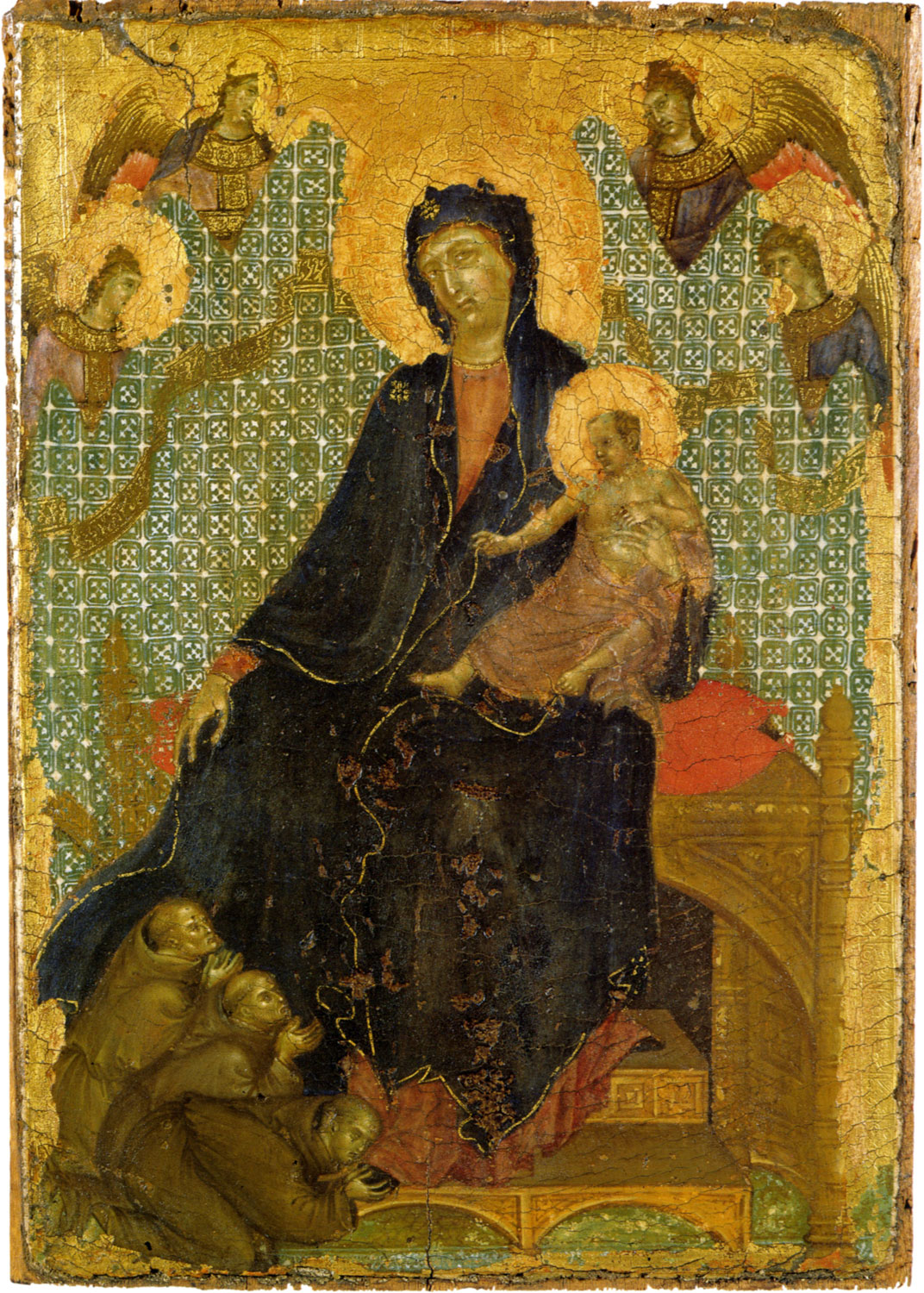
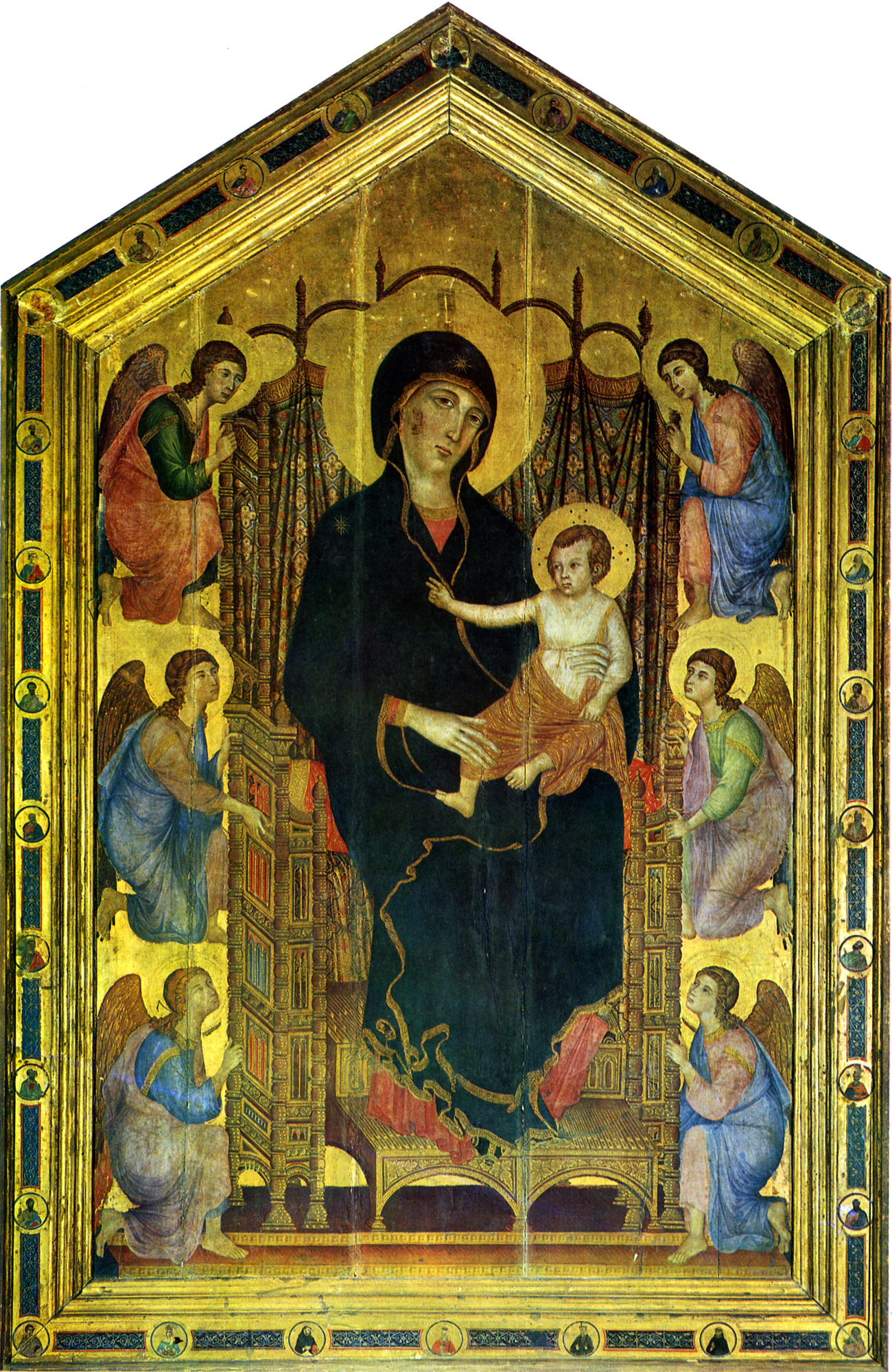
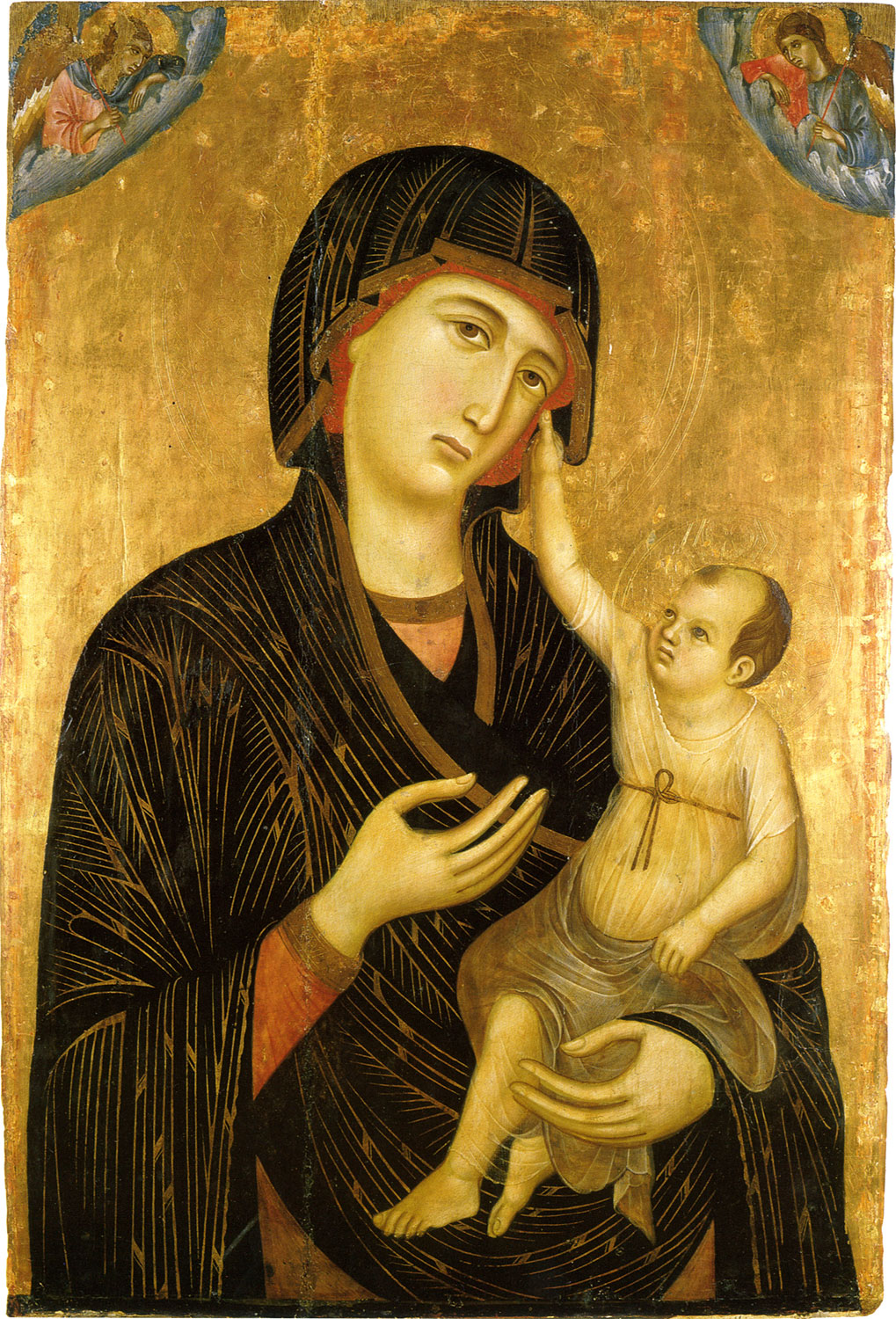
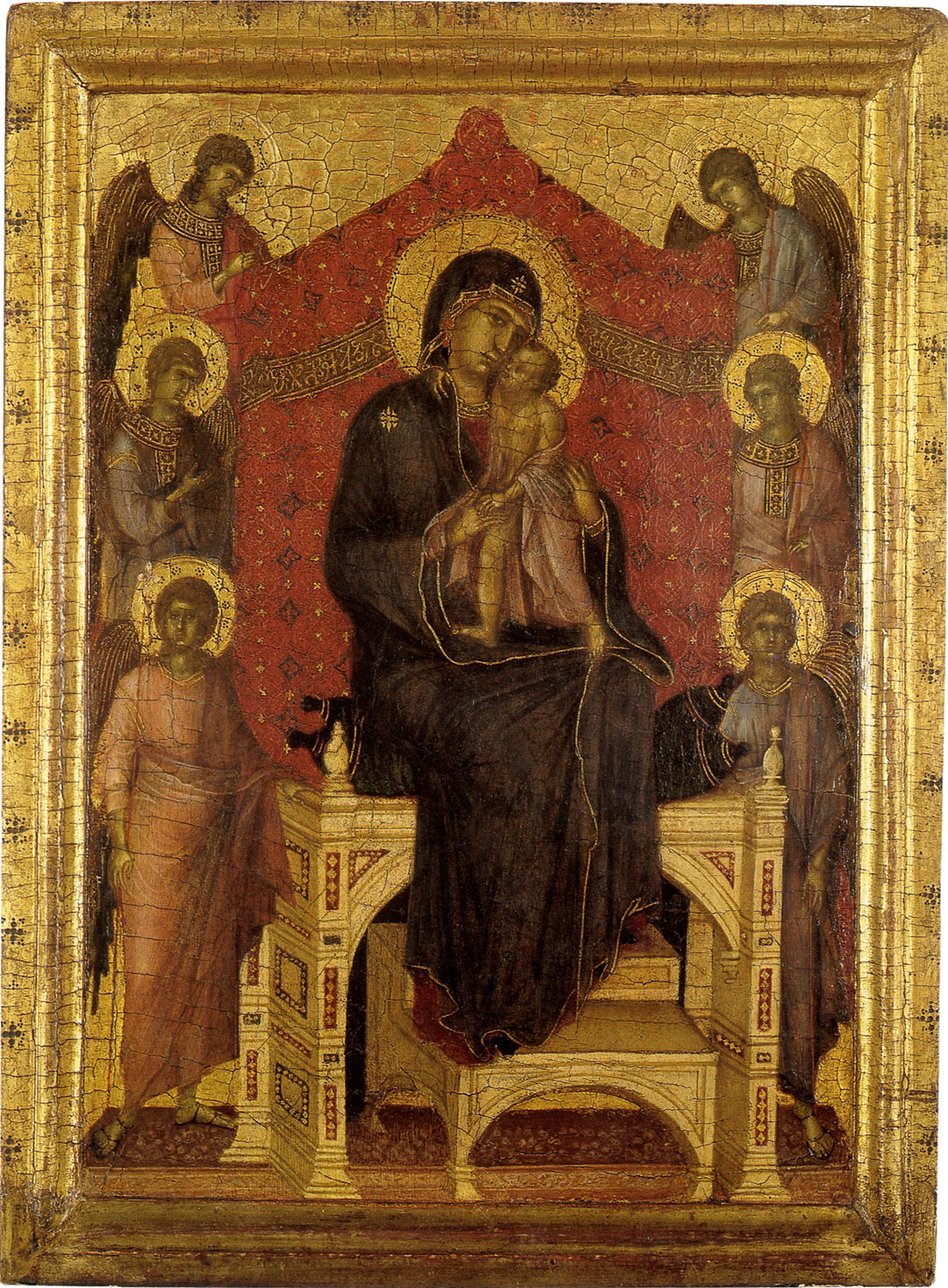
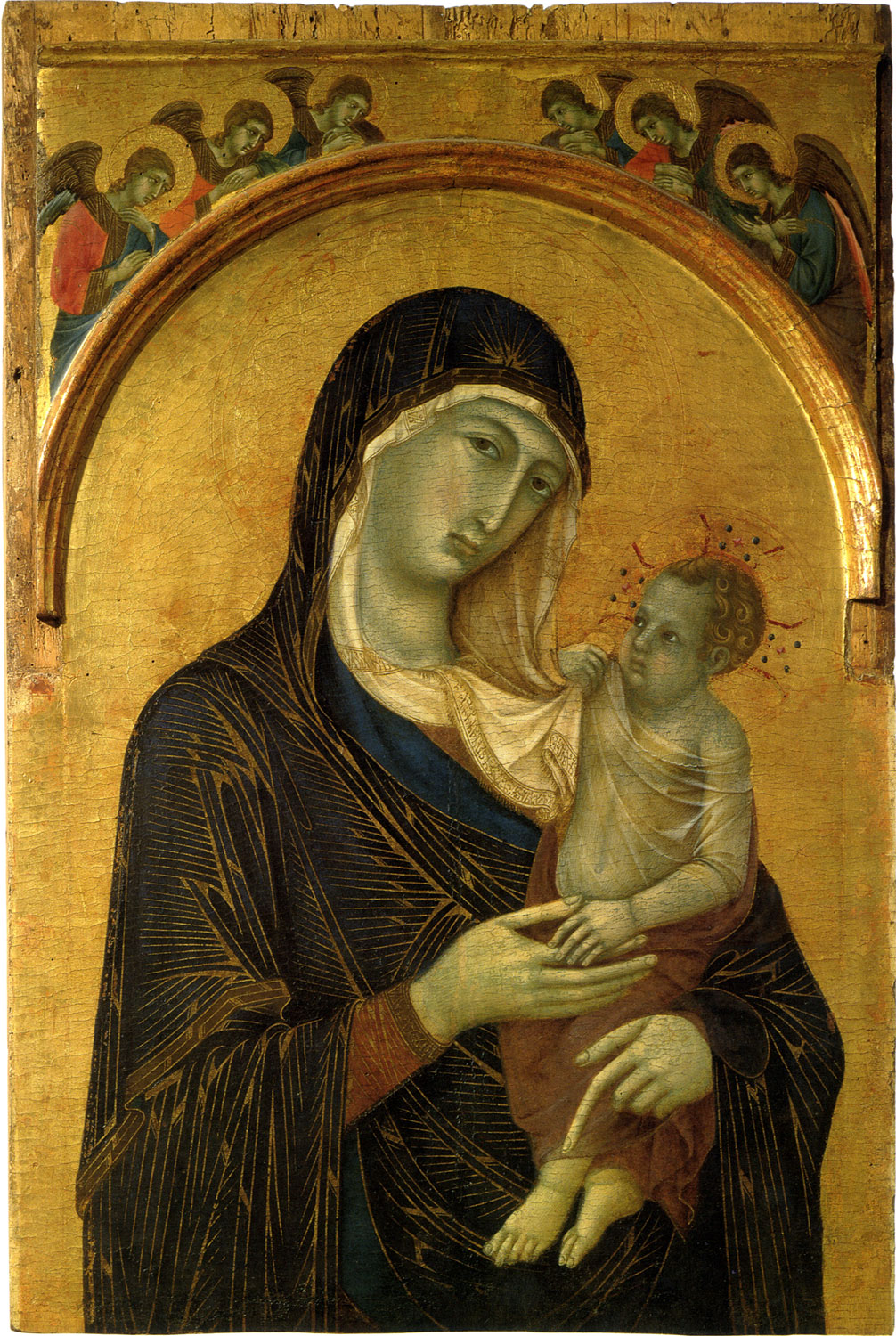
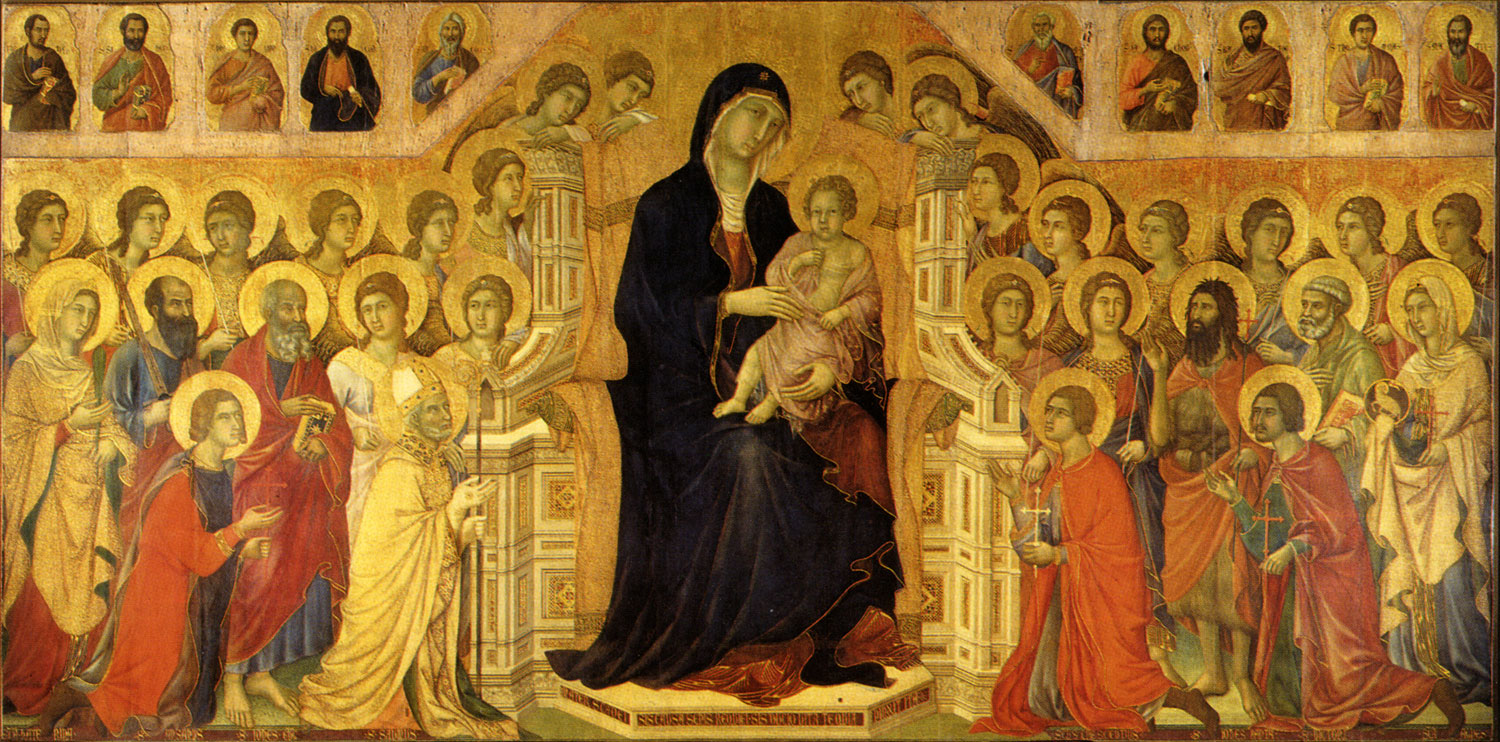
 Albrecht Dürer ( 21 May 1471 – 6 April 1528) was a German
painter, printmaker, engraver, mathematician, and theorist from Nuremberg. His
prints established his reputation across Europe when he was still in his
twenties, and he has been conventionally regarded as the greatest artist of the
Northern Renaissance ever since. His vast body of work includes altarpieces and
religious works, numerous portraits and self-portraits, and copper engravings.
His woodcuts, such as the Apocalypse series (1498), retain a more Gothic flavour
than the rest of his work. His well-known works include the Knight, Death, and
the Devil (1513), Saint Jerome in his Study (1514) and Melencolia I (1514),
which has been the subject of extensive analysis and interpretation. His
watercolours mark him as one of the first European landscape artists, while his
ambitious woodcuts revolutionized the potential of that medium...
Albrecht Dürer ( 21 May 1471 – 6 April 1528) was a German
painter, printmaker, engraver, mathematician, and theorist from Nuremberg. His
prints established his reputation across Europe when he was still in his
twenties, and he has been conventionally regarded as the greatest artist of the
Northern Renaissance ever since. His vast body of work includes altarpieces and
religious works, numerous portraits and self-portraits, and copper engravings.
His woodcuts, such as the Apocalypse series (1498), retain a more Gothic flavour
than the rest of his work. His well-known works include the Knight, Death, and
the Devil (1513), Saint Jerome in his Study (1514) and Melencolia I (1514),
which has been the subject of extensive analysis and interpretation. His
watercolours mark him as one of the first European landscape artists, while his
ambitious woodcuts revolutionized the potential of that medium...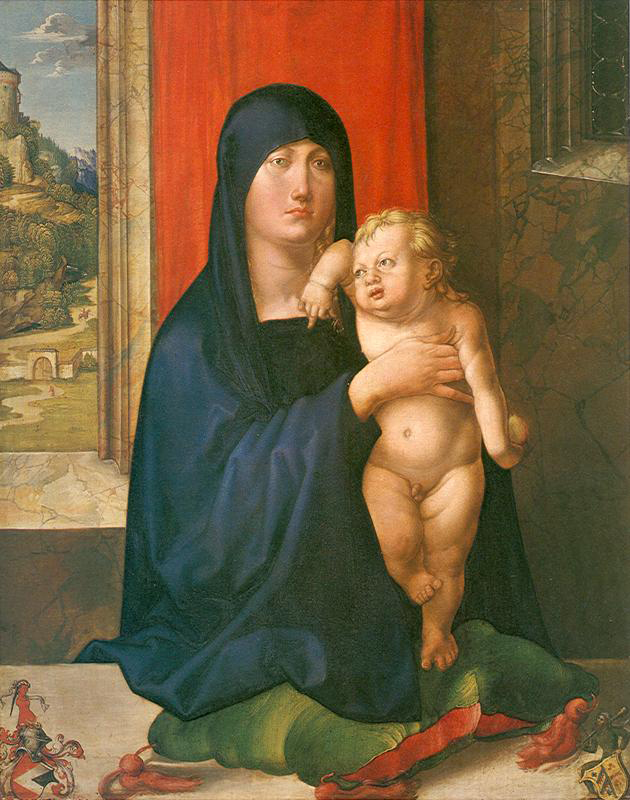
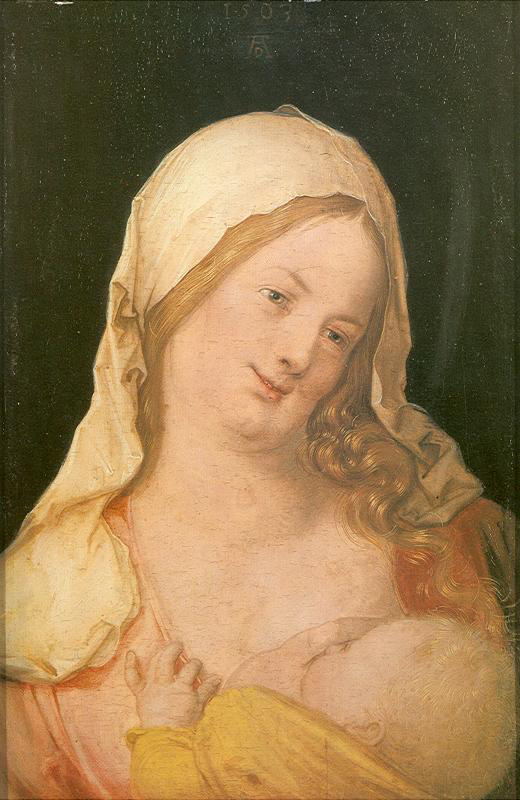
 Jan van Eyck (or Johannes de Eyck) (before c. 1395 –
before 9 July 1441) was a Flemish painter active in Bruges and is generally
considered one of the most significant Northern European painters of the 15th
century...
Jan van Eyck (or Johannes de Eyck) (before c. 1395 –
before 9 July 1441) was a Flemish painter active in Bruges and is generally
considered one of the most significant Northern European painters of the 15th
century... 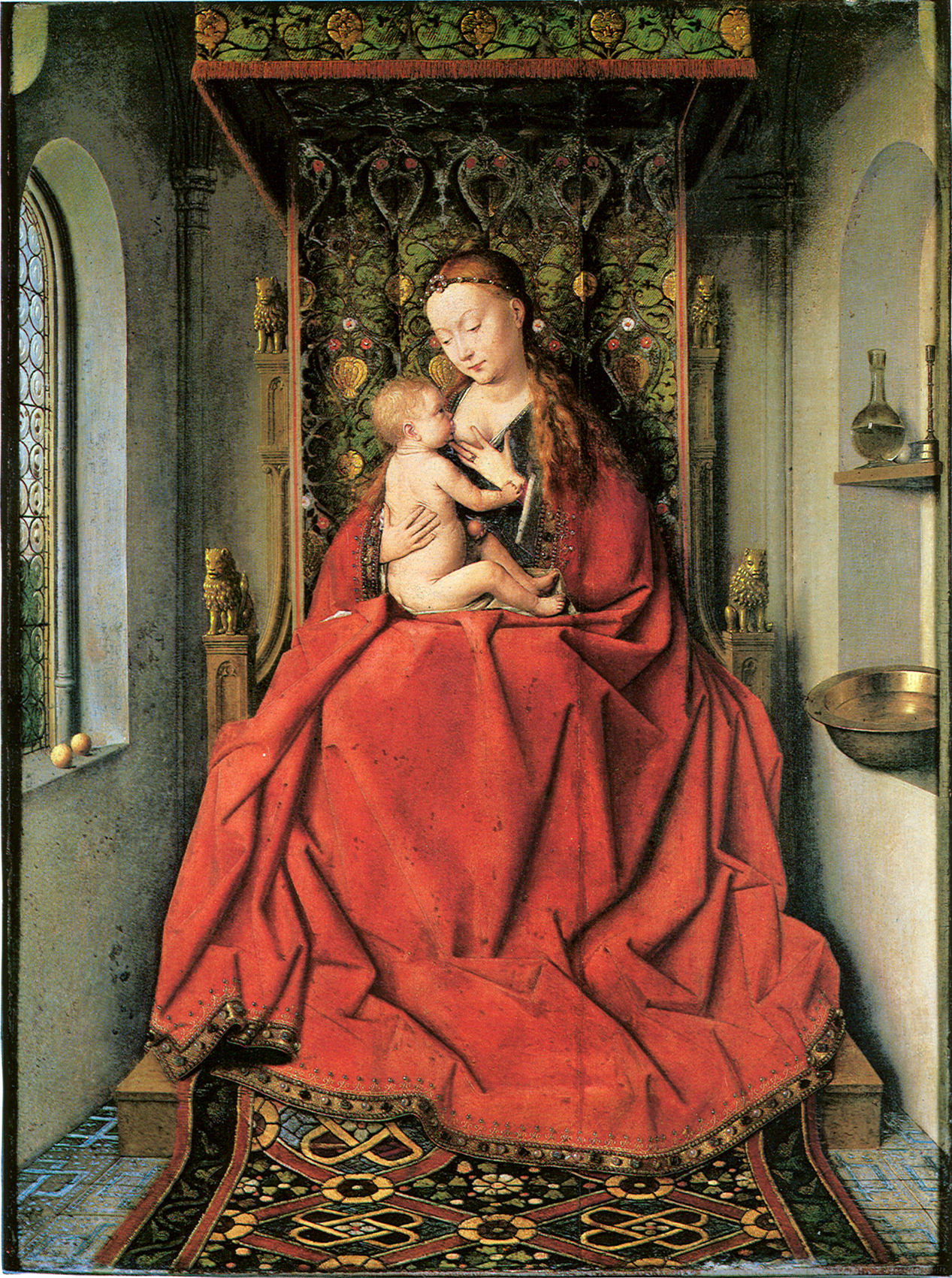
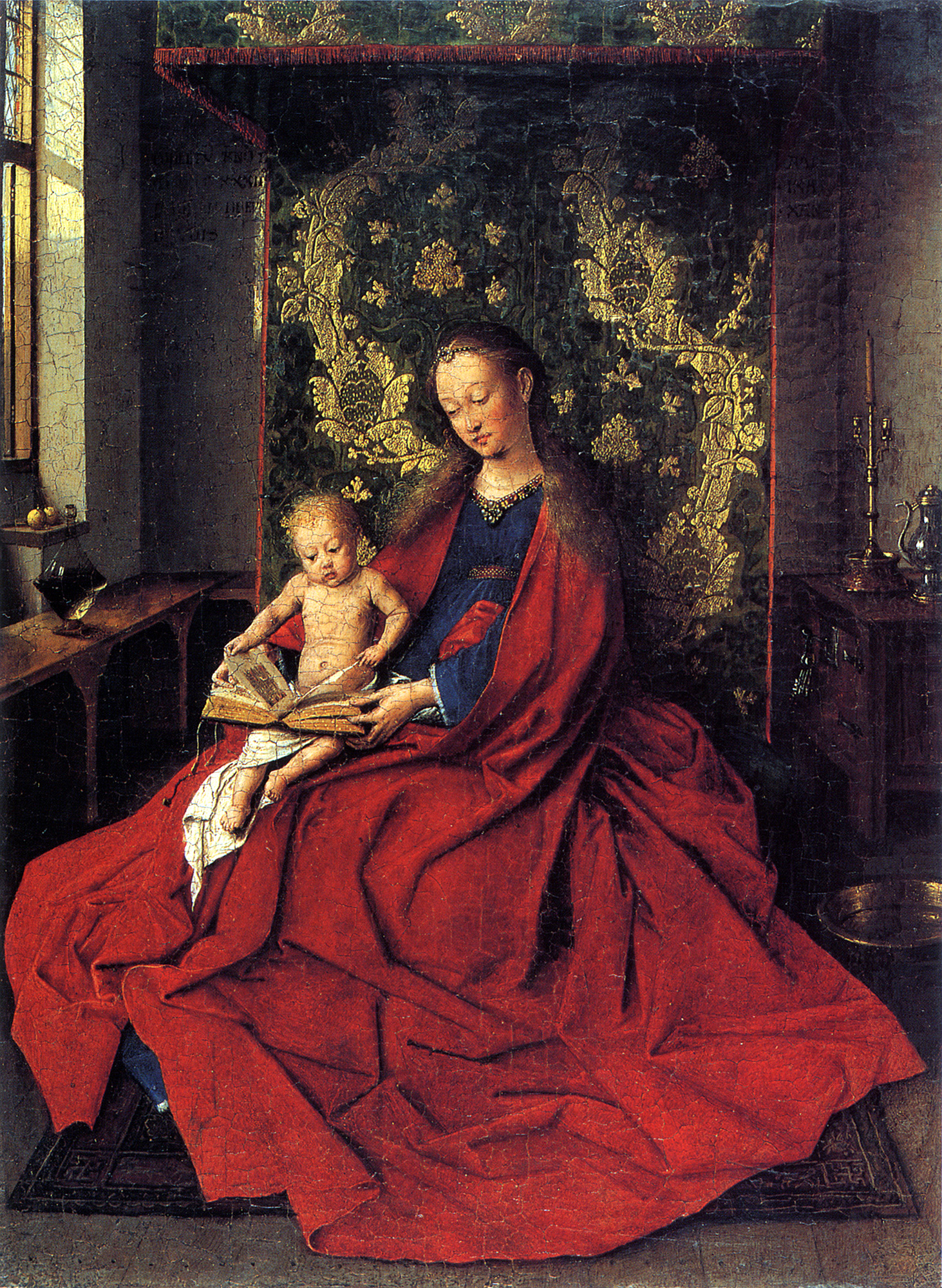
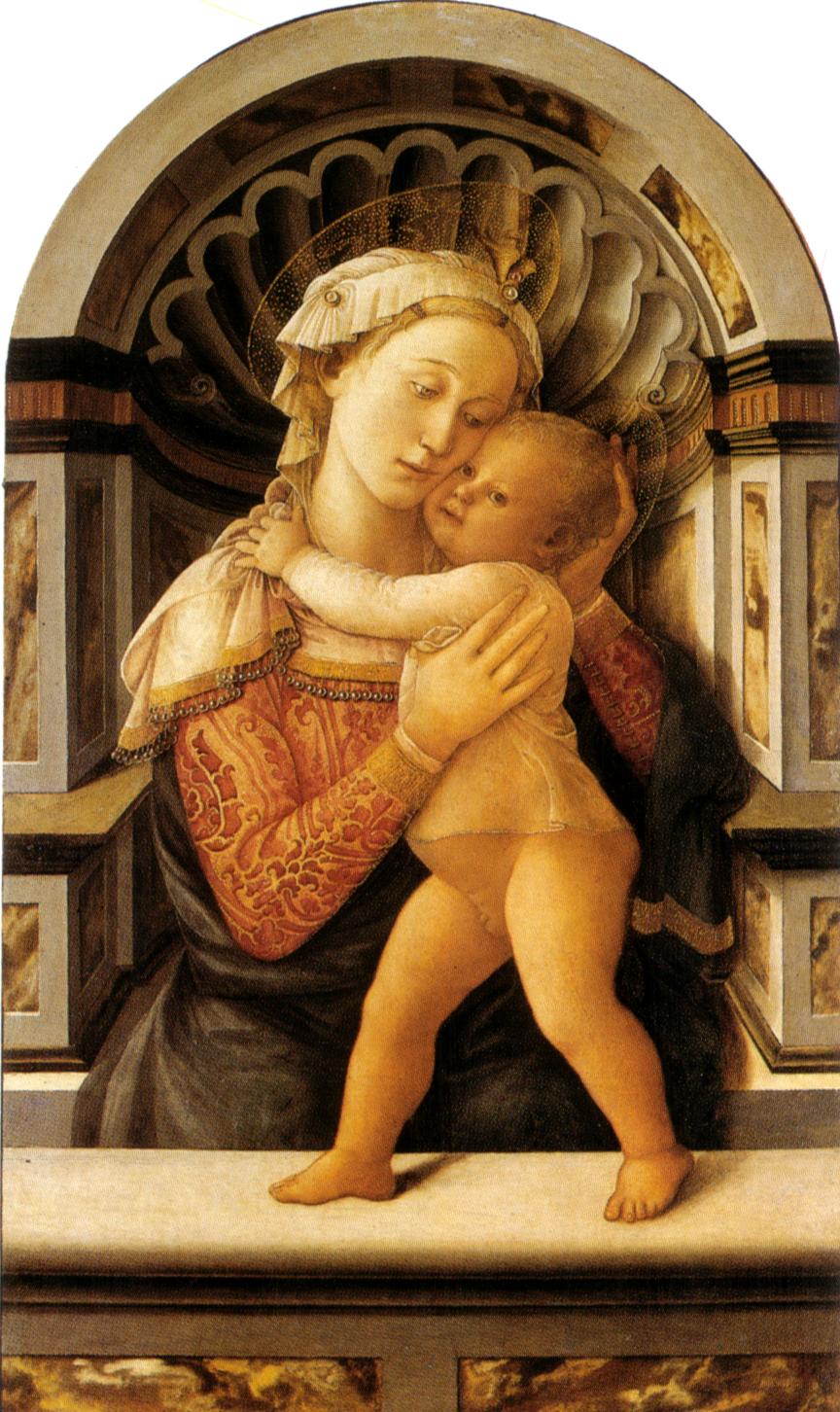
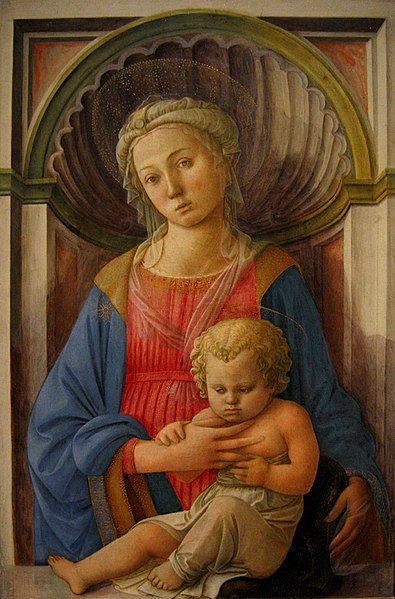



Juan de Flandes (c. 1460 – by 1519) ('John of Flanders')
was an Early Netherlandish painter who was active in Spain from 1496 to 1519;
his actual name is unknown, although an inscription Juan Astrat on the back of
one work suggests a name such as "Jan van der Staat"... Jan Sallaert,
who became a master in Ghent in 1480, has also been suggested...
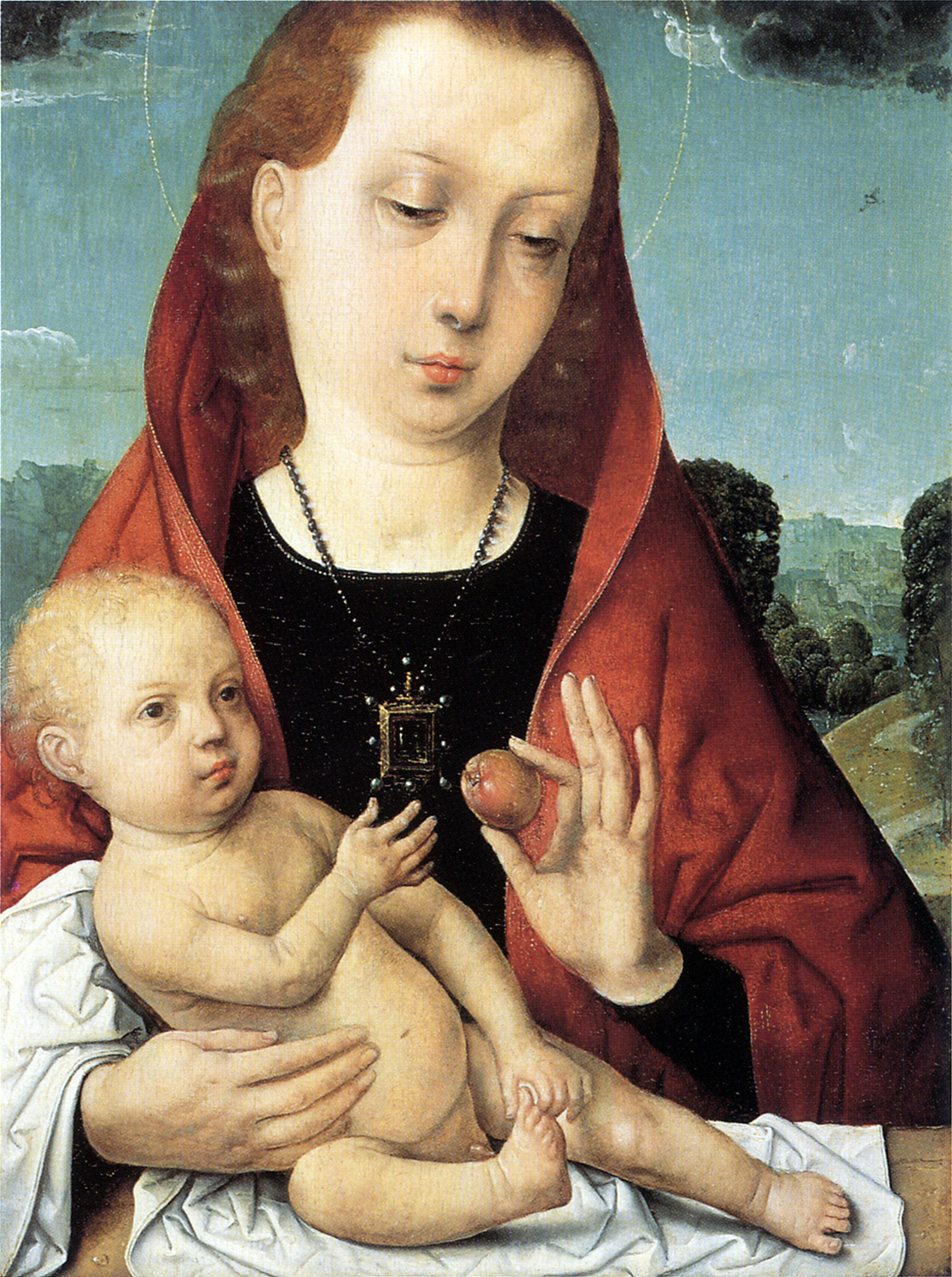
 Jean (or Jehan) Fouquet (1420–1481) was a preeminent
French painter of the 15th century, a master of both panel painting and
manuscript illumination, and the apparent inventor of the portrait miniature.
He was the first French artist to travel to Italy and experience at first hand
the Italian Early Renaissance...
Jean (or Jehan) Fouquet (1420–1481) was a preeminent
French painter of the 15th century, a master of both panel painting and
manuscript illumination, and the apparent inventor of the portrait miniature.
He was the first French artist to travel to Italy and experience at first hand
the Italian Early Renaissance...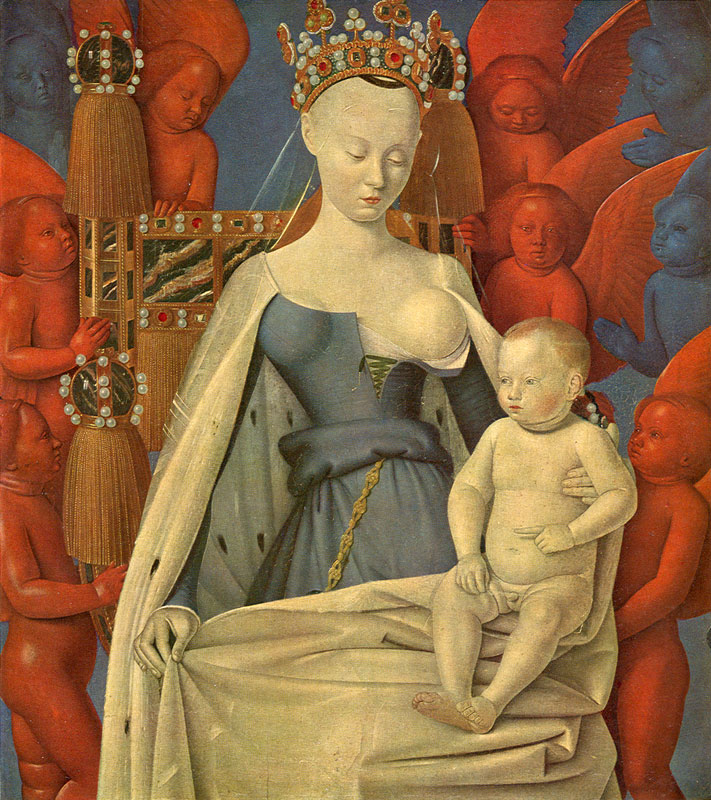
Gentile da Fabriano (c. 1370 – 1427) was an Italian
painter known for his participation in the International Gothic style. He worked
in various places in central Italy, mostly in Tuscany. His best known works are
his Adoration of the Magi (1423) and the Flight into Egypt...
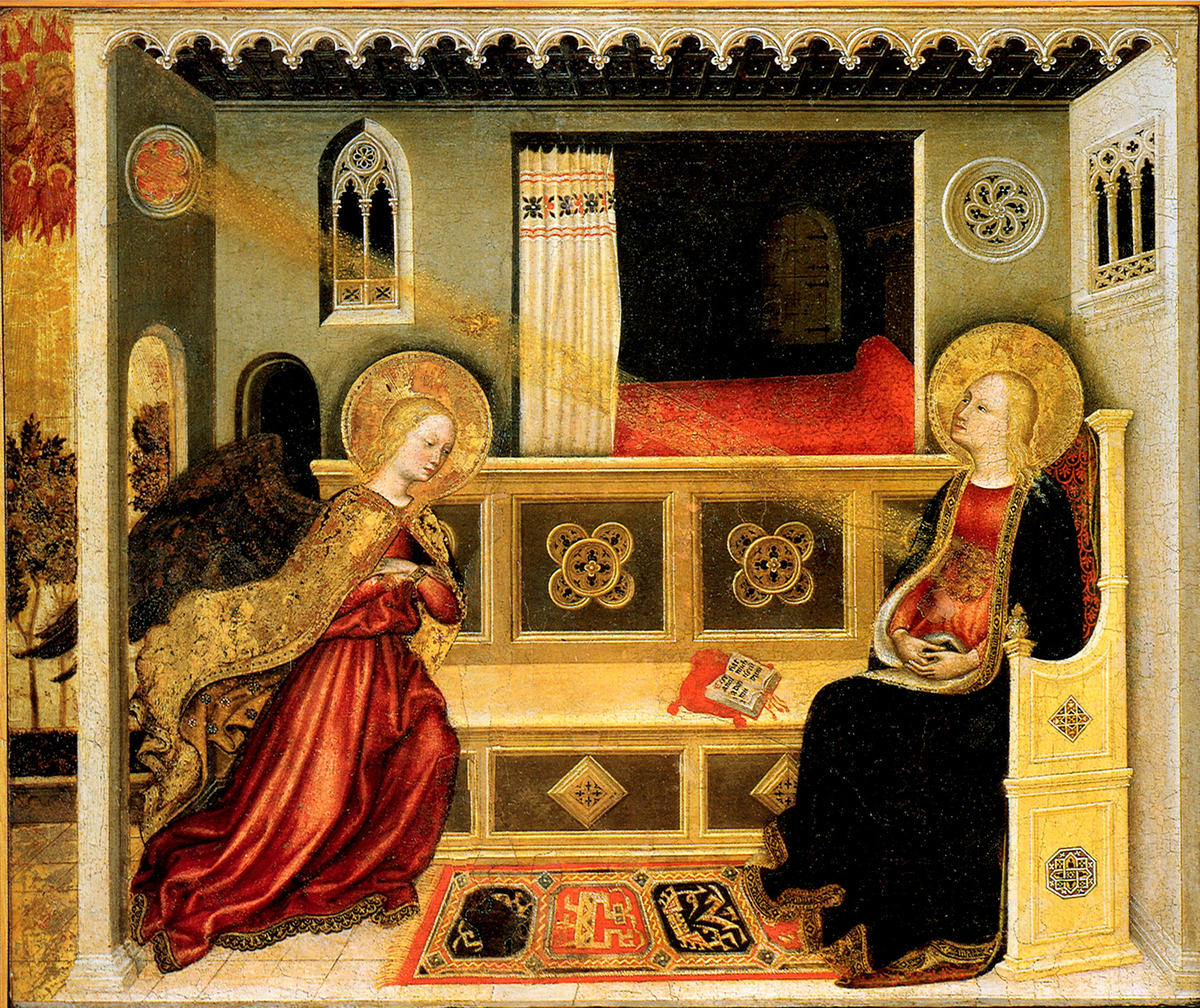
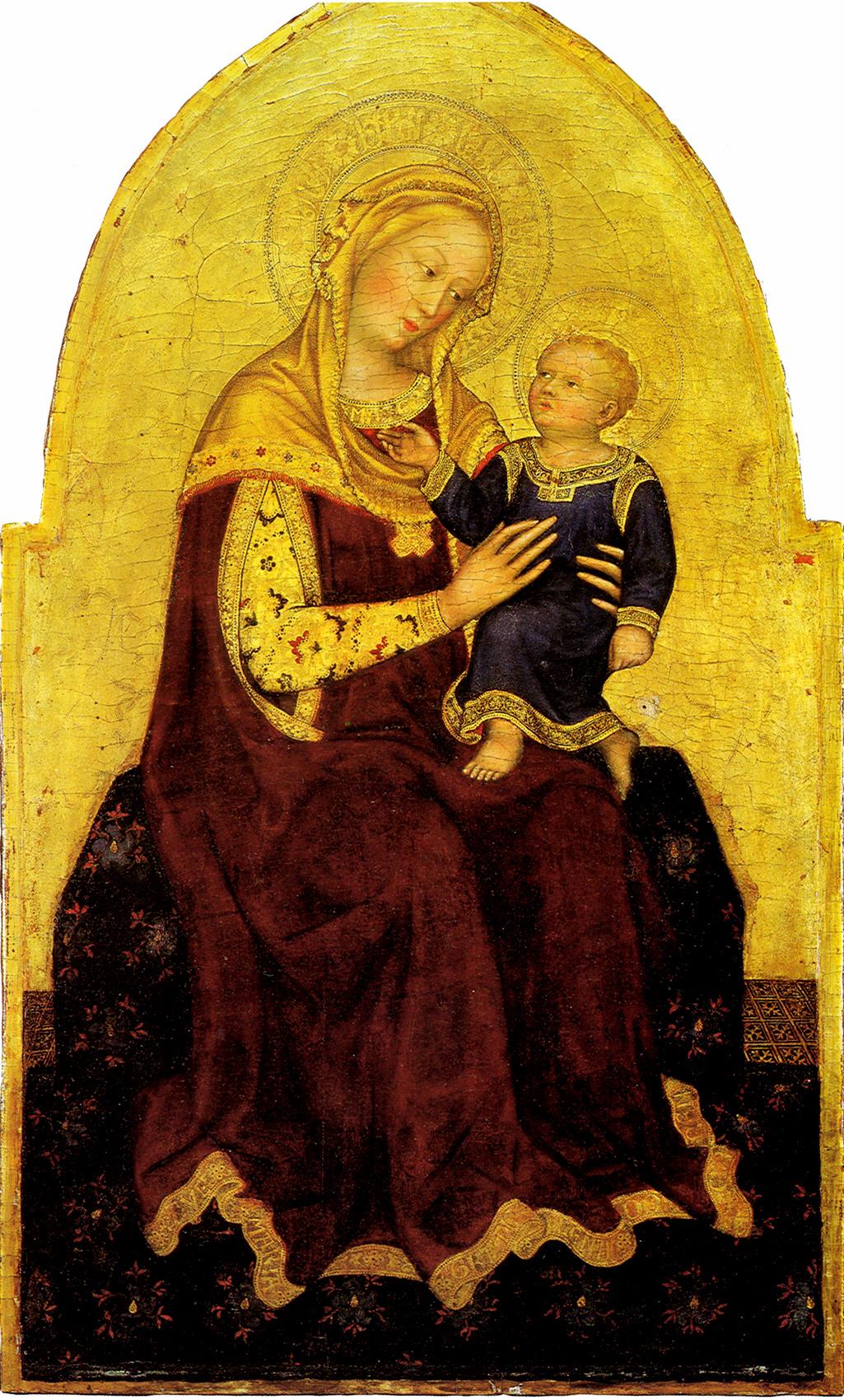
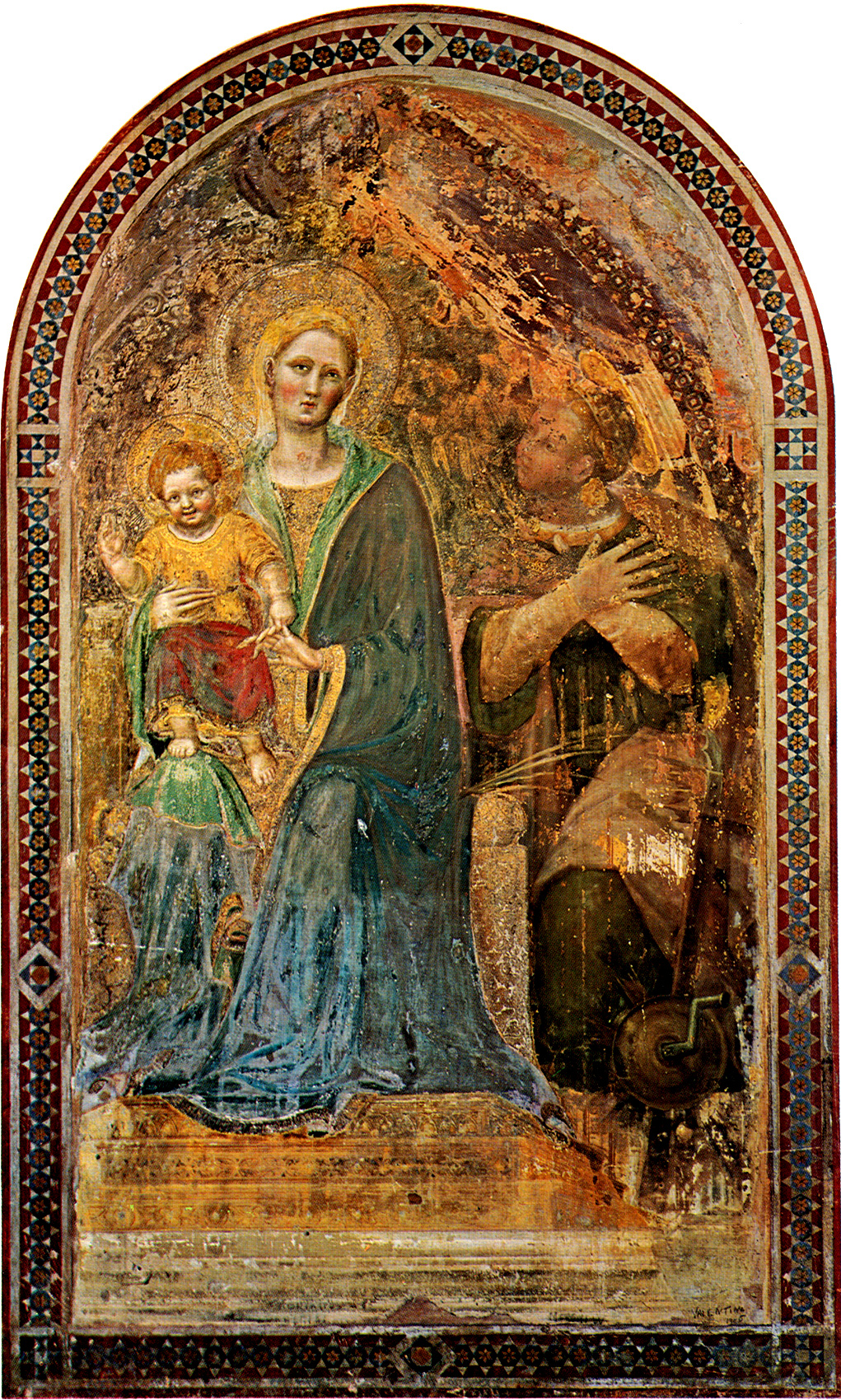
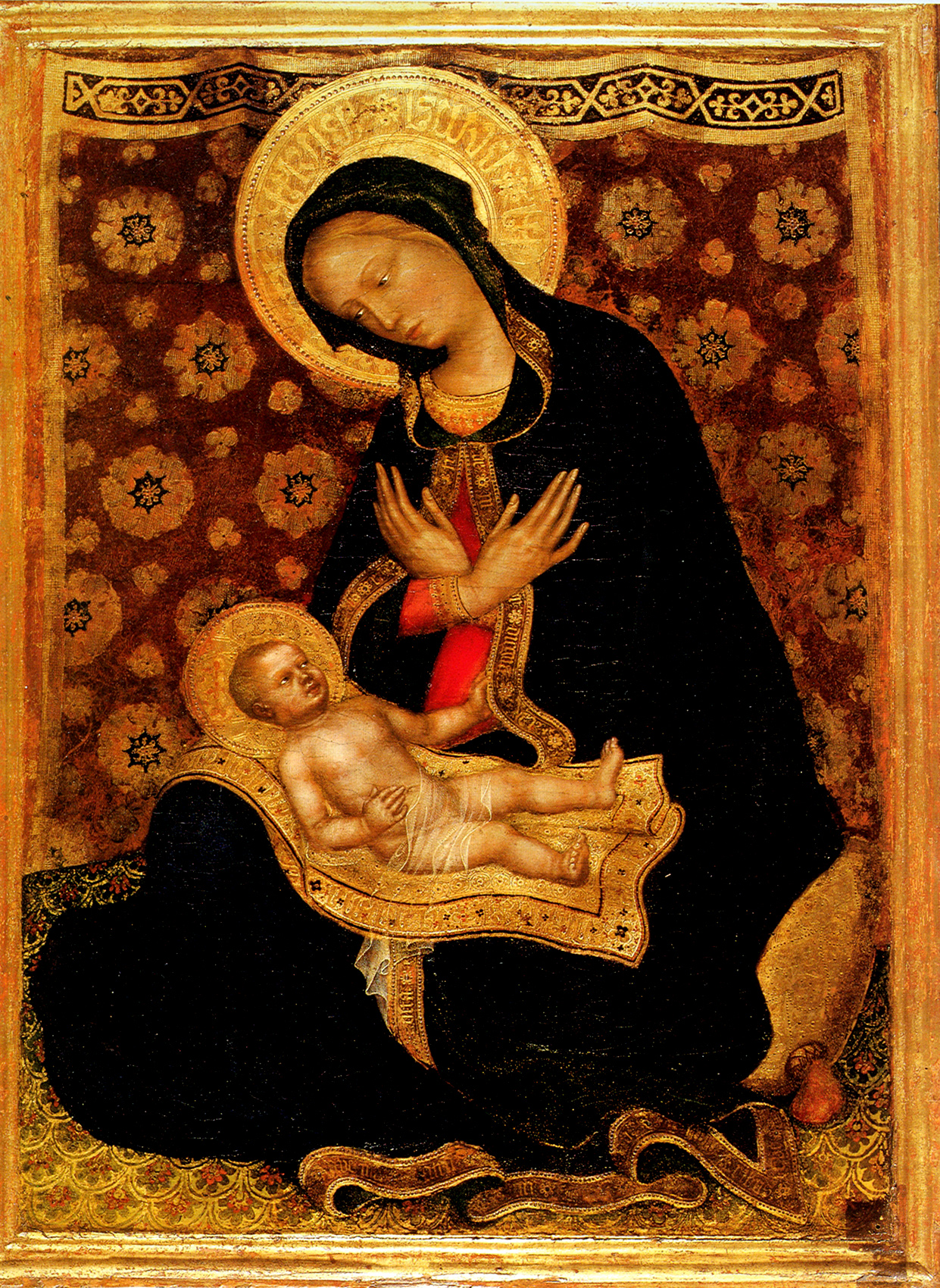
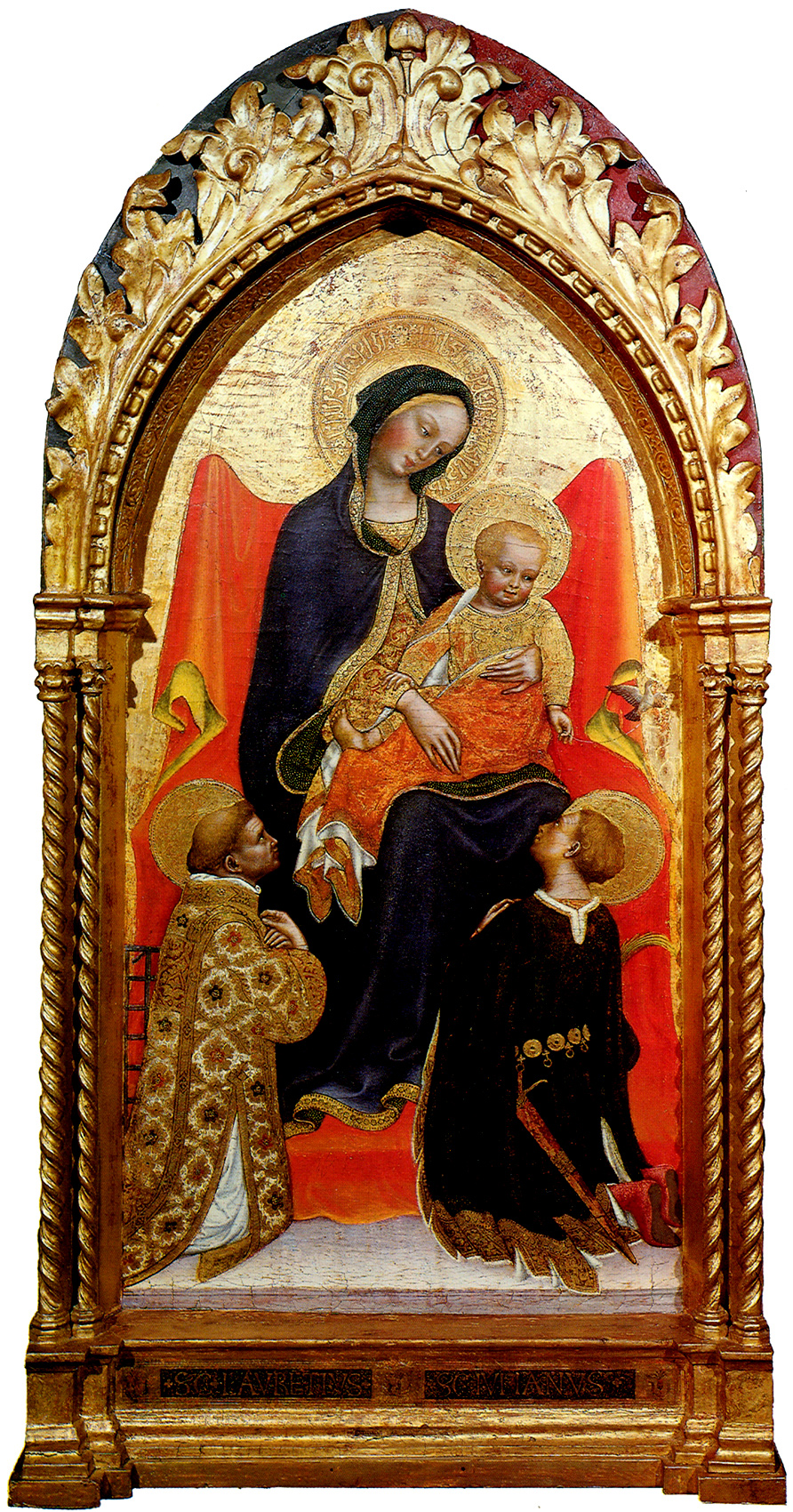
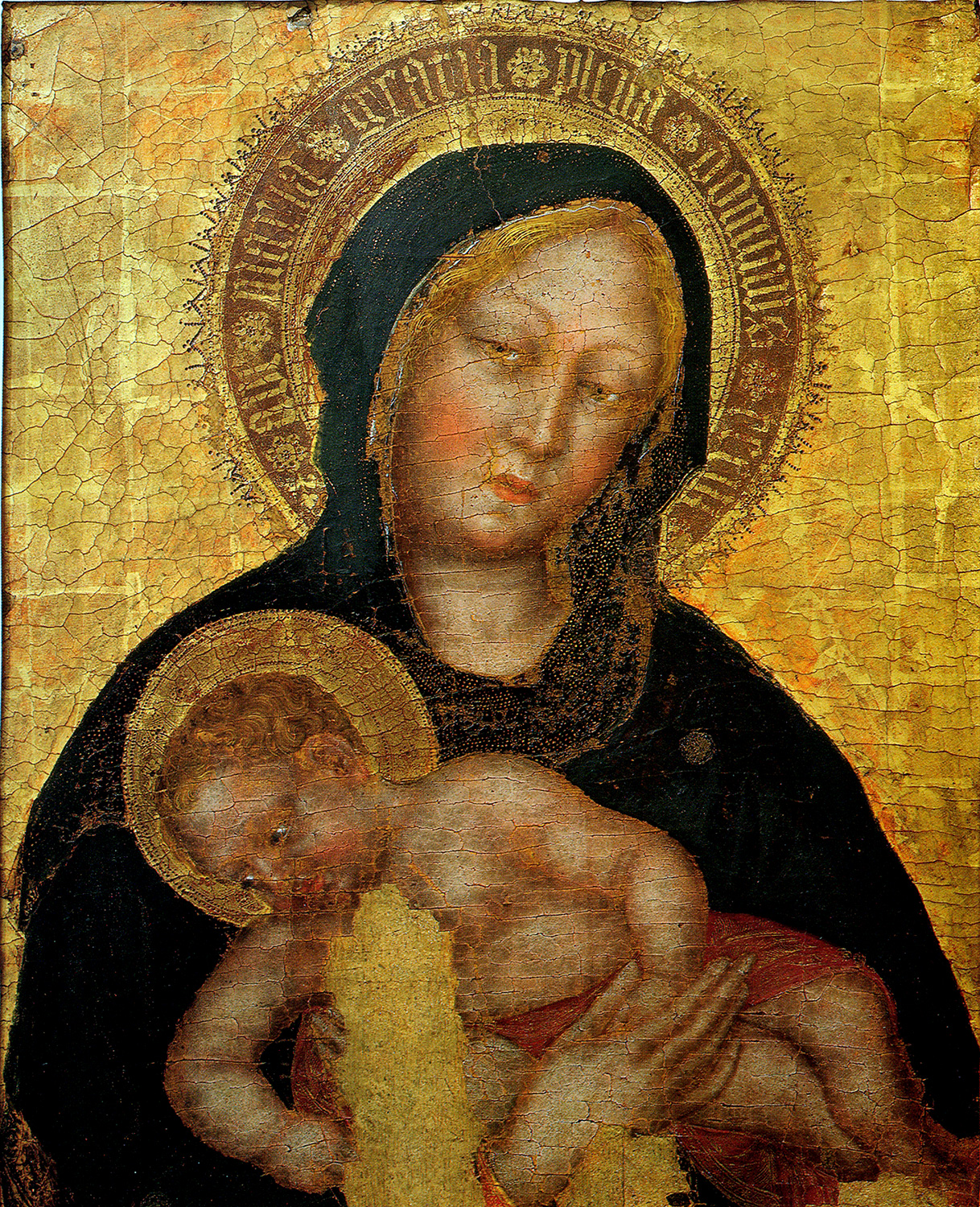
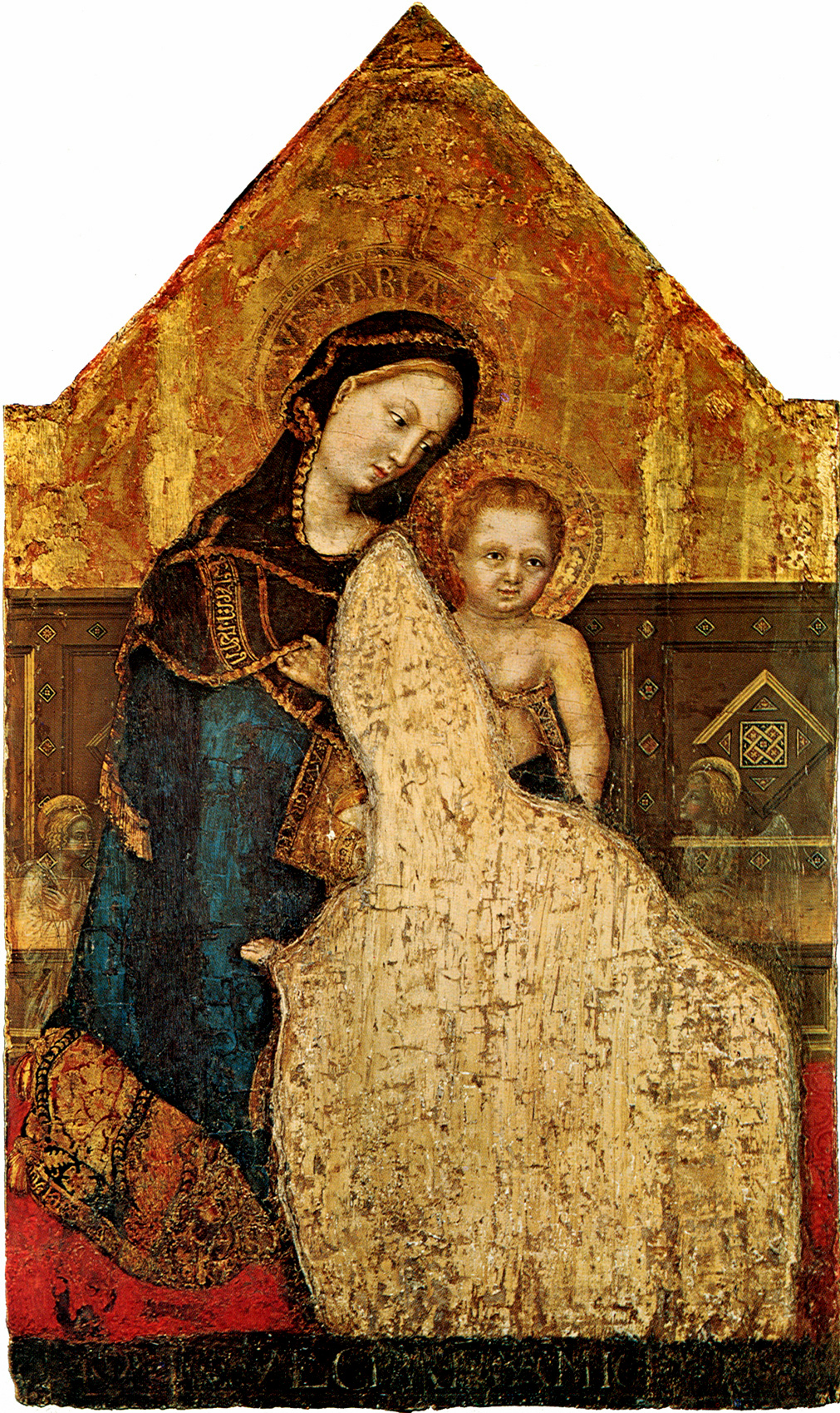
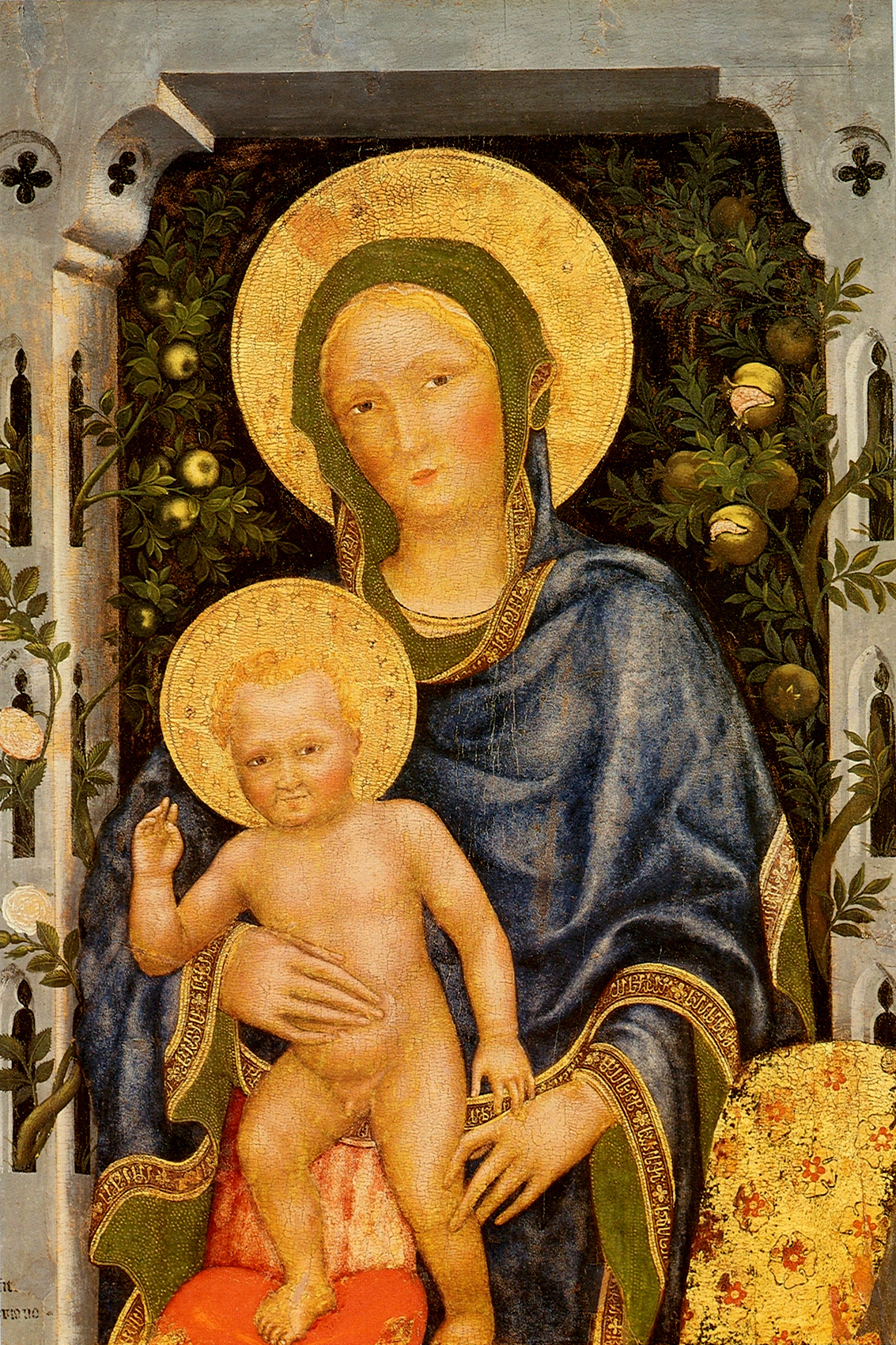
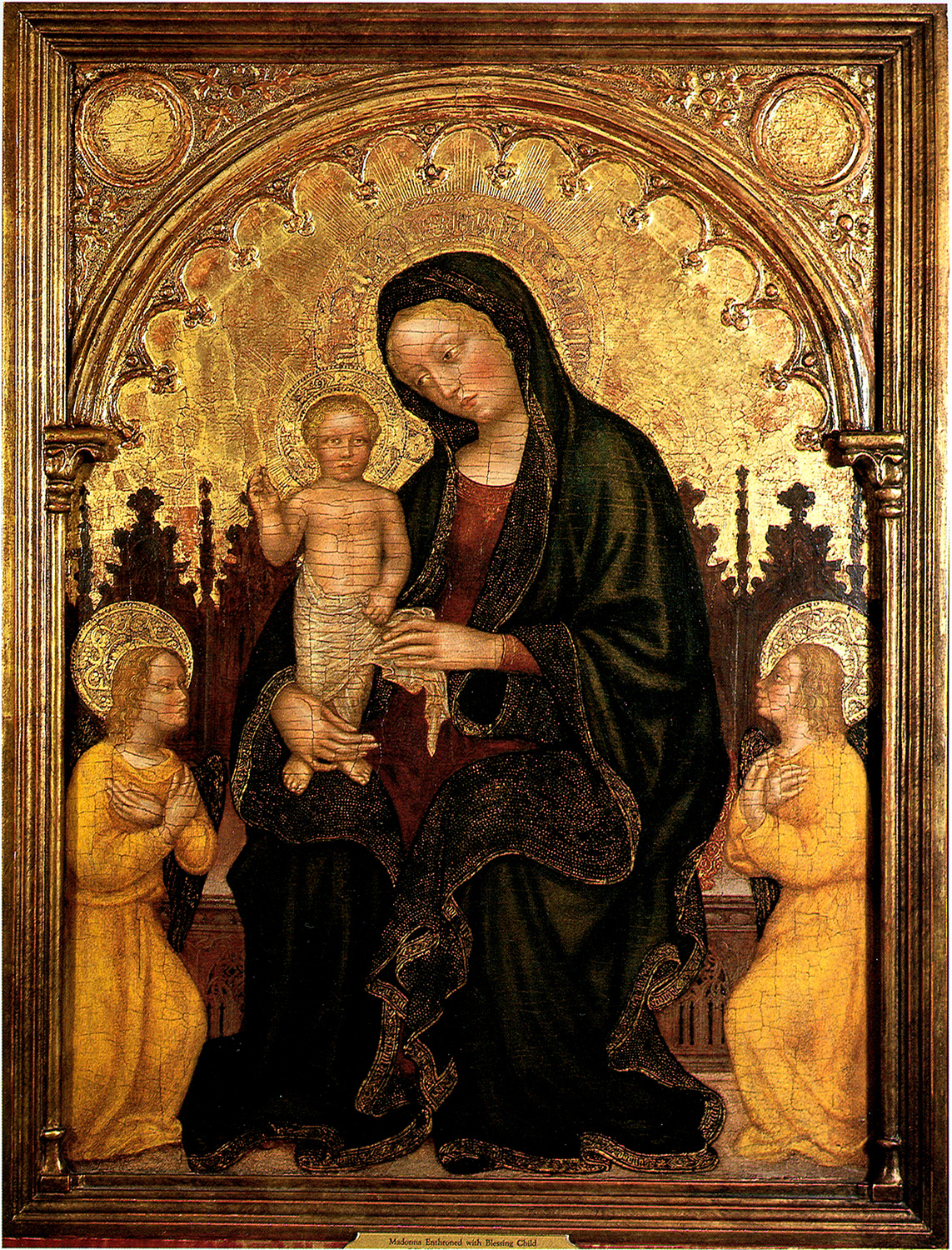
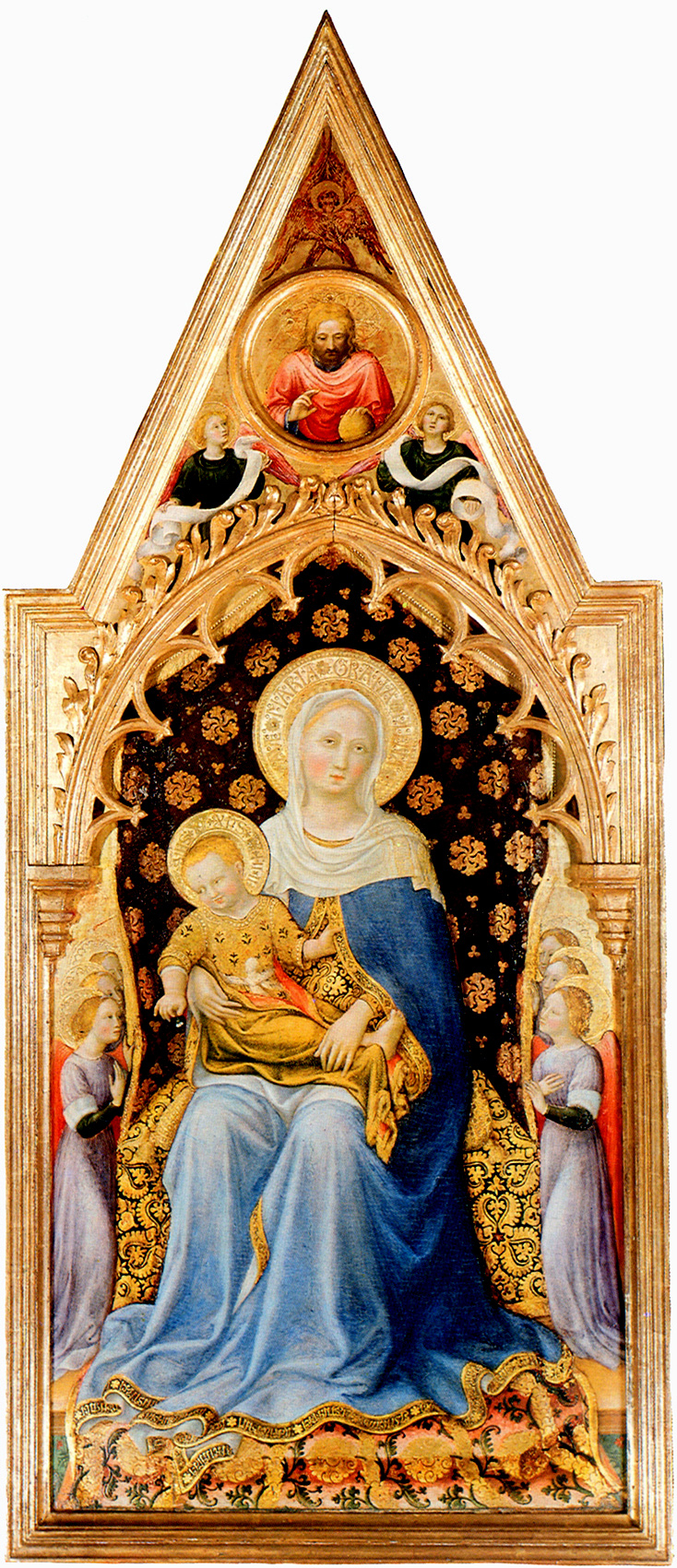
 Artemisia Gentileschi (July 8, 1593–1652)was an Italian
Baroque painter, today considered one of the most accomplished painters in the
generation after Caravaggio. In an era when women painters were not easily
accepted by the artistic community or patrons, she was the first female painter
to become a member of the Accademia di Arte del Disegno in Florence...
Artemisia Gentileschi (July 8, 1593–1652)was an Italian
Baroque painter, today considered one of the most accomplished painters in the
generation after Caravaggio. In an era when women painters were not easily
accepted by the artistic community or patrons, she was the first female painter
to become a member of the Accademia di Arte del Disegno in Florence...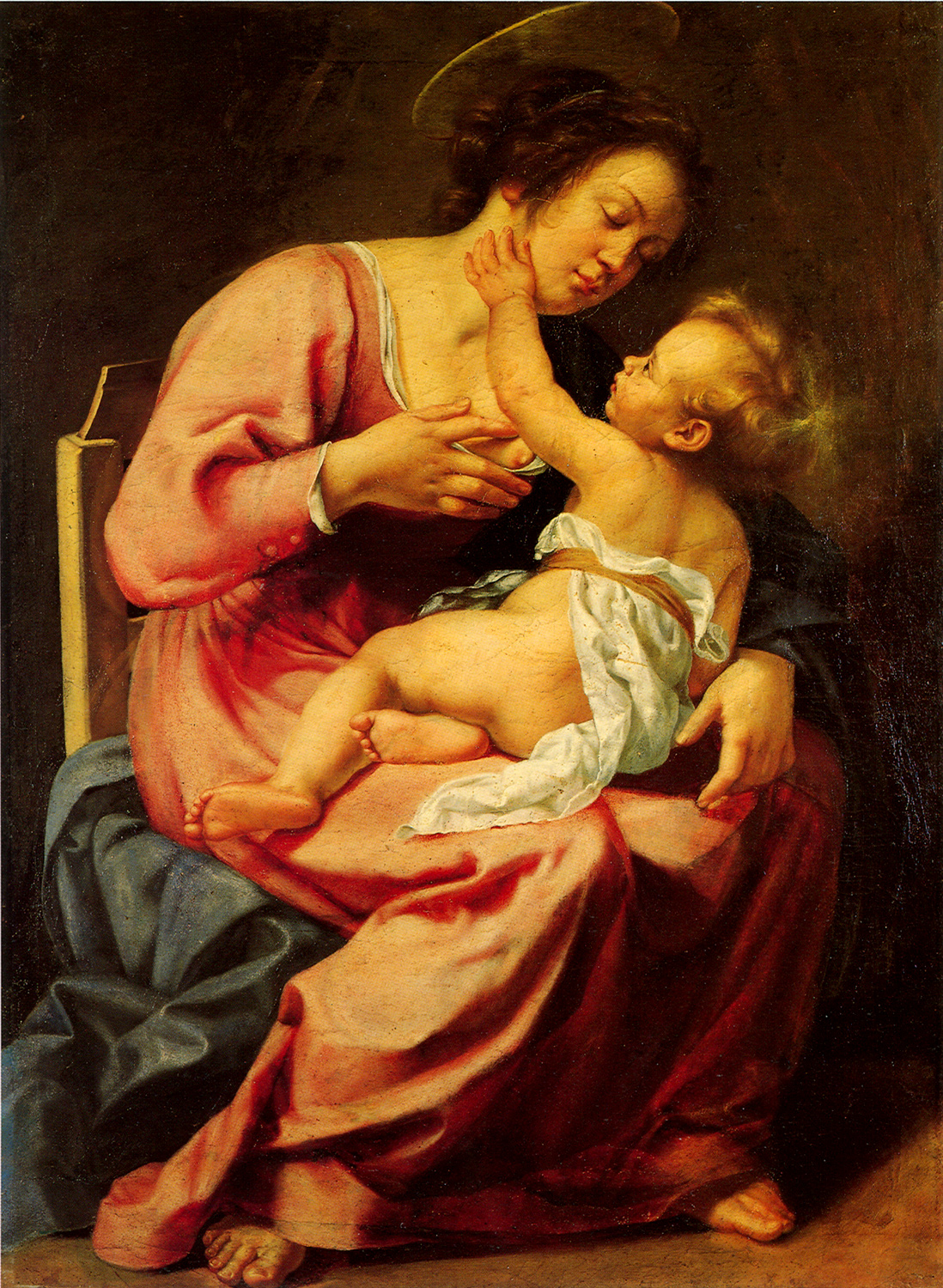
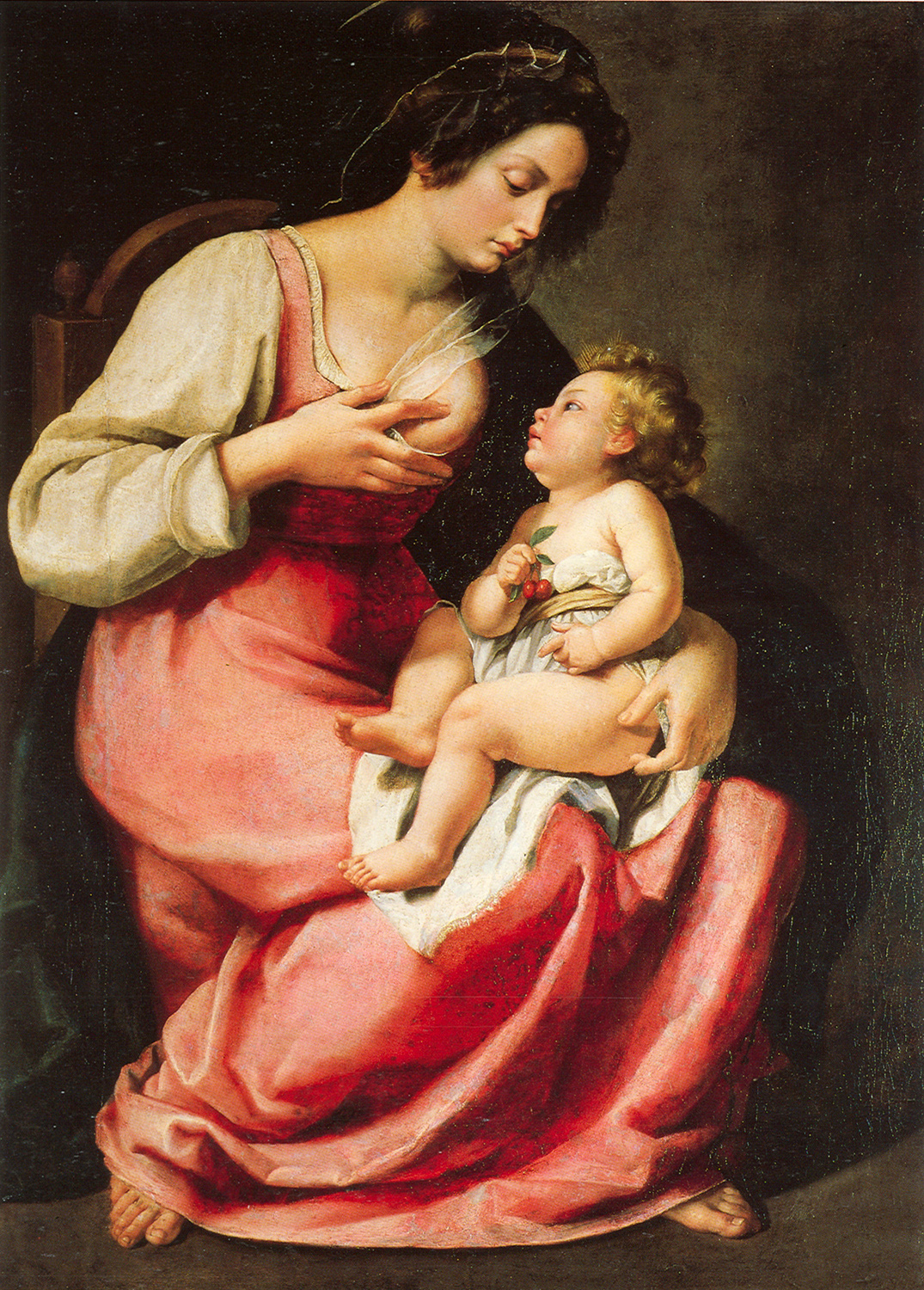
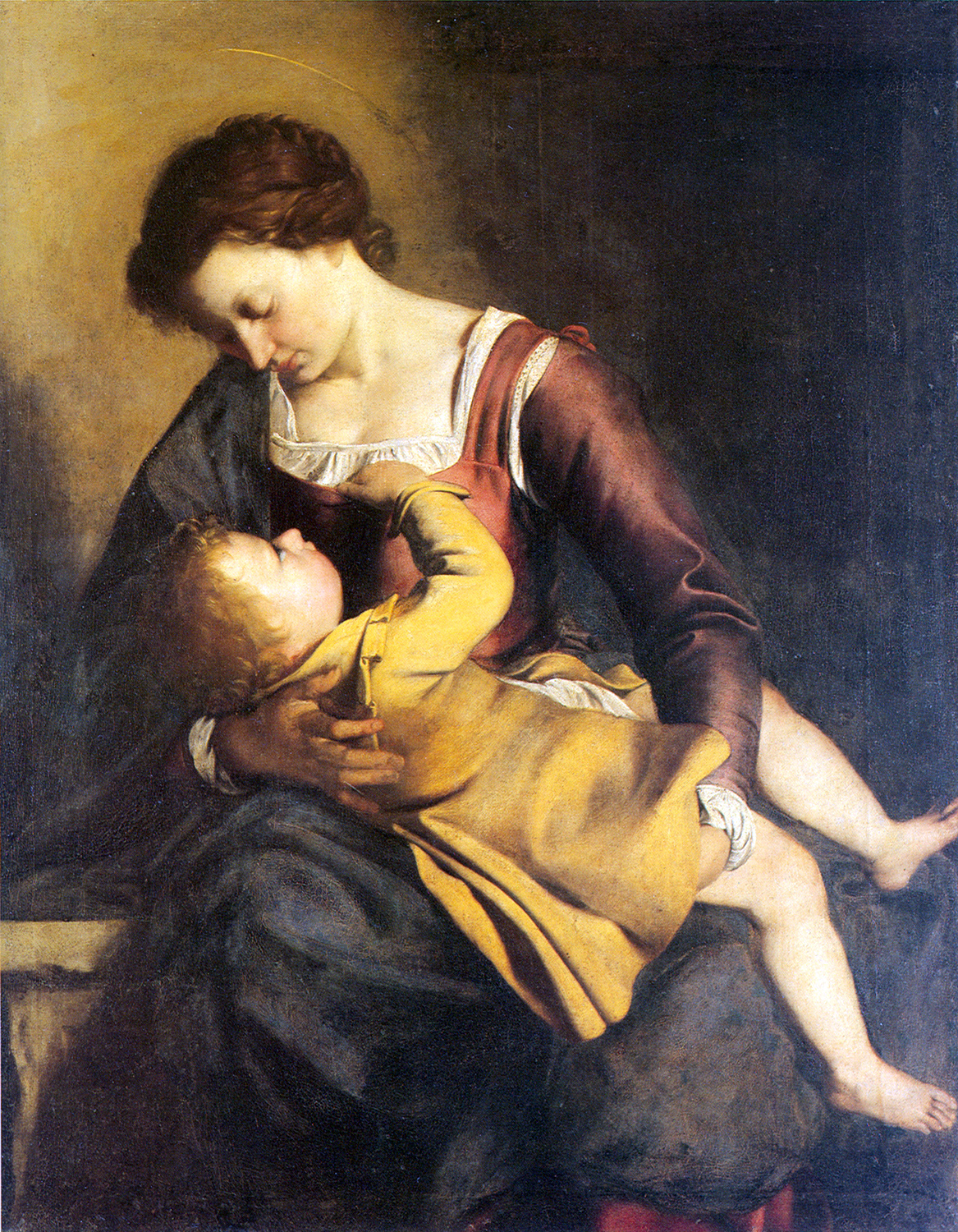
 Domenico Ghirlandaio ( 1449 – 11 January 1494) was an
Italian Renaissance painter from Florence. Among his many apprentices was
Michelangelo...
Domenico Ghirlandaio ( 1449 – 11 January 1494) was an
Italian Renaissance painter from Florence. Among his many apprentices was
Michelangelo...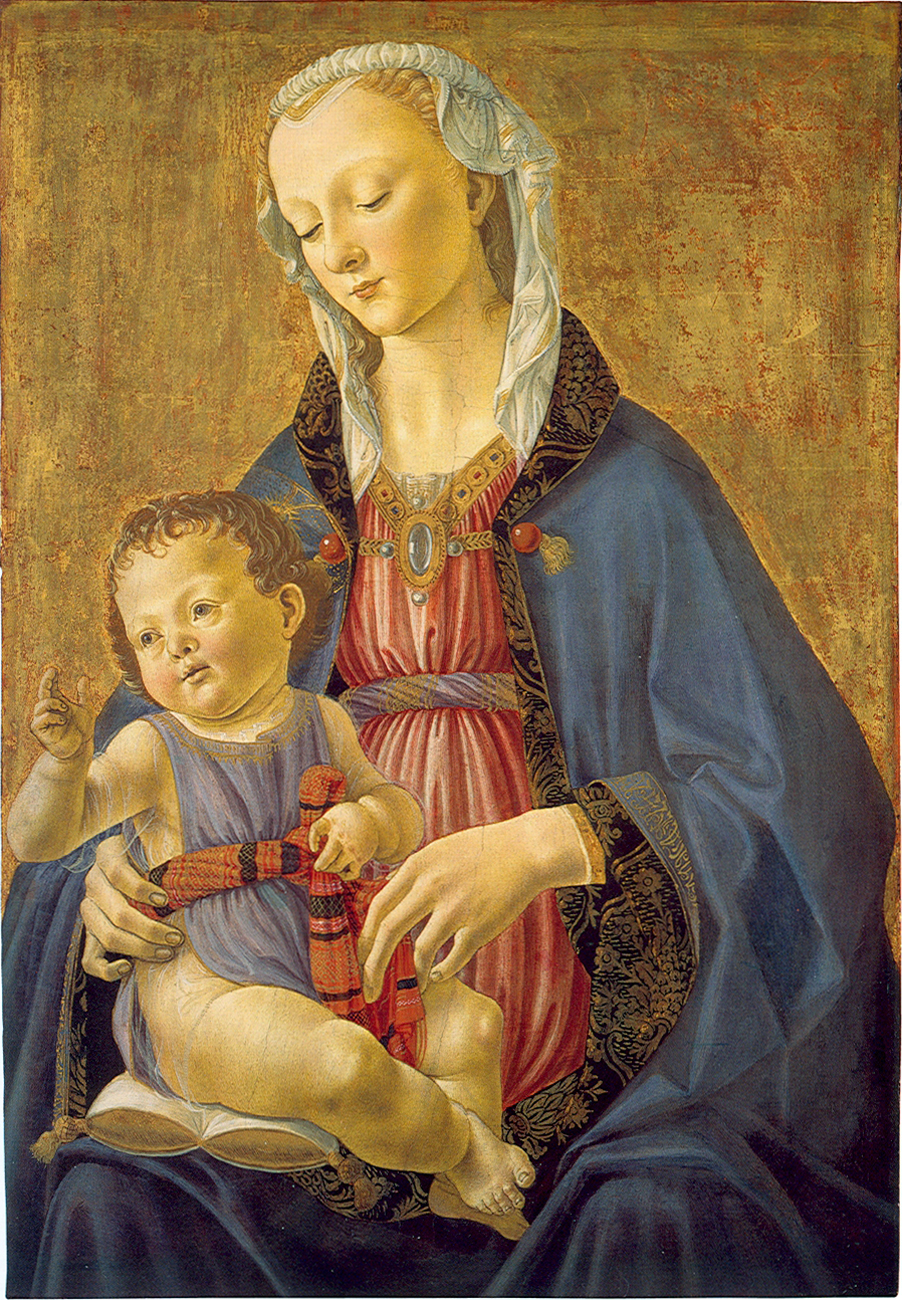
Michele Giambono (c. 1400- c. 1462) was an Italian
painter and mosaicist of the Early Renaissance in Venice. Giambono's style, in
general, remains archaic and iconic, and seems generally unaffected by
Florentine experimentation with perspective and dimensionality of figures. He
designed some of the mosaics,representing scenes from Life of the Virgin, in
the Mascoli chapel in the church of Saint Mark's Basilica. Also known as
Michele di Taddeo, Giambono, Zambone, Zambono, Bono, or Michele Giovanni Boni...
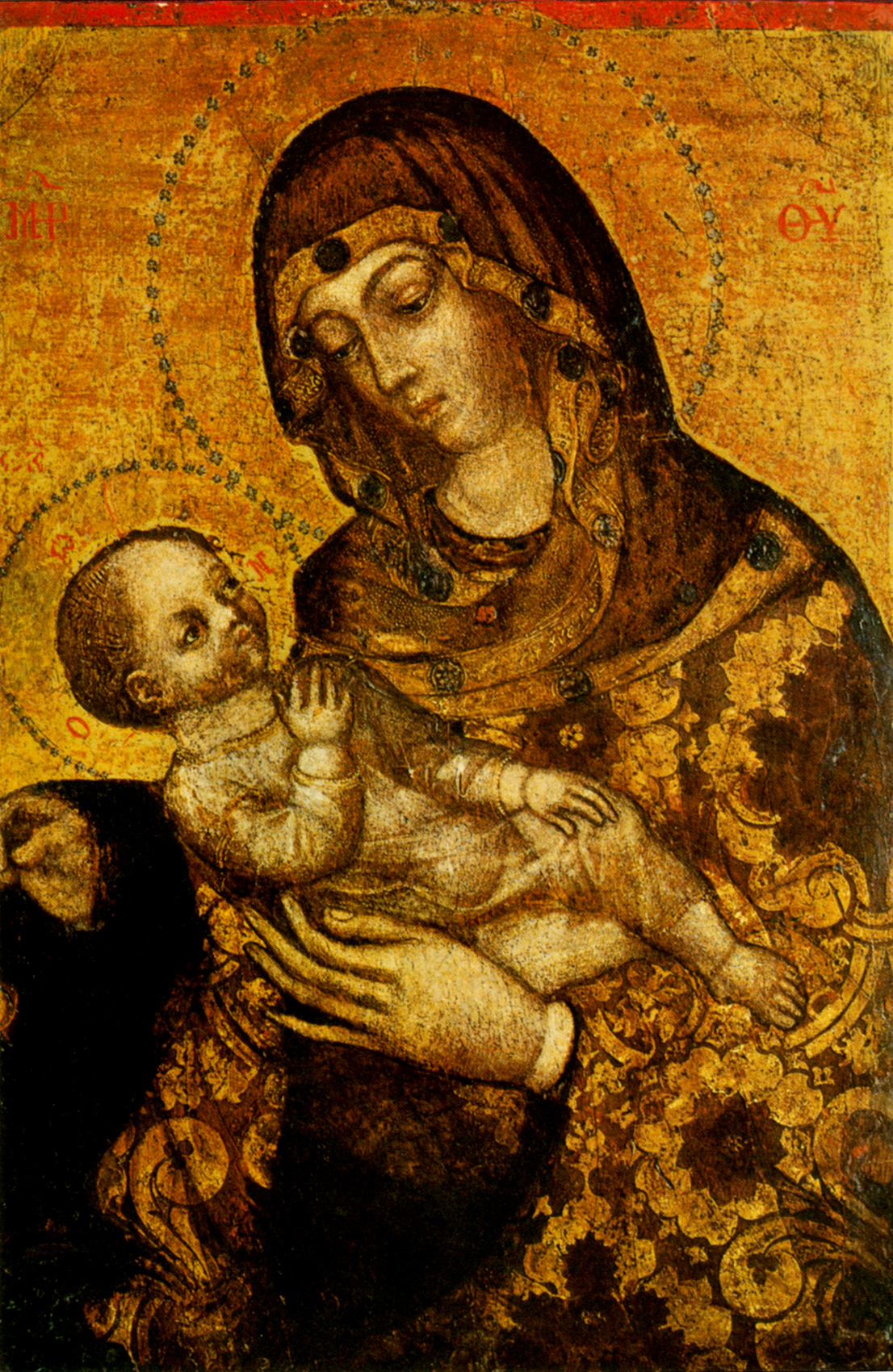

 Giotto di Bondone (1266/7 – January 8, 1337), better
known simply as Giotto, was an Italian painter and architect from Florence in
the late Middle Ages. He is generally considered the first in a line of great
artists who contributed to the Italian Renaissance...
Giotto di Bondone (1266/7 – January 8, 1337), better
known simply as Giotto, was an Italian painter and architect from Florence in
the late Middle Ages. He is generally considered the first in a line of great
artists who contributed to the Italian Renaissance...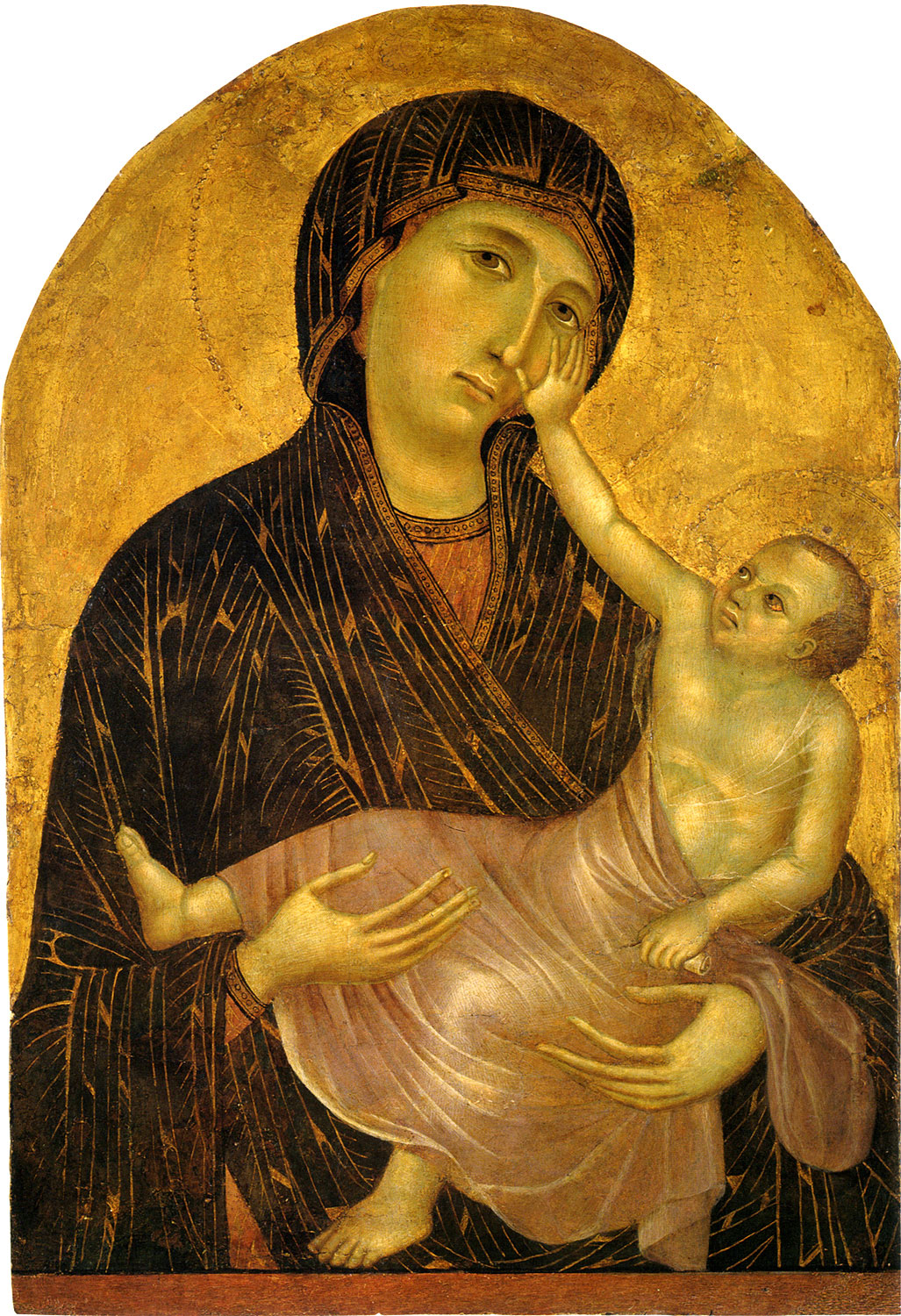
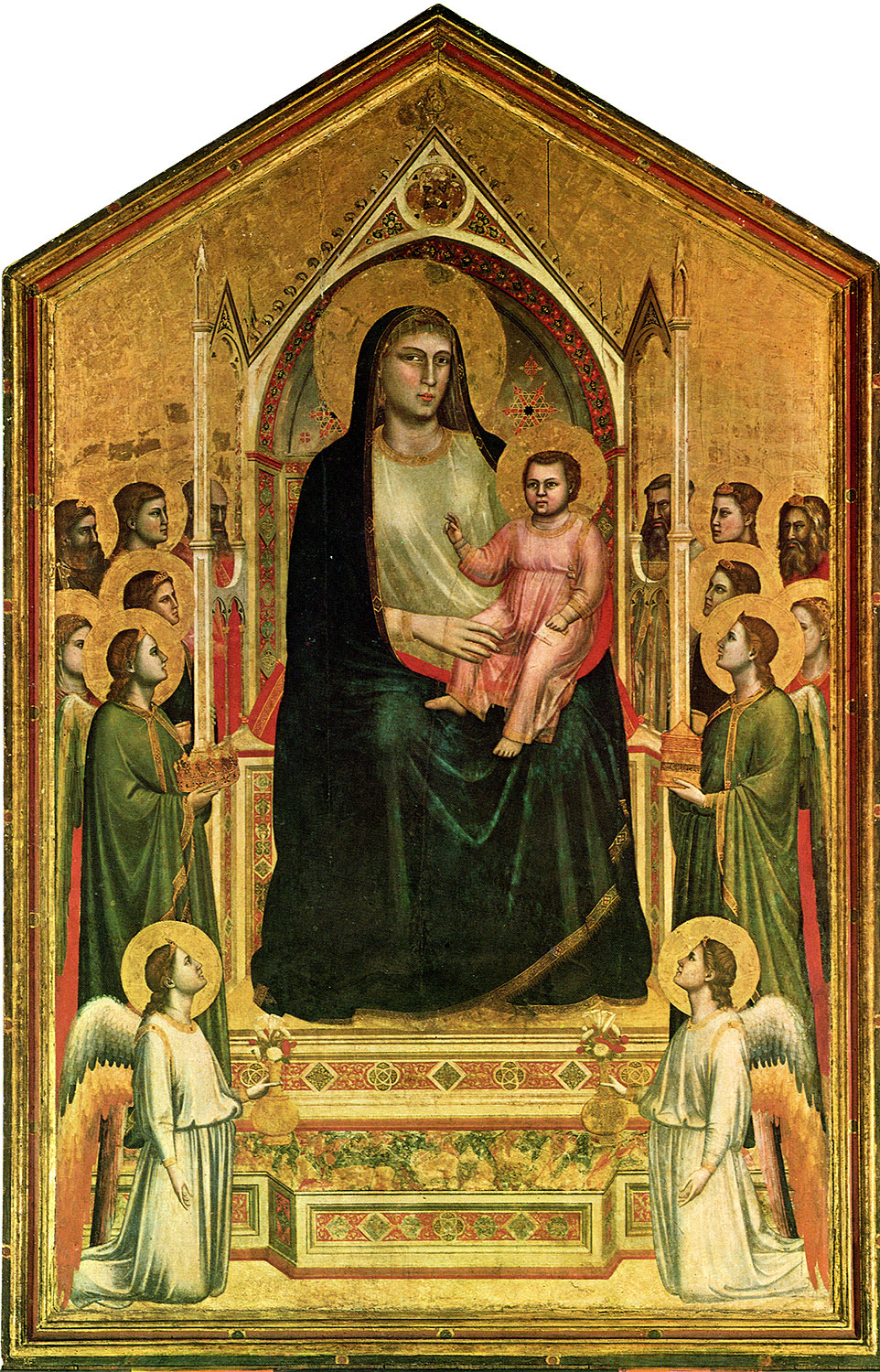
Girolamo di Giovanni di Camerino was an Italian painter,
and is generally supposed to be the son of Giovanni Boccati, and was the
painter of an altar-piece at Santa Maria del Pozzo in Monte San Martino, near
Fermo, and represents the Madonna and Child, and four Angels, between SS.
Thomas and Cyprian (1473)...
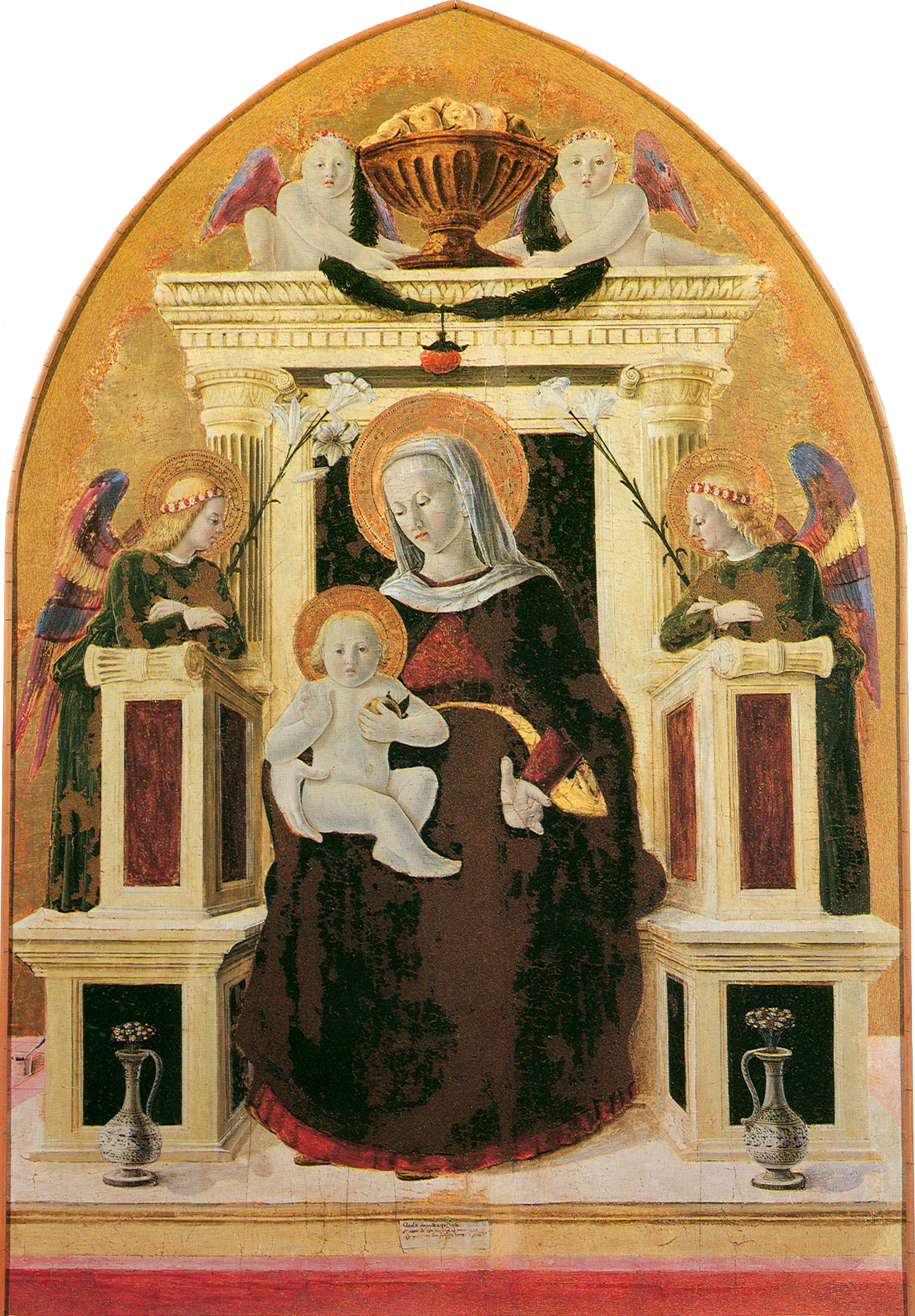
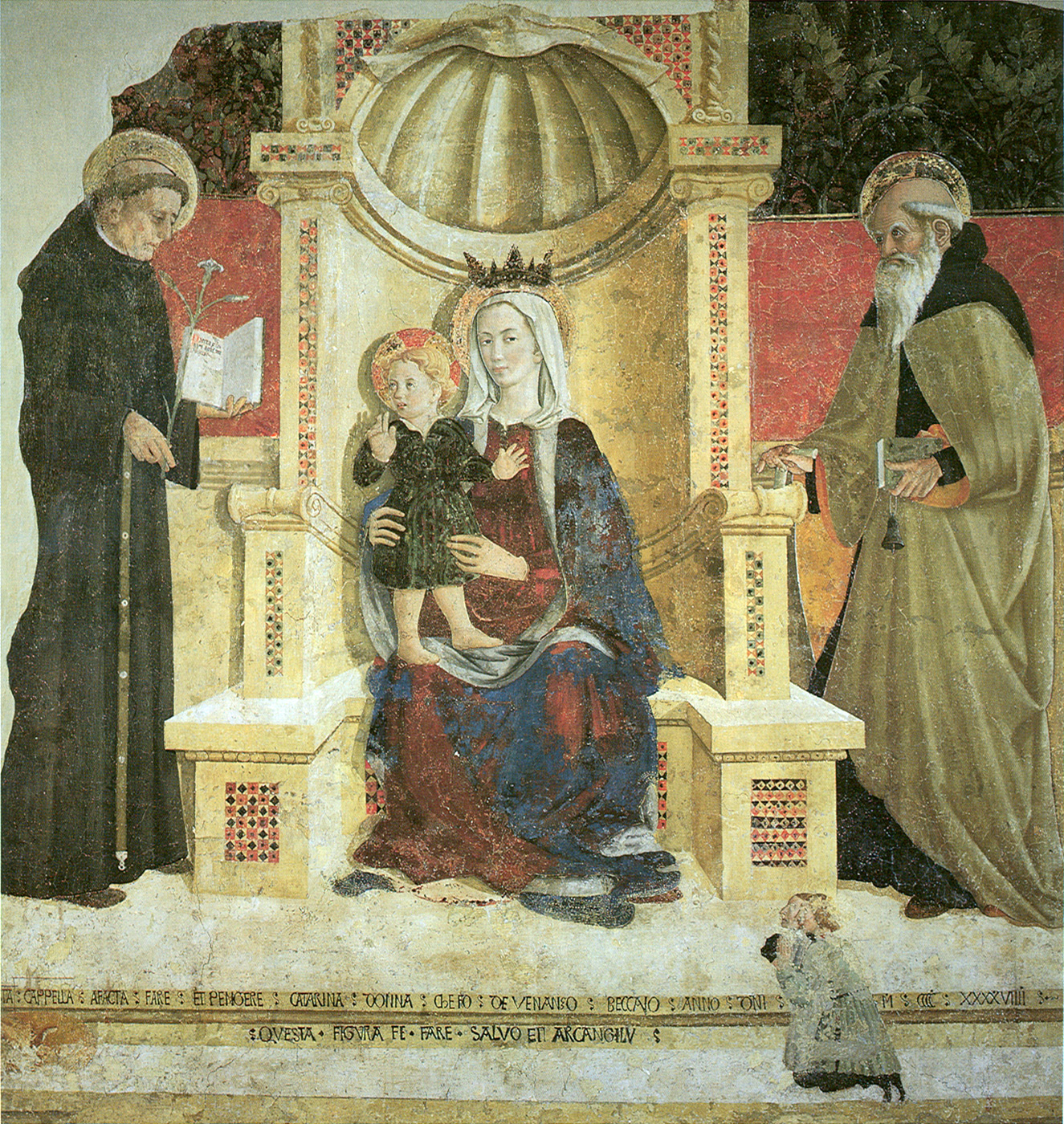
 Jan Mabuse (c. 1478 – 1 October 1532) was the name
adopted (from his birthplace, Maubeuge) by the Flemish painter Jan Gossaert; or
Jennyn van Hennegouwe (Hainaut), as he called himself when he matriculated in
the guild of St Luke, at Antwerp, in 1503...
Jan Mabuse (c. 1478 – 1 October 1532) was the name
adopted (from his birthplace, Maubeuge) by the Flemish painter Jan Gossaert; or
Jennyn van Hennegouwe (Hainaut), as he called himself when he matriculated in
the guild of St Luke, at Antwerp, in 1503...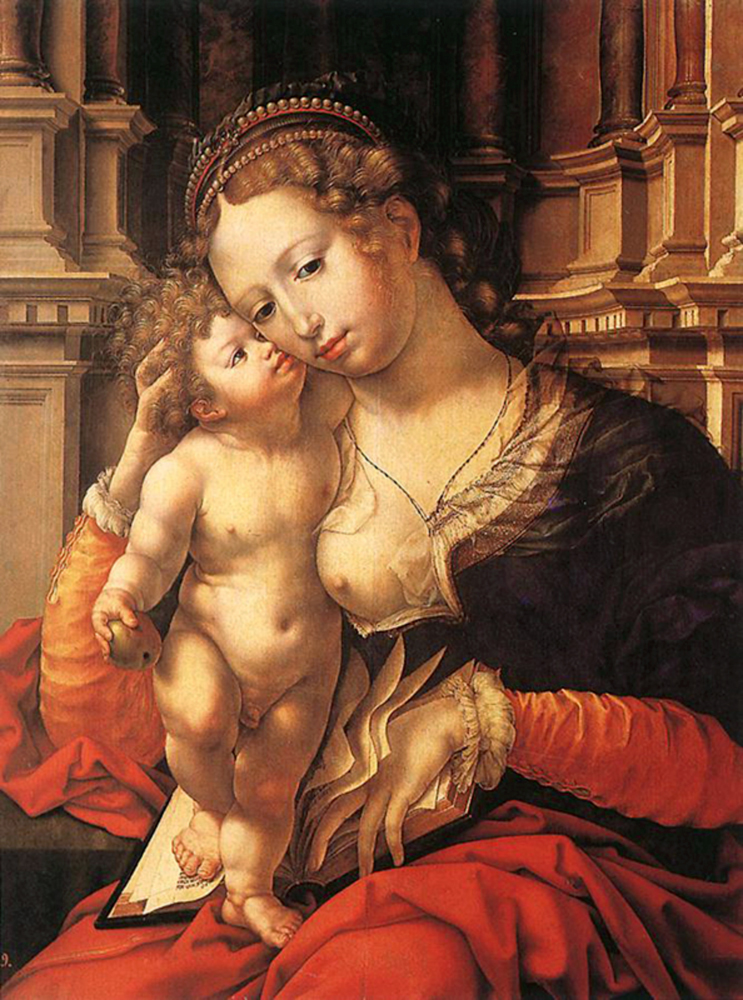

Guido of Siena, was an Italian Byzantine style painter of
the 13th century... The name Guido is known from the large panel in the church
of S. Domenico in Siena of the Virgin and Child Enthroned ... Beyond this,
little is known of Guido da Siena and his place in Sienese painting before
Duccio. Because he is the only Sienese painter of the time to have surviving
works on panel with a signature, he is often viewed as the most important
artistic personality at the time and the first master of the great Sienese
school of painting. However, Bellosi has attempted to associate some
"Guidesque" works with the names Dietsalvi di Speme and Guido di
Graziano, who are documented with the painting of Biccherna book covers for the
Sienese commune in the 1270s...
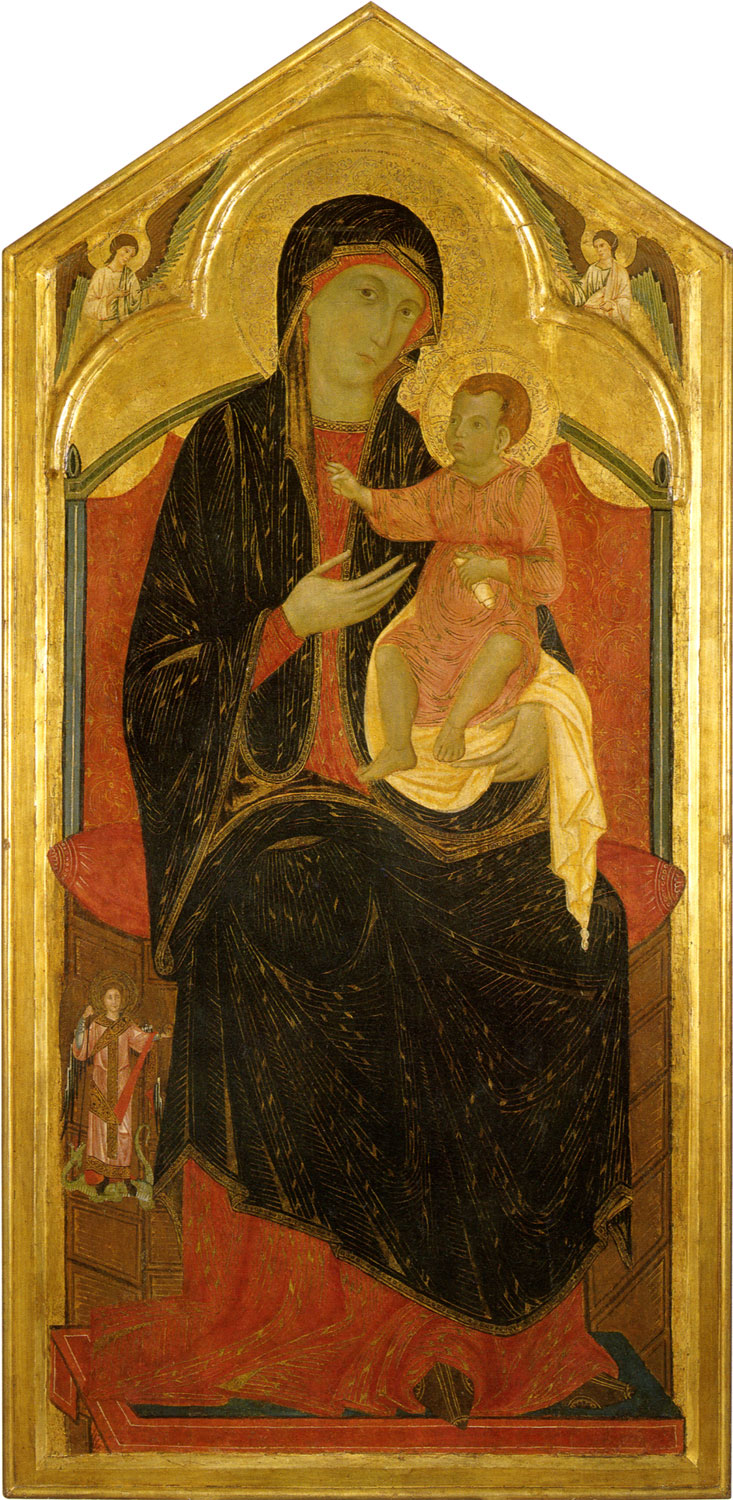
 Leonardo di ser Piero da Vinci ( April 15, 1452 – May 2,
1519, Old Style) was an Italian Renaissance polymath: painter, sculptor,
architect, musician, scientist, mathematician, engineer, inventor, anatomist,
geologist, cartographer, botanist, and writer whose genius, perhaps more than
that of any other figure, epitomized the Renaissance humanist ideal. Leonardo
has often been described as the archetype of the Renaissance Man, a man of
"unquenchable curiosity" and "feverishly inventive imagination"...
Leonardo di ser Piero da Vinci ( April 15, 1452 – May 2,
1519, Old Style) was an Italian Renaissance polymath: painter, sculptor,
architect, musician, scientist, mathematician, engineer, inventor, anatomist,
geologist, cartographer, botanist, and writer whose genius, perhaps more than
that of any other figure, epitomized the Renaissance humanist ideal. Leonardo
has often been described as the archetype of the Renaissance Man, a man of
"unquenchable curiosity" and "feverishly inventive imagination"...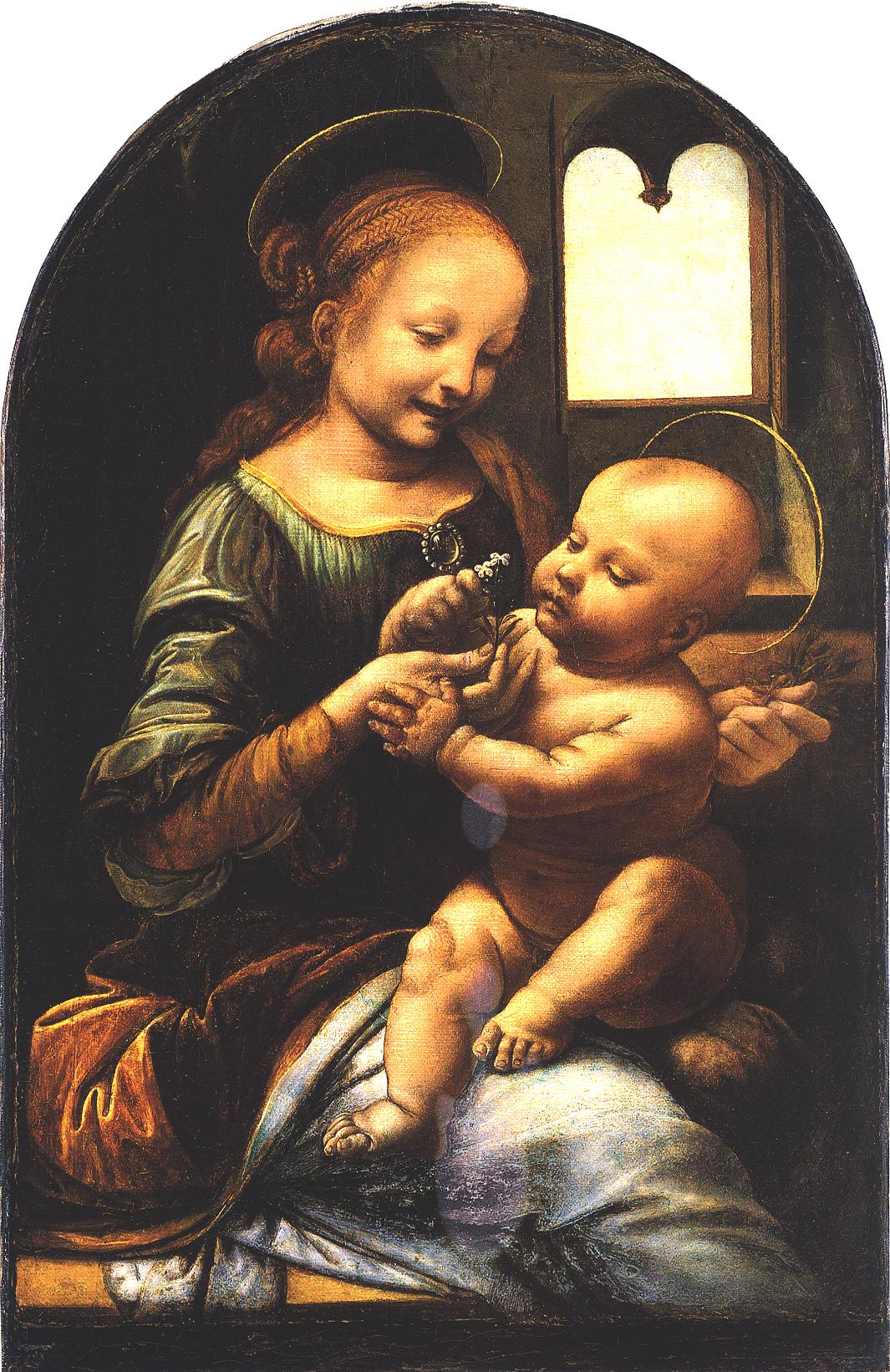
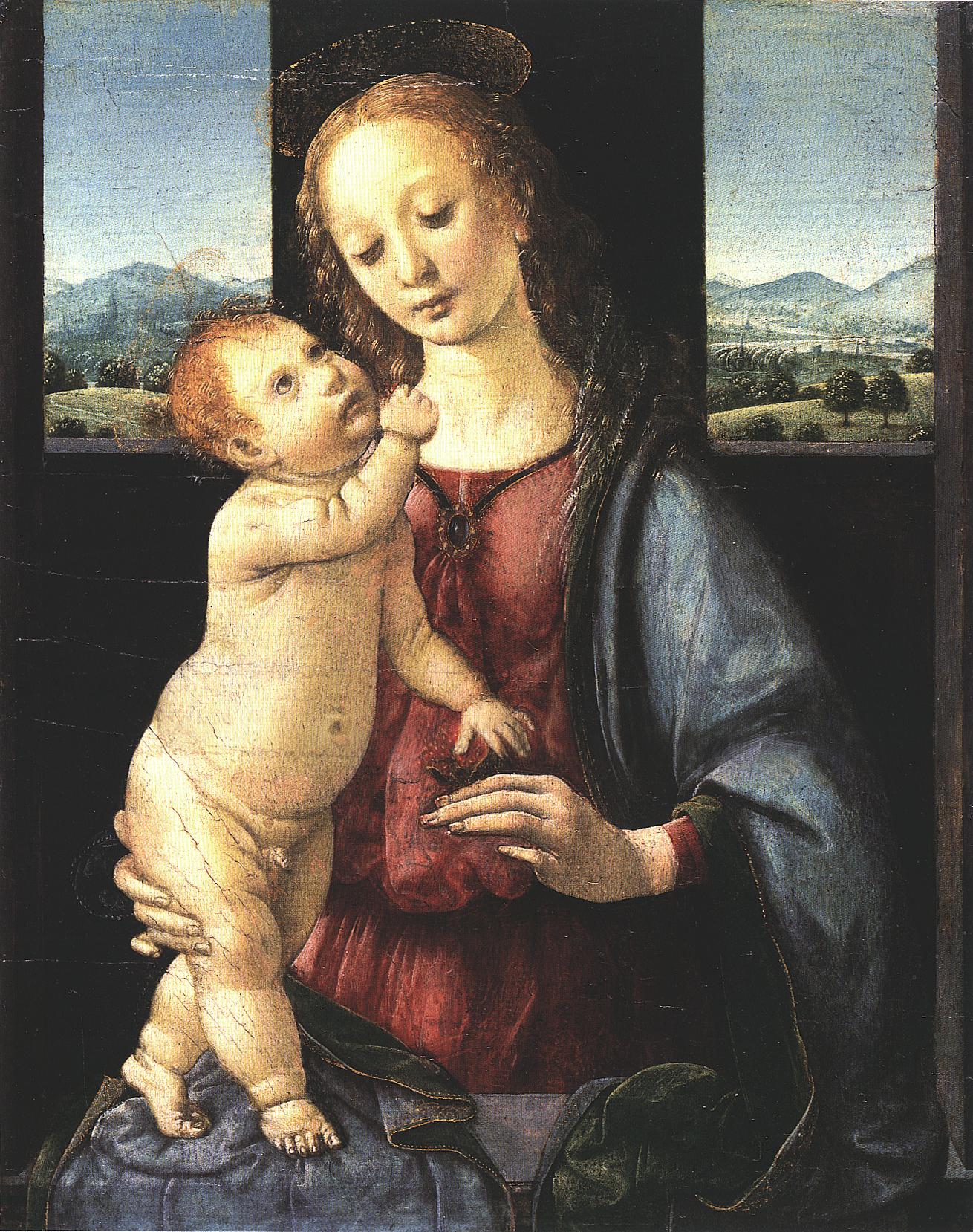
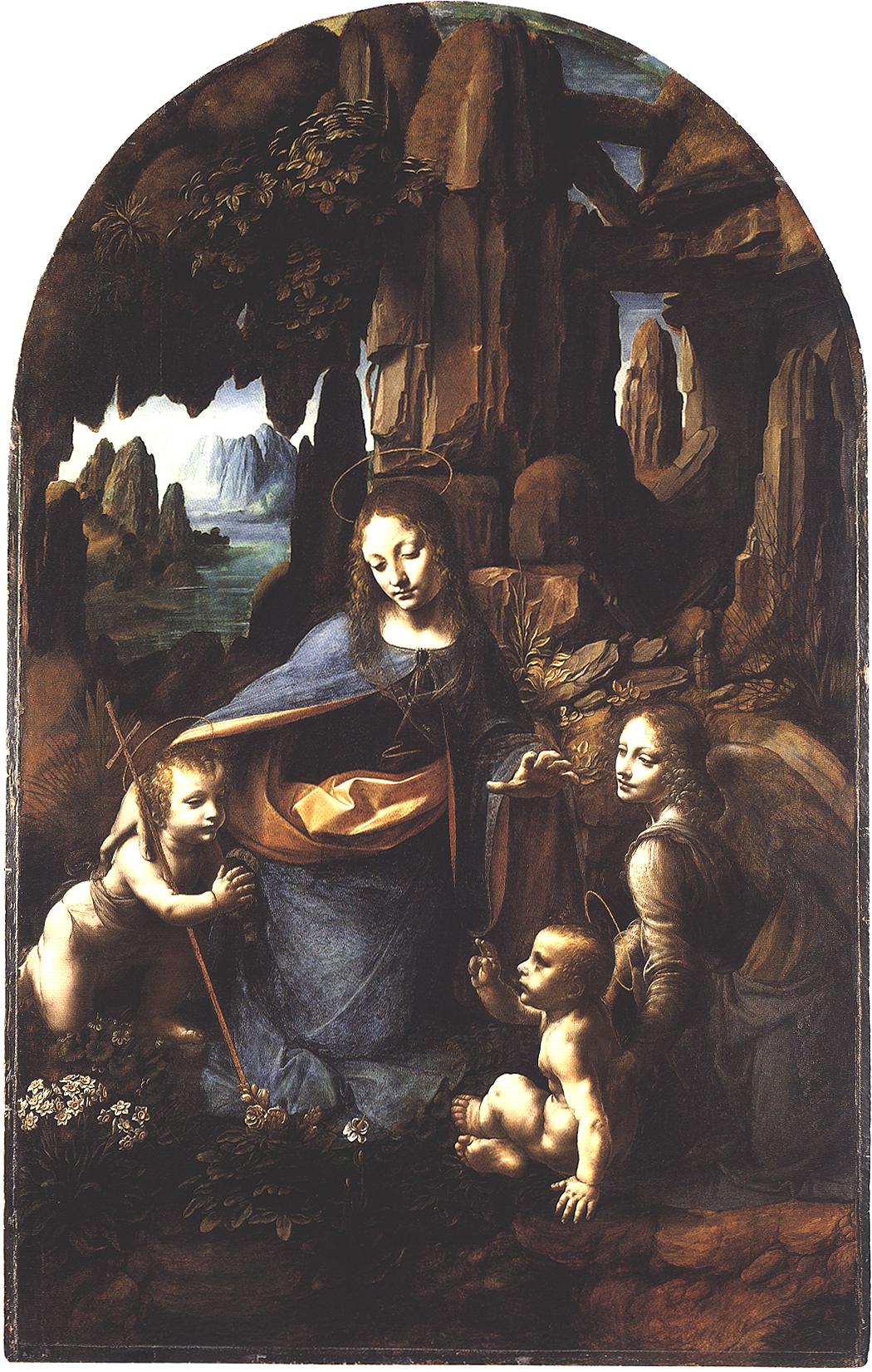
 Filippino Lippi (Prato, c. 1457 – April 1504) was an
Italian painter working during the High Renaissance in Florence, Italy...
Filippino Lippi (Prato, c. 1457 – April 1504) was an
Italian painter working during the High Renaissance in Florence, Italy...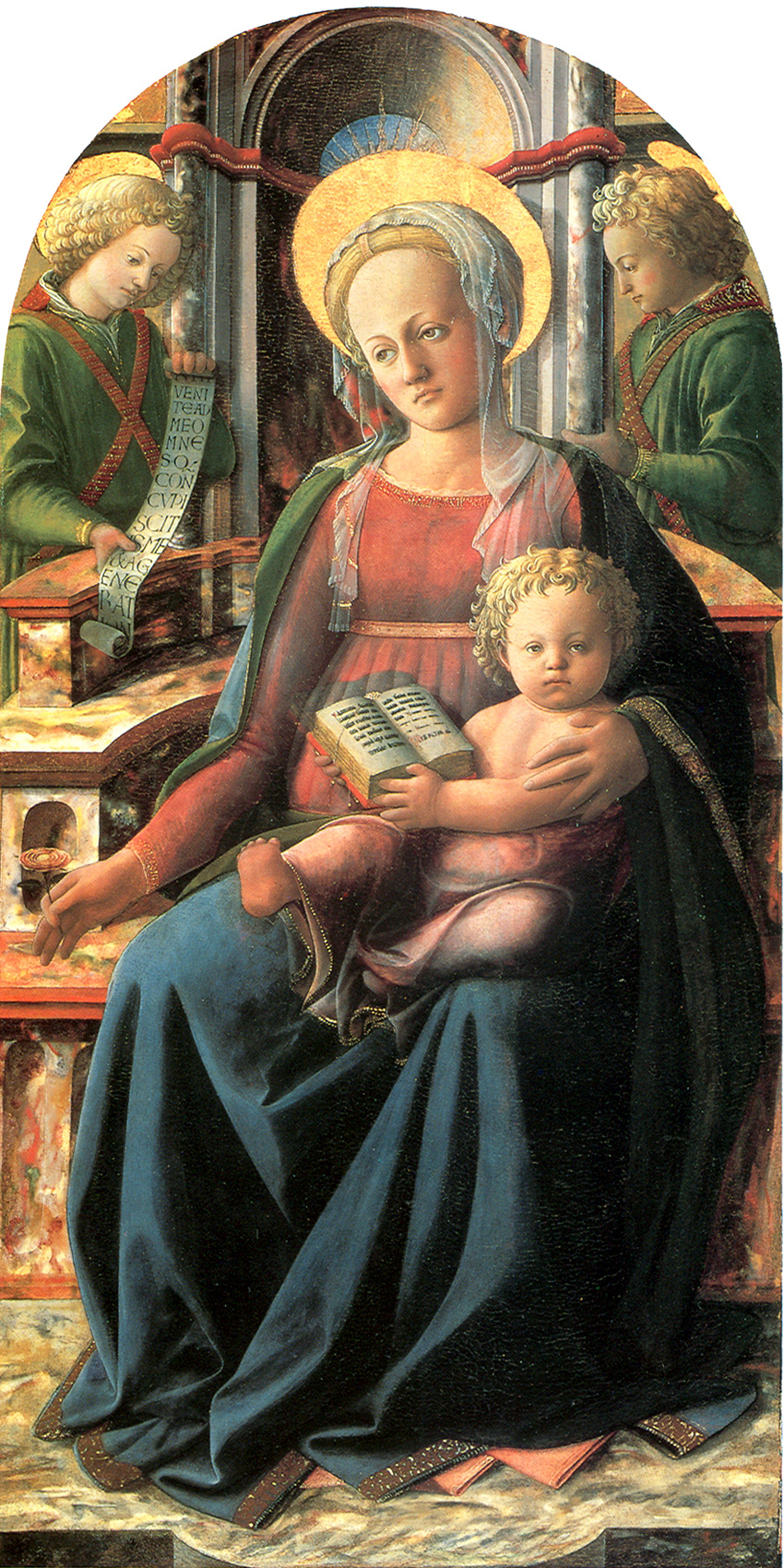
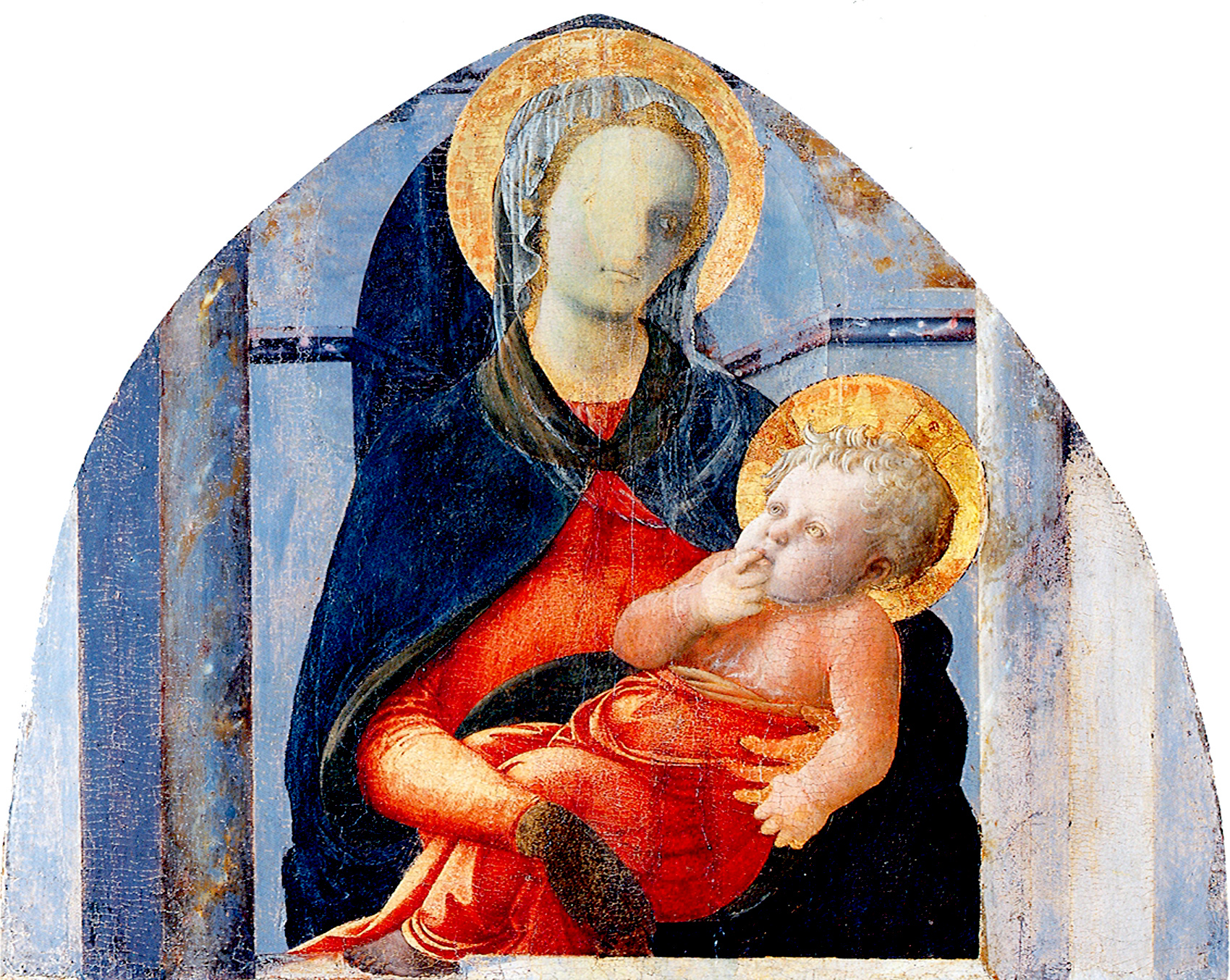
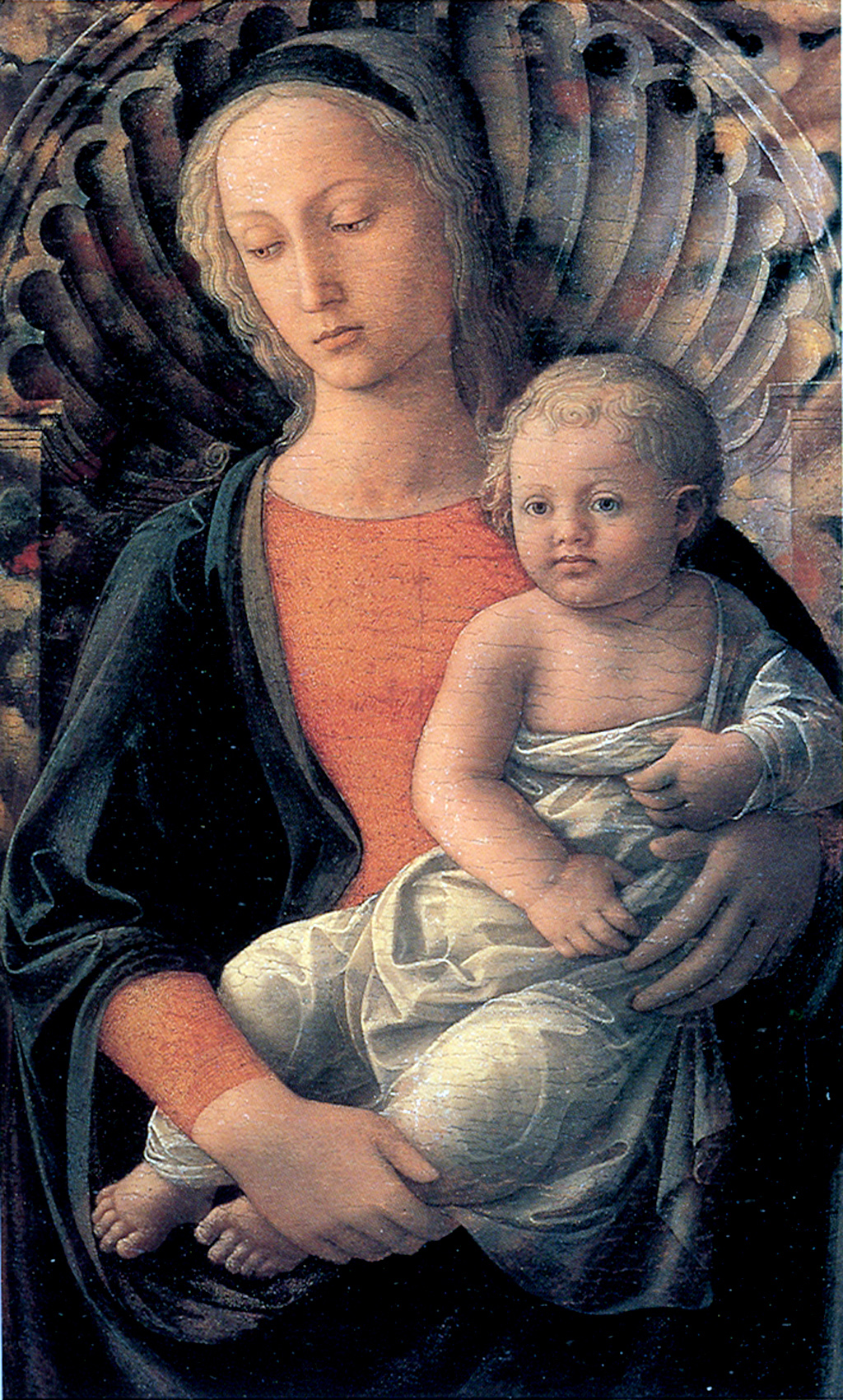
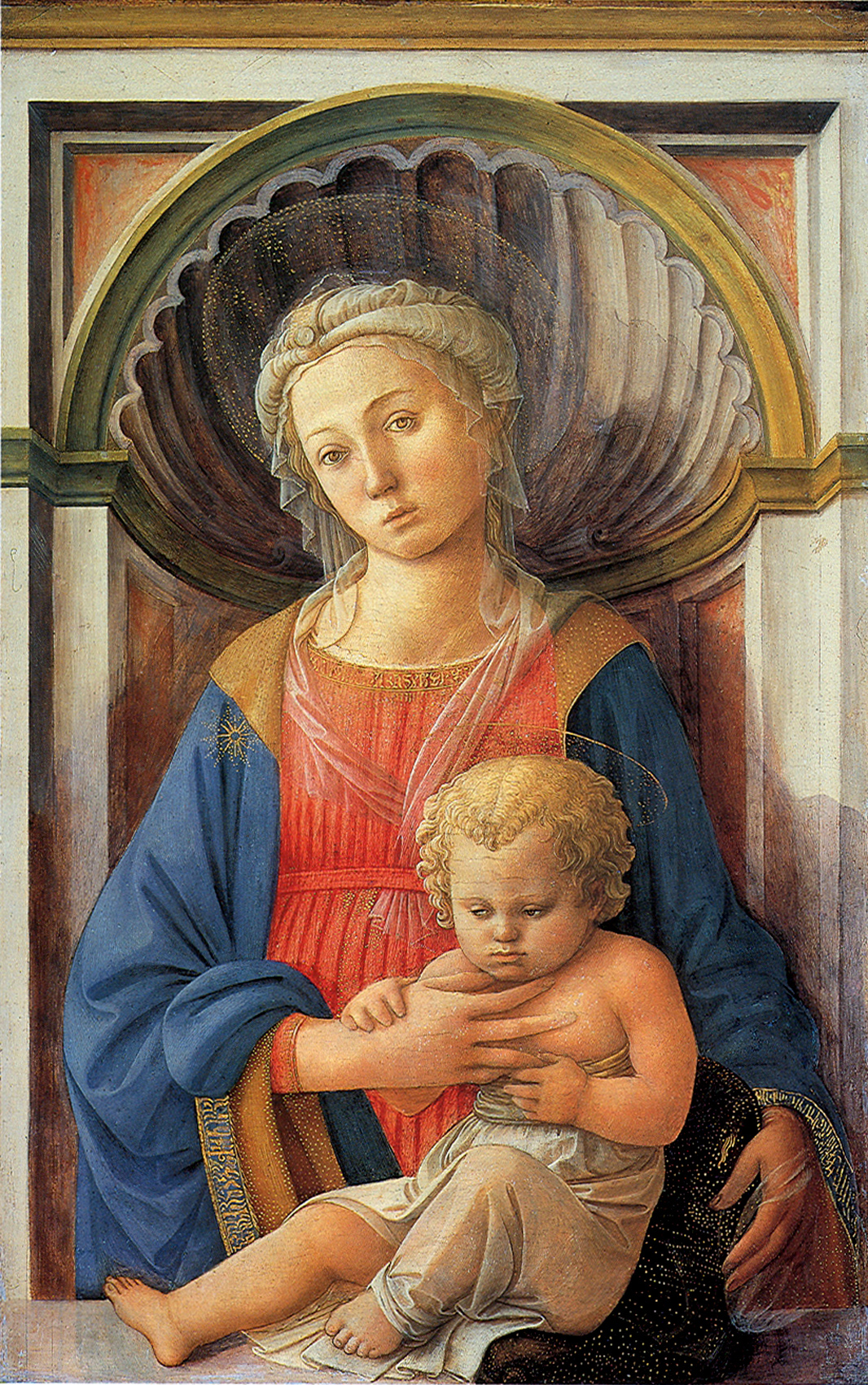
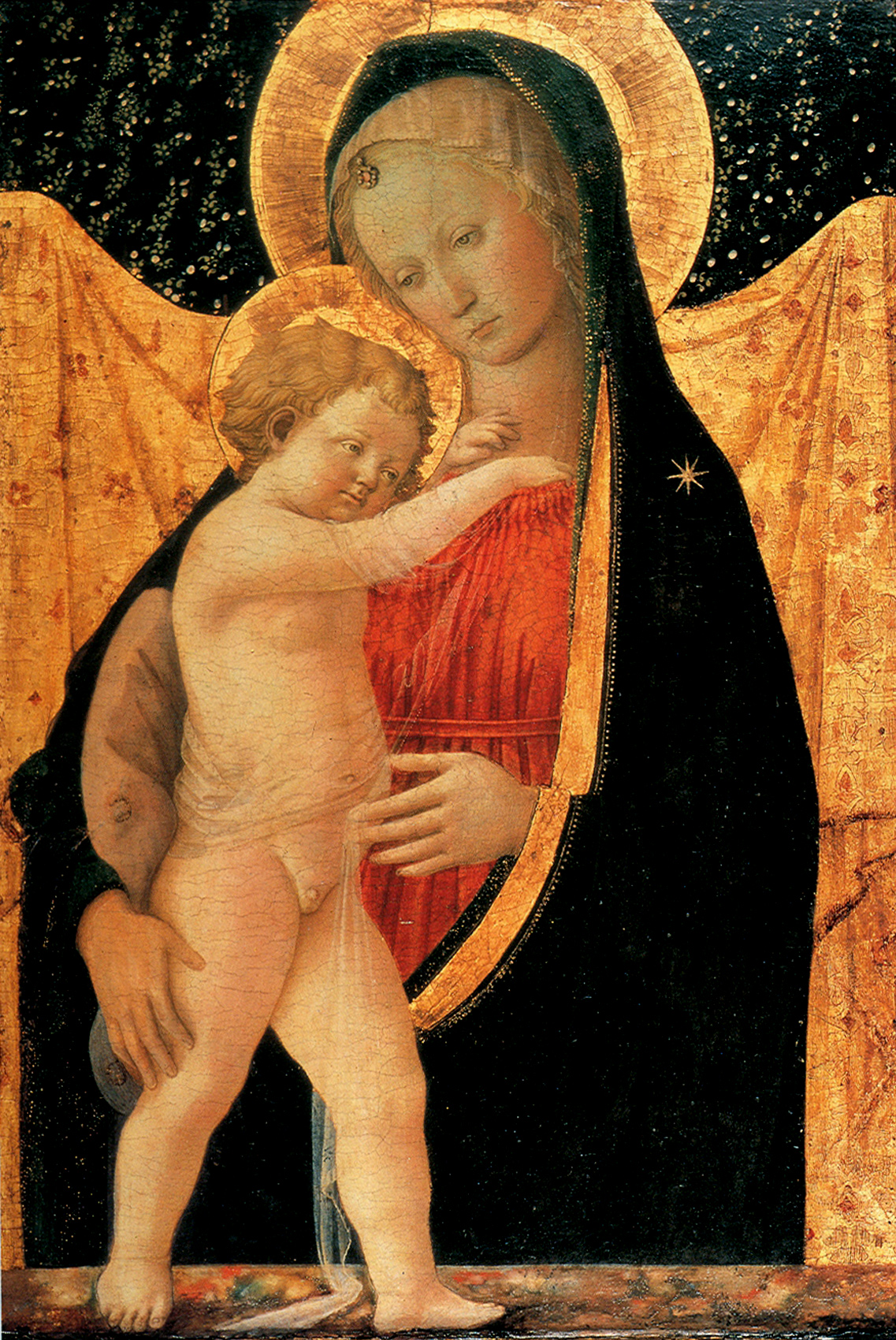
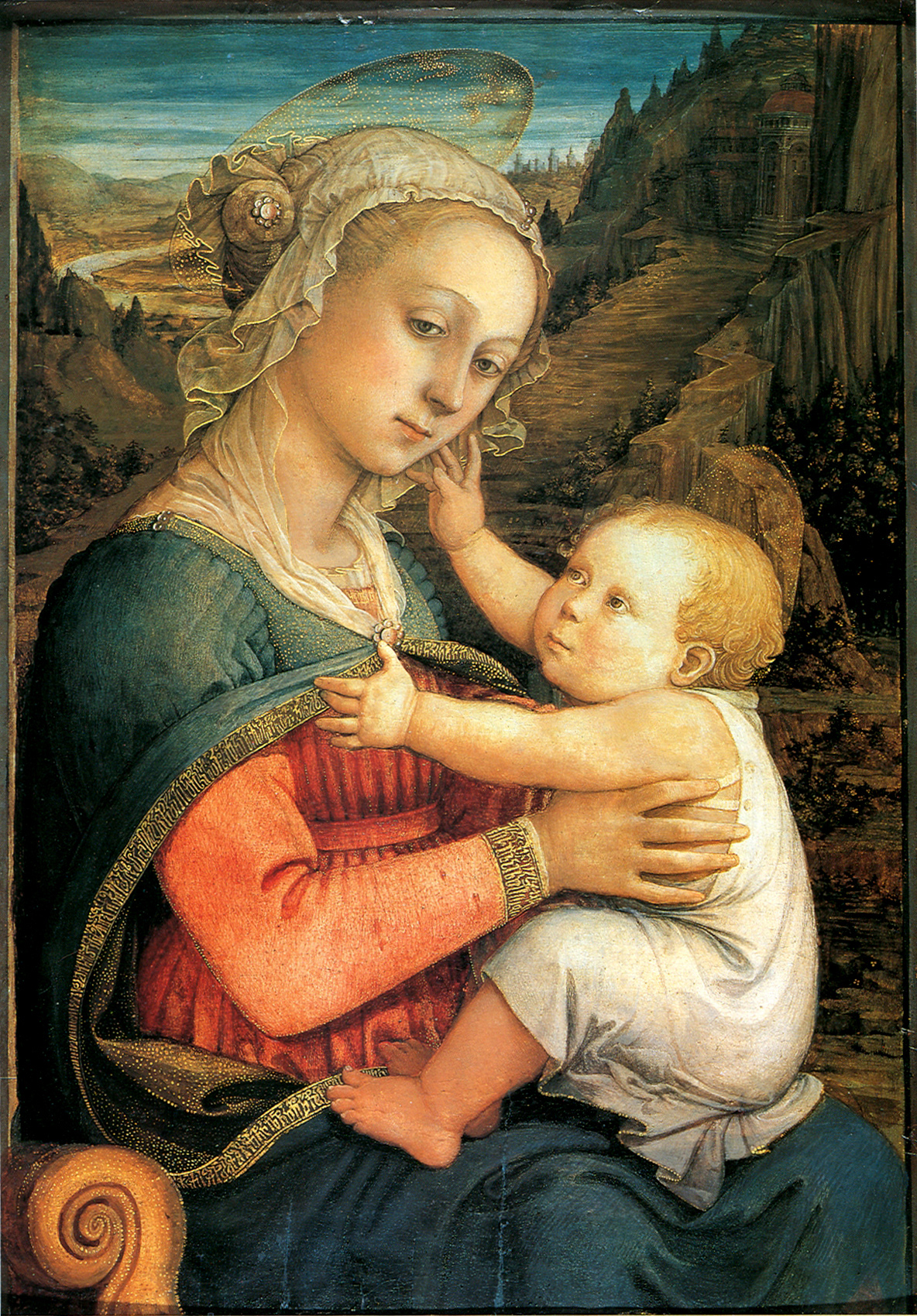
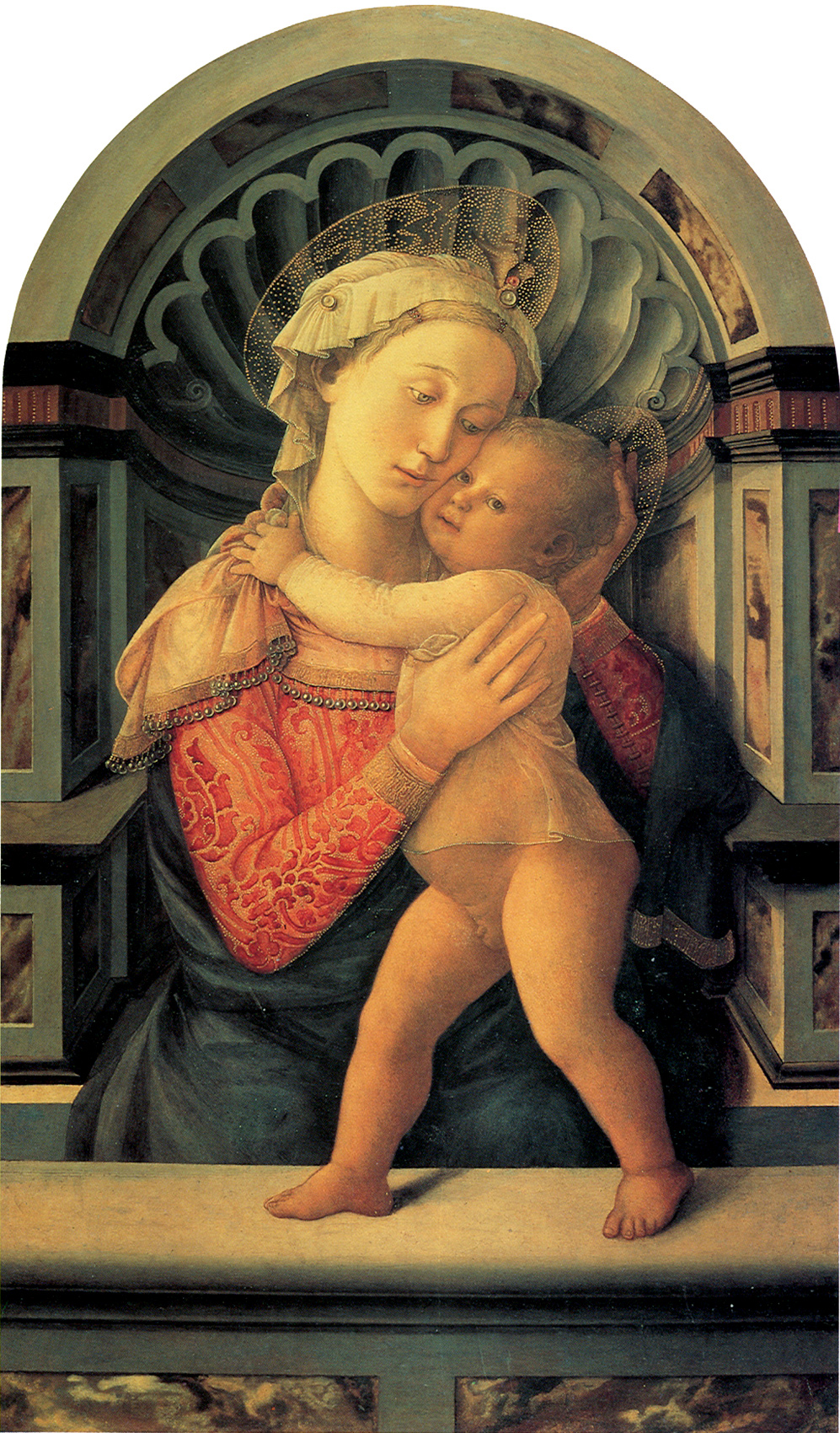
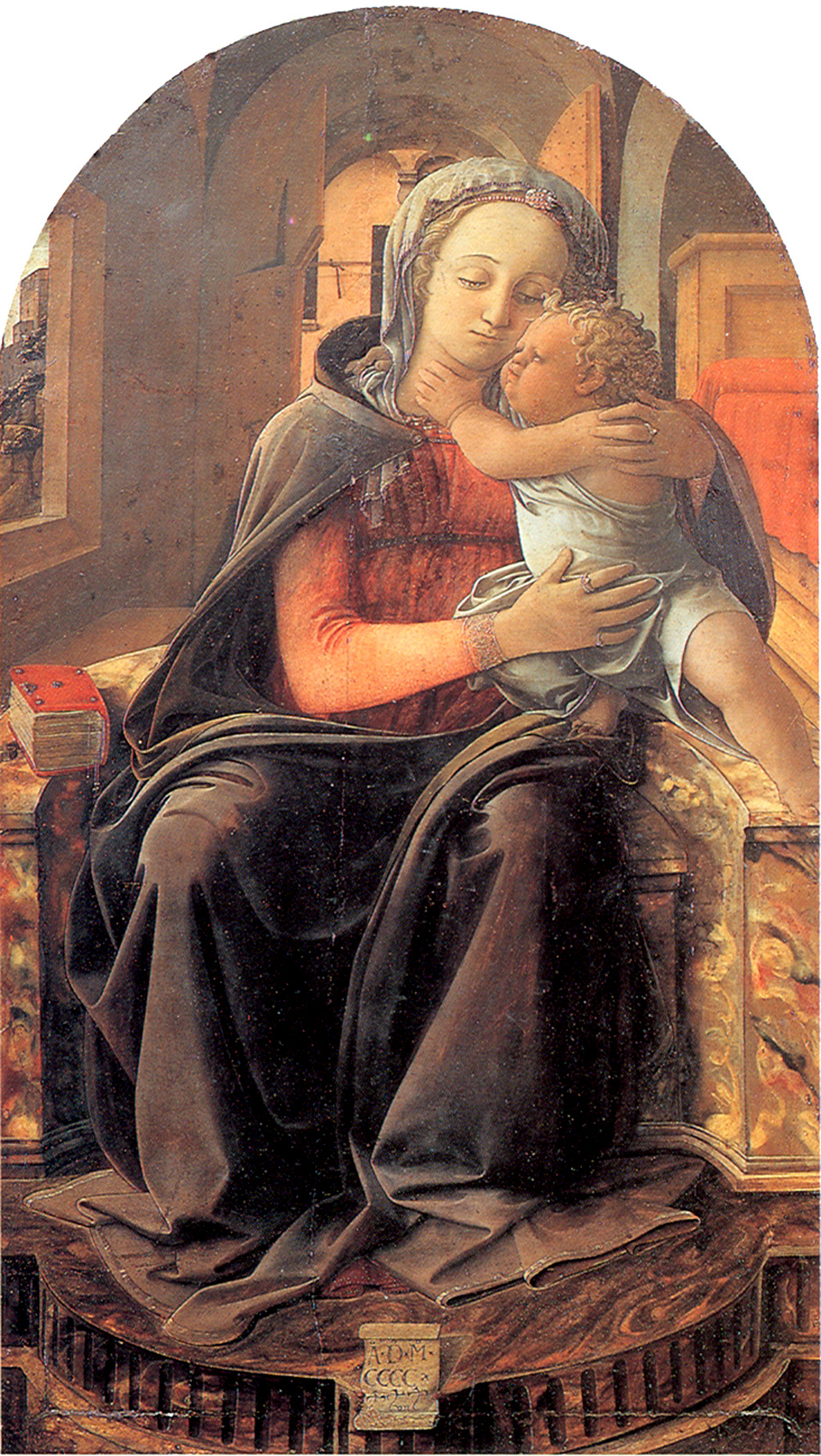
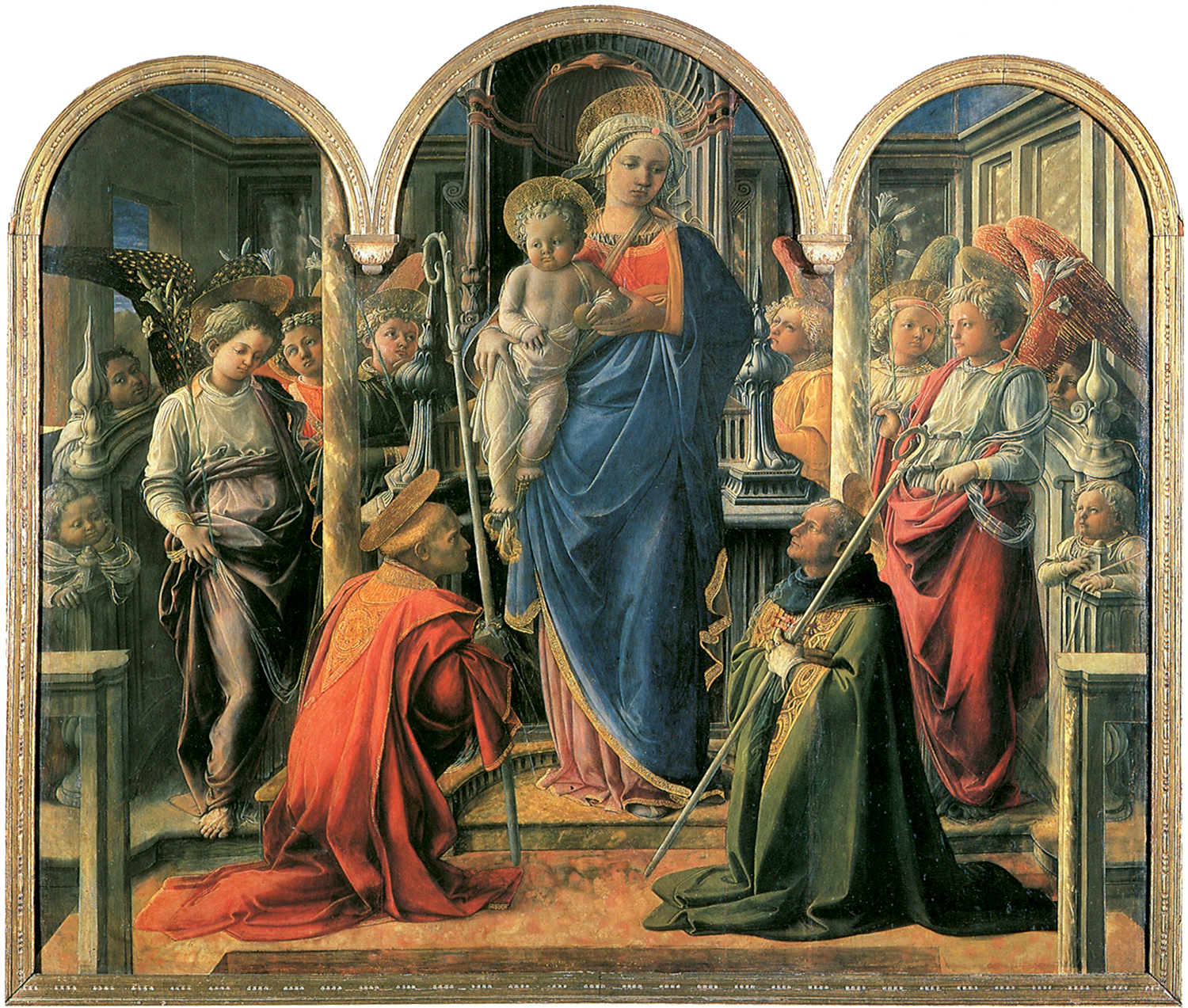
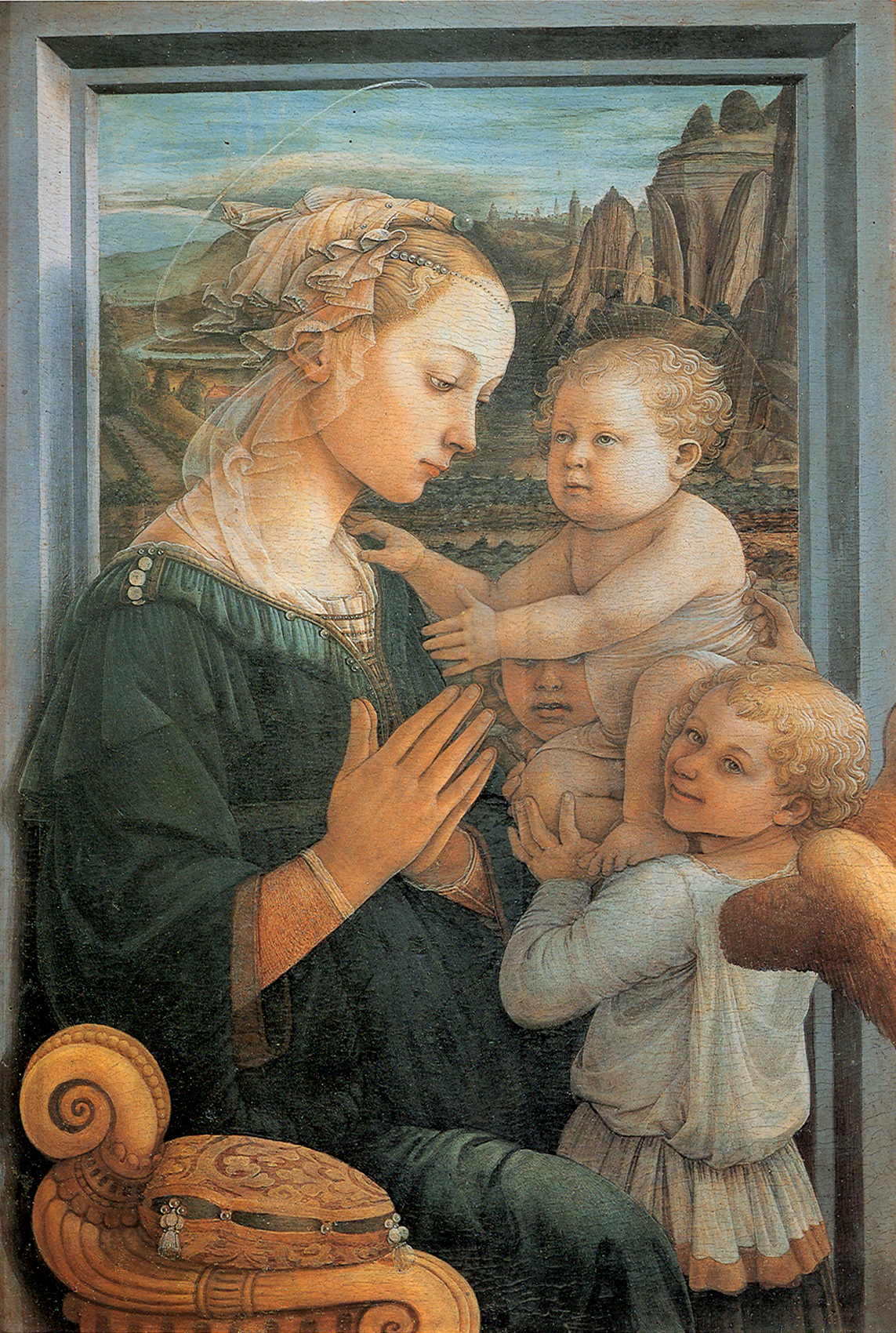
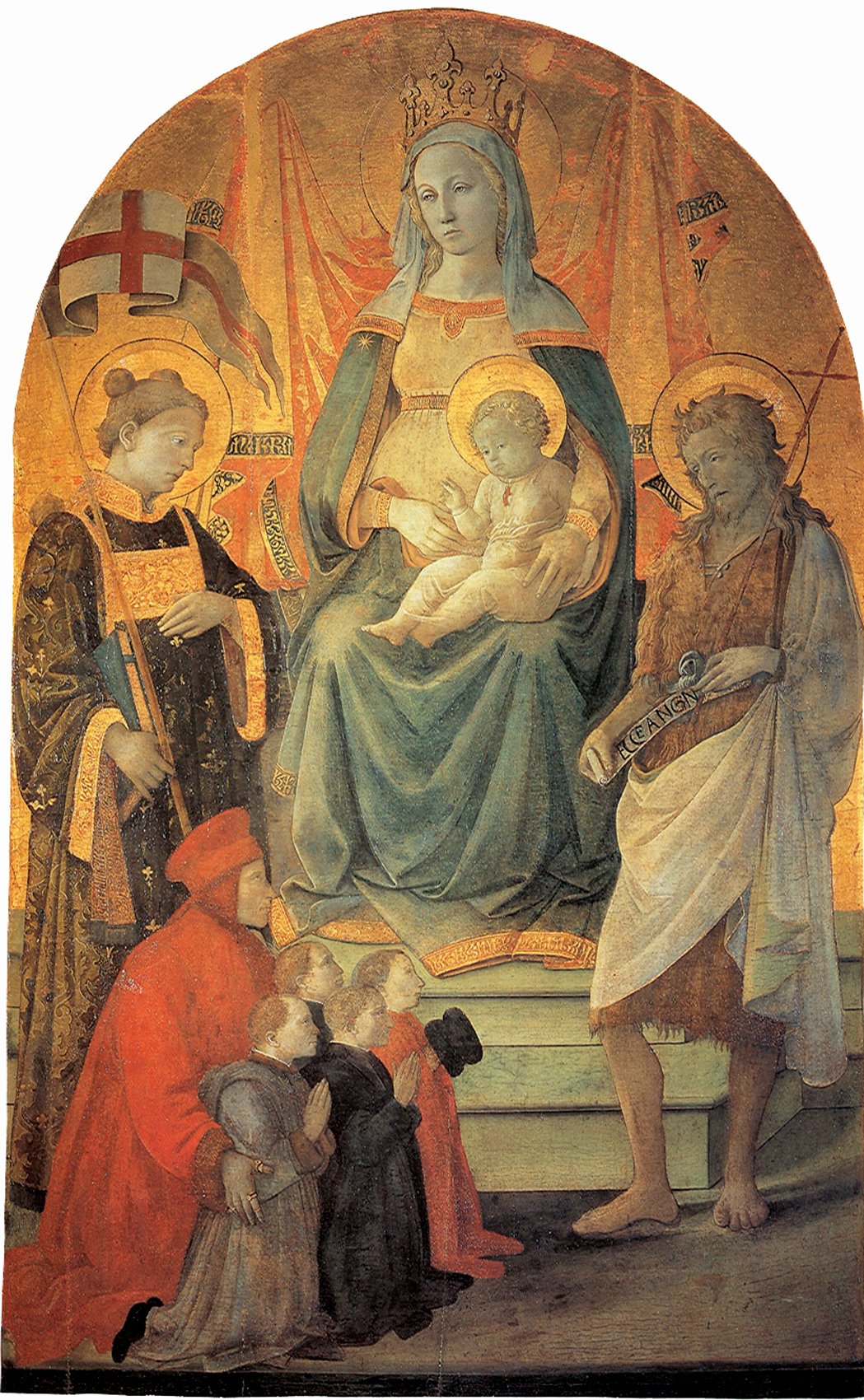
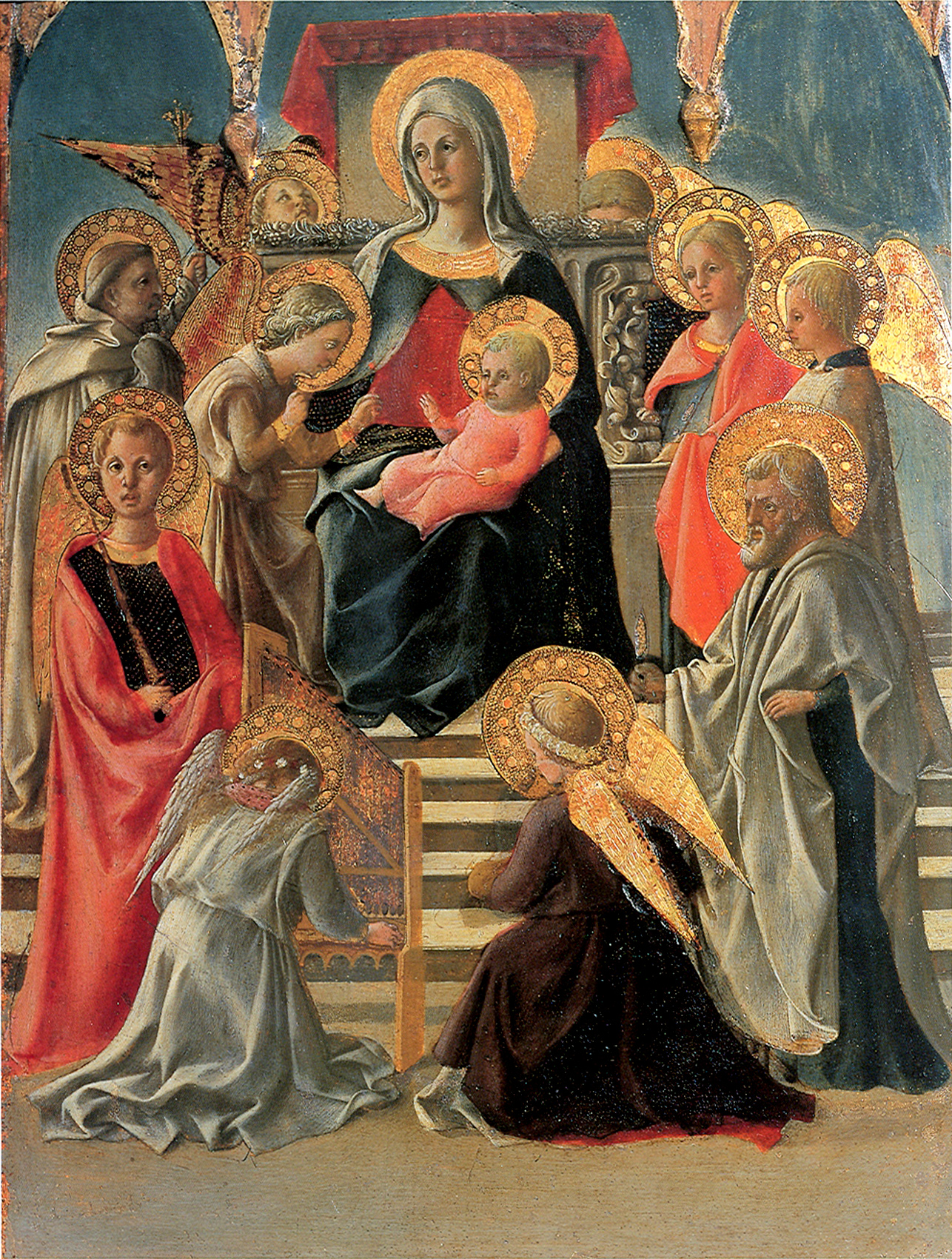
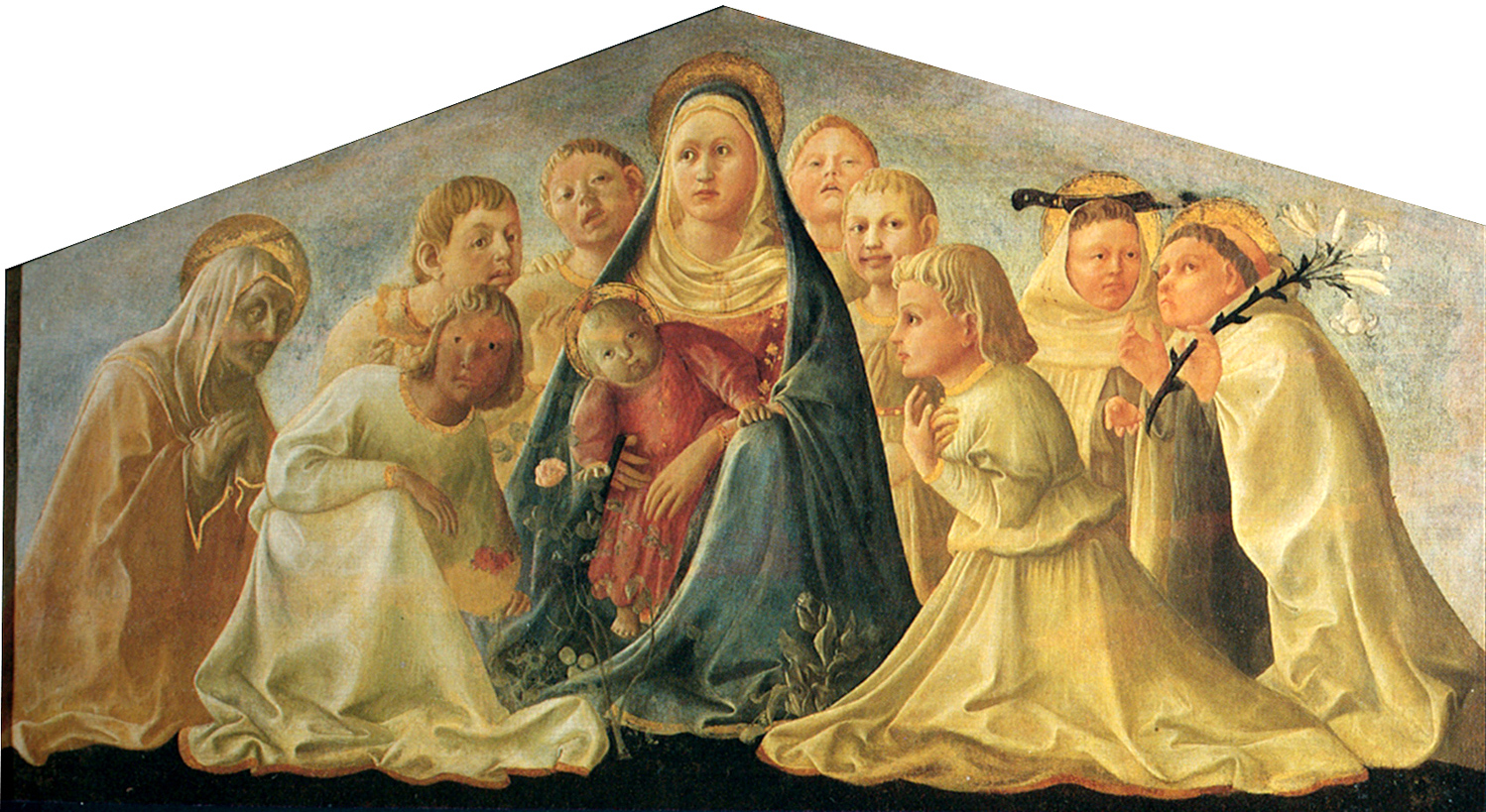
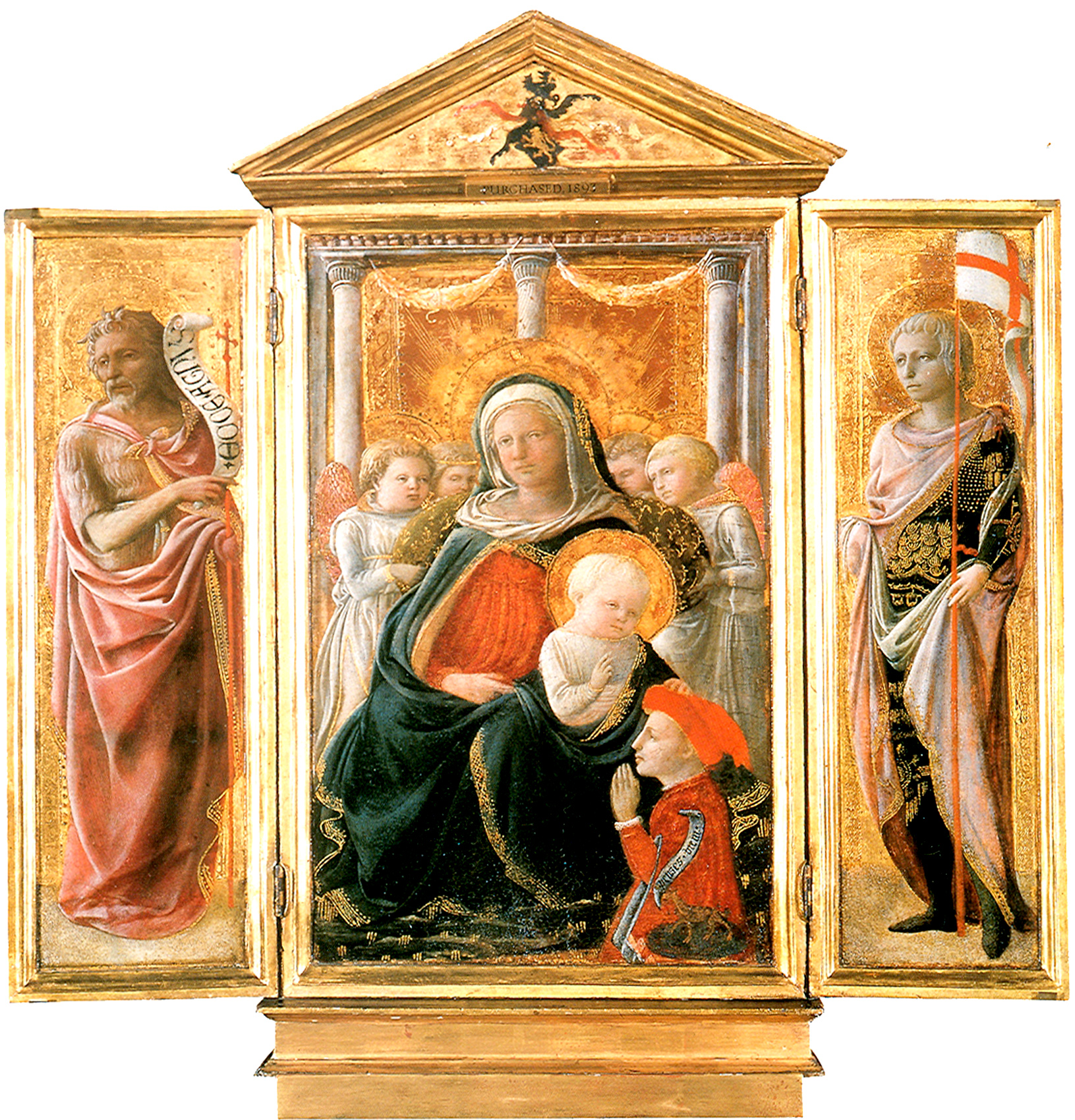
Stefan Lochner (Meersburg, 1400 – Cologne, 1452) was a
German late Gothic painter. He worked in Cologne, Germany, and his principal
work is a triptych known as the Altar of the City Patrons, painted for the Town
Hall chapel in the 1440s and now in Cologne Cathedral. It represents the city
in homage to the infant Jesus...
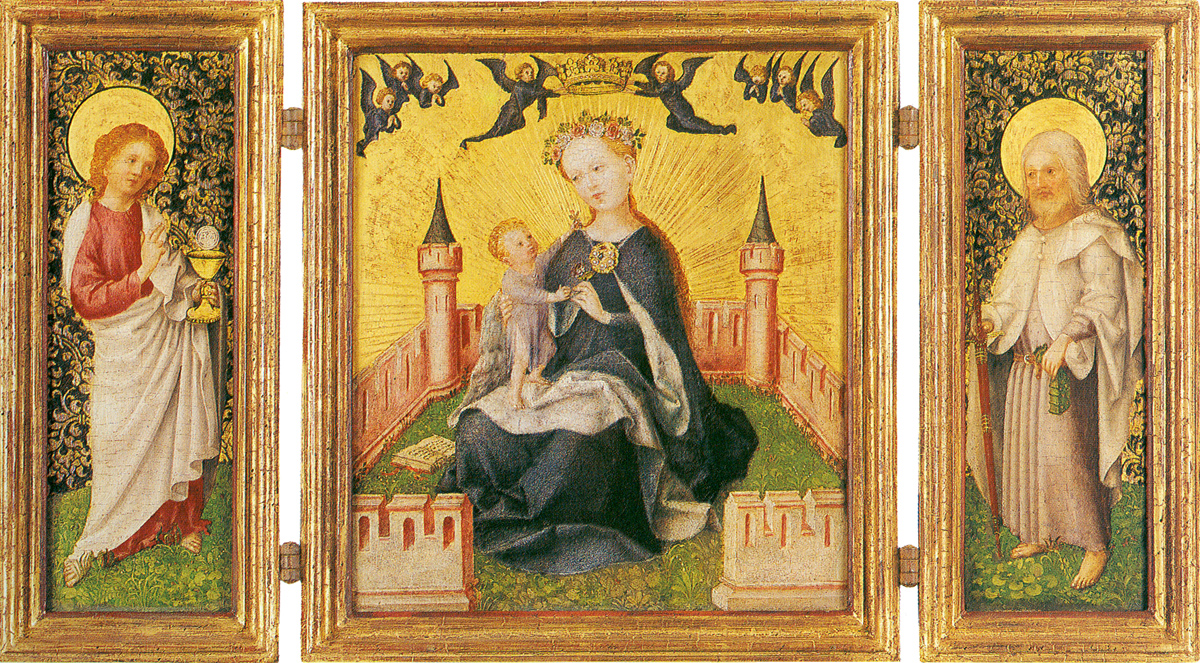
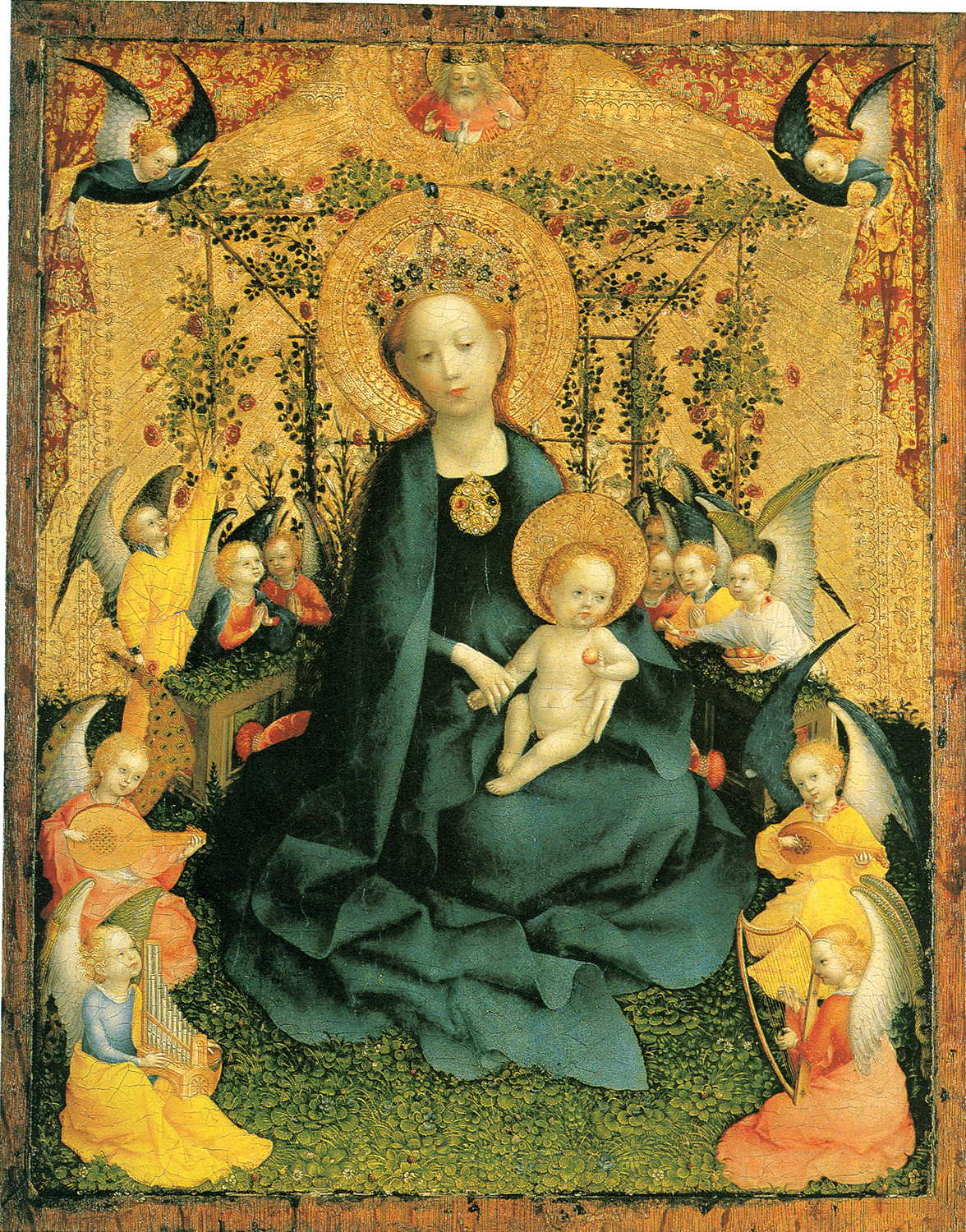
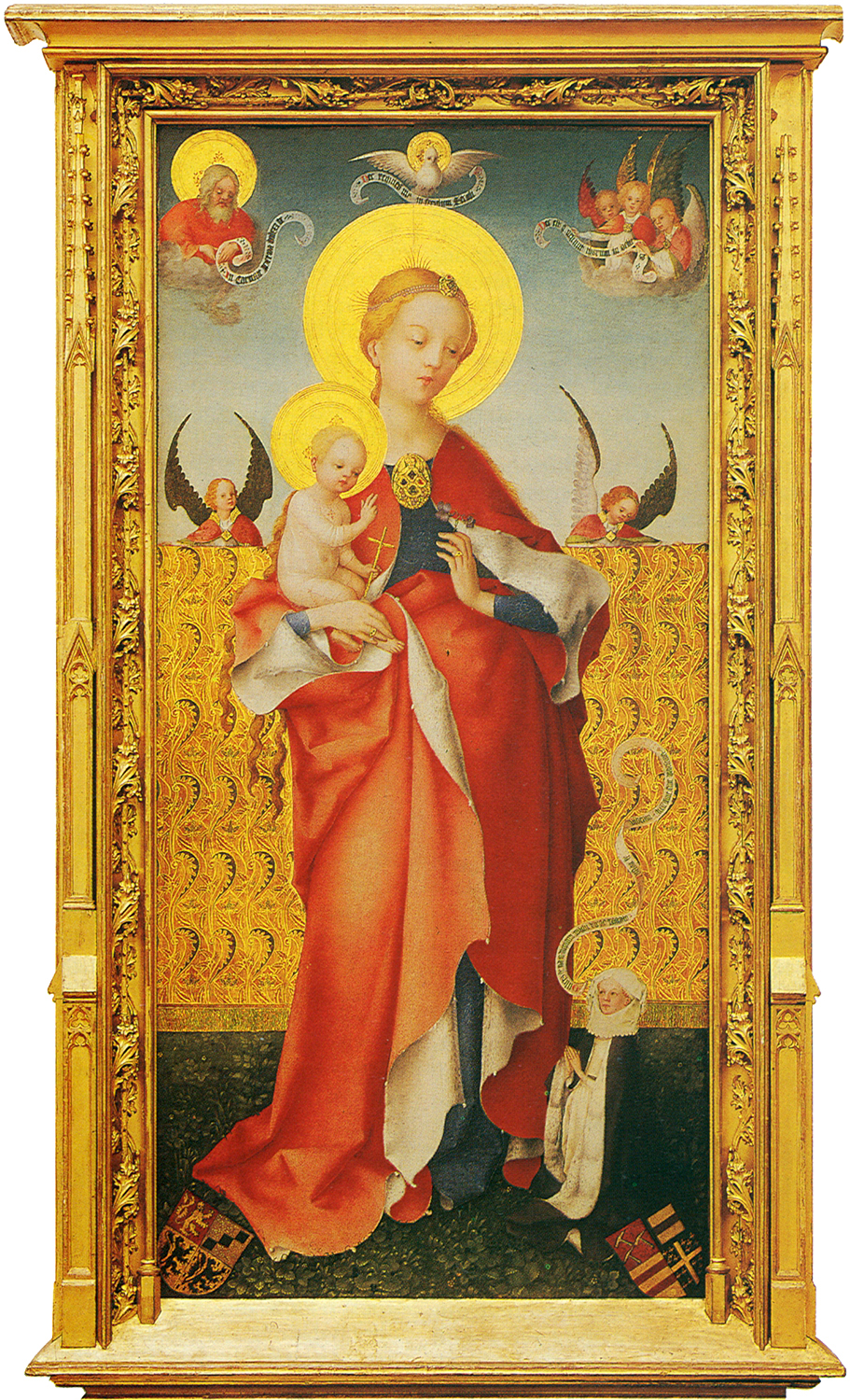
Pietro Lorenzetti (or Pietro Laurati; c. 1280 – 1348) was
an Italian painter, active between approximately 1306 and 1345. Together with
his younger brother, the painter Ambrogio Lorenzetti, he helped introduce
naturalism into Sienese art. In their artistry and experiments with
three-dimensional and spatial arrangements, the two brothers foreshadowed the
art of the Renaissance...
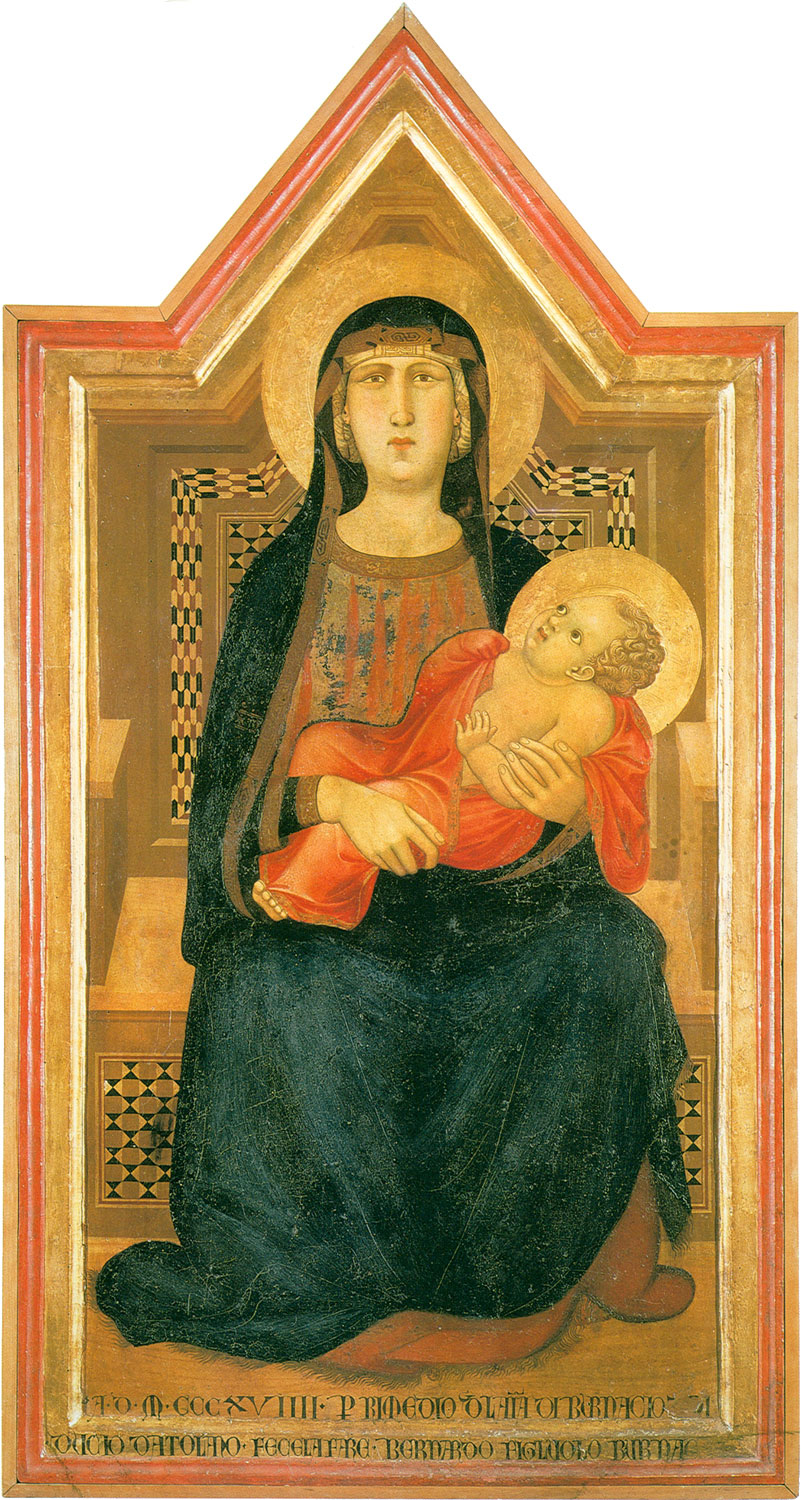
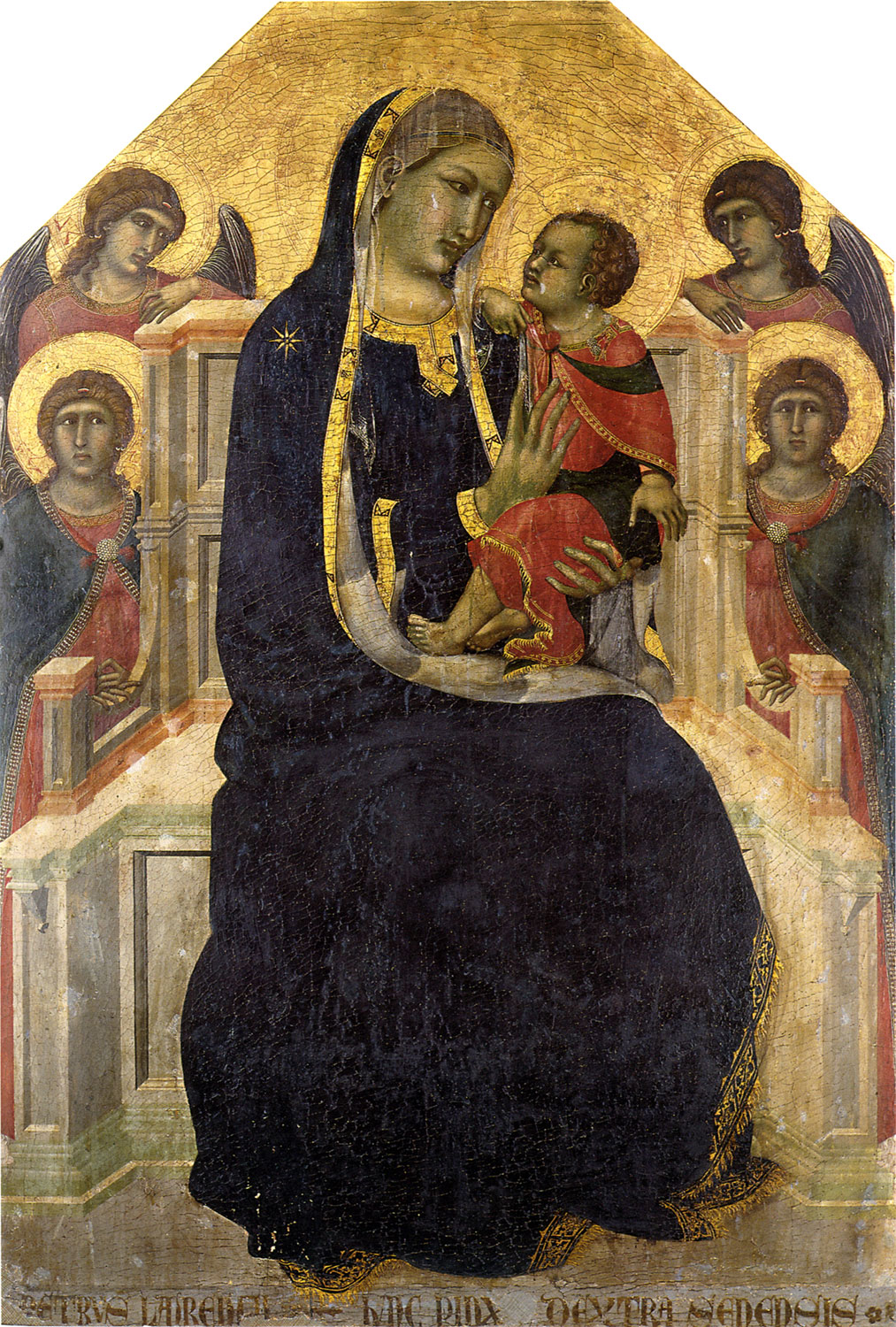
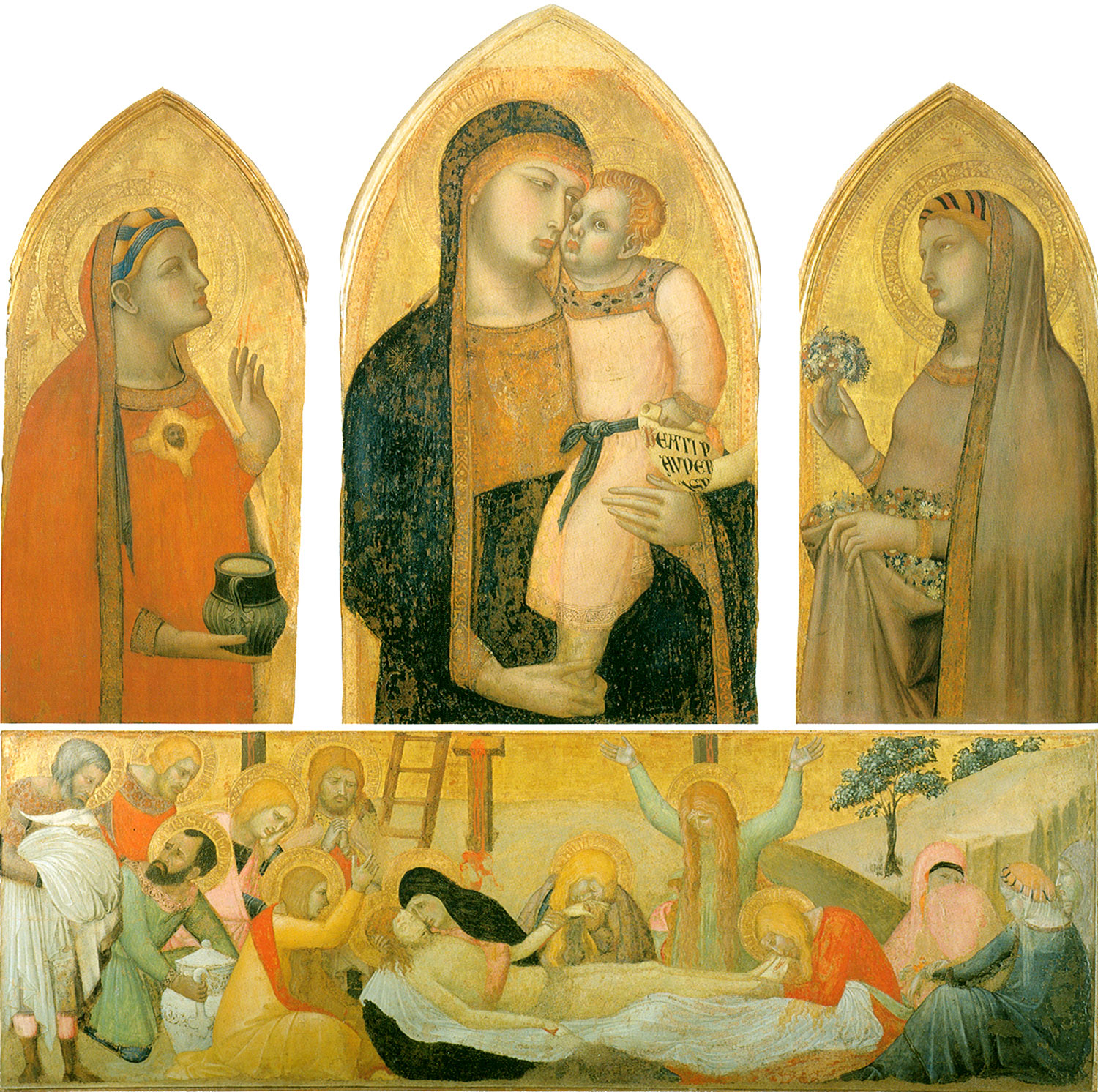
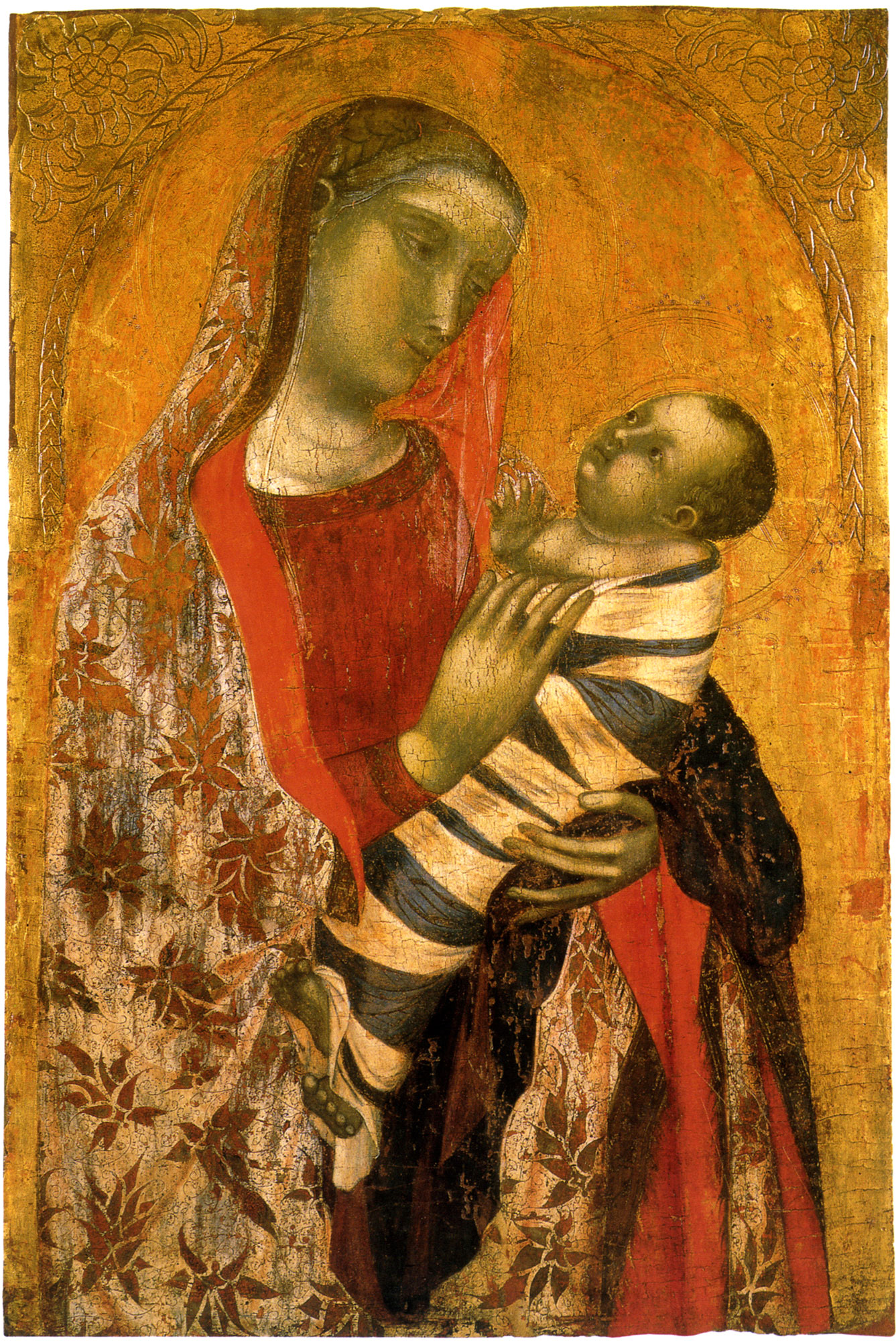
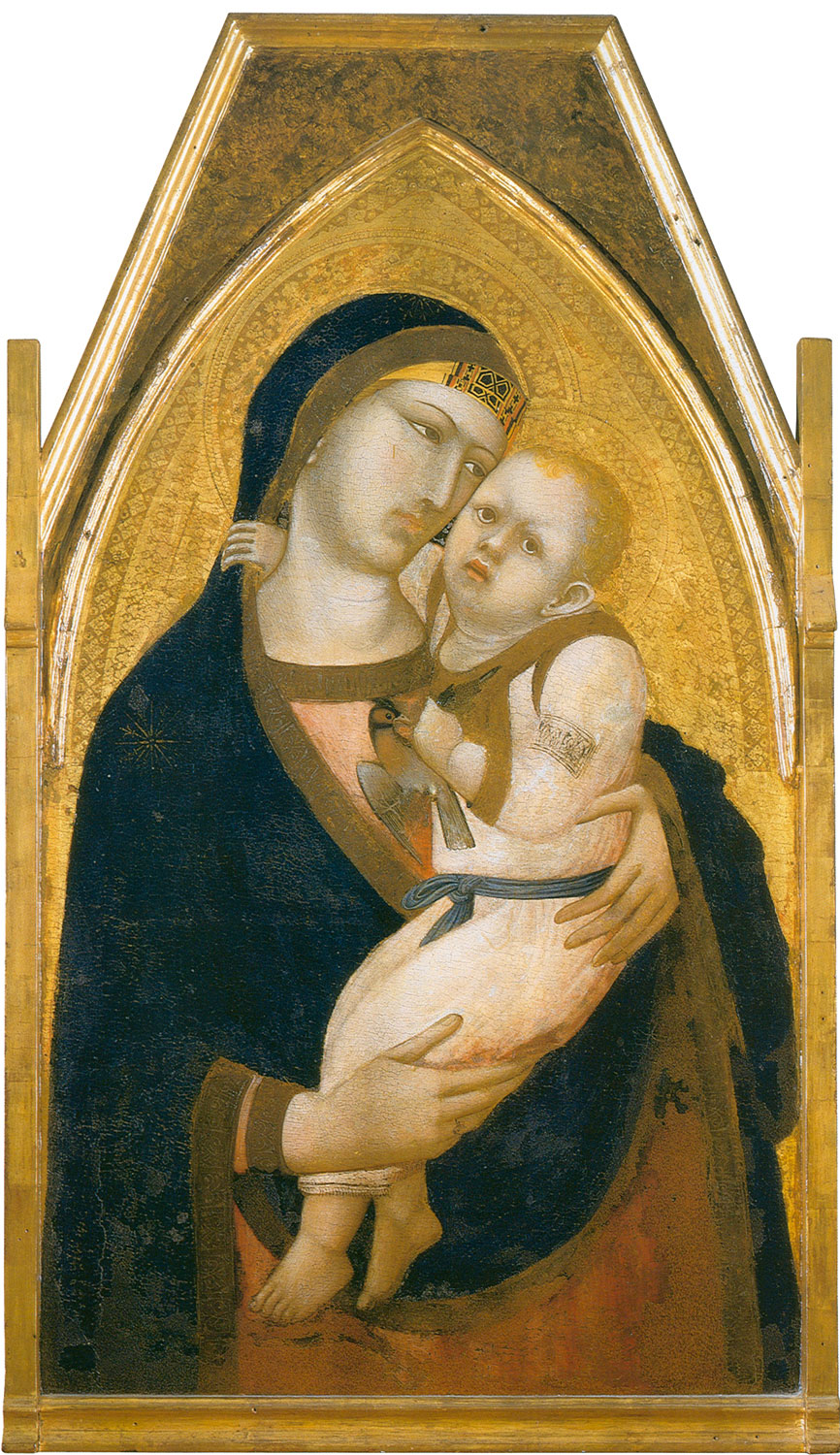
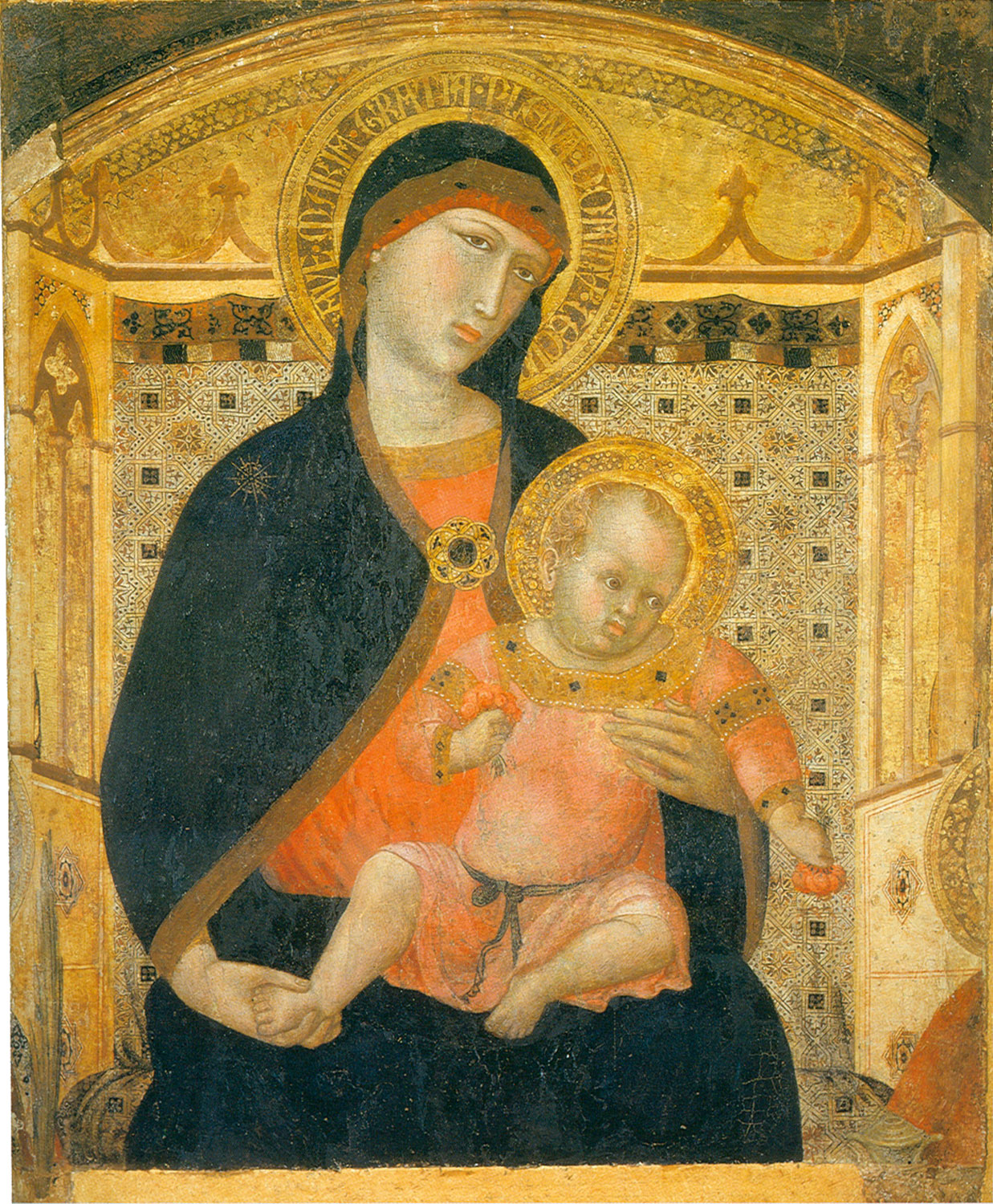
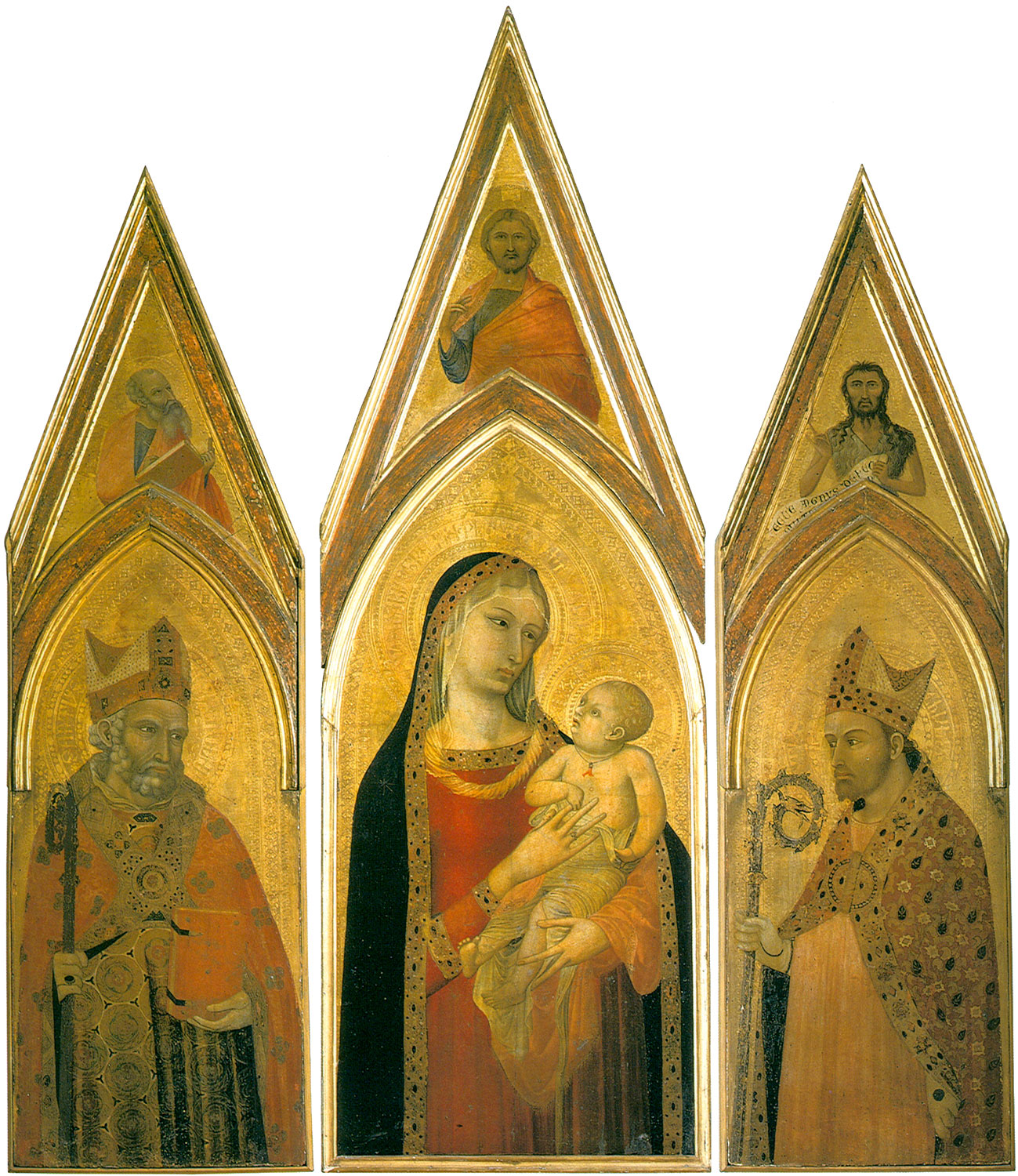
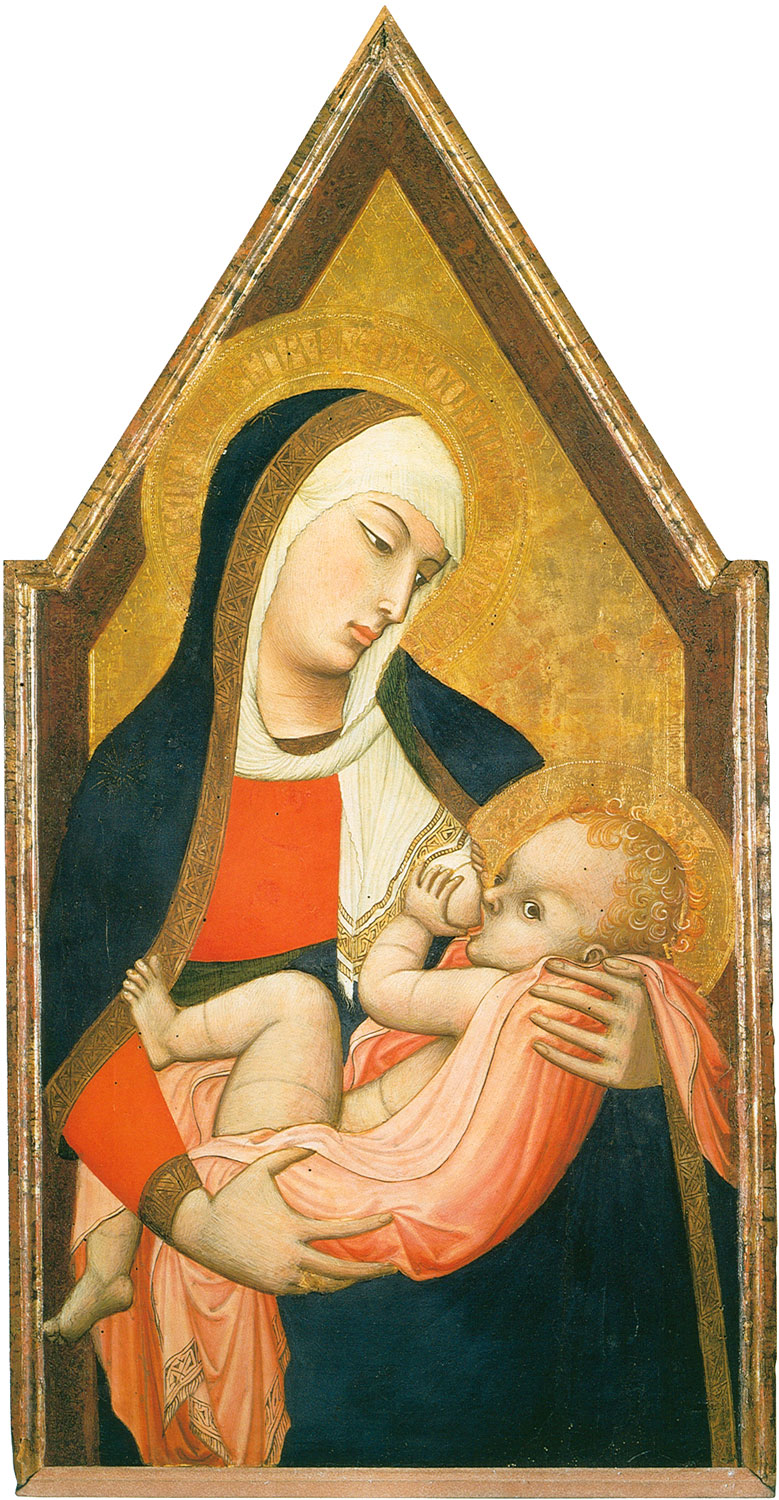
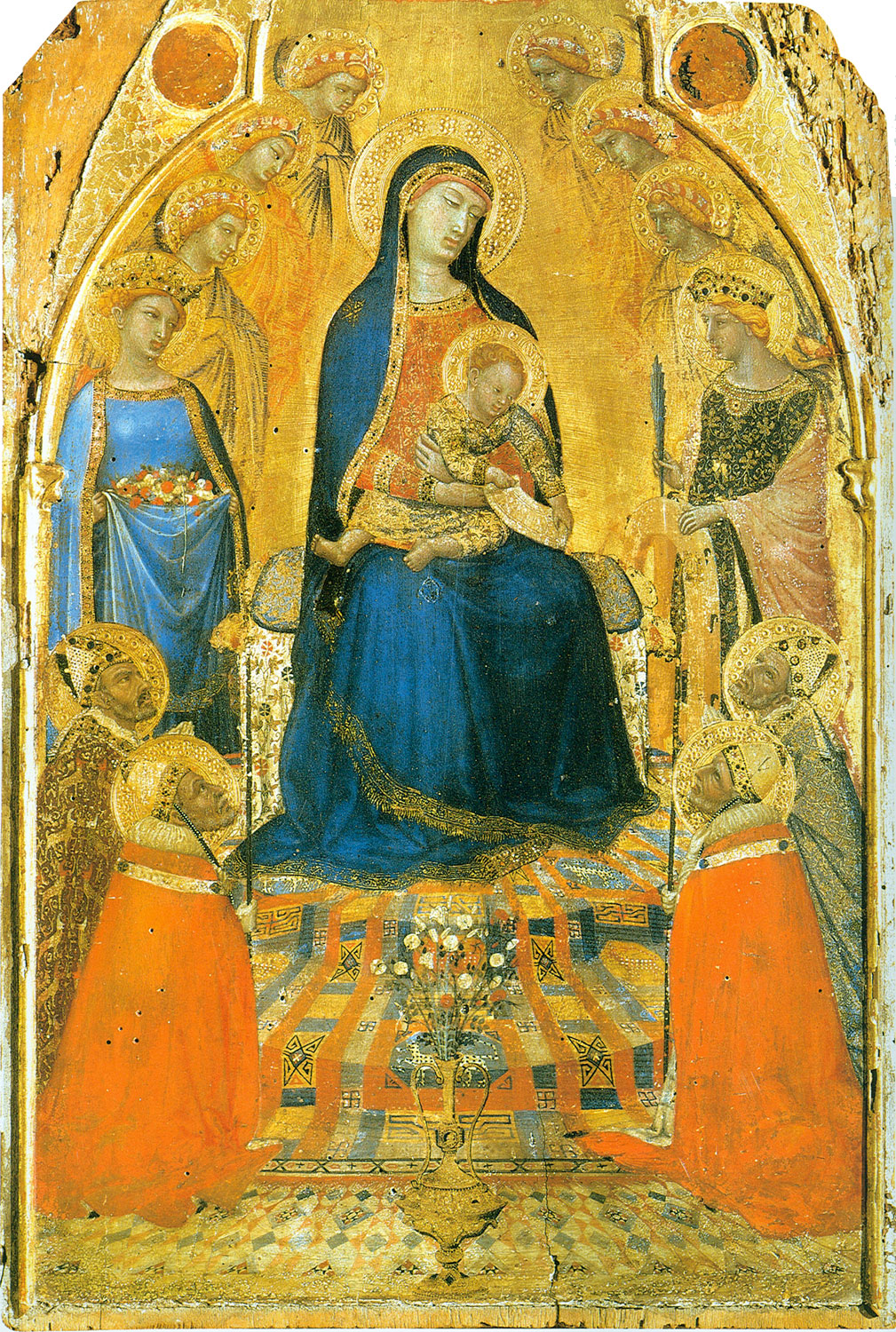
Lorenzo di Credi (c. 1459 – January 12, 1537) was an
Italian Renaissance painter and sculptor. He first influenced Leonardo da Vinci
and then was greatly influenced by him...
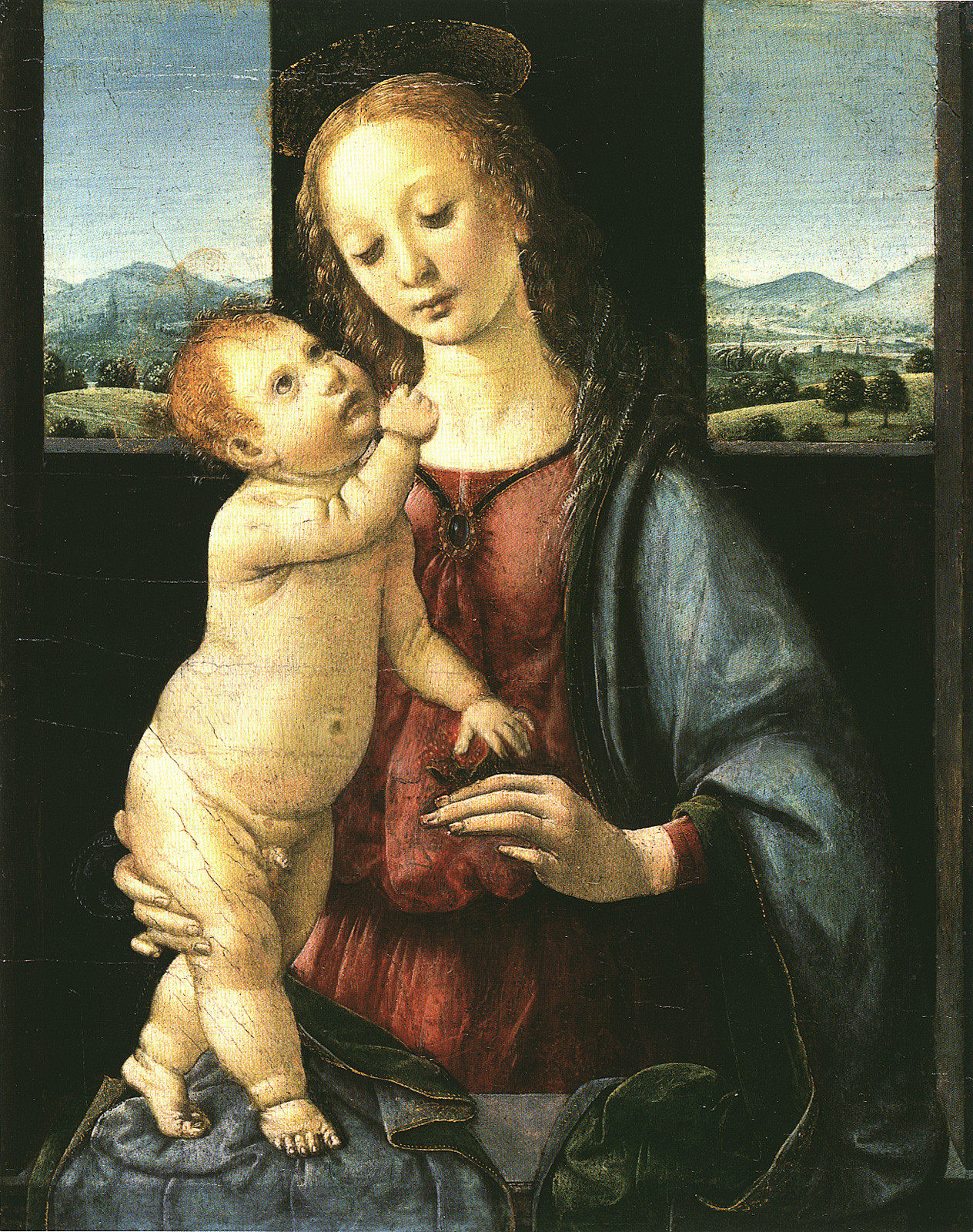

Andrea della Robbia (October 24, 1435 – August 4, 1525)
was an Italian Renaissance sculptor, especially in ceramics. He was the son of
Marco della Robbia. Andrea della Robbia's uncle, Luca della Robbia, popularized
the use of glazed terra-cotta for sculpture....
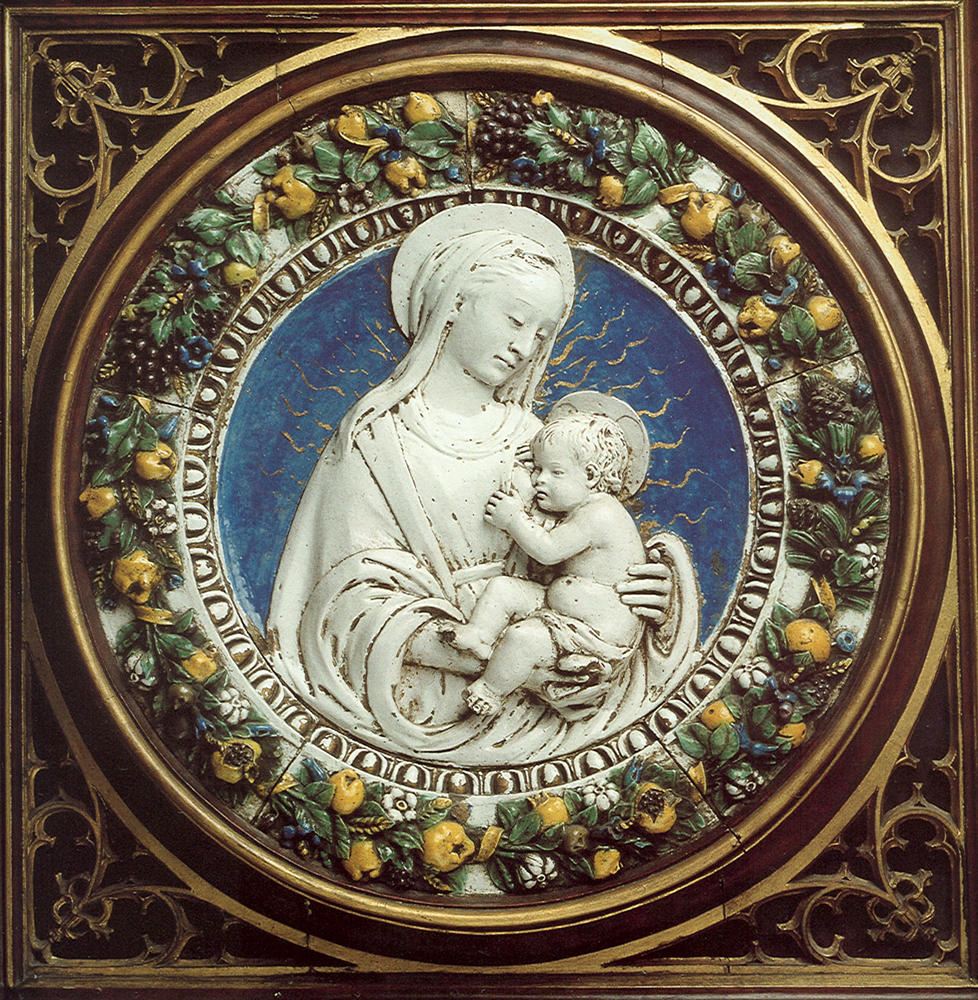

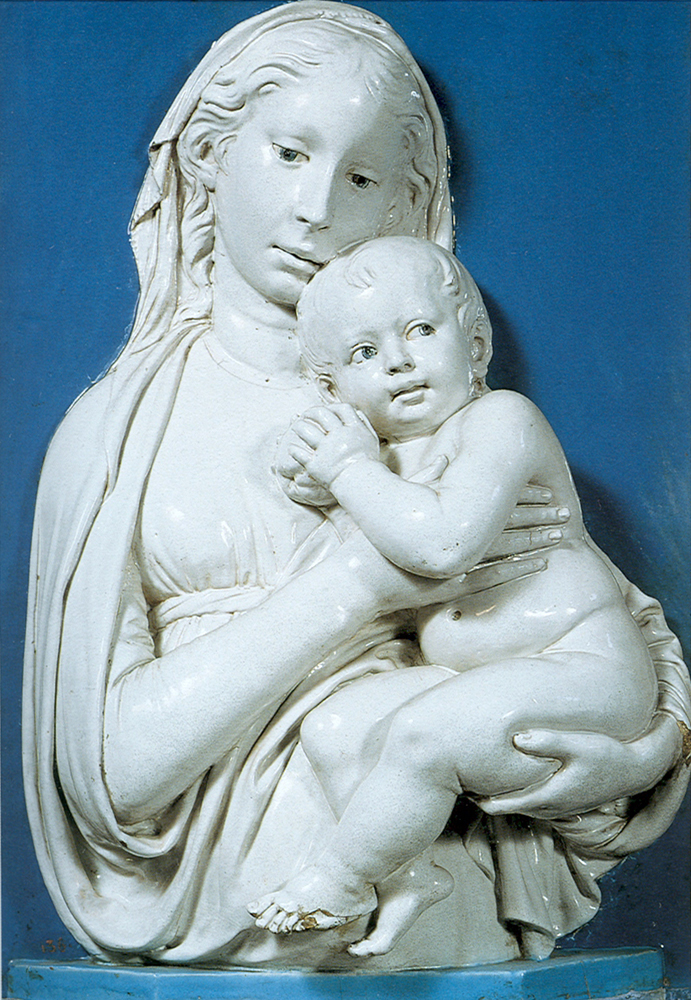
Andrea Mantegna (c. 1431 – September 13, 1506) was an
Italian painter, a student of Roman archeology, and son in law of Jacopo
Bellini. Like other artists of the time, Mantegna experimented with
perspective, e.g., by lowering the horizon in order to create a sense of
greater monumentality. His flinty, metallic landscapes and somewhat stony
figures give evidence of a fundamentally sculptural approach to painting. He
also led a workshop that was the leading producer of prints in Venice before
1500...
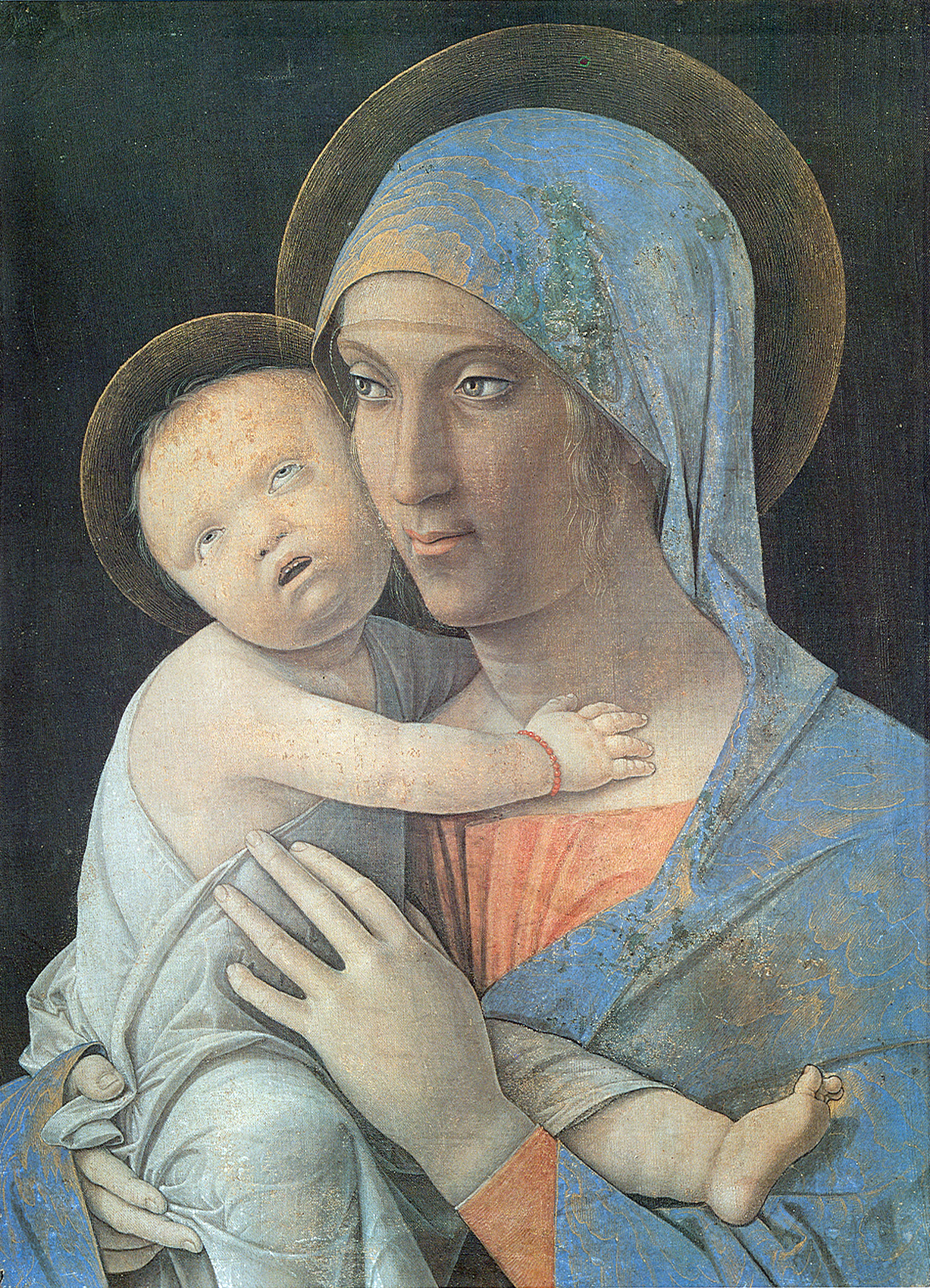
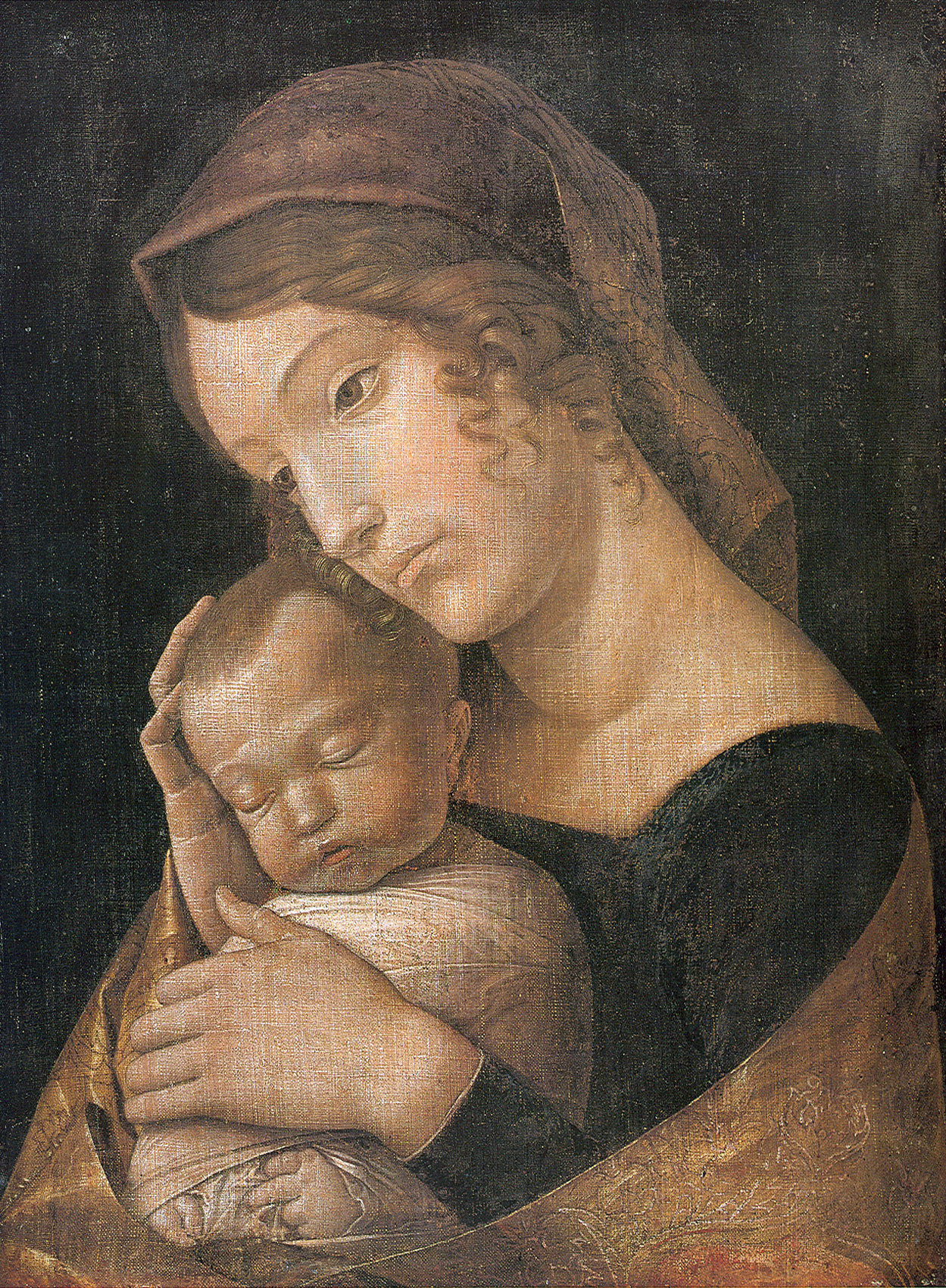
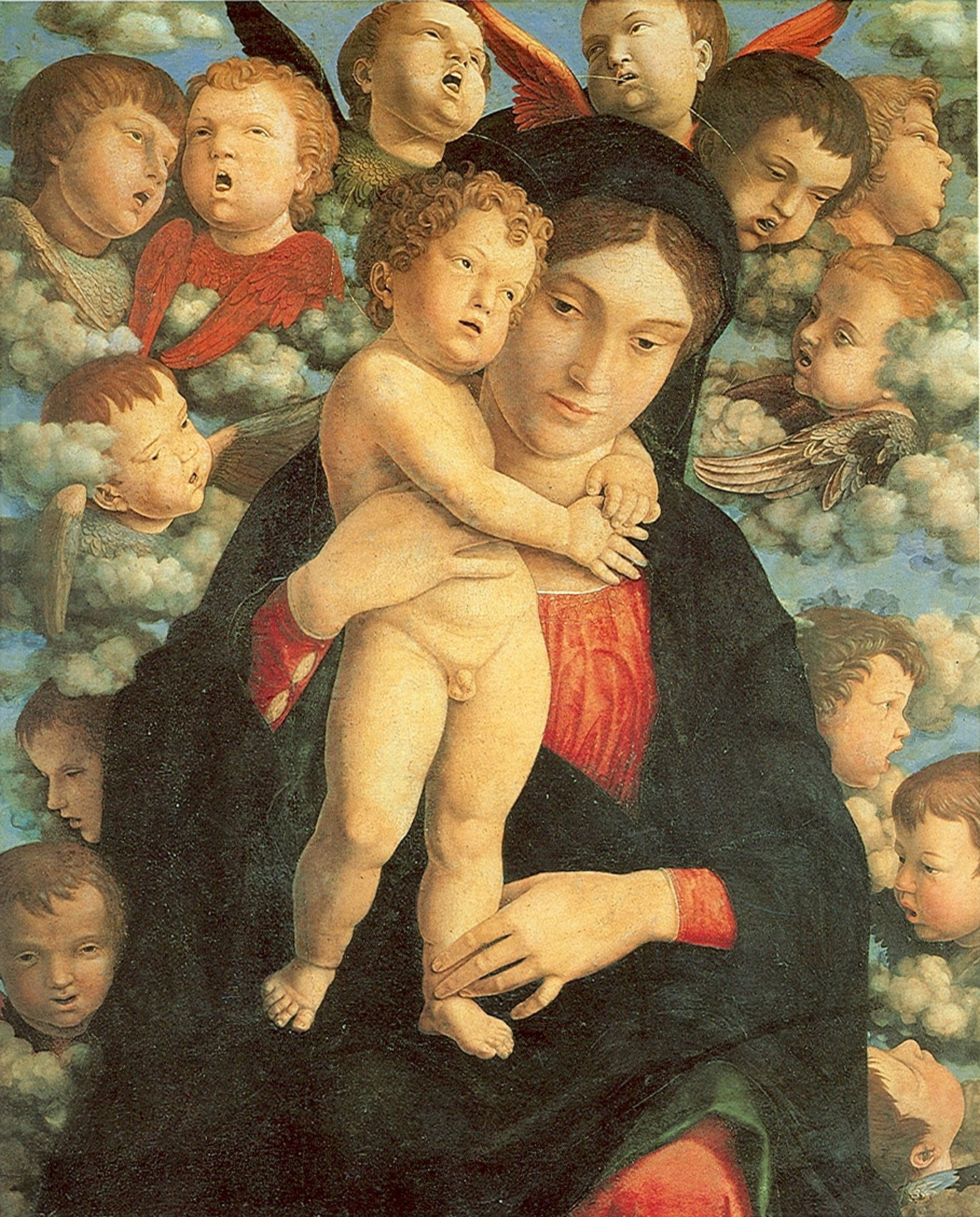
Simone Martini (c. 1284–1344) was an Italian
painter born in Siena. He was a major figure in the development of early
Italian painting and greatly influenced the development of the International
Gothic style...
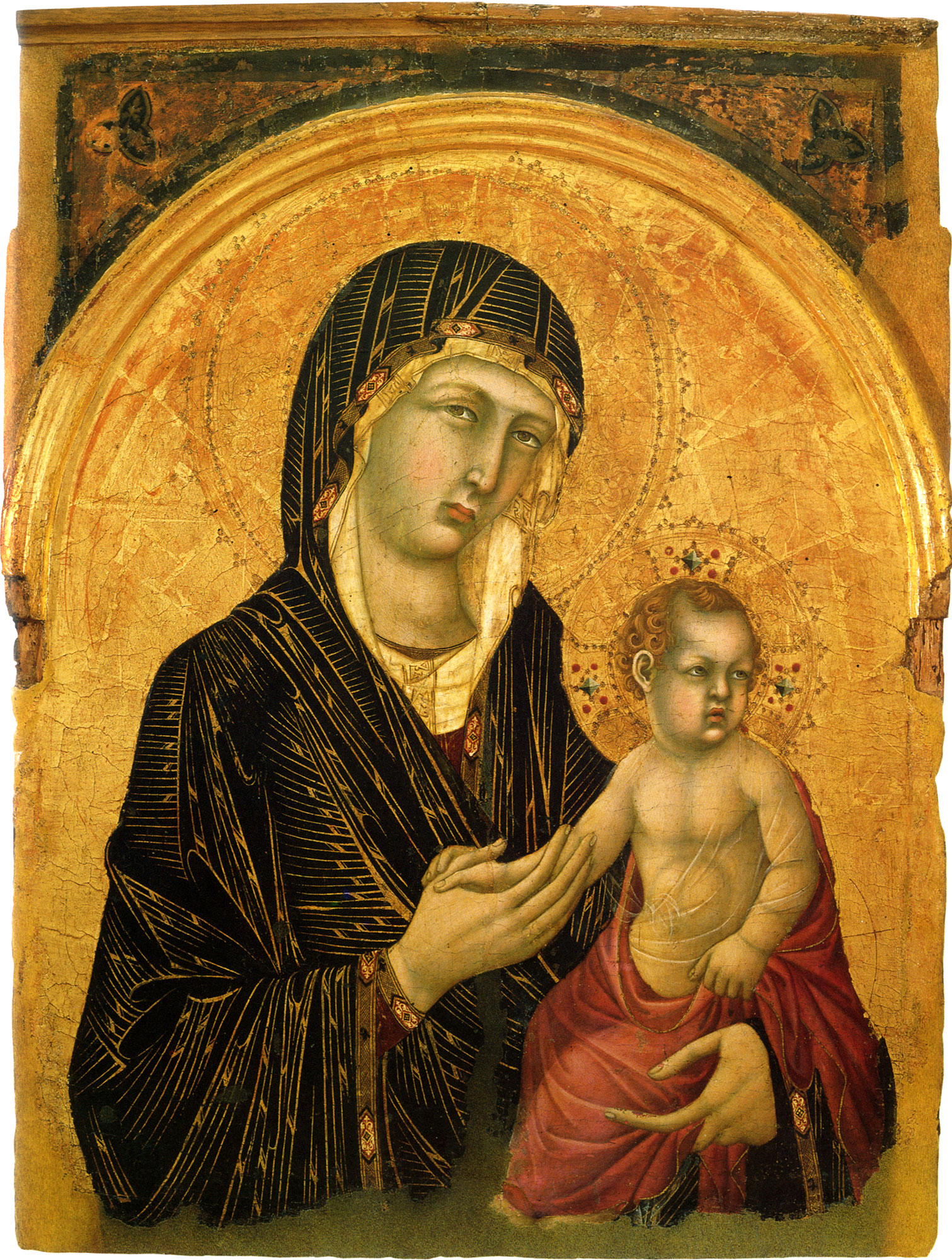
Masaccio (December 21, 1401 – autumn 1428), born Tommaso
di Ser Giovanni di Simone, was the first great painter of the Quattrocento
period of the Italian Renaissance. According to Vasari, Masaccio was the best
painter of his generation because of his skill at recreating lifelike figures
and movements as well as a convincing sense of three-dimensionality. Masaccio
died at twenty-six and little is known about the exact circumstances of his
death...
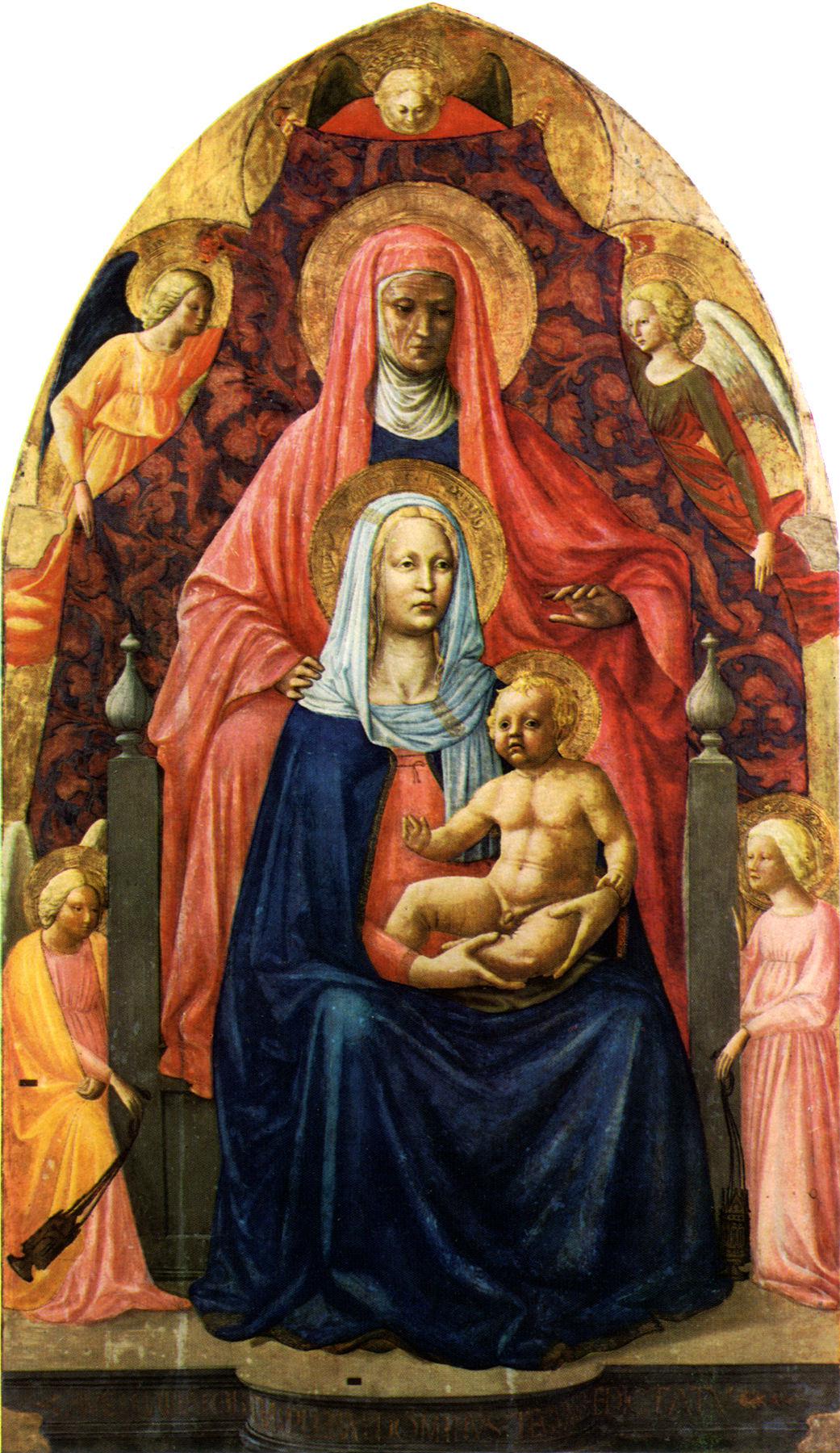
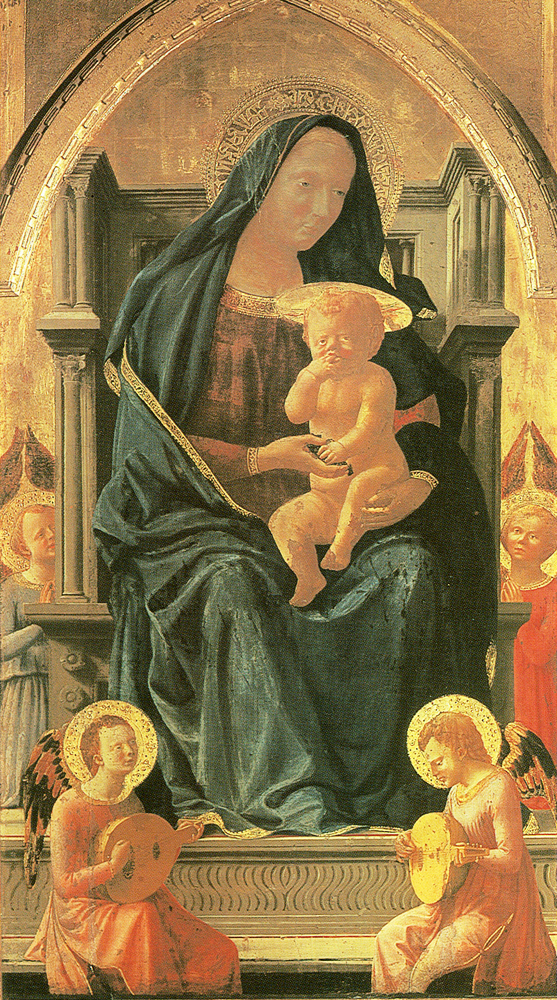
 Masolino da Panicale (nickname of Tommaso di Cristoforo
Fini; c. 1383 – c. 1447) was an Italian painter. His best known works are
probably his collaborations with Masaccio: Madonna with Child and St. Anne
(1424) and the frescoes in the Brancacci Chapel (1424–1428)...
Masolino da Panicale (nickname of Tommaso di Cristoforo
Fini; c. 1383 – c. 1447) was an Italian painter. His best known works are
probably his collaborations with Masaccio: Madonna with Child and St. Anne
(1424) and the frescoes in the Brancacci Chapel (1424–1428)...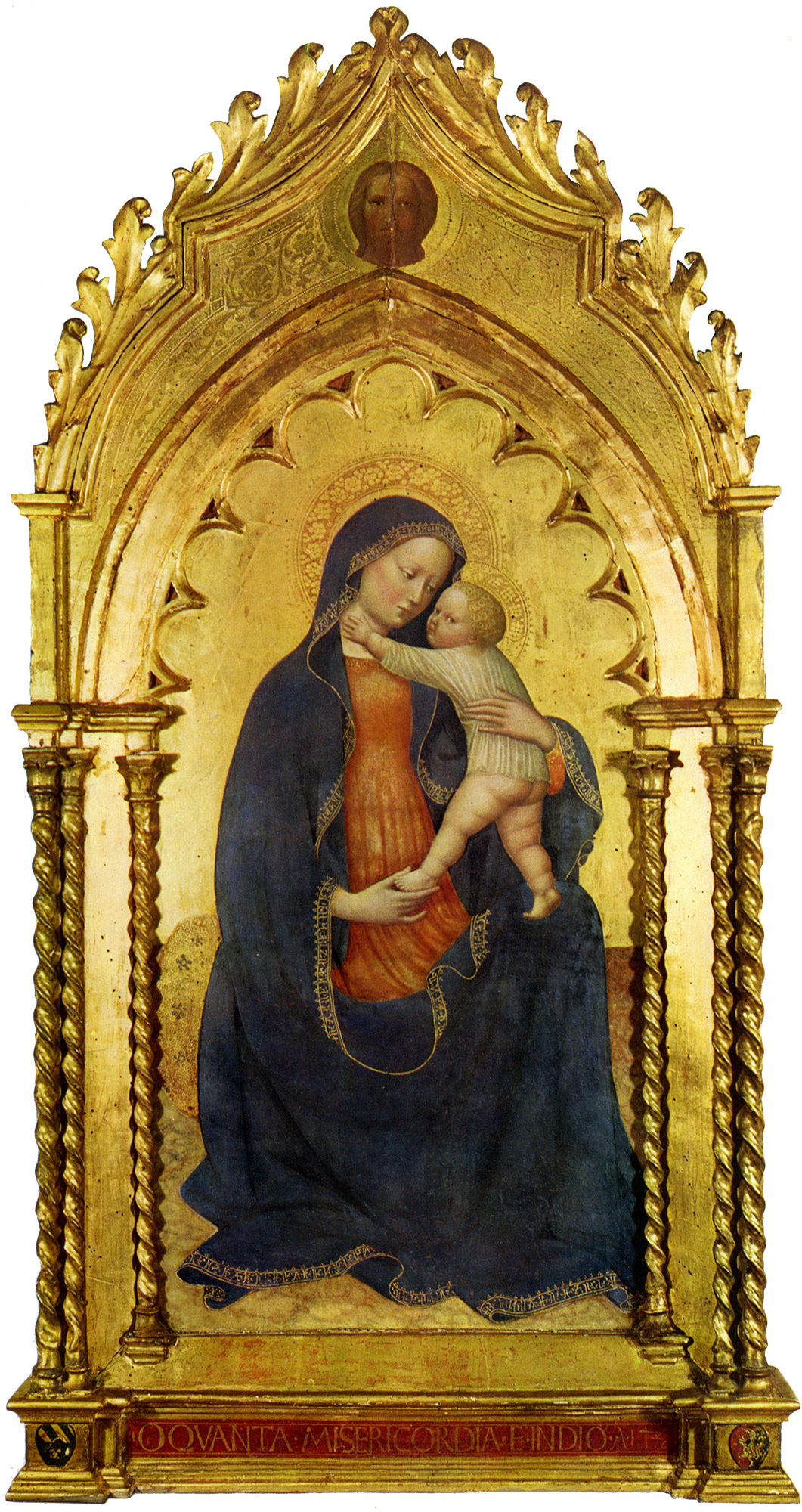
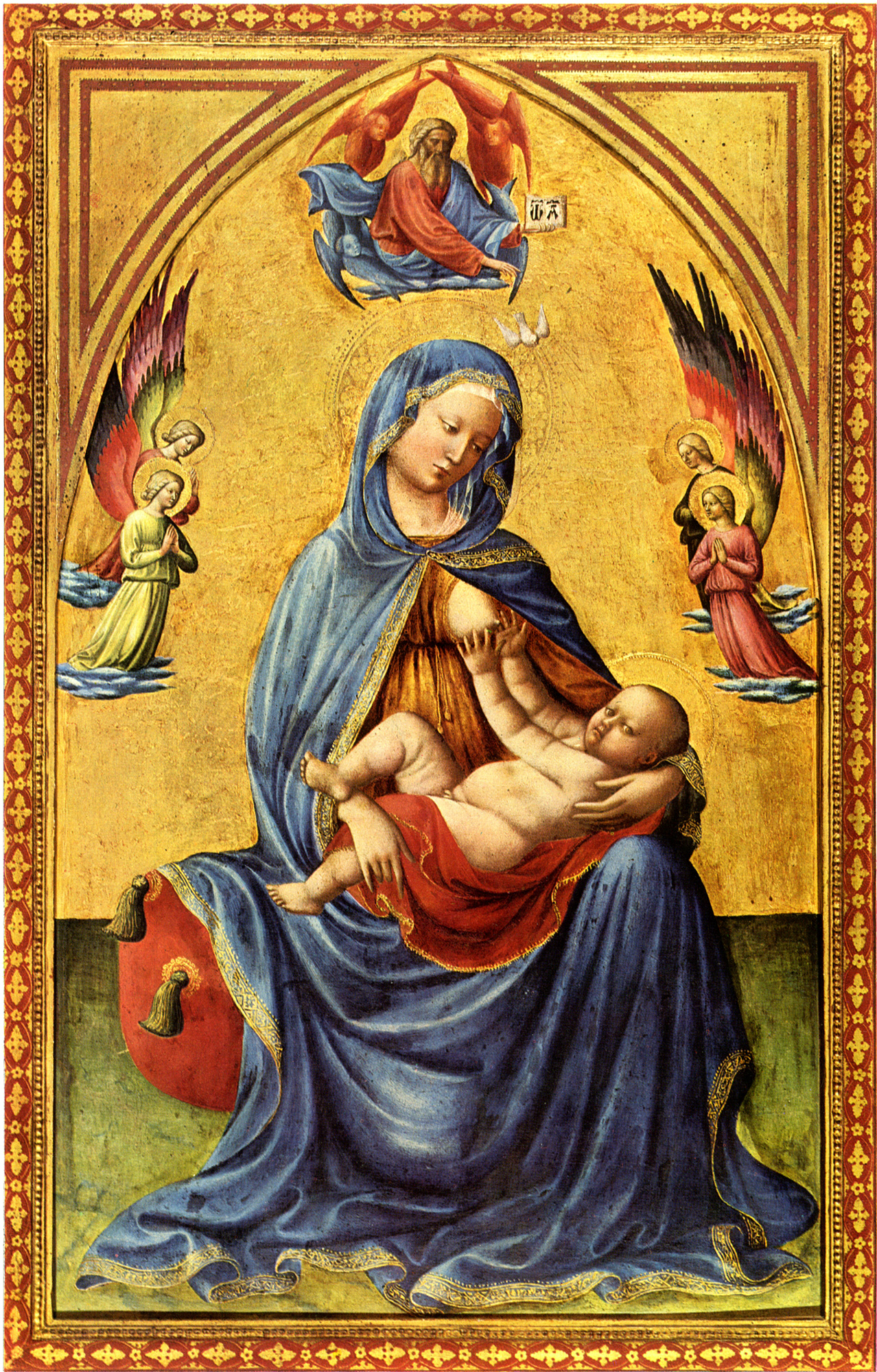
M.Masters ...
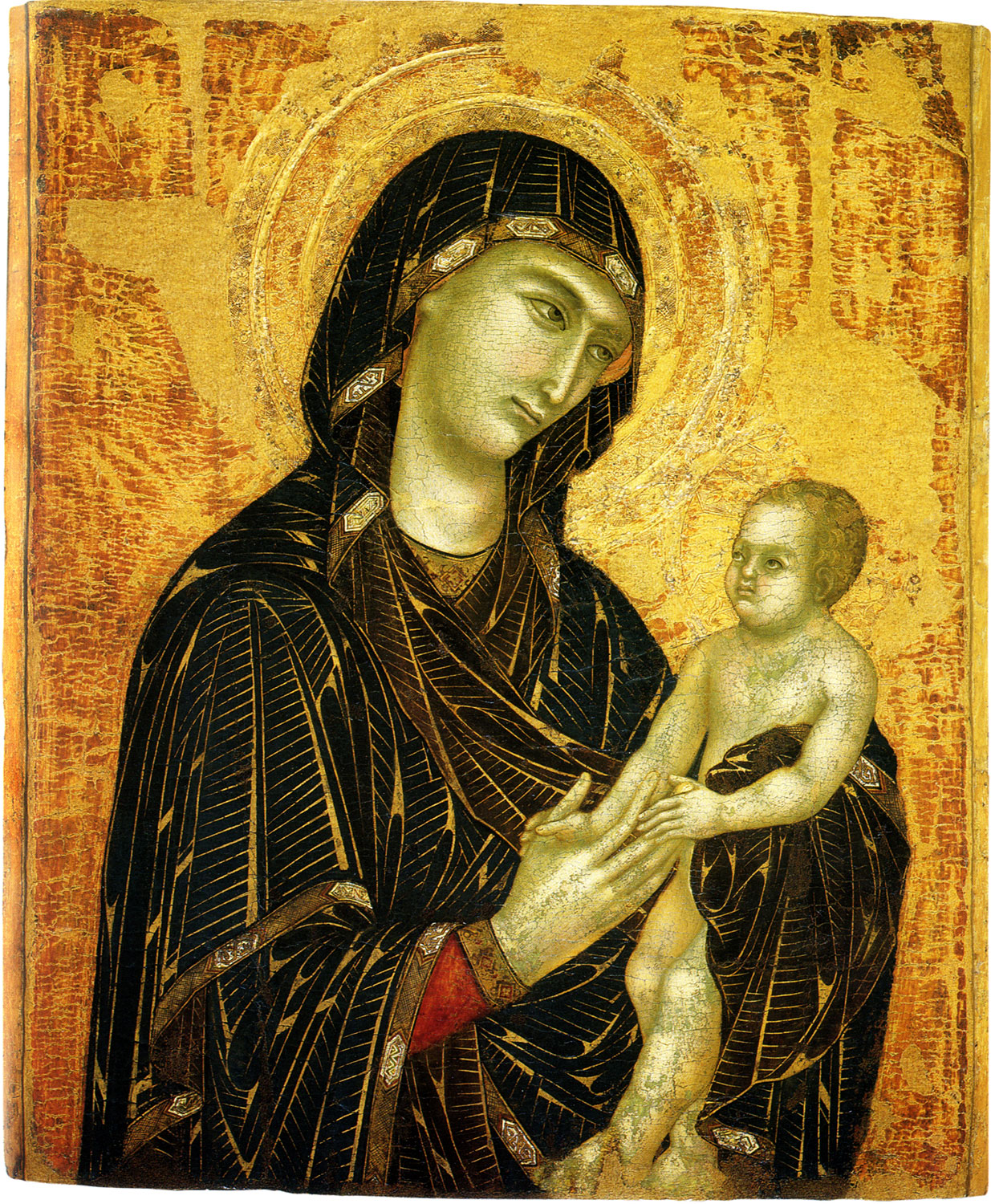
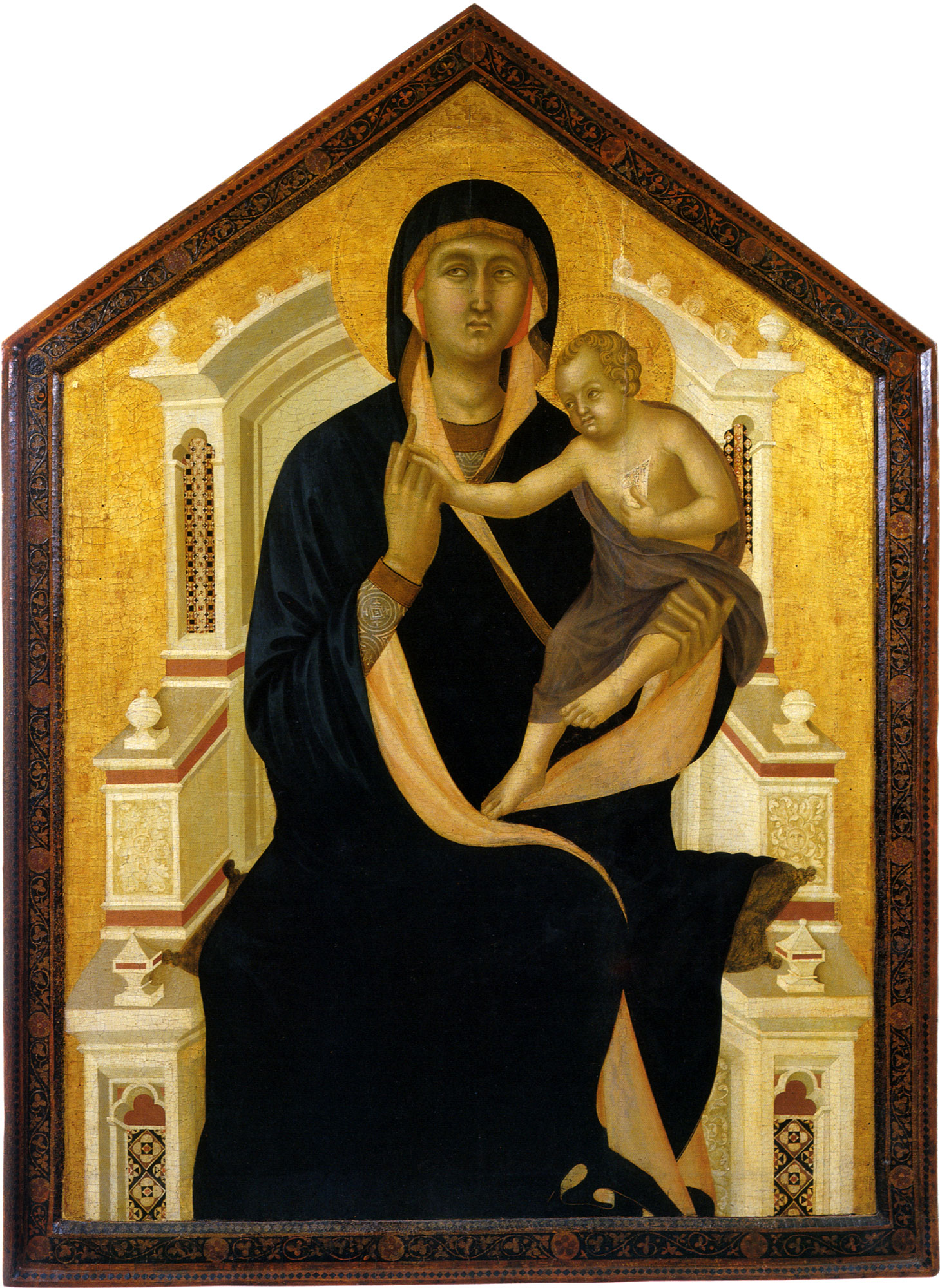
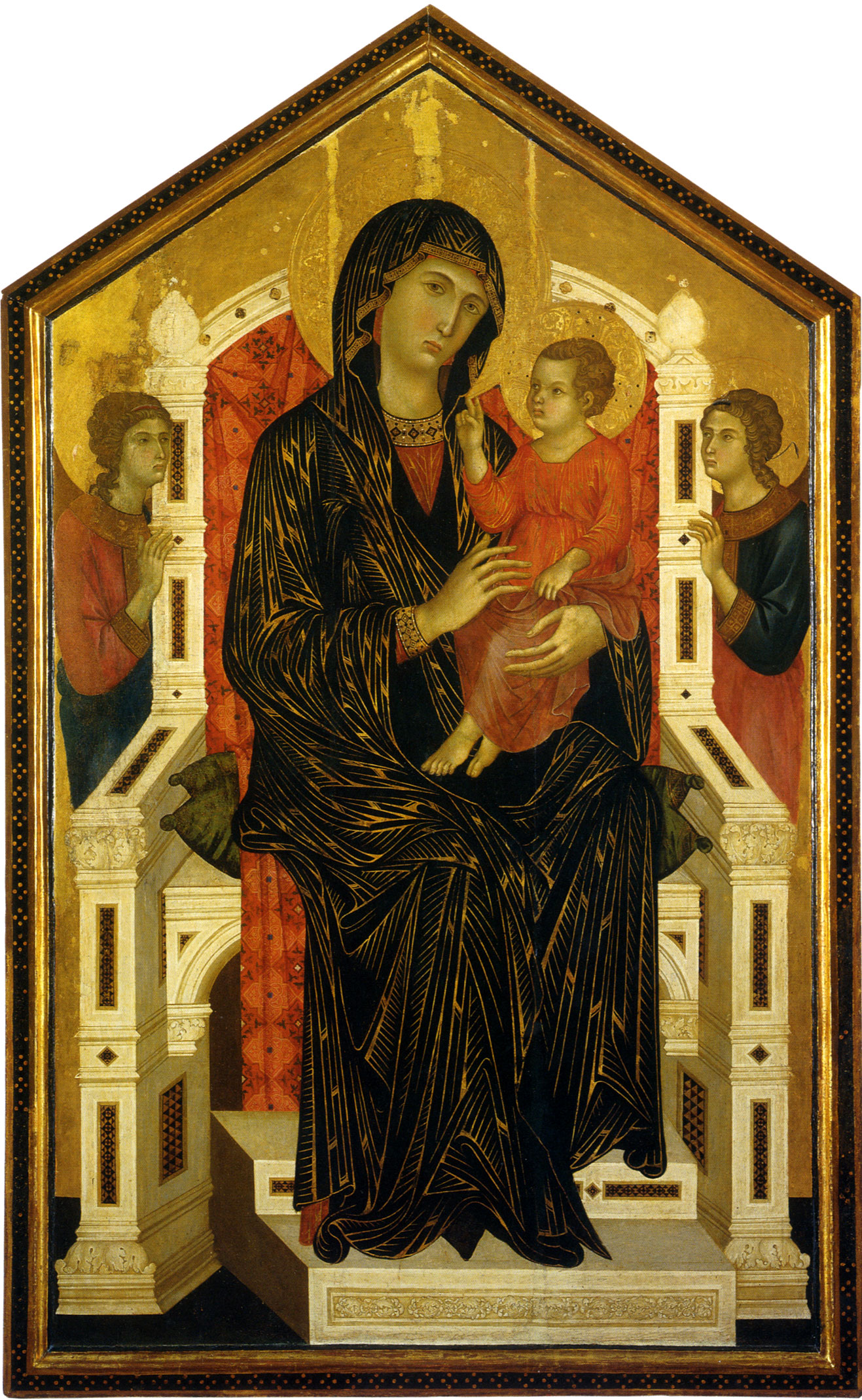
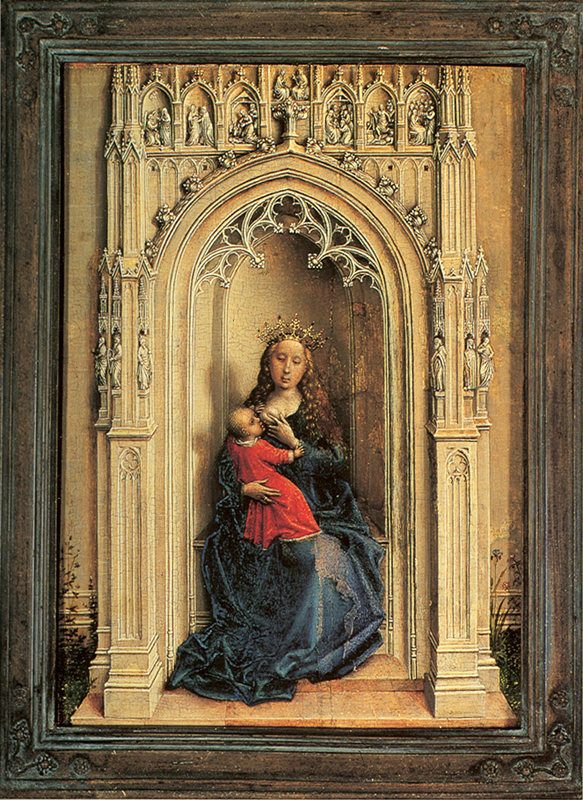
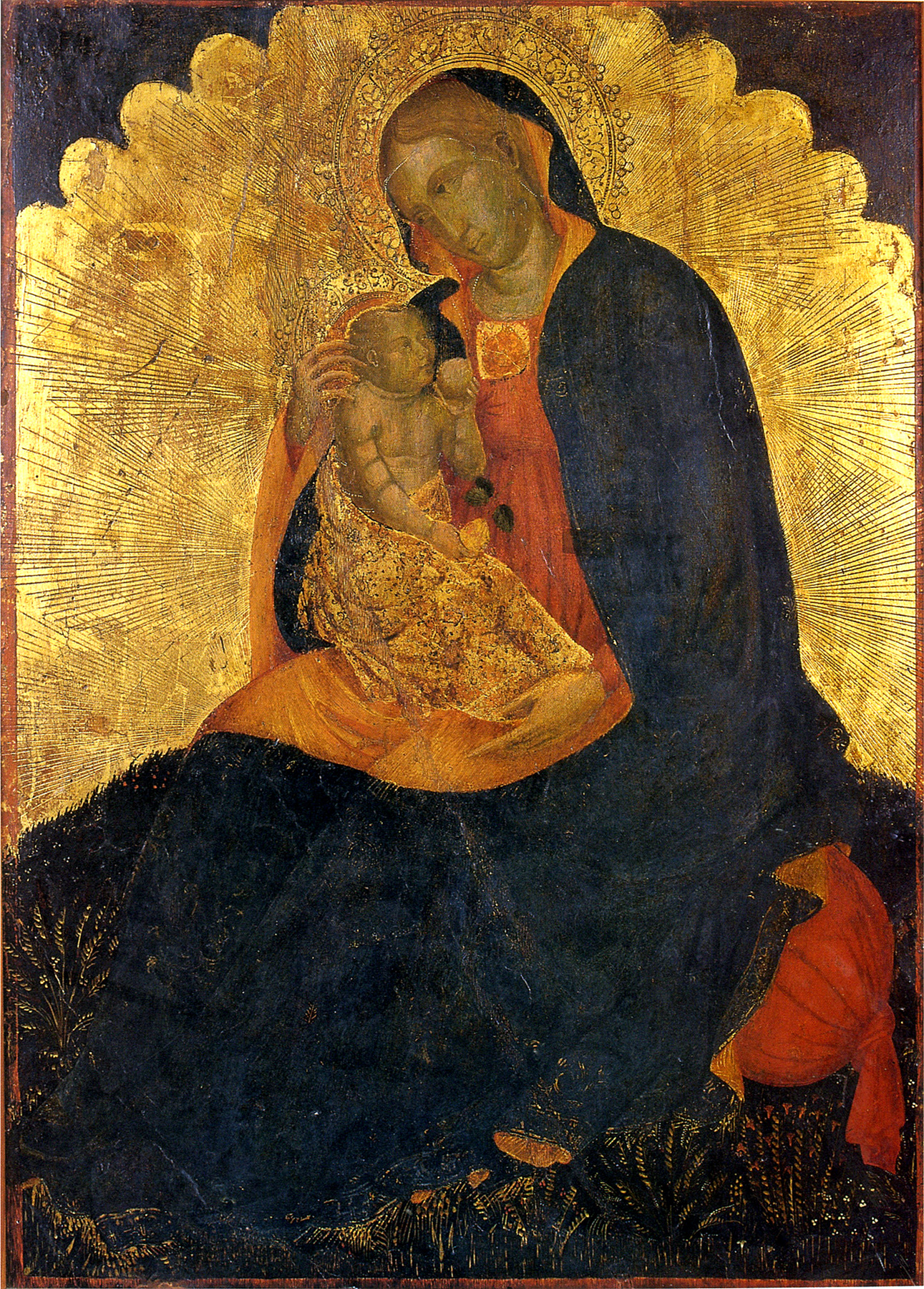
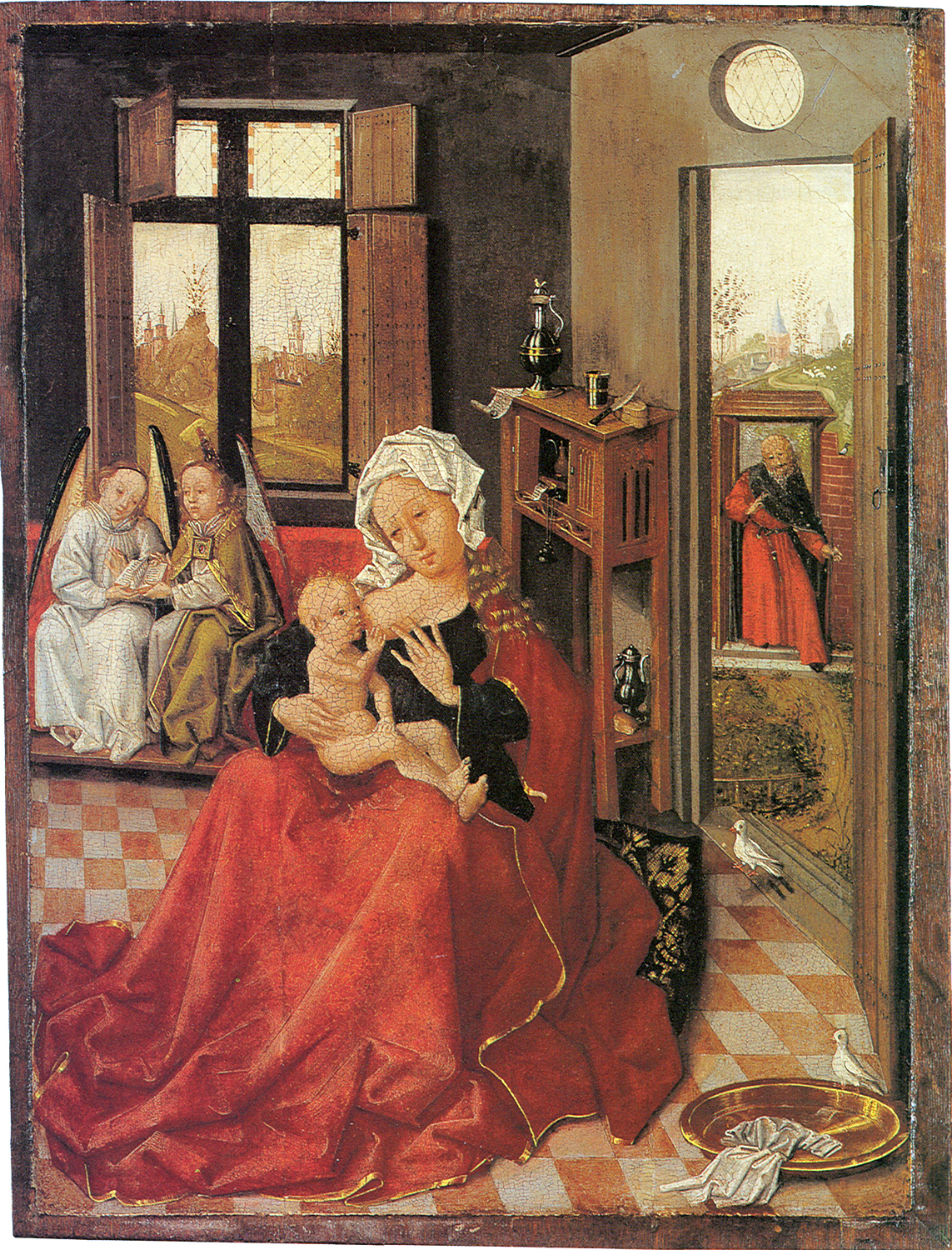
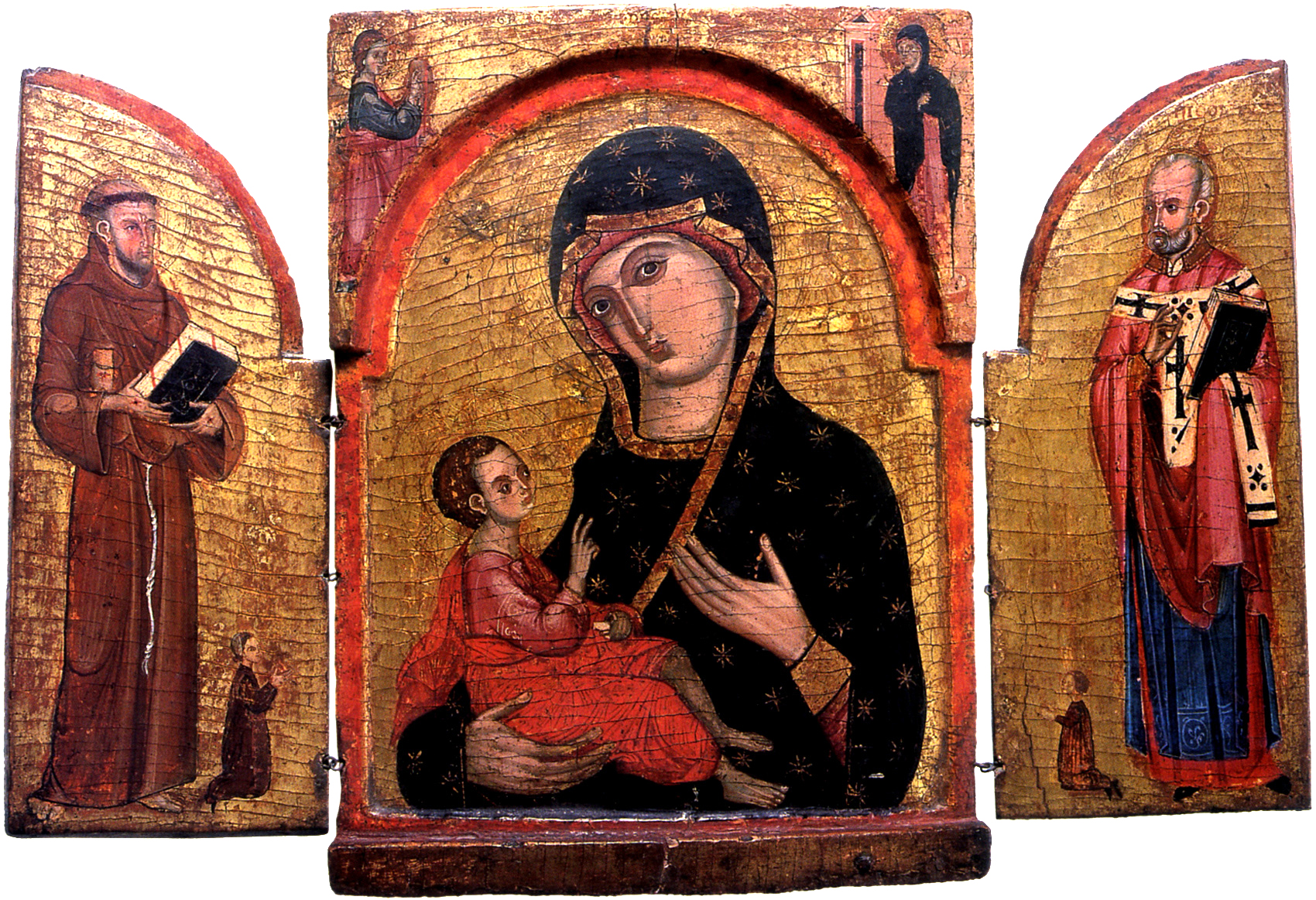
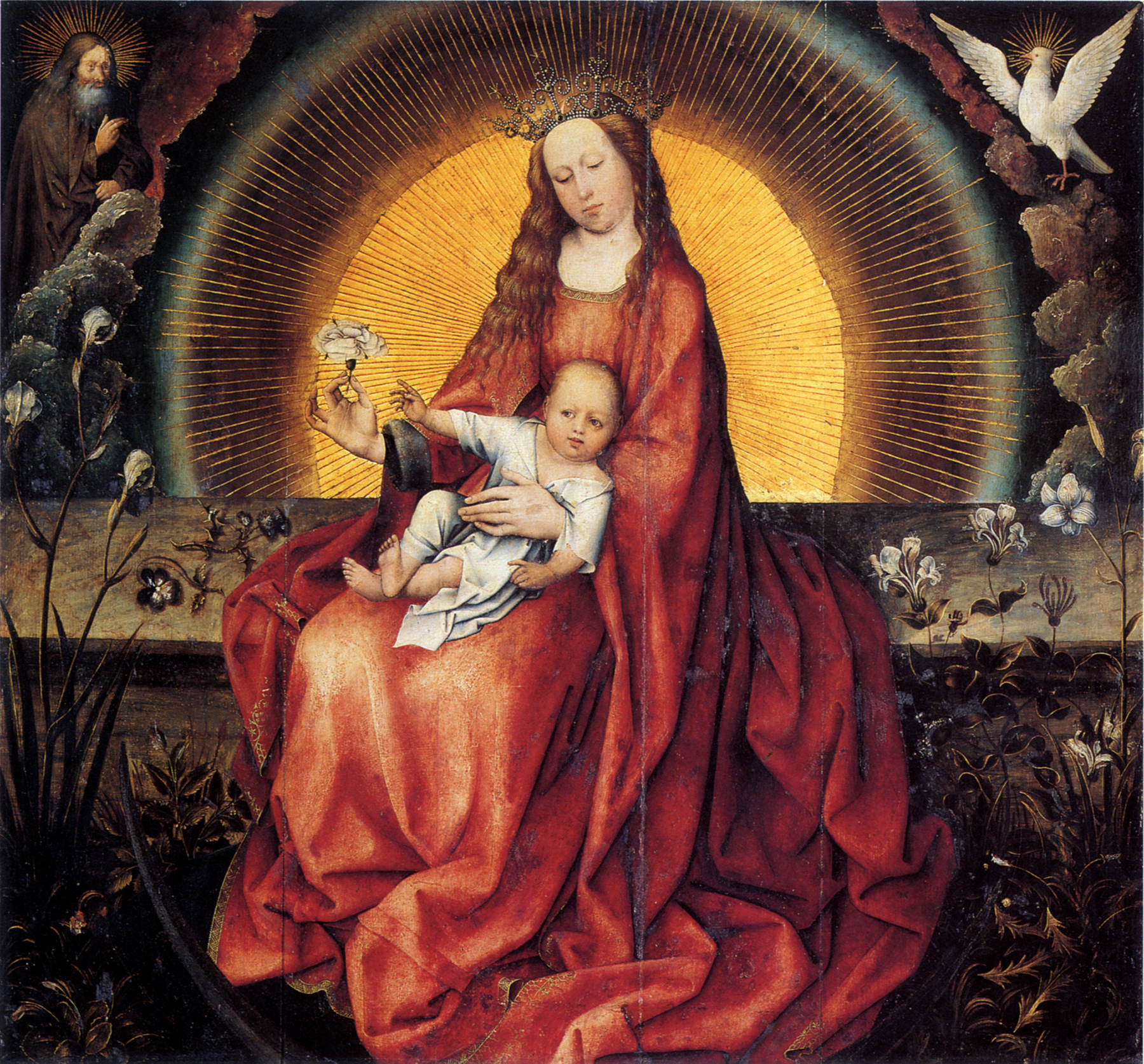
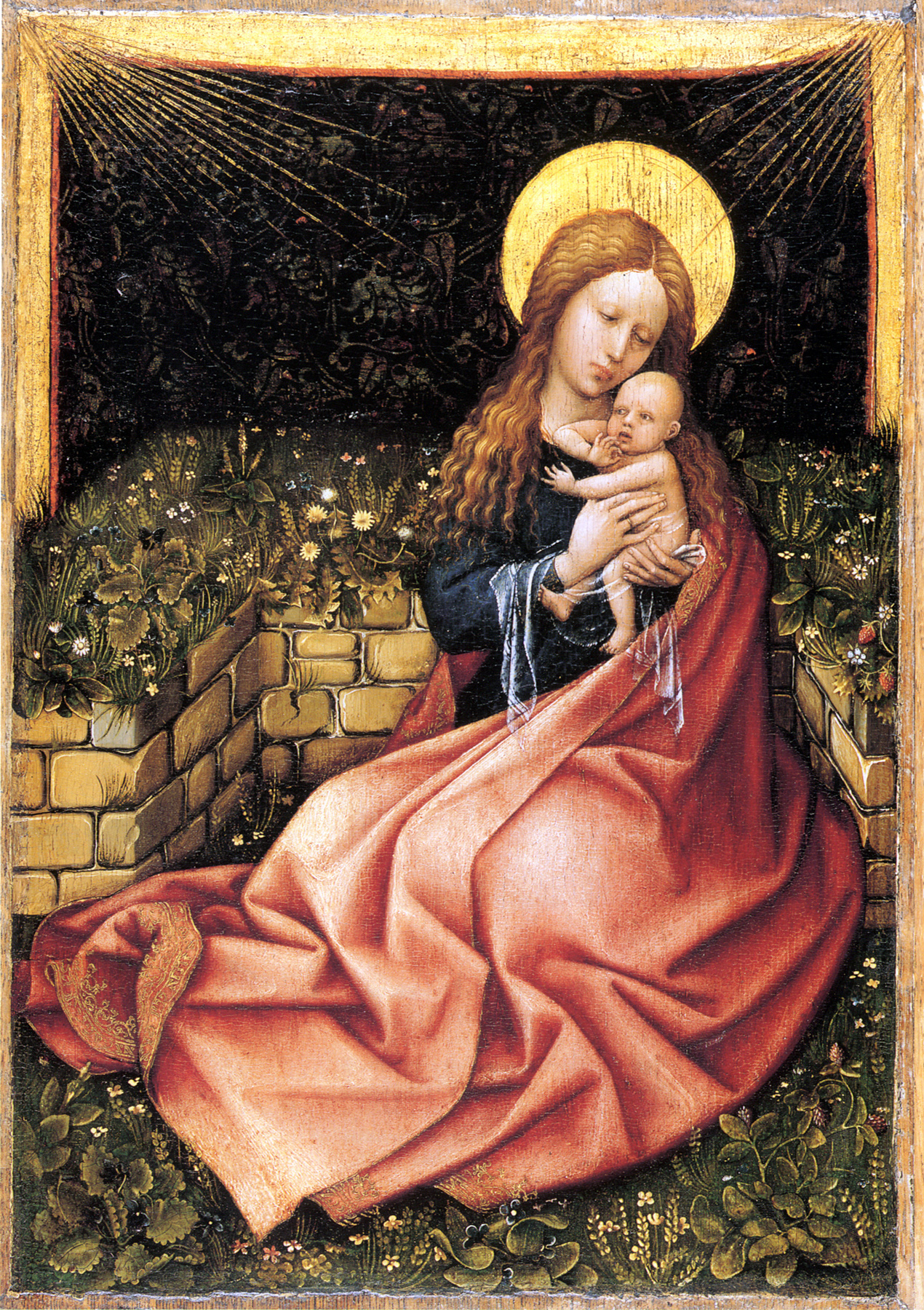
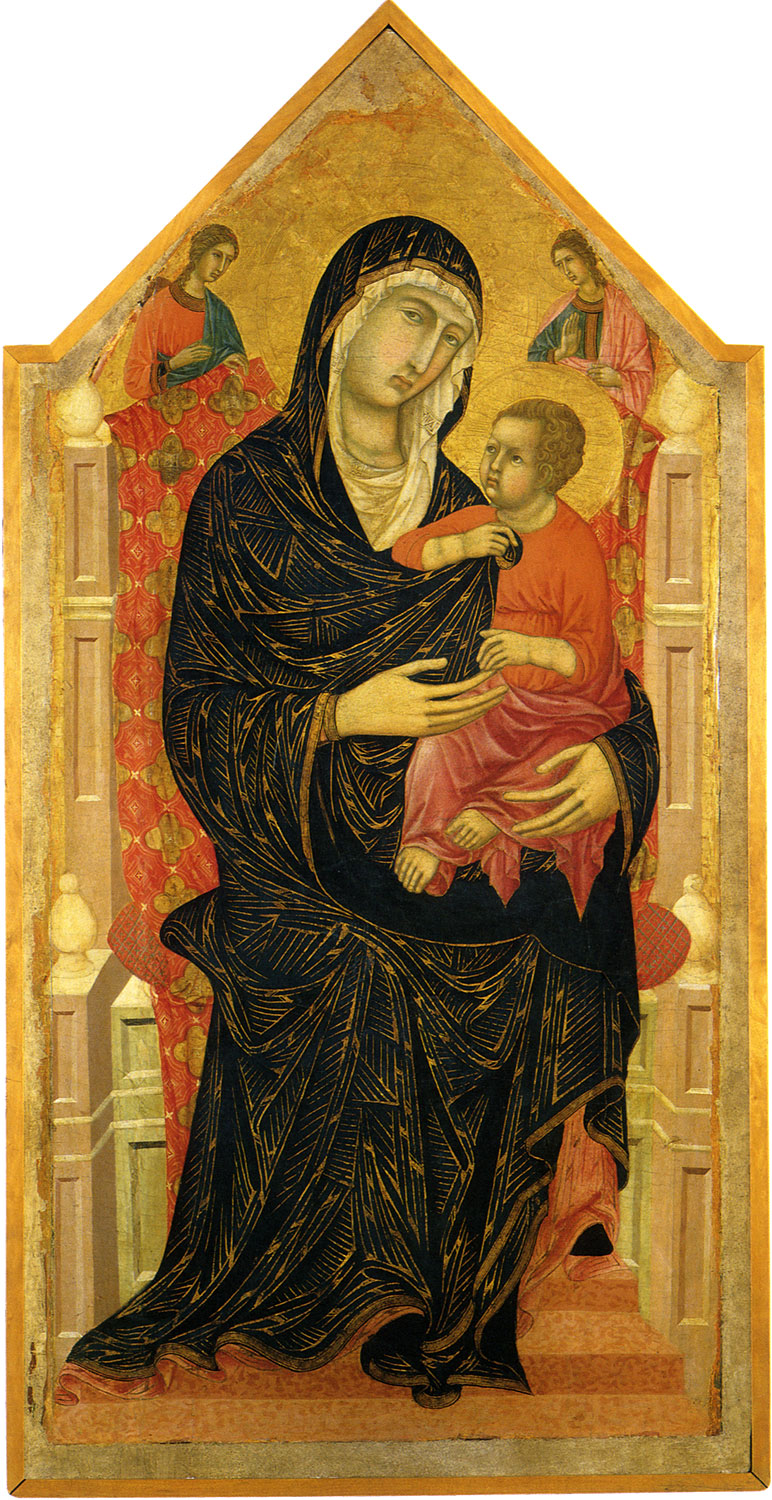
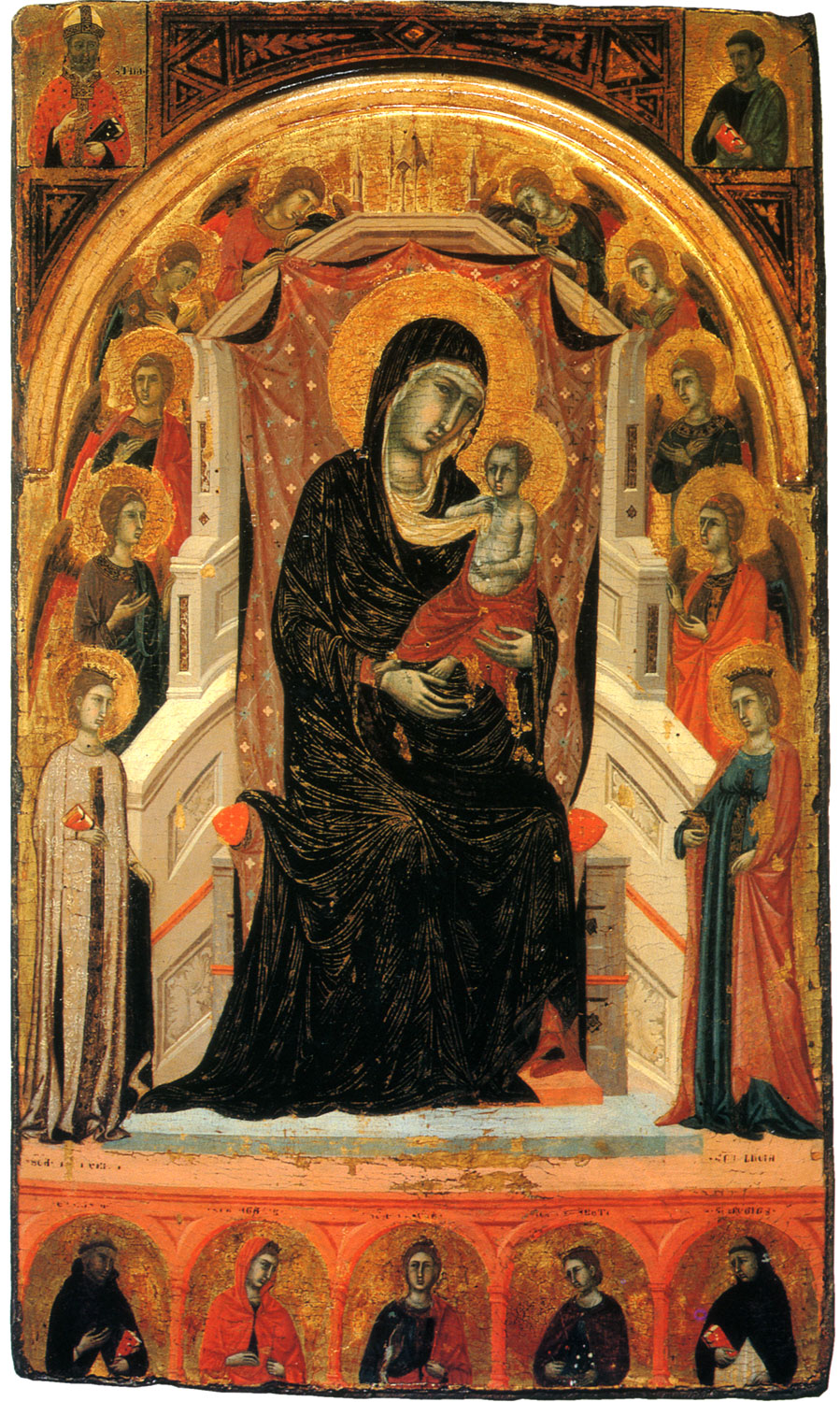
Matteo di Giovanni c. 1430 - 1495) was an Italian
Renaissance artist from the Sienese school...
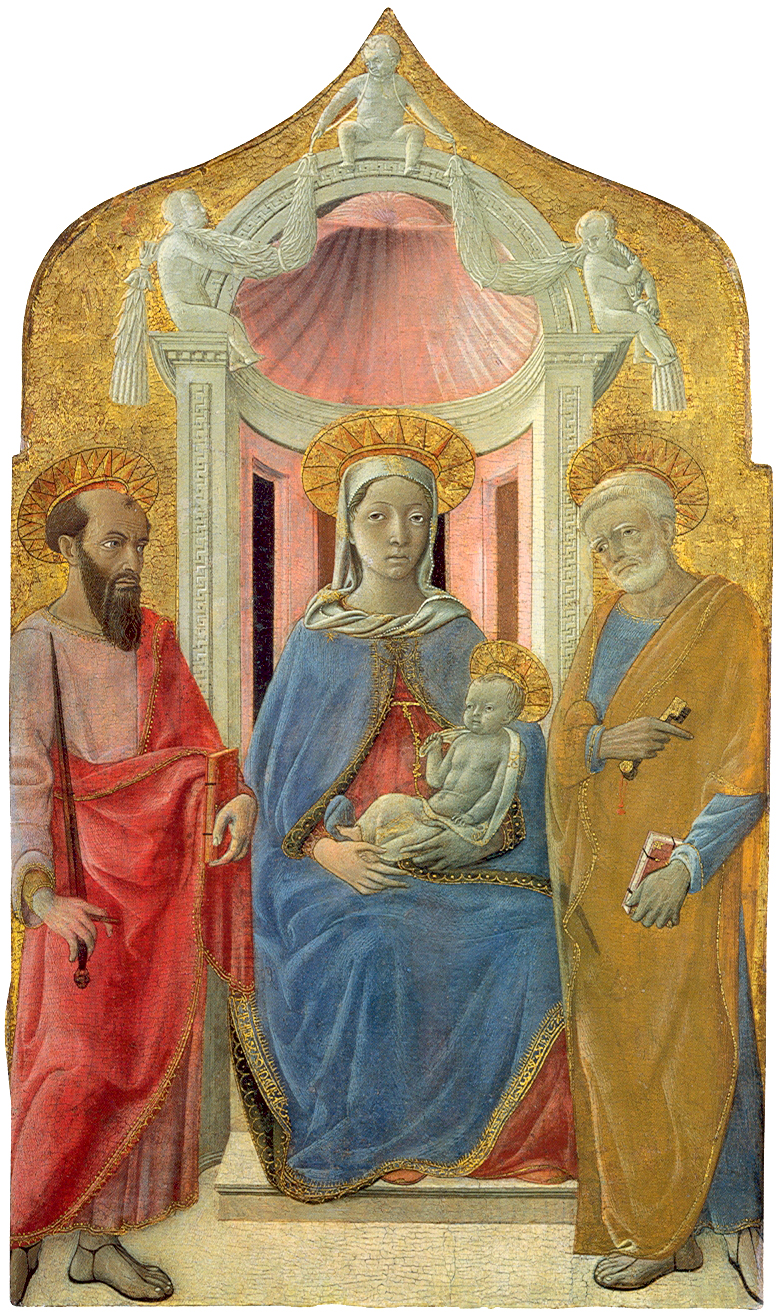
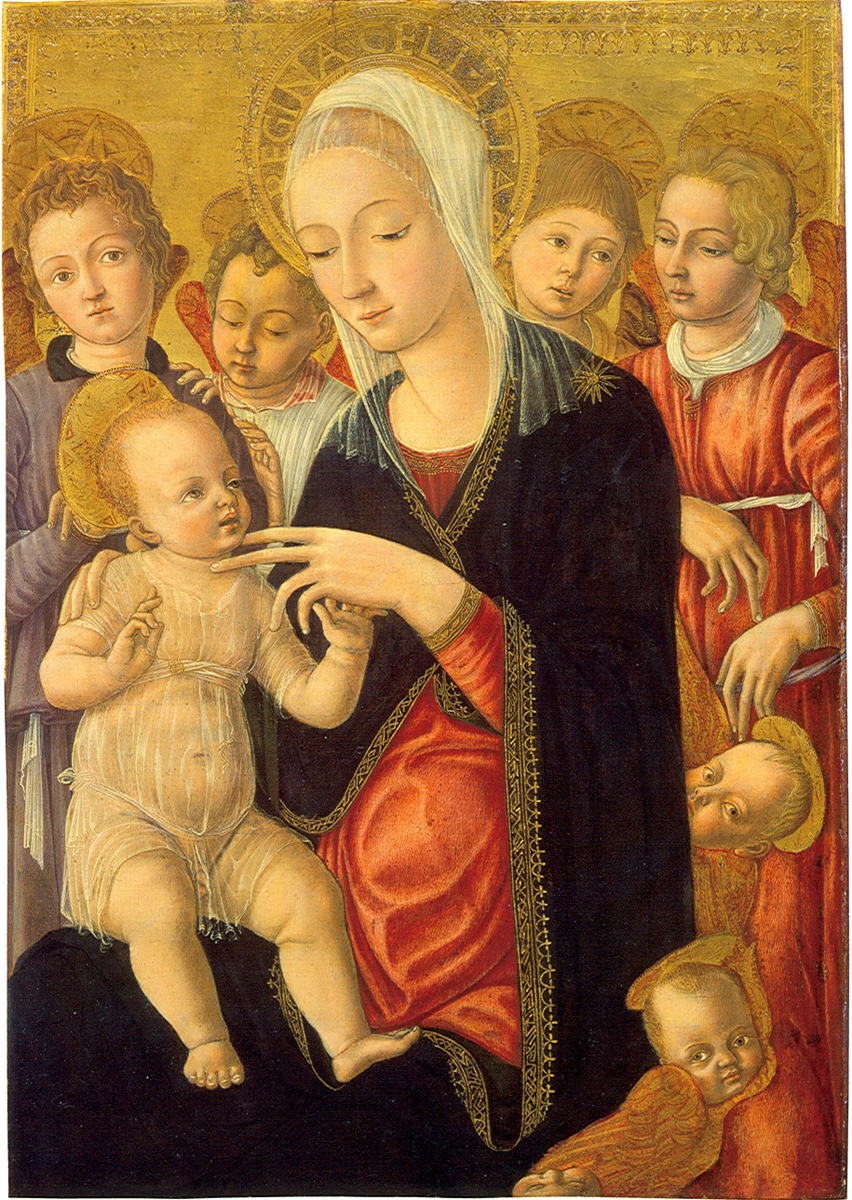
Menegello di Giovanni de Canali ...
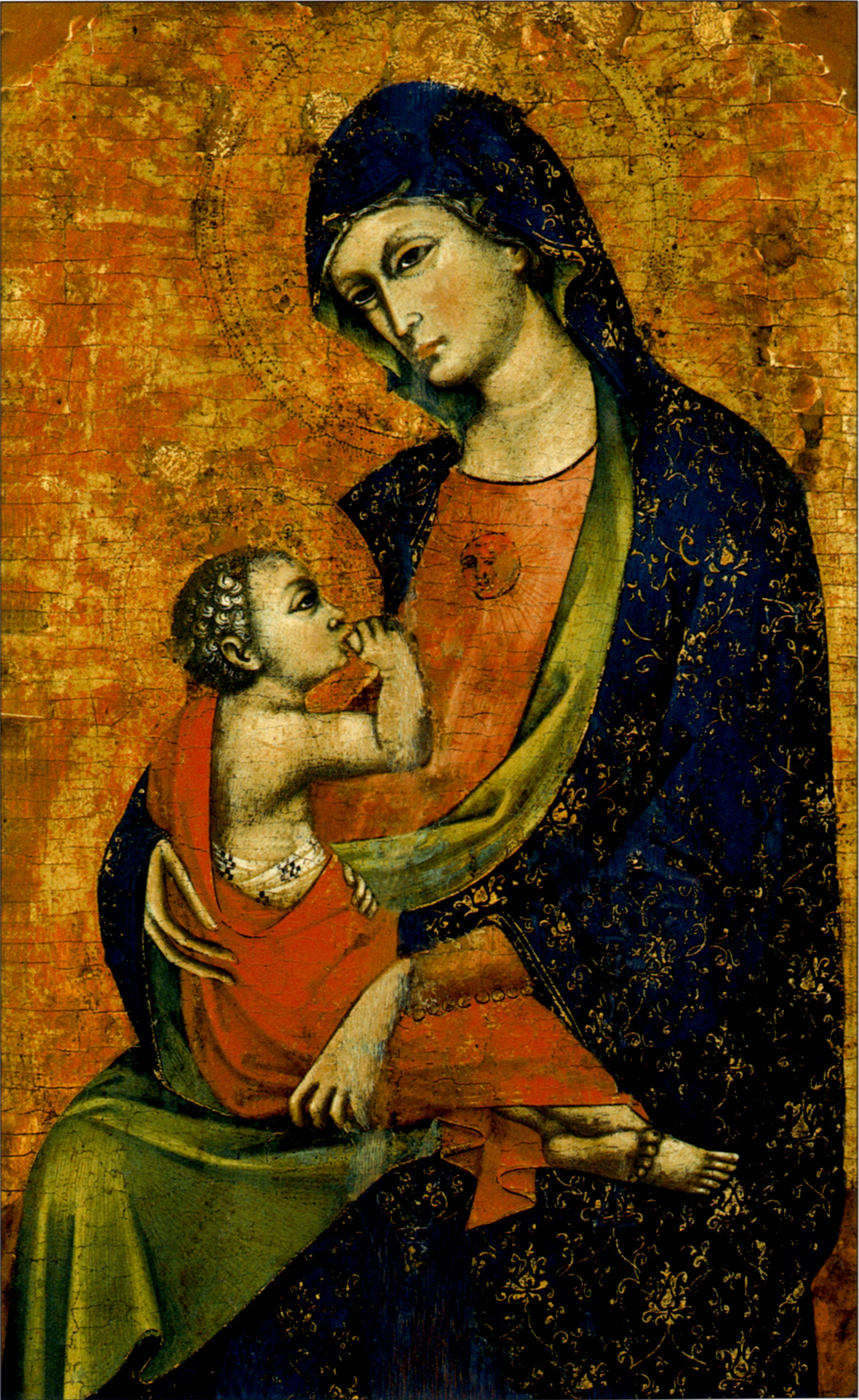
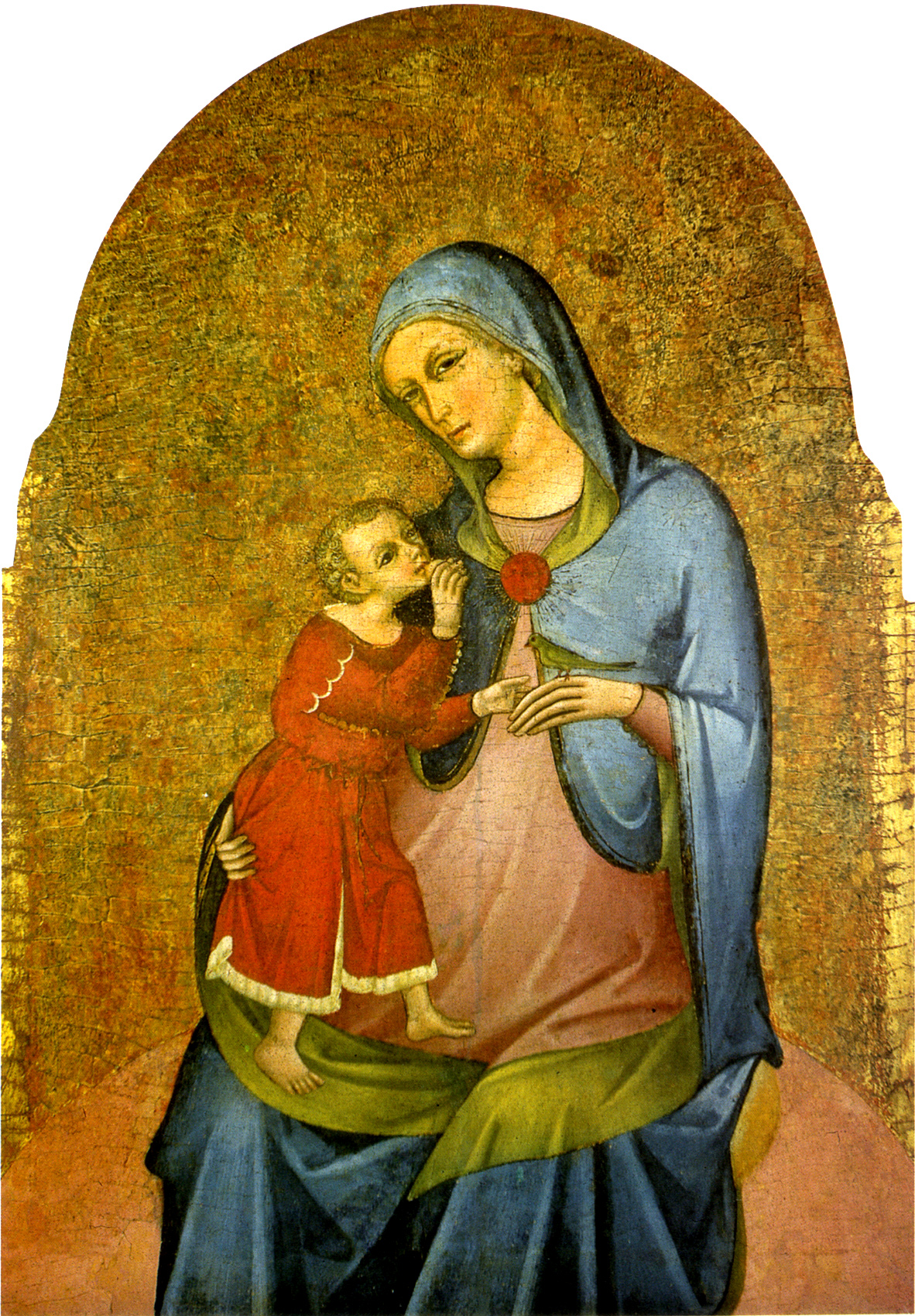
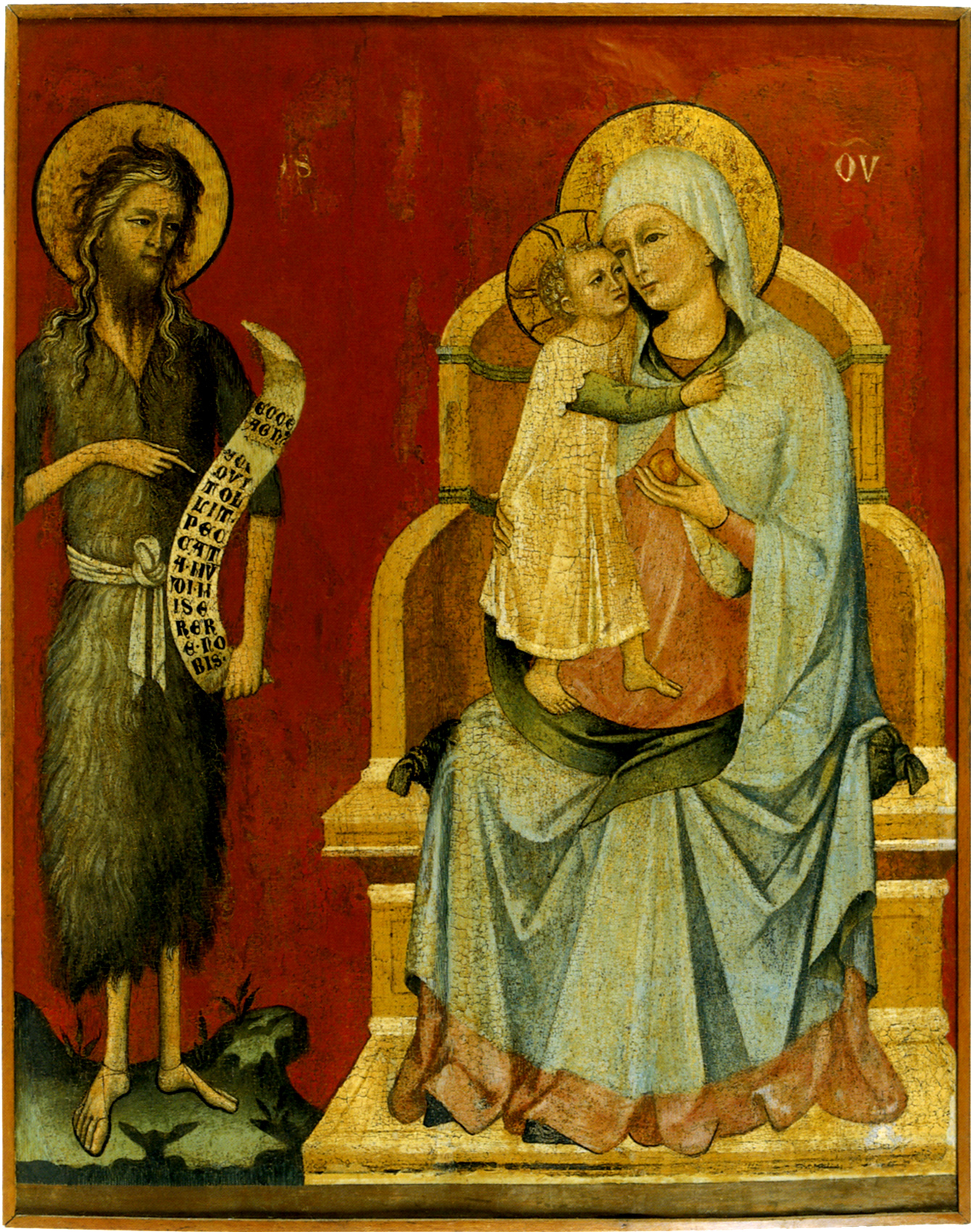
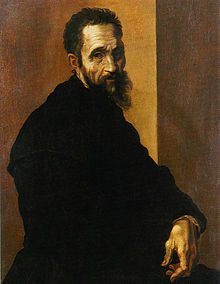 Michelangelo di Lodovico Buonarroti Simoni(6 March 1475 –
18 February 1564), commonly known as Michelangelo was an Italian Renaissance sculptor, painter,
architect, poet, and engineer who exerted an unparalleled influence on the
development of Western art... Despite making few forays beyond the arts, his
versatility in the disciplines he took up was of such a high order that he is
often considered a contender for the title of the archetypal Renaissance man,
along with fellow Italian Leonardo da Vinci...
Michelangelo di Lodovico Buonarroti Simoni(6 March 1475 –
18 February 1564), commonly known as Michelangelo was an Italian Renaissance sculptor, painter,
architect, poet, and engineer who exerted an unparalleled influence on the
development of Western art... Despite making few forays beyond the arts, his
versatility in the disciplines he took up was of such a high order that he is
often considered a contender for the title of the archetypal Renaissance man,
along with fellow Italian Leonardo da Vinci...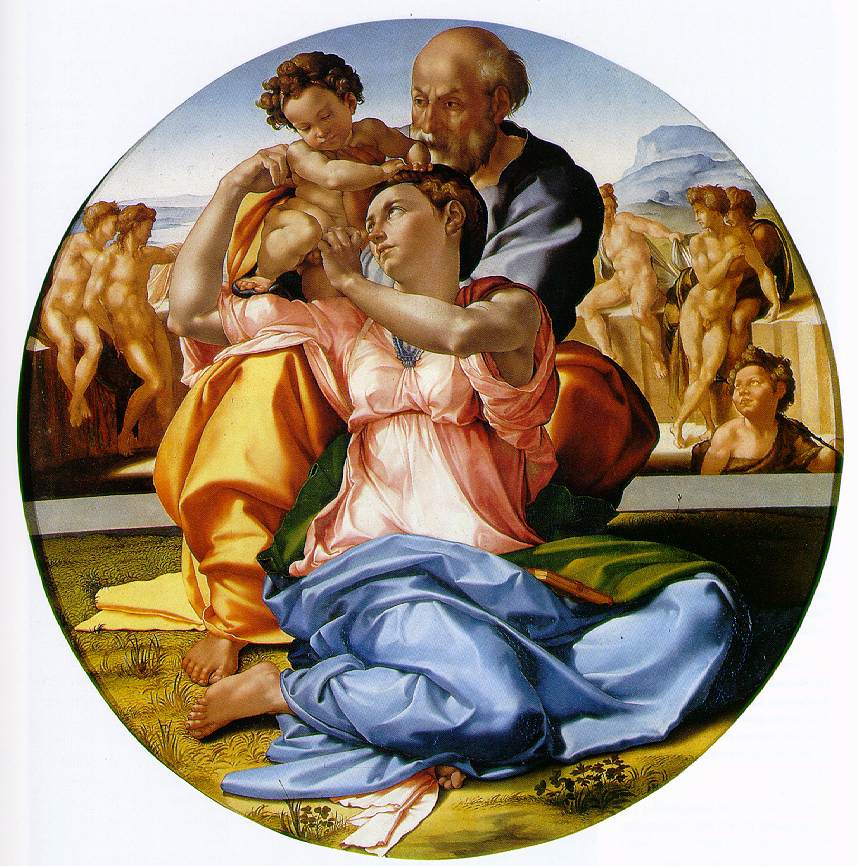
Lorenzo Monaco (born Piero di Giovanni; c. 1370 – c.
1425) was an Italian painter of the late Gothic-early Renaissance age...
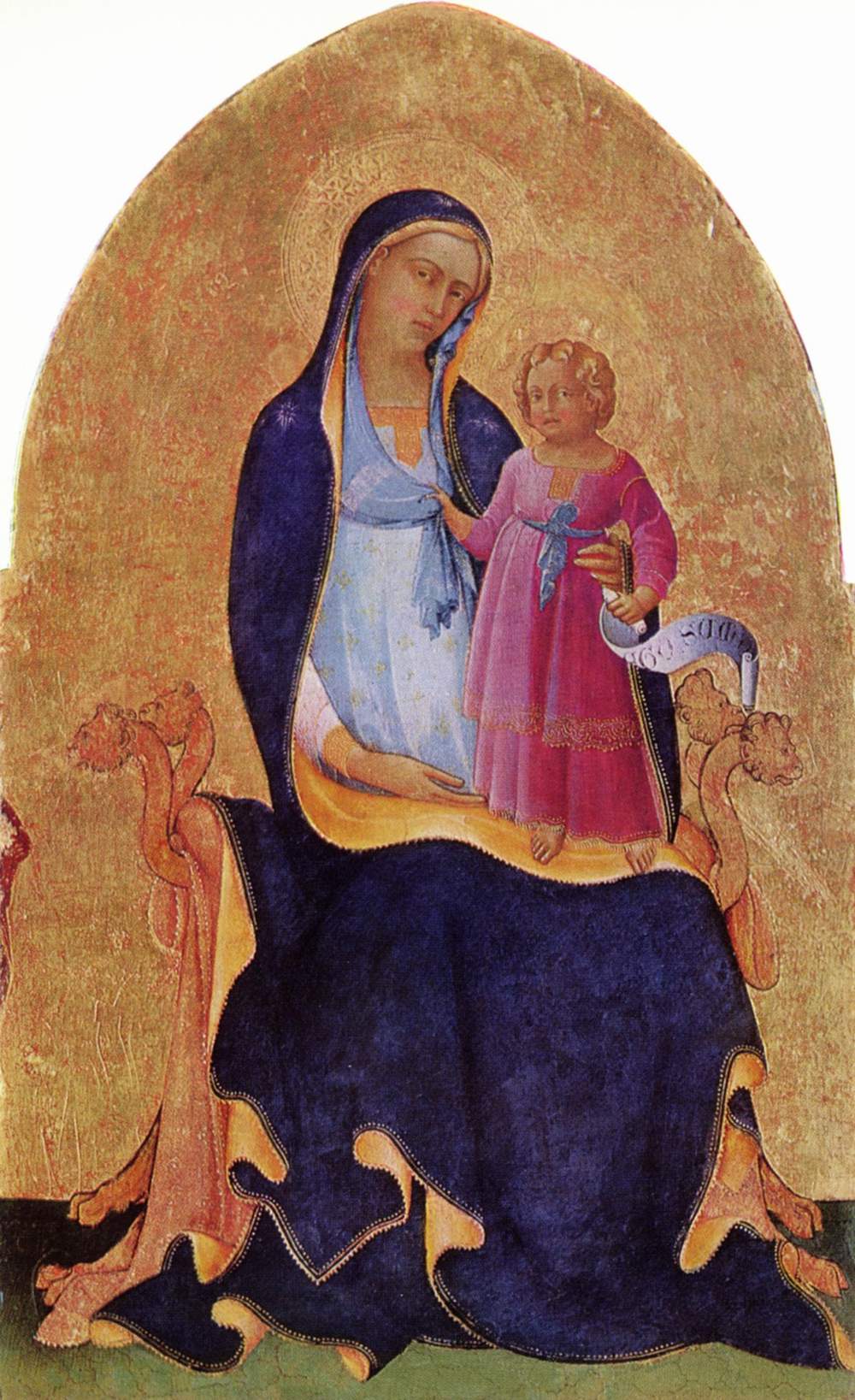
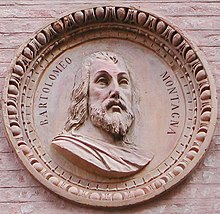 Bartolomeo Montagna (1450–1523) was an Italian painter
and architect who worked in Vicenza and Venice. He putatively was born near
Brescia . His initial training was presumably under Domenico Morone in Verona,
where he seems to have acquired a late Quattrocento refinement, similar to that
of Carpaccio and Mantegna. The figures have a strict organization in space, and
the peaceful expressions of classic detachment. He is also considered to be
heavily influenced by Giovanni Bellini, in whose workshop he might have worked
around 1490. Benedetto Montagna, a productive engraver, was his son and pupil
and active till past 1540. Marcello Fogolino was one of his pupils...
Bartolomeo Montagna (1450–1523) was an Italian painter
and architect who worked in Vicenza and Venice. He putatively was born near
Brescia . His initial training was presumably under Domenico Morone in Verona,
where he seems to have acquired a late Quattrocento refinement, similar to that
of Carpaccio and Mantegna. The figures have a strict organization in space, and
the peaceful expressions of classic detachment. He is also considered to be
heavily influenced by Giovanni Bellini, in whose workshop he might have worked
around 1490. Benedetto Montagna, a productive engraver, was his son and pupil
and active till past 1540. Marcello Fogolino was one of his pupils...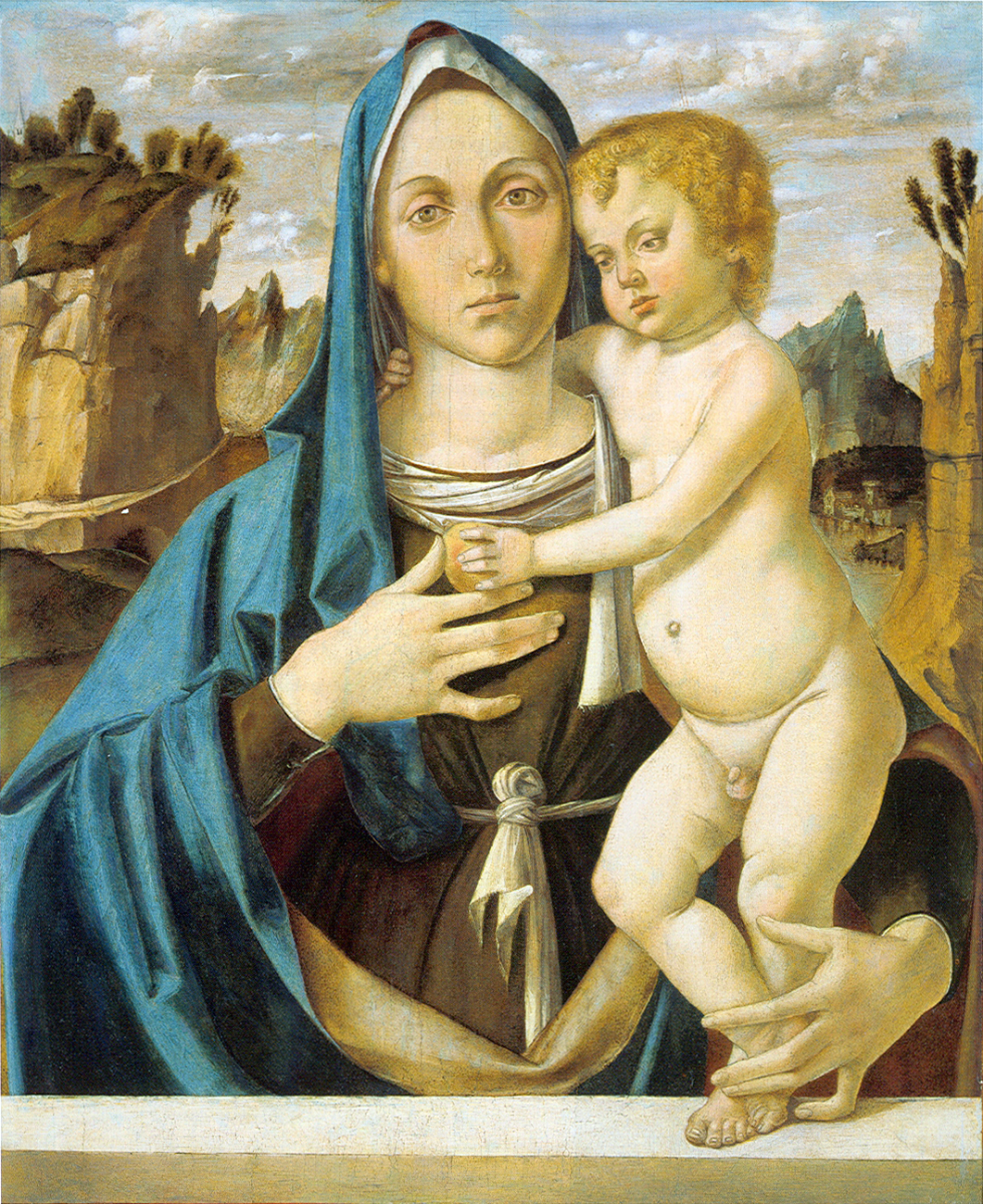
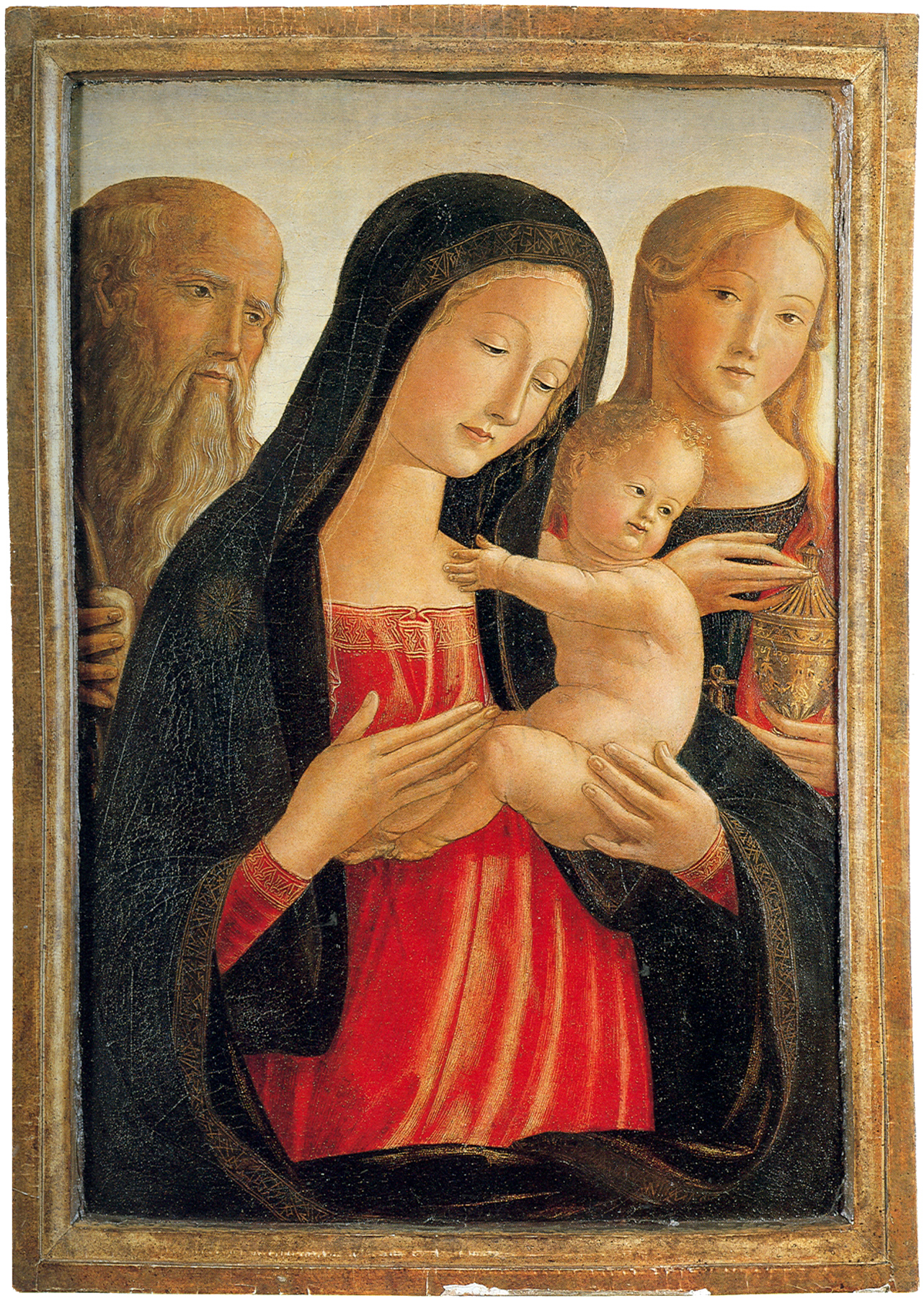
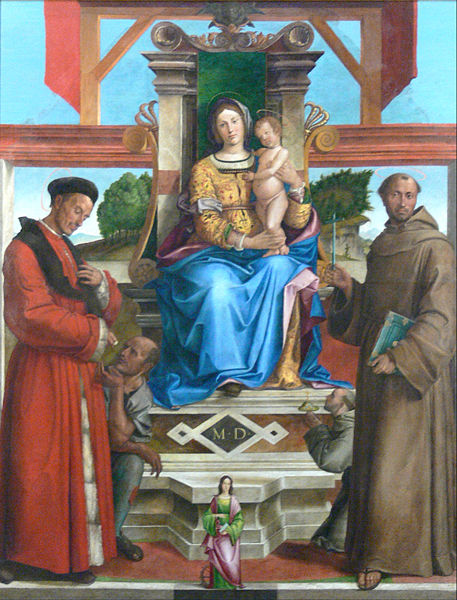
Pietro Orioli (1458 - 1496). Orioli was trained in the
workshop of Matteo di Giovanni. His first independent works probably date from
the early 1480s. He died young, lamented alike for his talents as an artist and
for his exemplary piety. His works were previously ascribed to Giacomo
Pacchiarotto ...
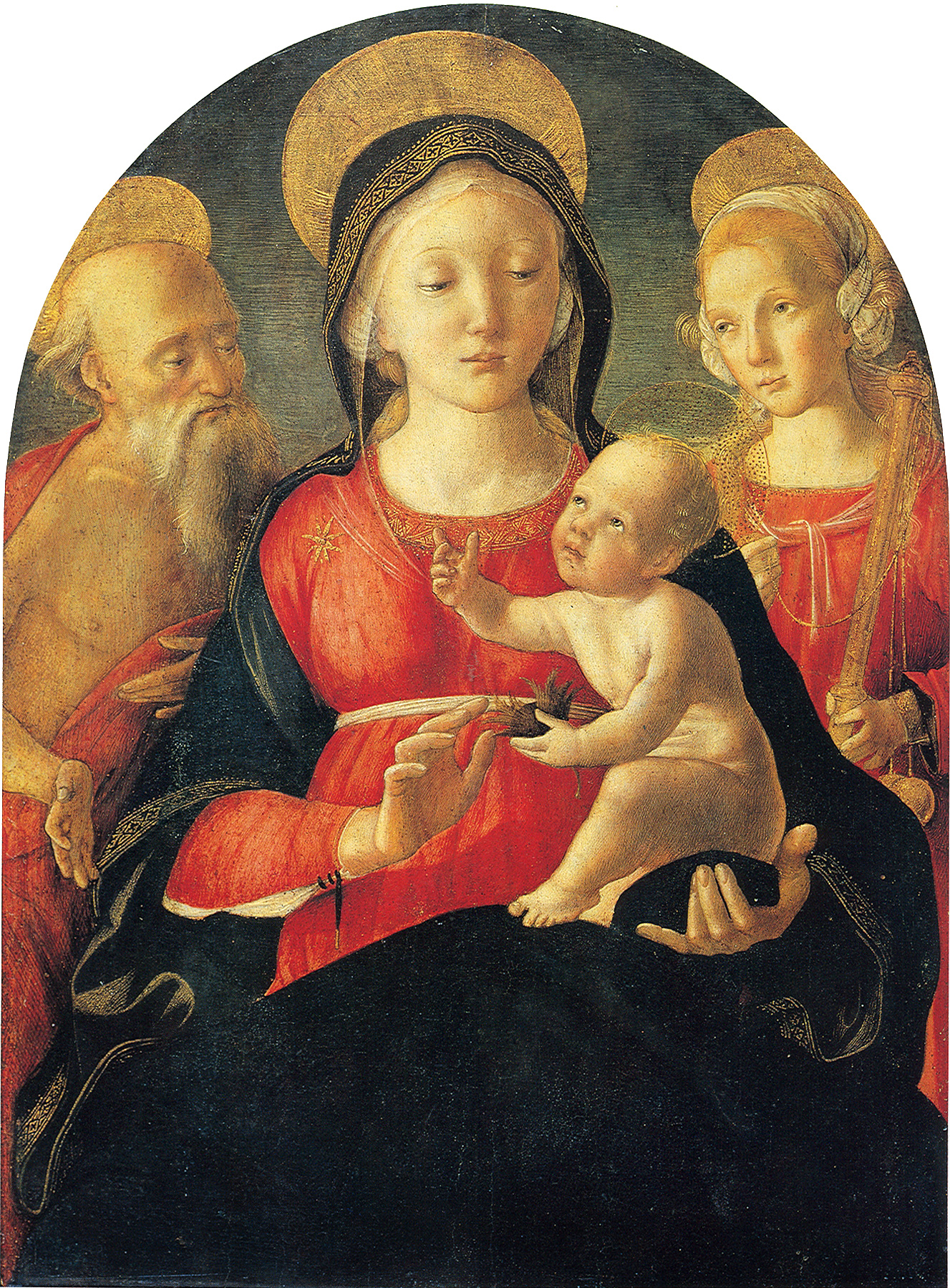
Paolo Veronese (1528 – 19 April 1588) was an Italian
painter of the Renaissance in Venice, famous for paintings such as The Wedding
at Cana and The Feast in the House of Levi. He adopted the name Paolo Cagliari
or Paolo Caliari,and became known as "Veronese" from his birthplace
in Verona...
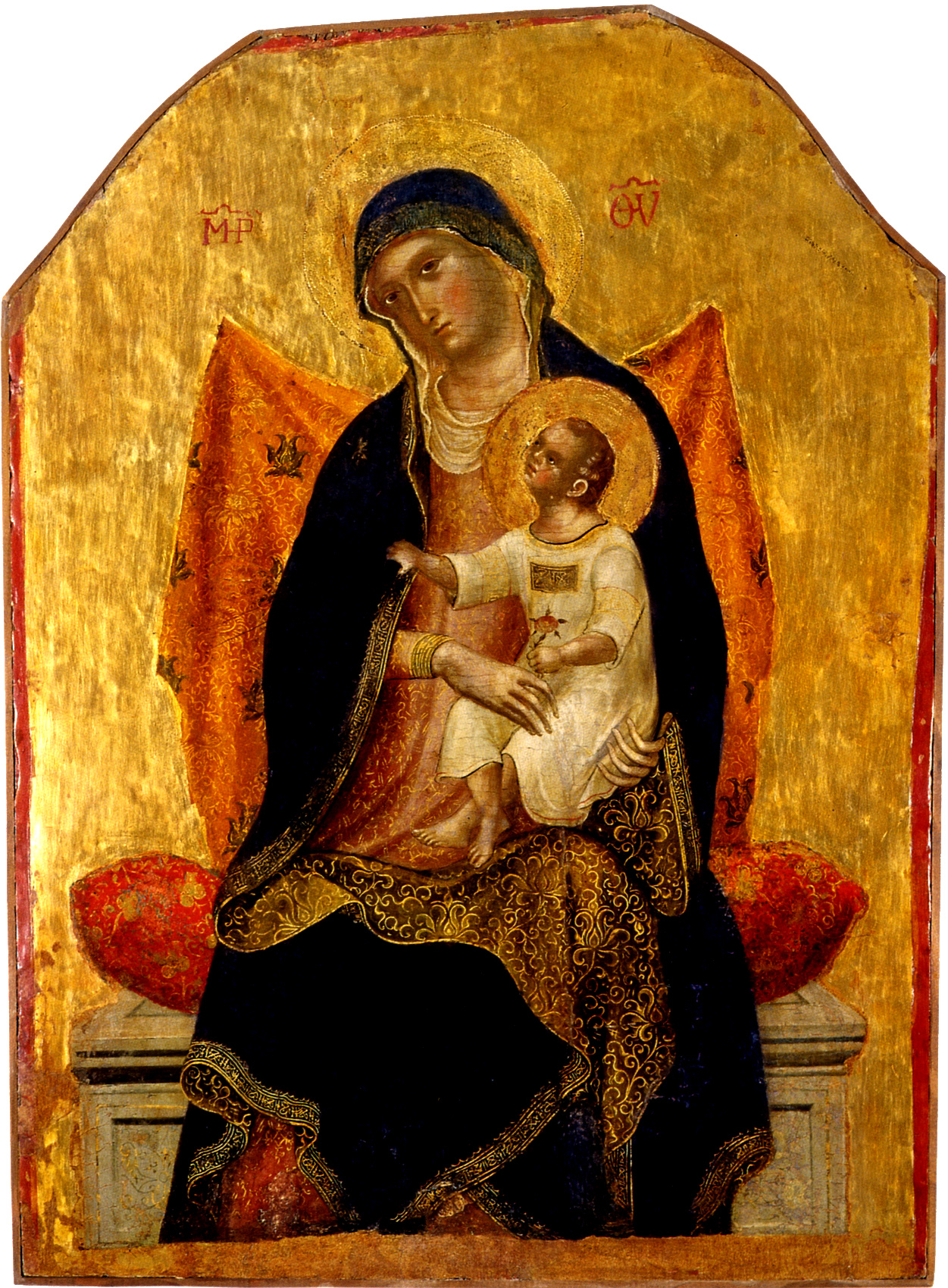
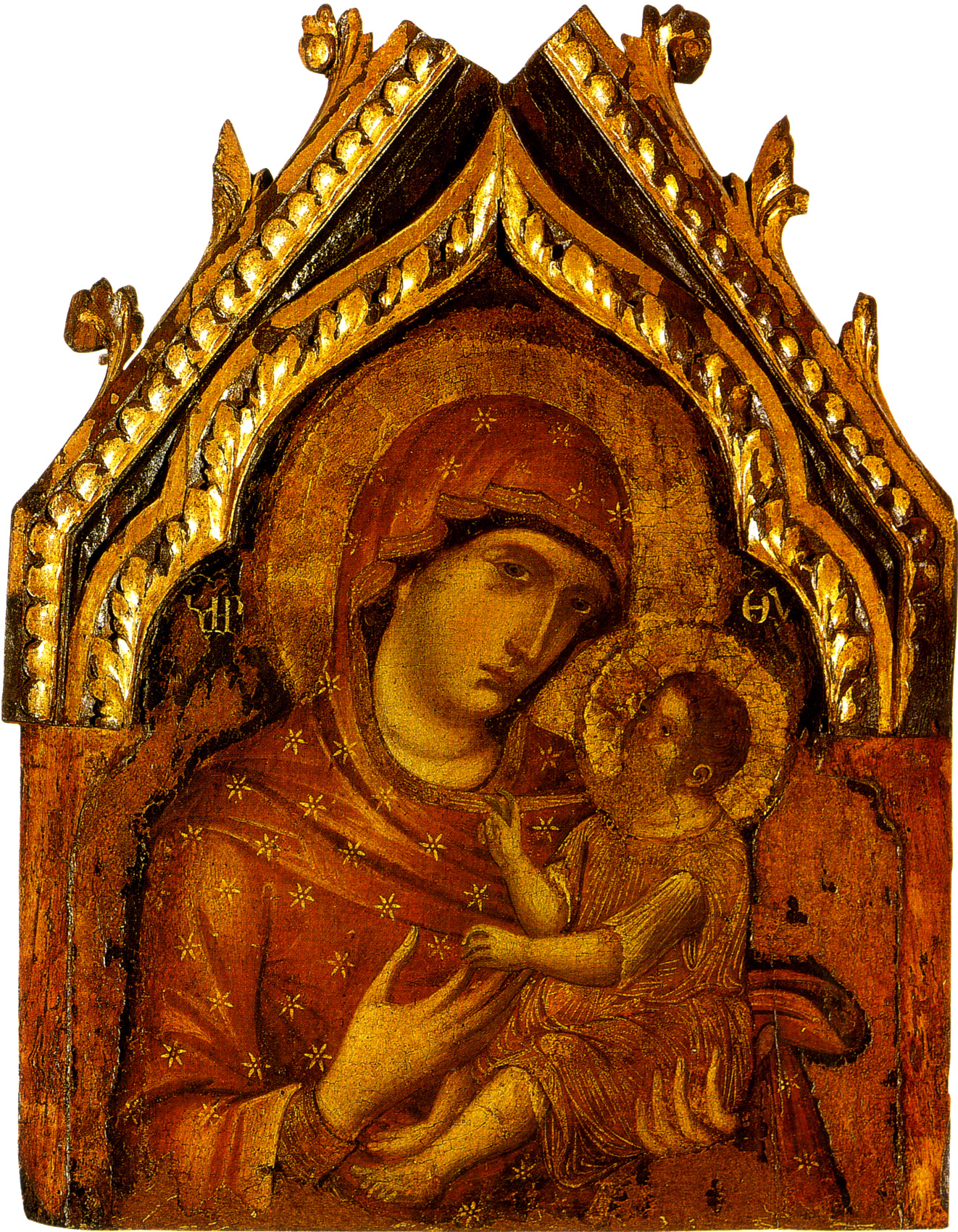
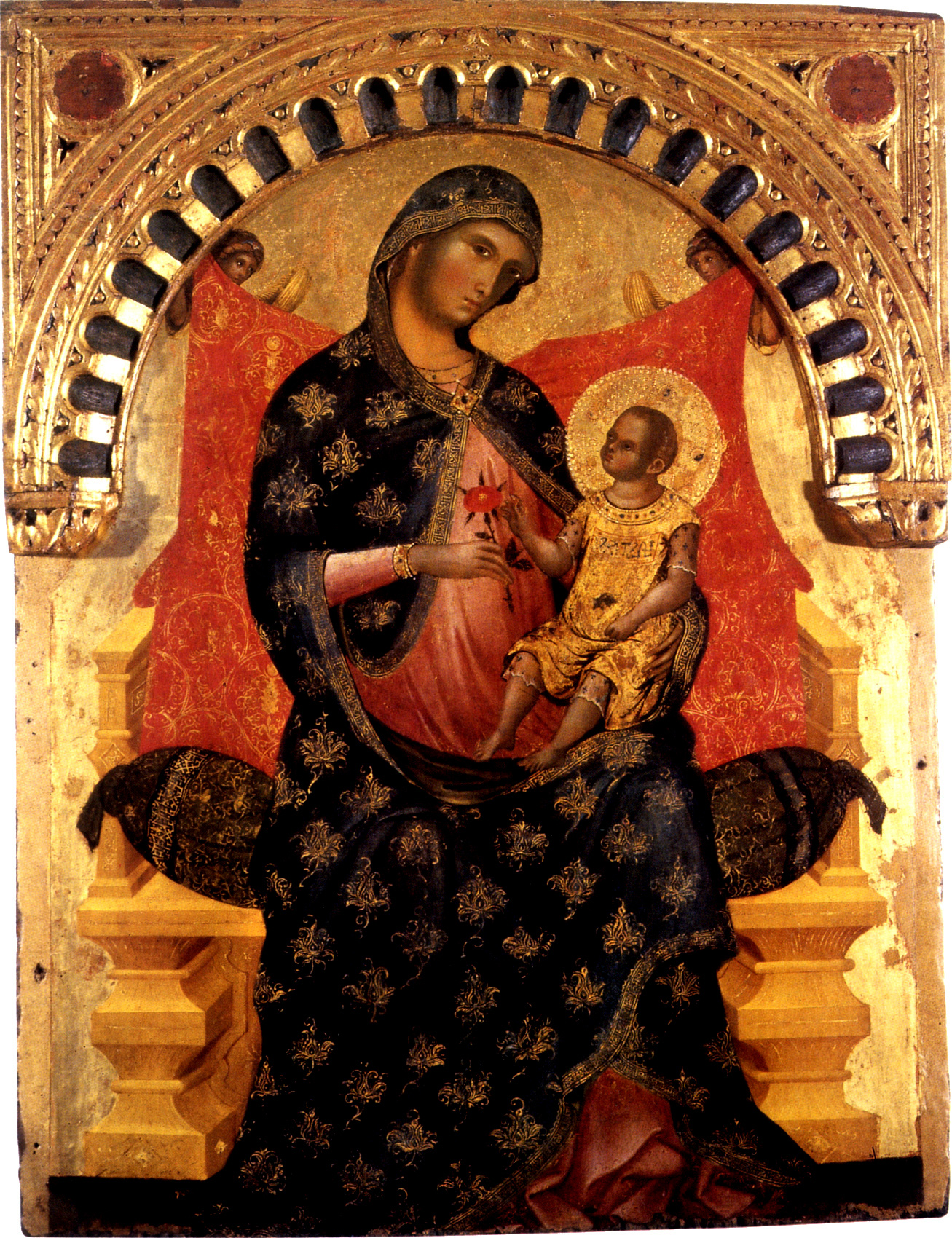
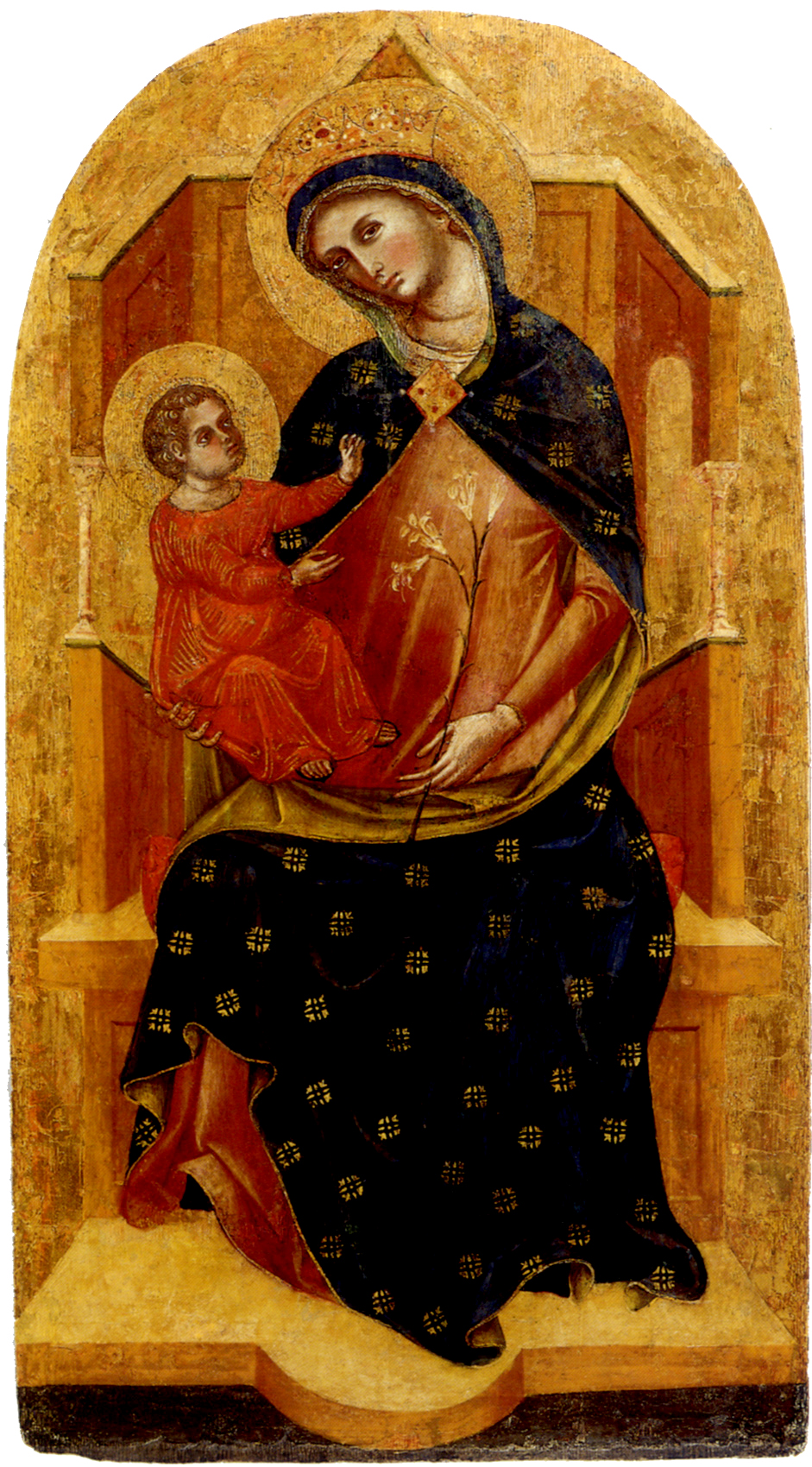
Paolo Uccello (1397 – 10 December 1475), born Paolo di
Dono, was an Italian painter and a mathematician who was notable for his
pioneering work on visual perspective in art. Giorgio Vasari in his book Lives
of the Artists wrote that Uccello was obsessed by his interest in perspective
and would stay up all night in his study trying to grasp the exact vanishing
point. He used perspective in order to create a feeling of depth in his
paintings and not, as his contemporaries, to narrate different or succeeding
stories. His best known works are the three paintings representing the battle
of San Romano (for a long time these were wrongly entitled the "Battle of
Sant' Egidio of 1416")...
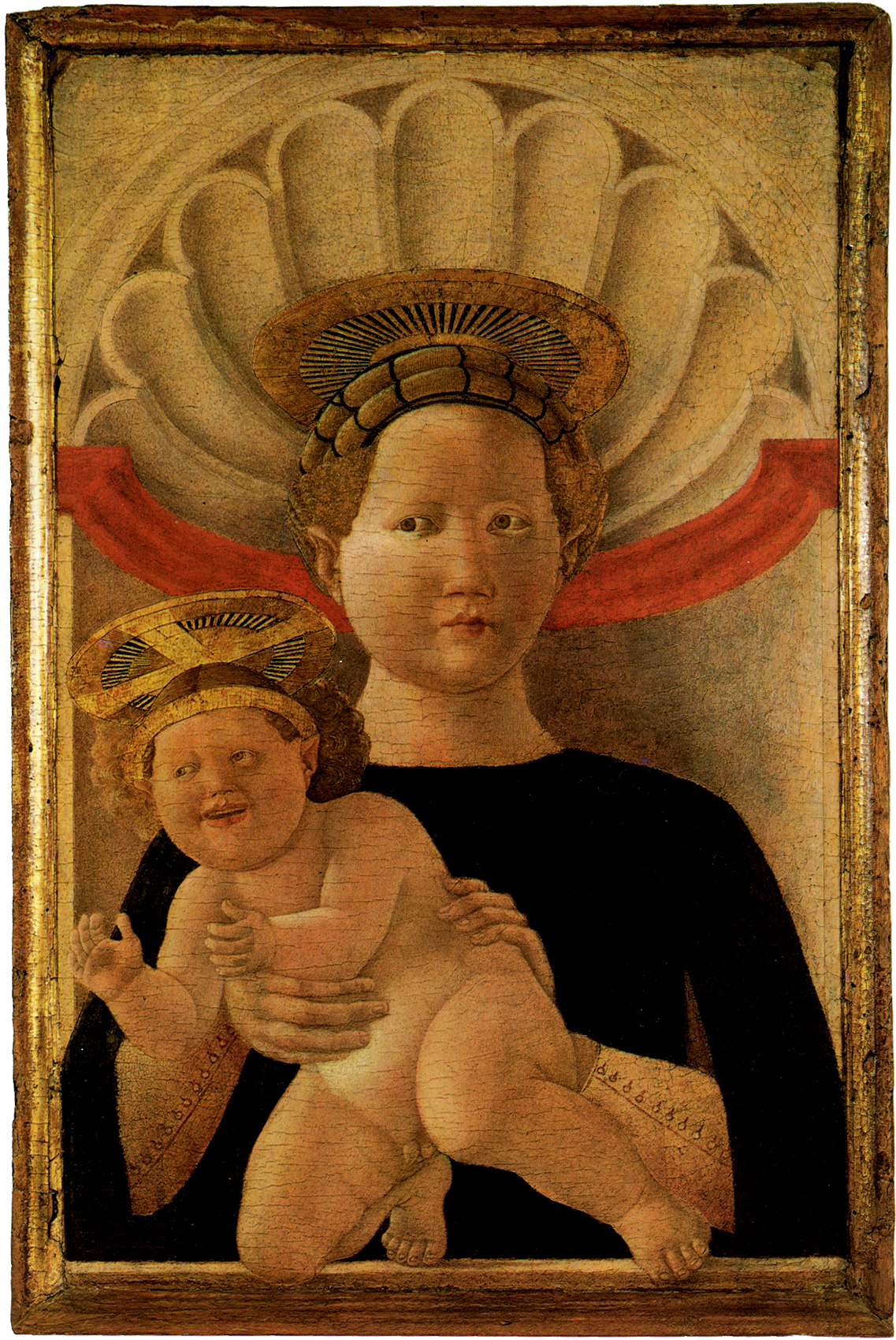
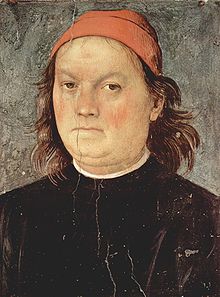 Pietro Perugino
(c. 1446/1450–1523), born Pietro Vannucci, was an Italian Renaissance
painter of the Umbrian school, who developed some of the qualities that found
classic expression in the High Renaissance. Raphael was his most famous pupil...
Pietro Perugino
(c. 1446/1450–1523), born Pietro Vannucci, was an Italian Renaissance
painter of the Umbrian school, who developed some of the qualities that found
classic expression in the High Renaissance. Raphael was his most famous pupil...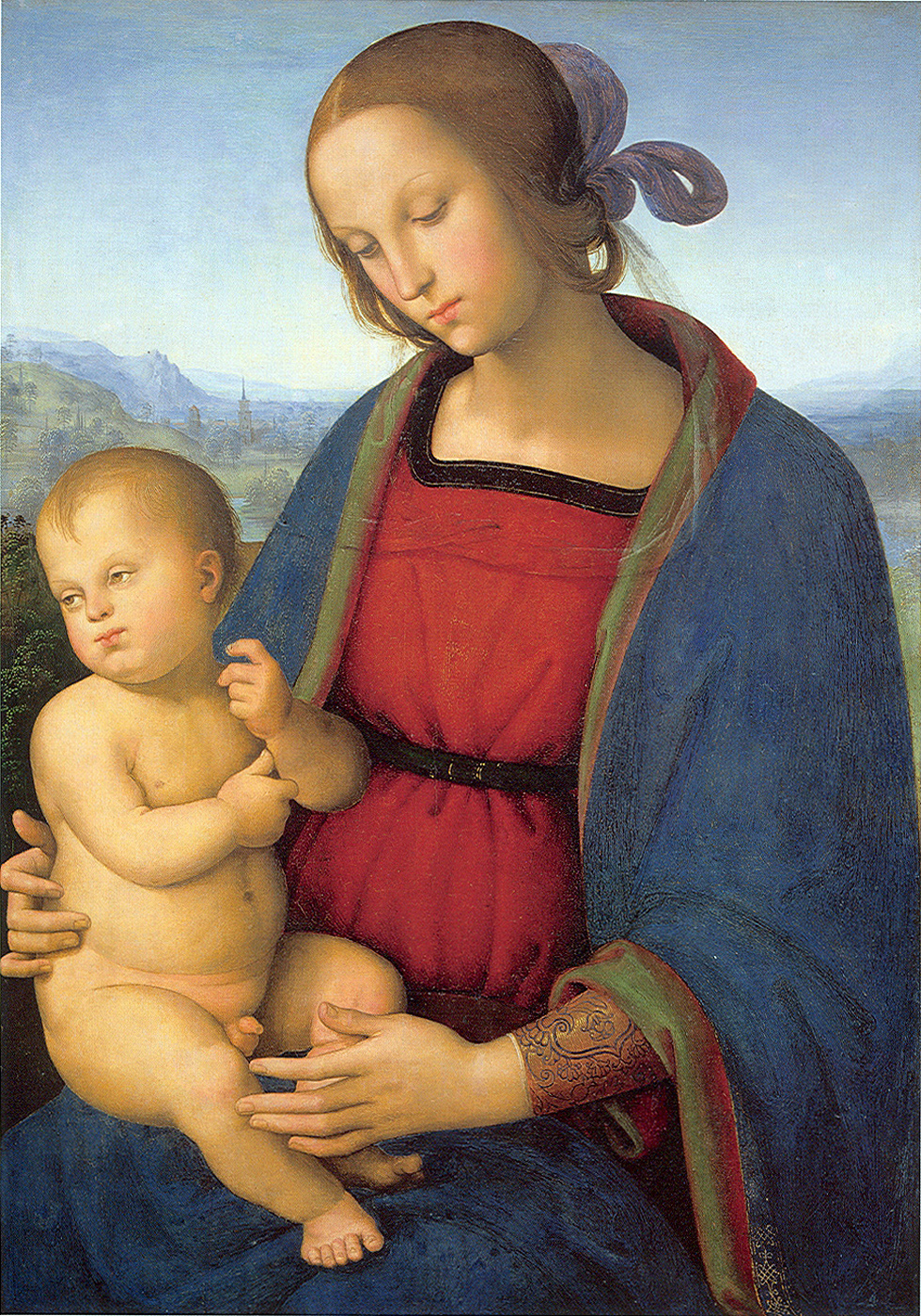
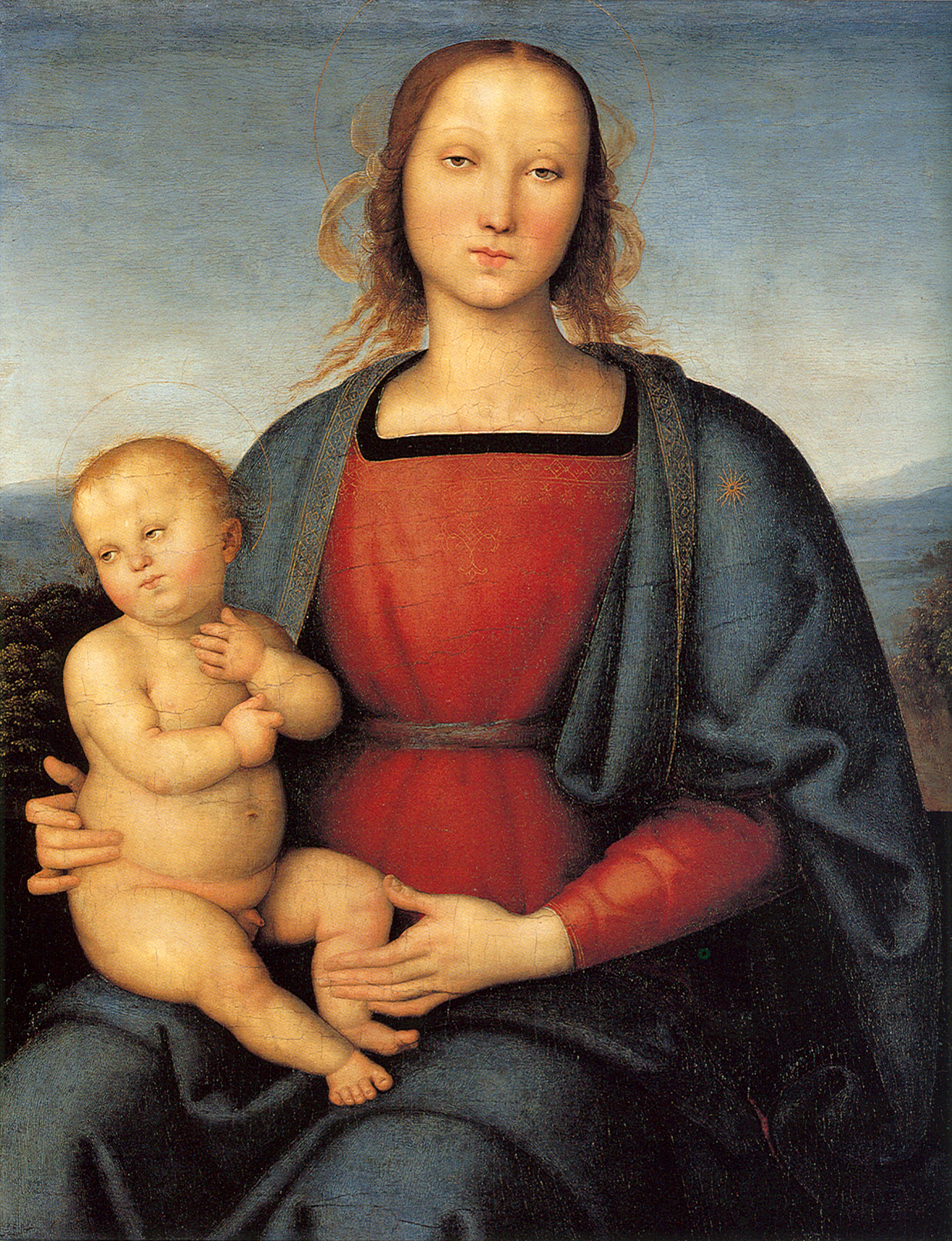
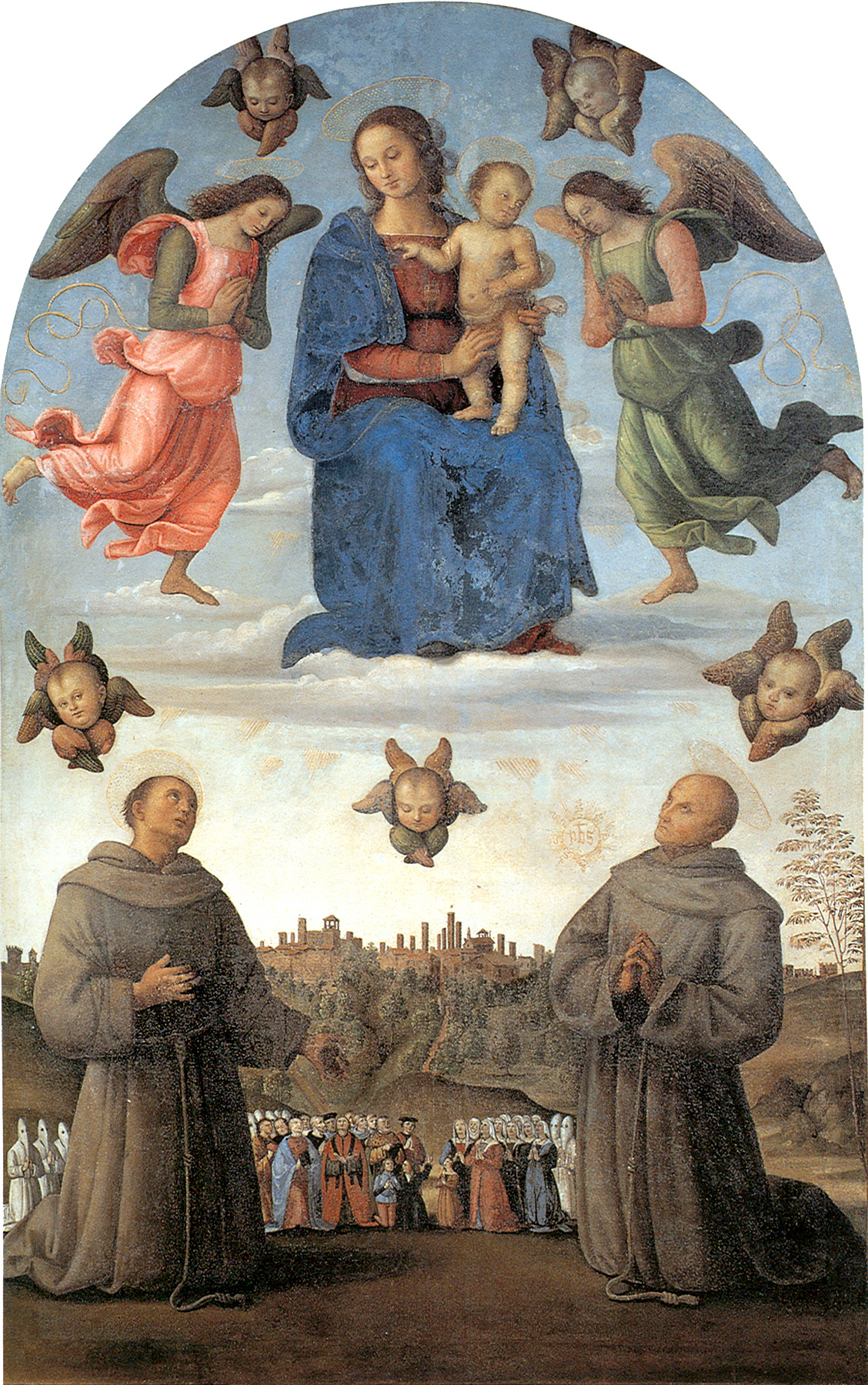
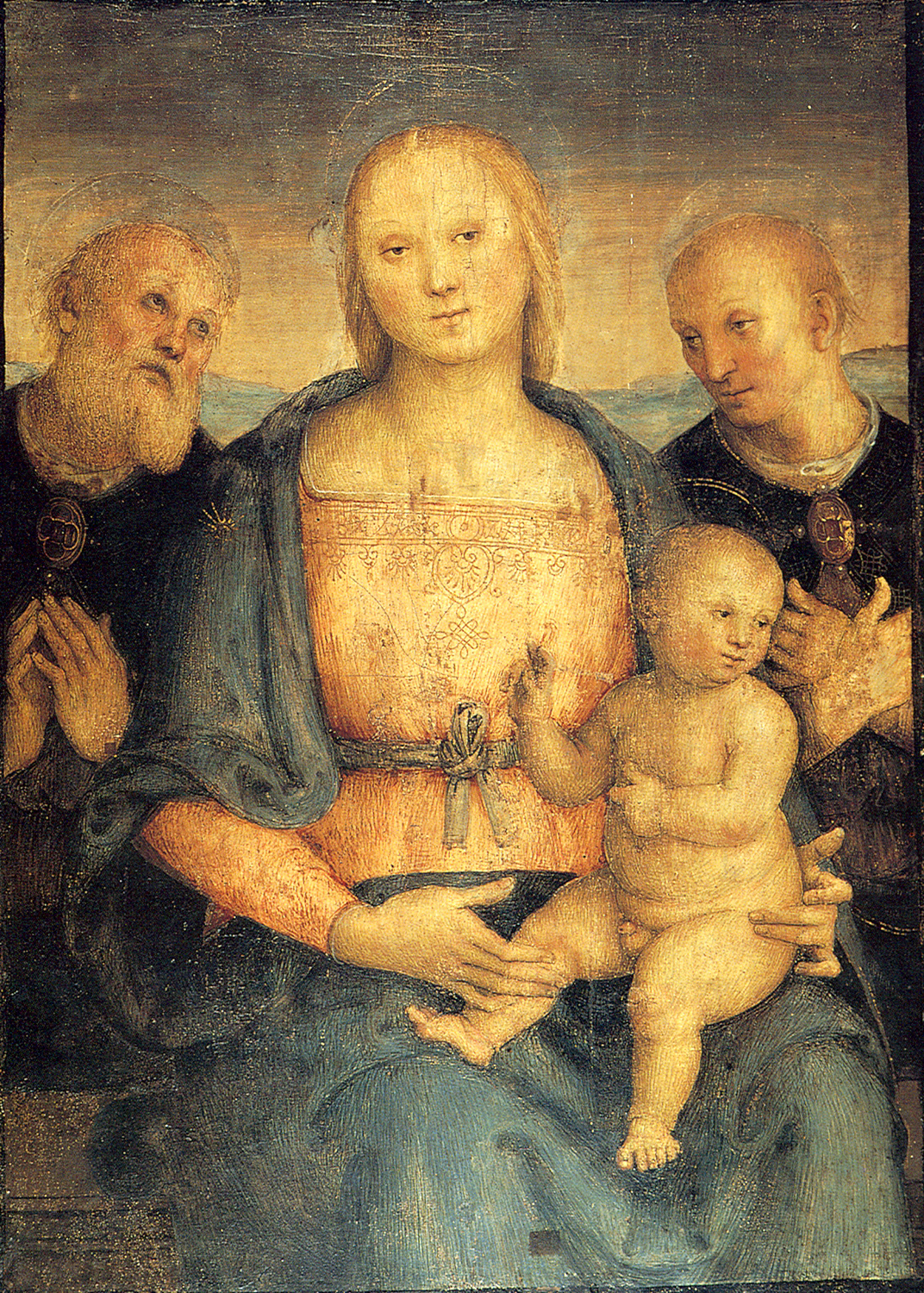
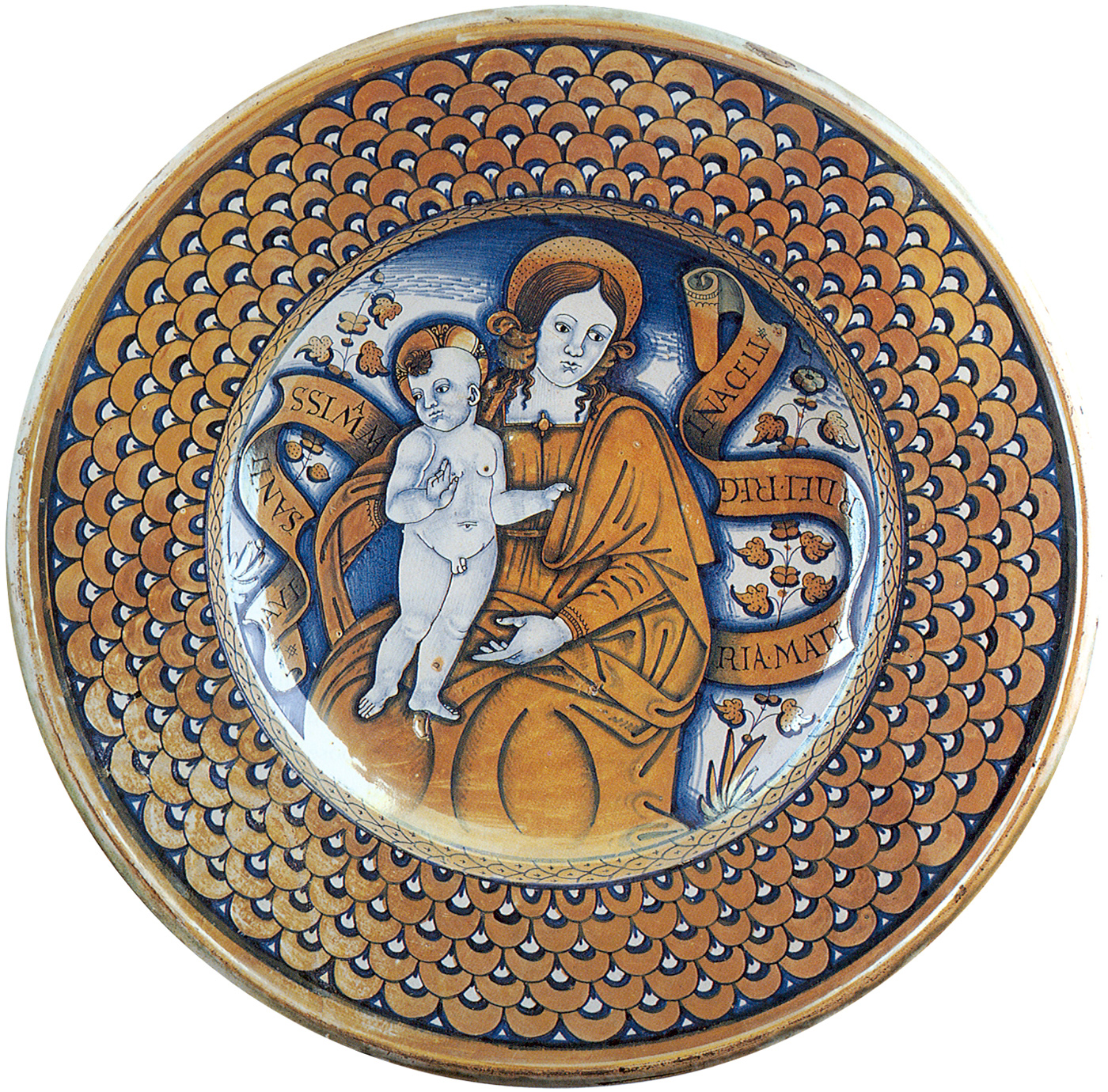
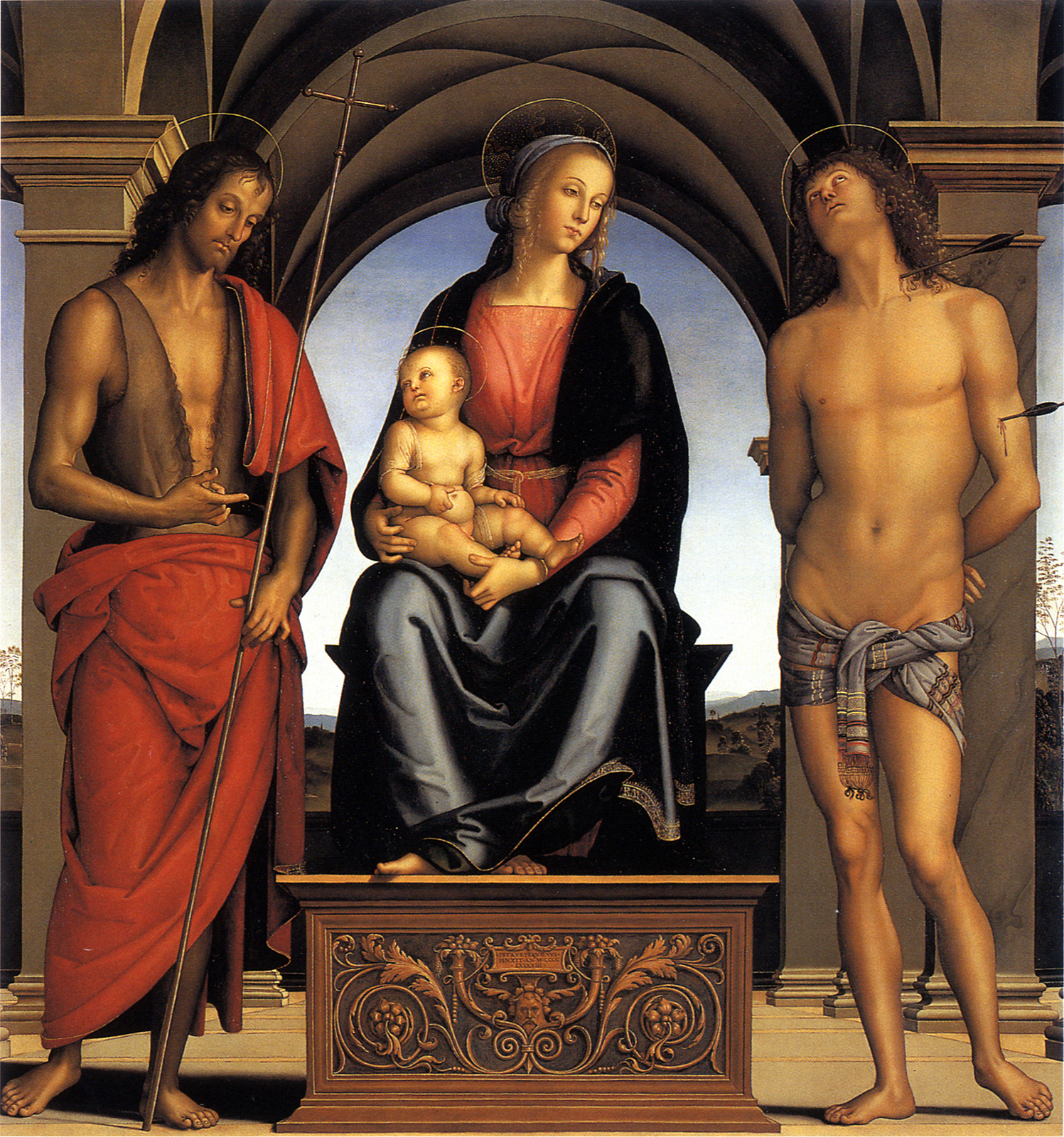
Pier Francesco Fiorentino (Florence, 1444/1445 - après
1497), est un anglais du Quattrocento painter...
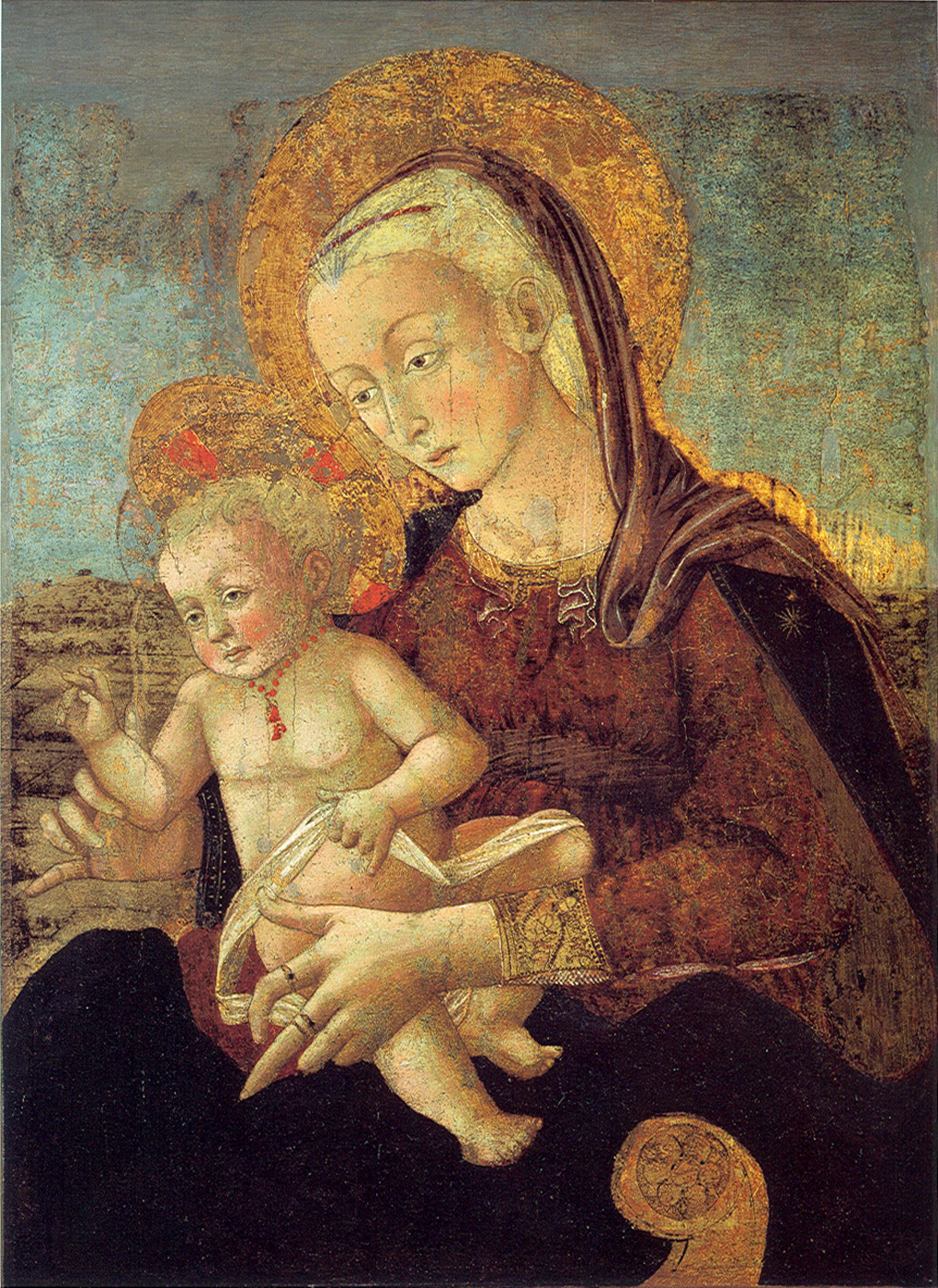
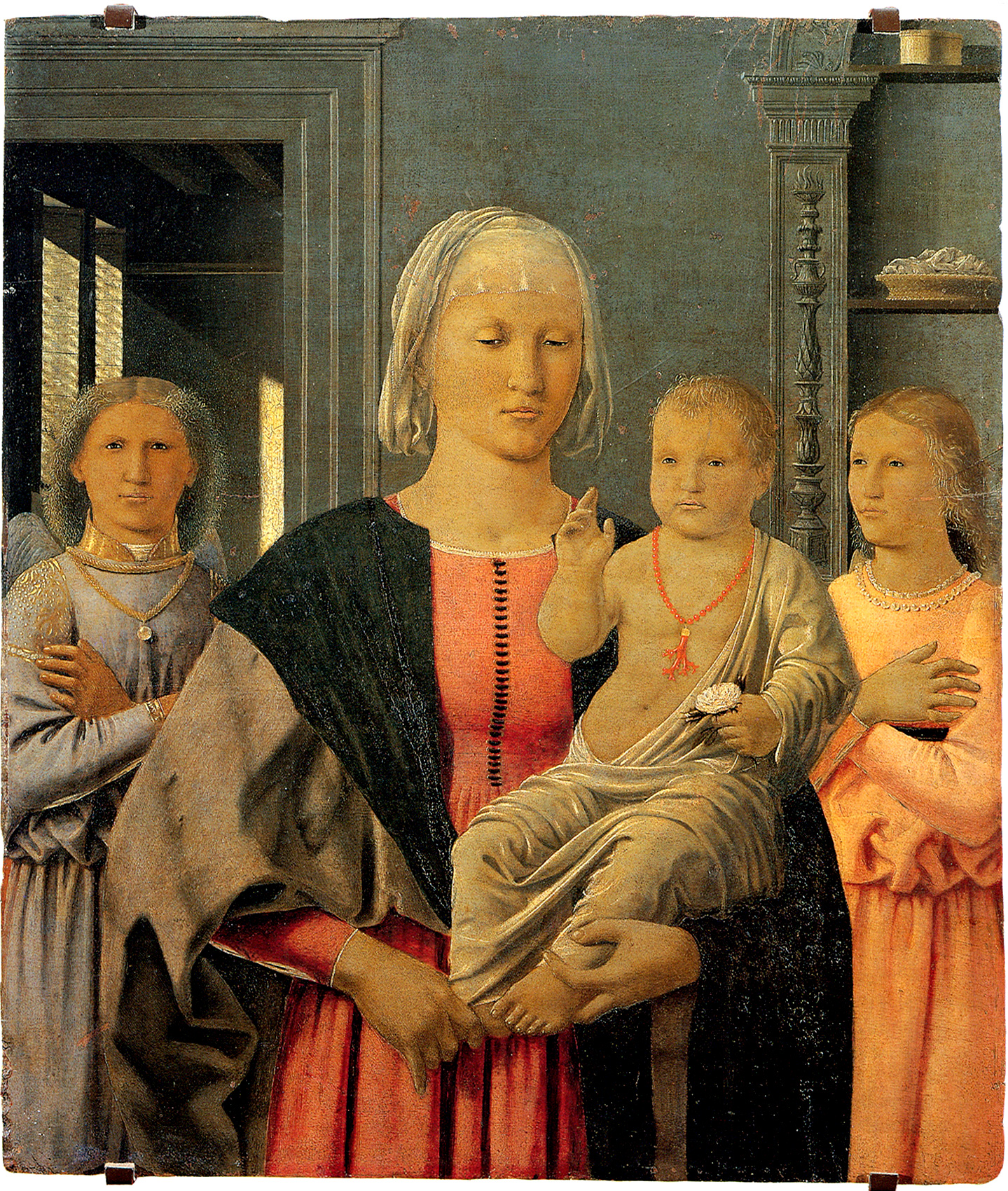
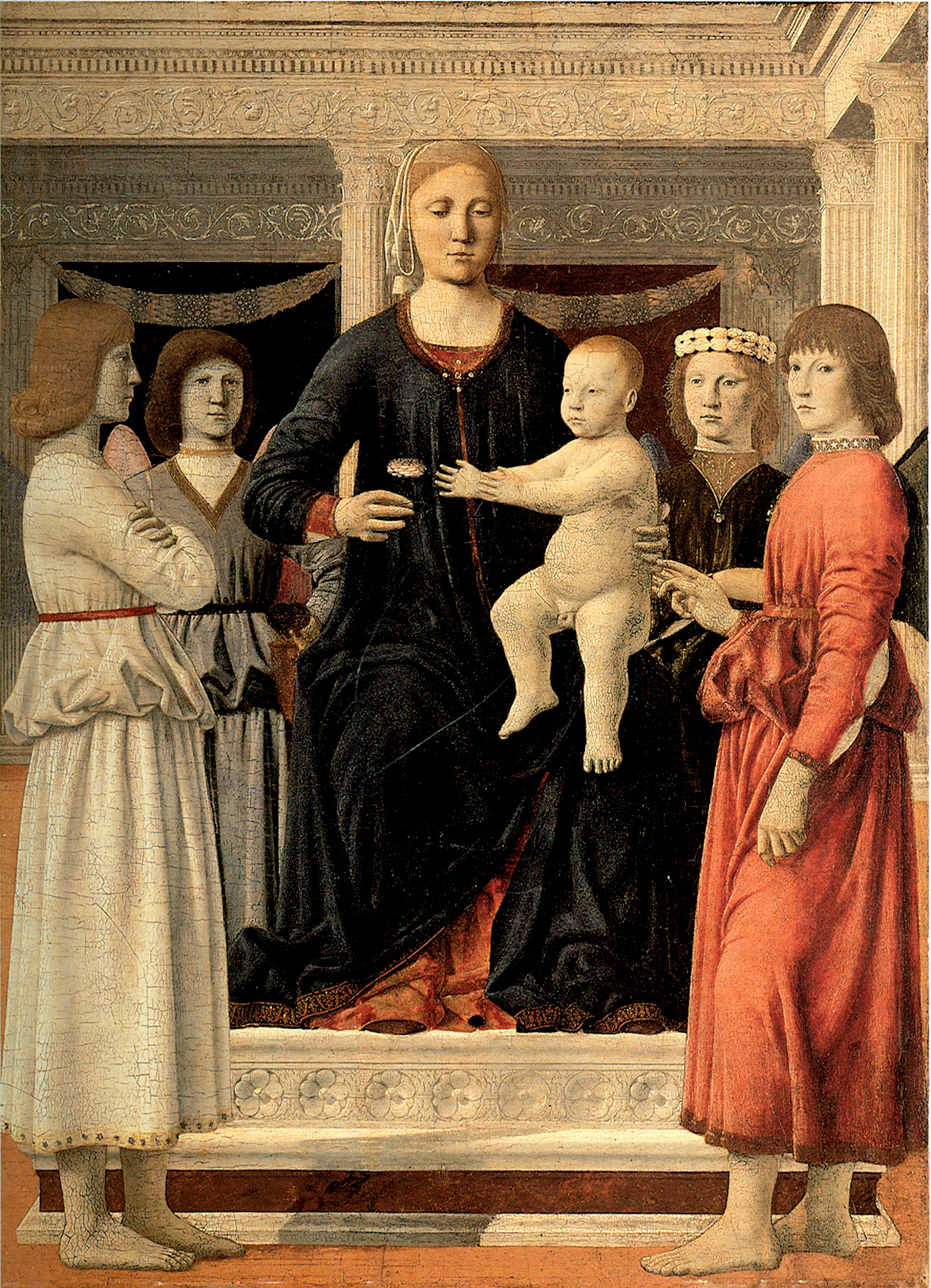
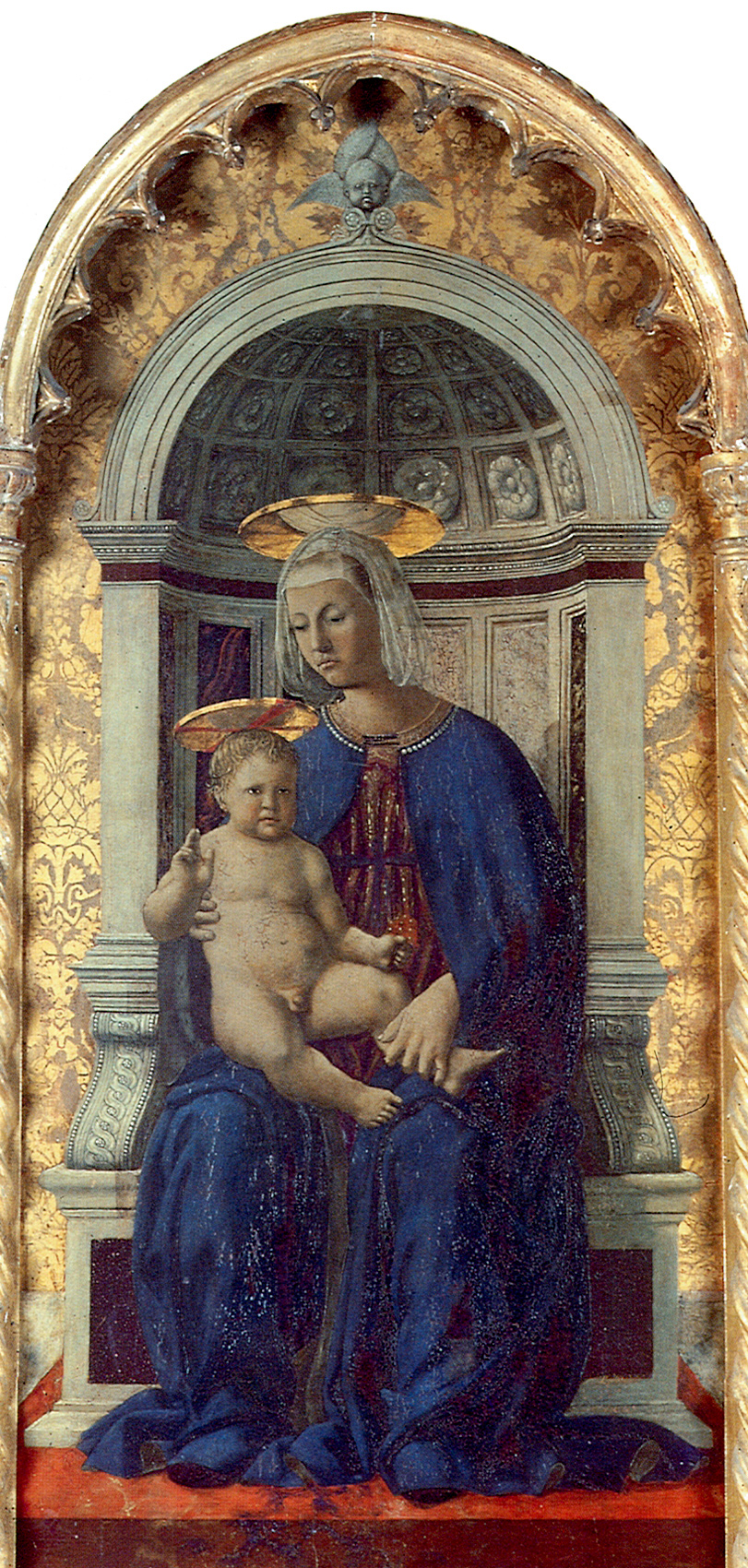
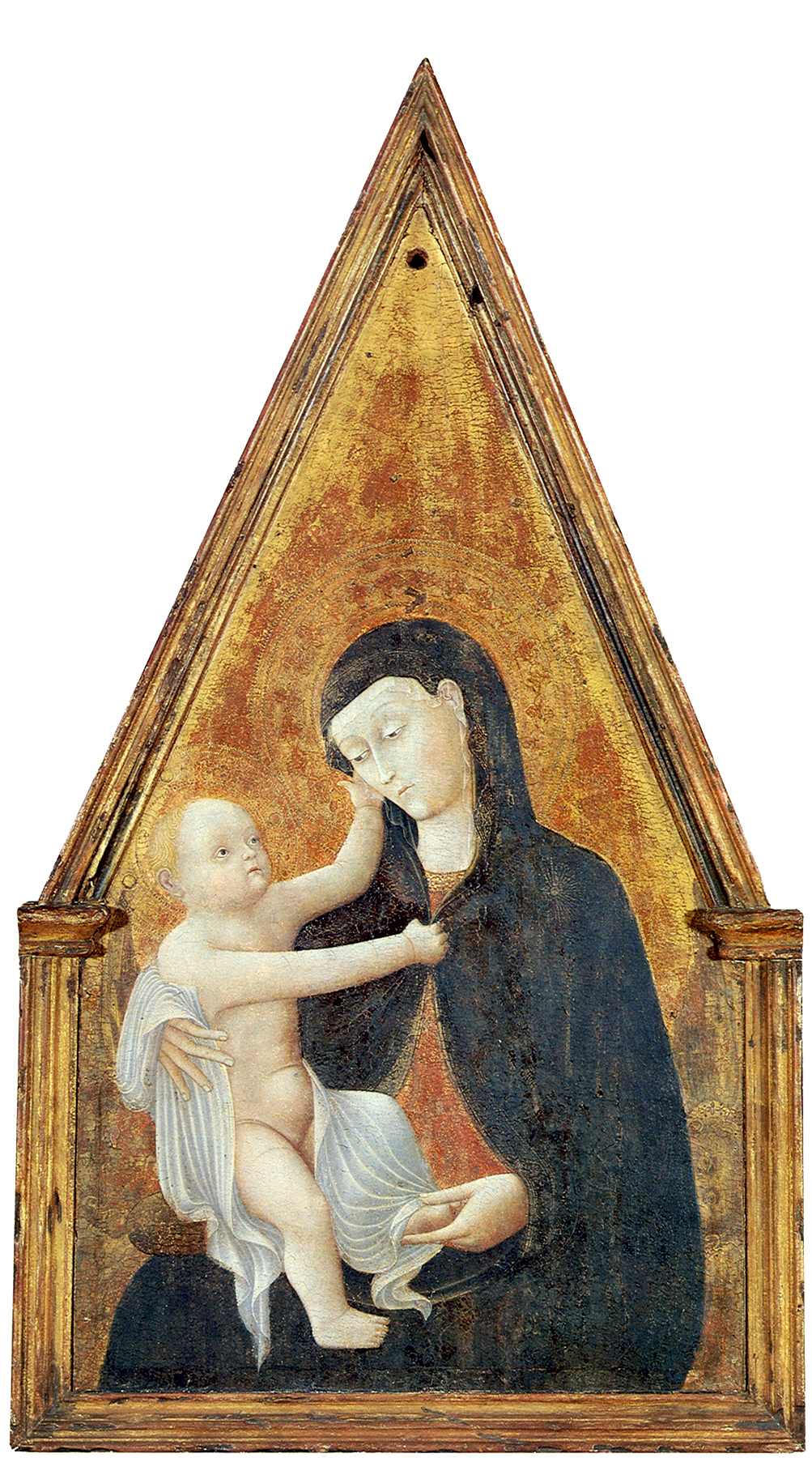
Giovanni Pisano (c. 1250 – c. 1315) was an Italian
sculptor, painter and architect. Son of the famous sculptor Nicola Pisano, he
received his training in the workshop of his father...
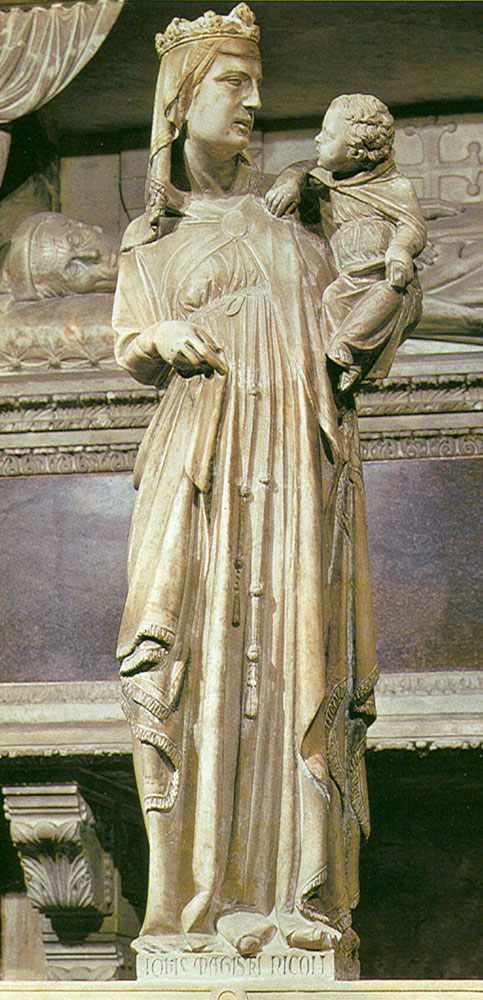
Antonio del Pollaiolo (January 17, 1429/1433 – February
4, 1498), also known as Antonio di Jacopo Pollaiuolo or Antonio Pollaiolo, was
an Italian painter, sculptor, engraver and goldsmith during the Renaissance...
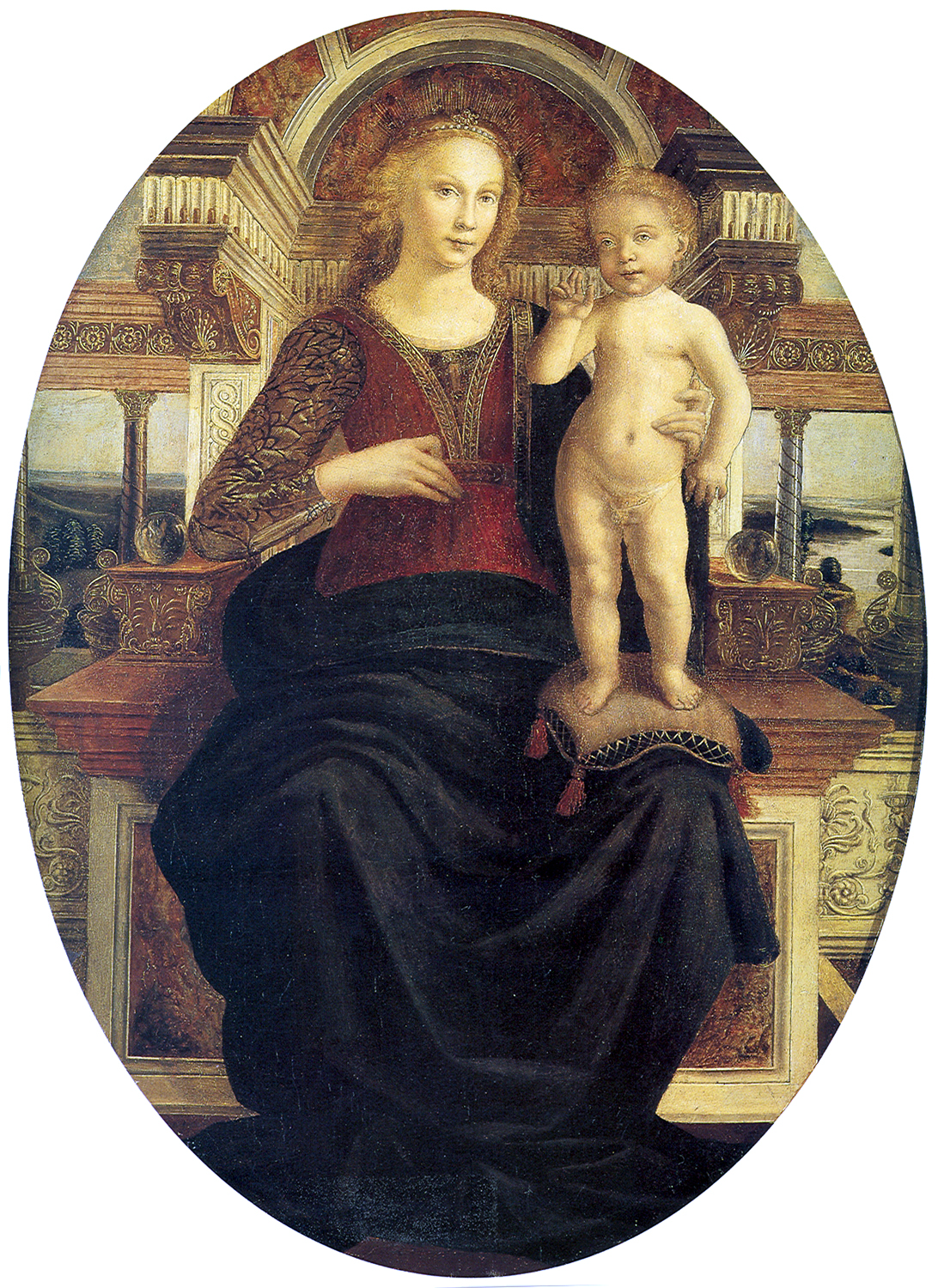
 Nicolas Poussin (pronounced: [15 June 1594 – 19 November
1665) was a French painter in the classical style. His work predominantly
features clarity, logic, and order, and favors line over color. His work serves
as an alternative to the dominant Baroque style of the 17th century. Until the
20th century he remained the major inspiration for such classically oriented
artists as Jacques-Louis David, Jean-Auguste-Dominique Ingres and Paul Cézanne...
Nicolas Poussin (pronounced: [15 June 1594 – 19 November
1665) was a French painter in the classical style. His work predominantly
features clarity, logic, and order, and favors line over color. His work serves
as an alternative to the dominant Baroque style of the 17th century. Until the
20th century he remained the major inspiration for such classically oriented
artists as Jacques-Louis David, Jean-Auguste-Dominique Ingres and Paul Cézanne... 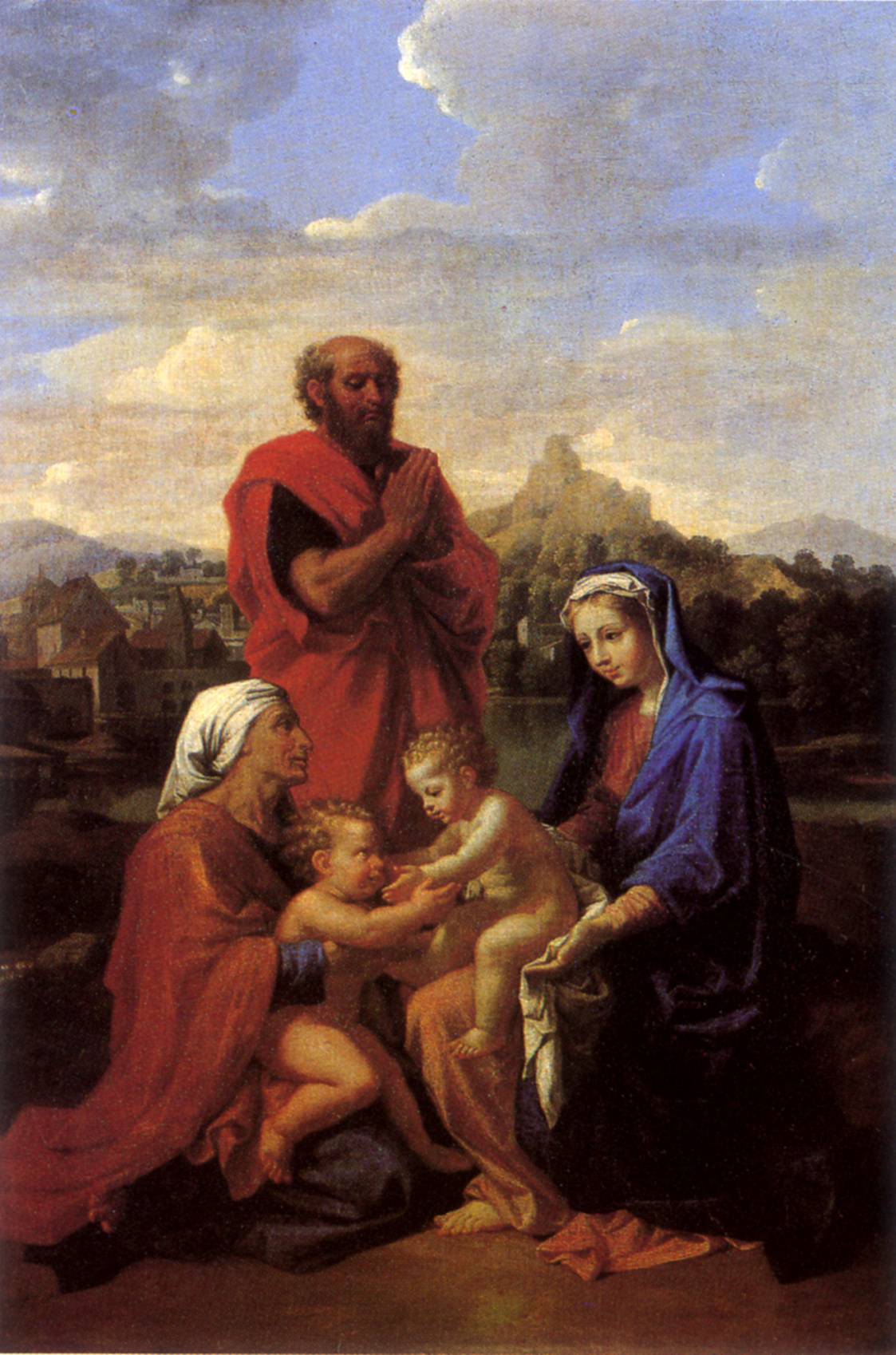
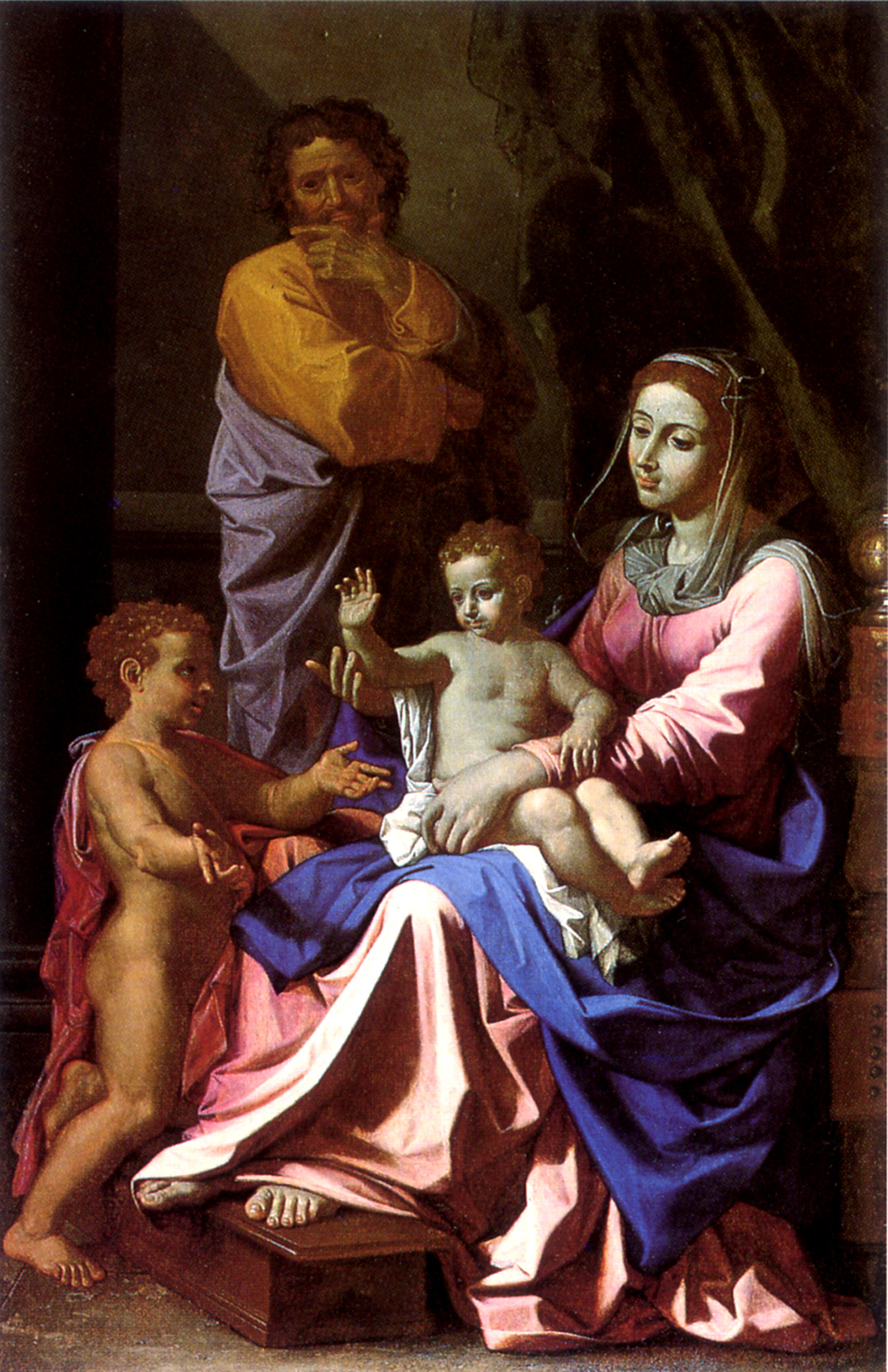
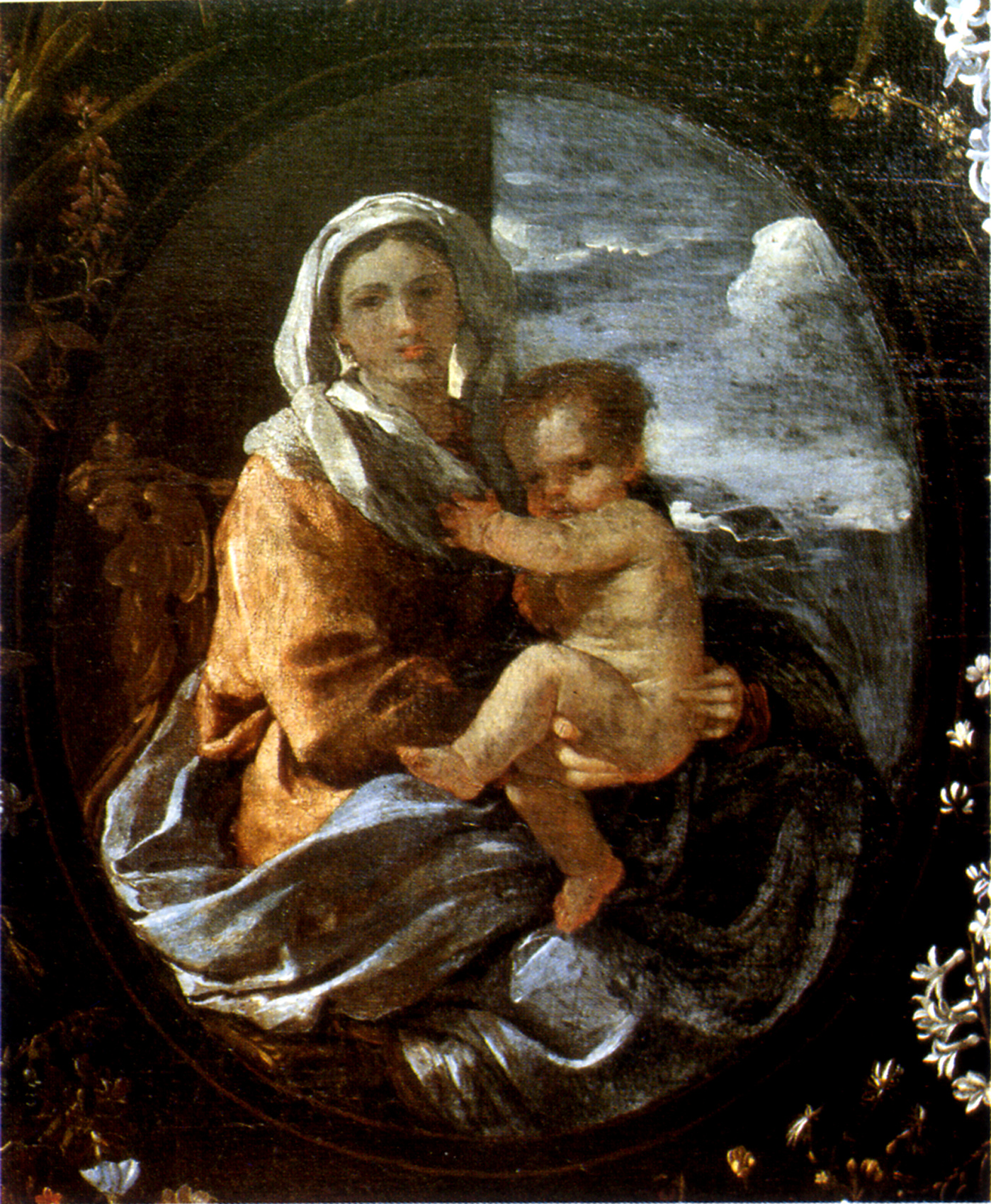
Jan Provoost, or Jean Provost, or Jan Provost (1462/5,
Mons–January 1529, Bruges) was a Flemish painter. He was one of the most famous
Netherlandish painters of his generation, a prolific master who left his early
workshop in Valenciennes to run two workshops, one in Bruges, where he was made
a burgher in 1494, the other simultaneously in Antwerp, which was the economic
center of the Low Countries. Provoost was also a cartographer, engineer, and
architect. He met Albrecht Dürer in Antwerp in 1520, and a Dürer portrait
drawing at the National Gallery, London, is conjectured to be of Provoost. He
married the widow of the miniaturist and painter Simon Marmion, after whose
death he inherited the considerable Marmion estate...
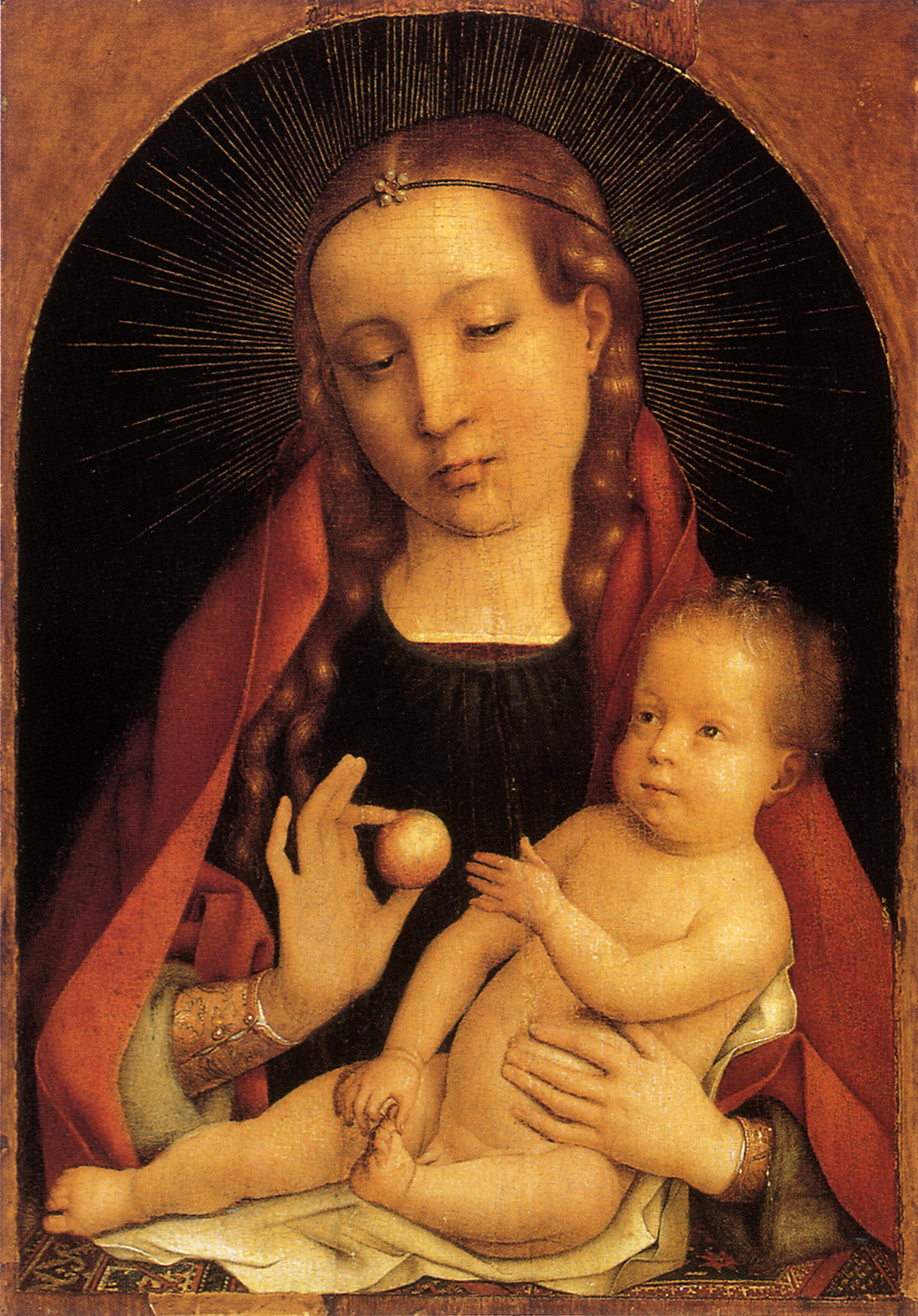
 Raffaello Sanzio da Urbino(April 6 or March 28, 1483 –
April 6, 1520), better known simply as Raphael, was an Italian painter and
architect of the High Renaissance. His work is admired for its clarity of form
and ease of composition and for its visual achievement of the Neoplatonic ideal
of human grandeur. Together with Michelangelo and Leonardo da Vinci, he forms
the traditional trinity of great masters of that period...
Raffaello Sanzio da Urbino(April 6 or March 28, 1483 –
April 6, 1520), better known simply as Raphael, was an Italian painter and
architect of the High Renaissance. His work is admired for its clarity of form
and ease of composition and for its visual achievement of the Neoplatonic ideal
of human grandeur. Together with Michelangelo and Leonardo da Vinci, he forms
the traditional trinity of great masters of that period...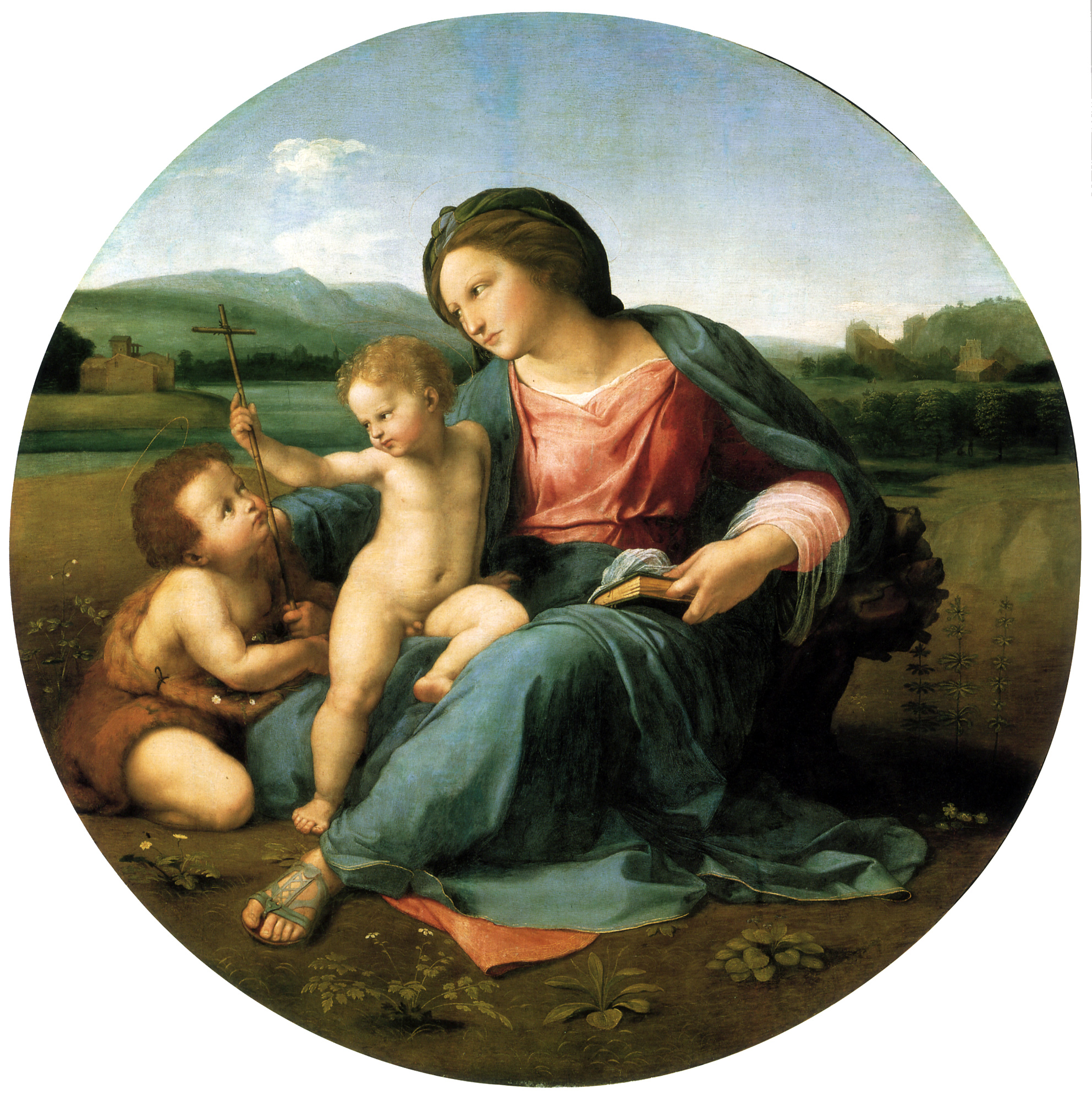
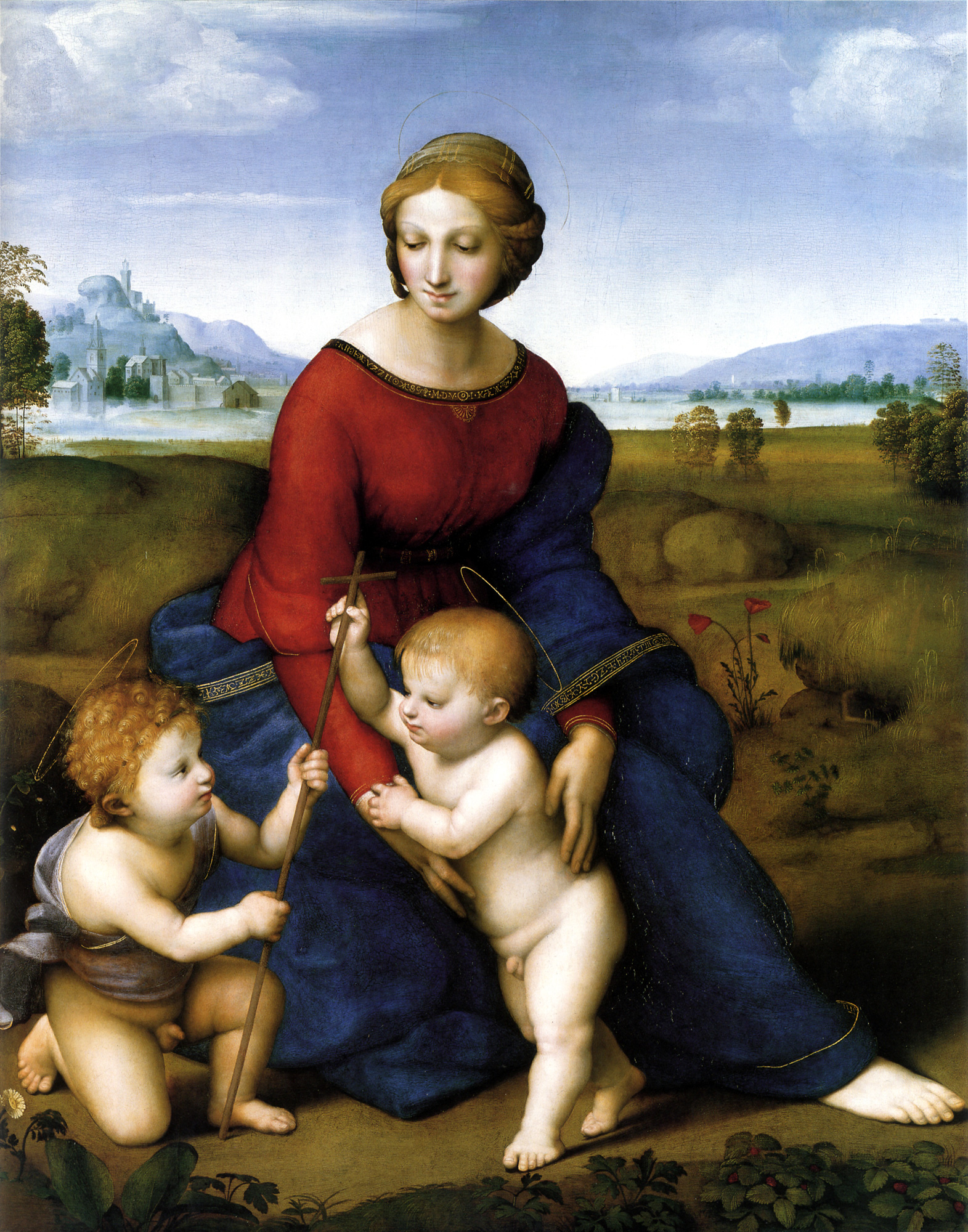
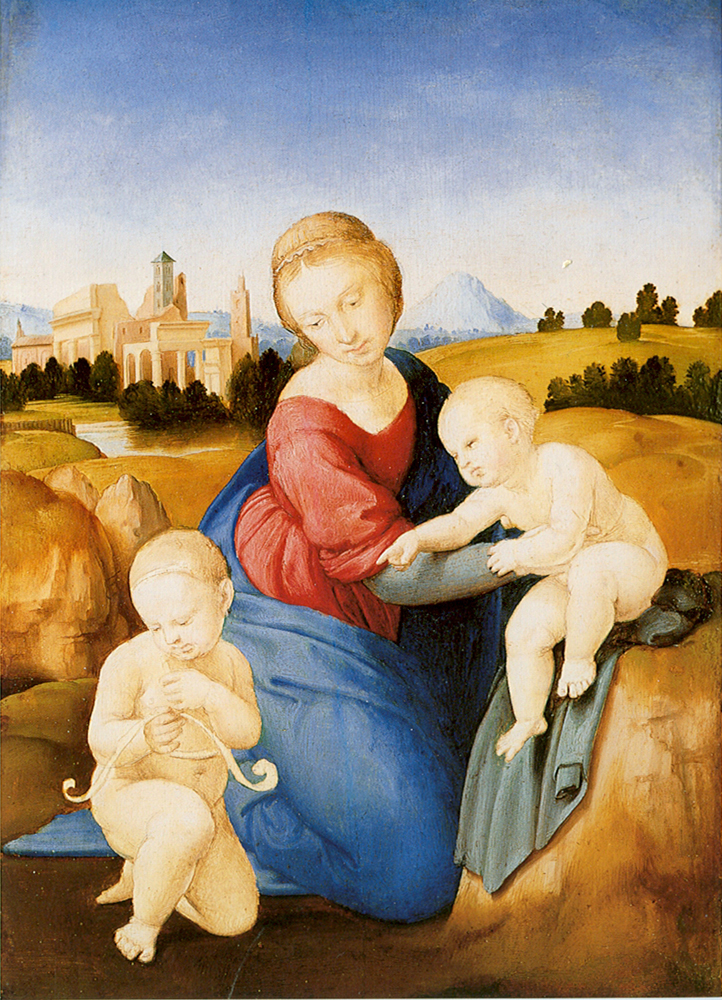
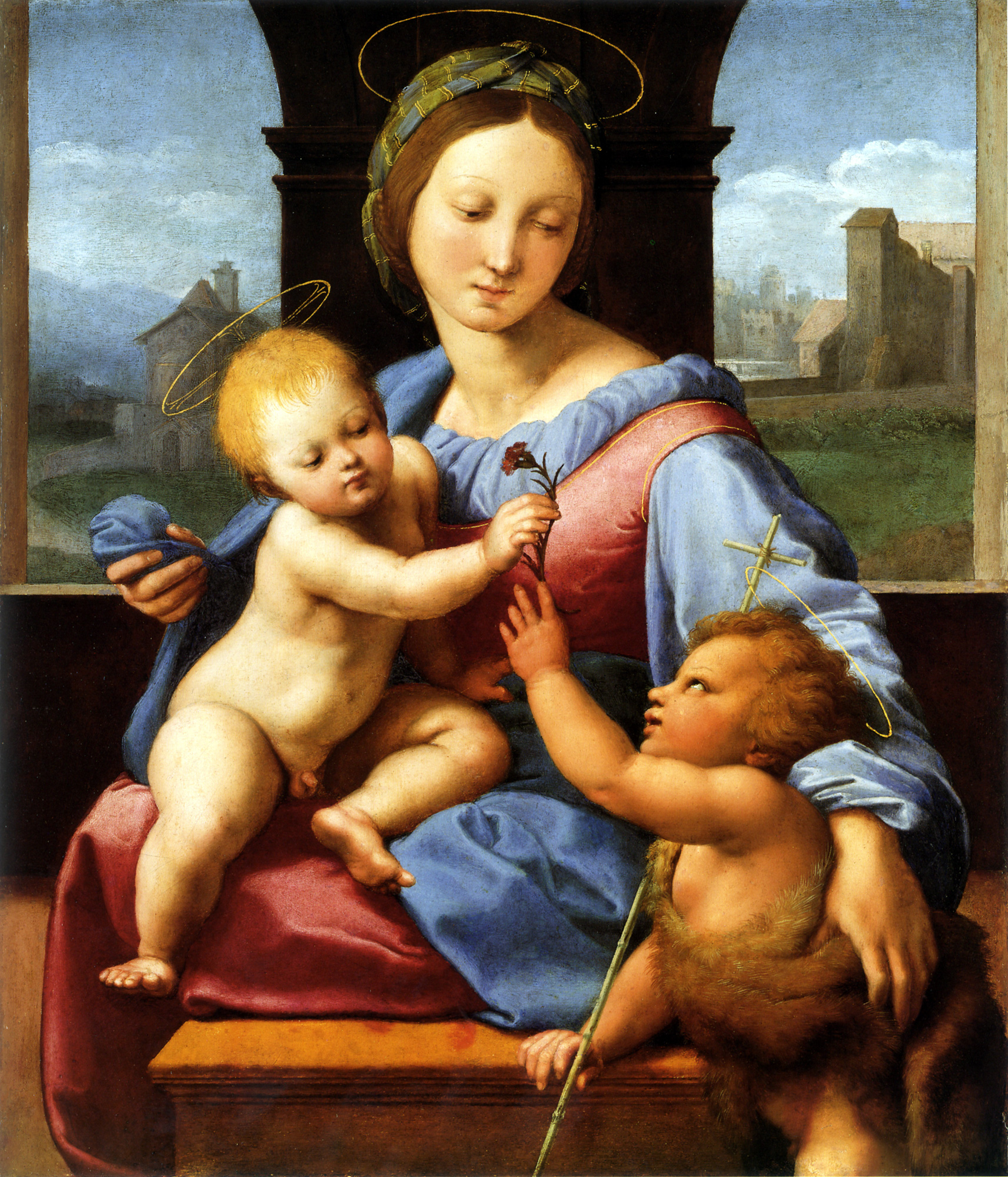
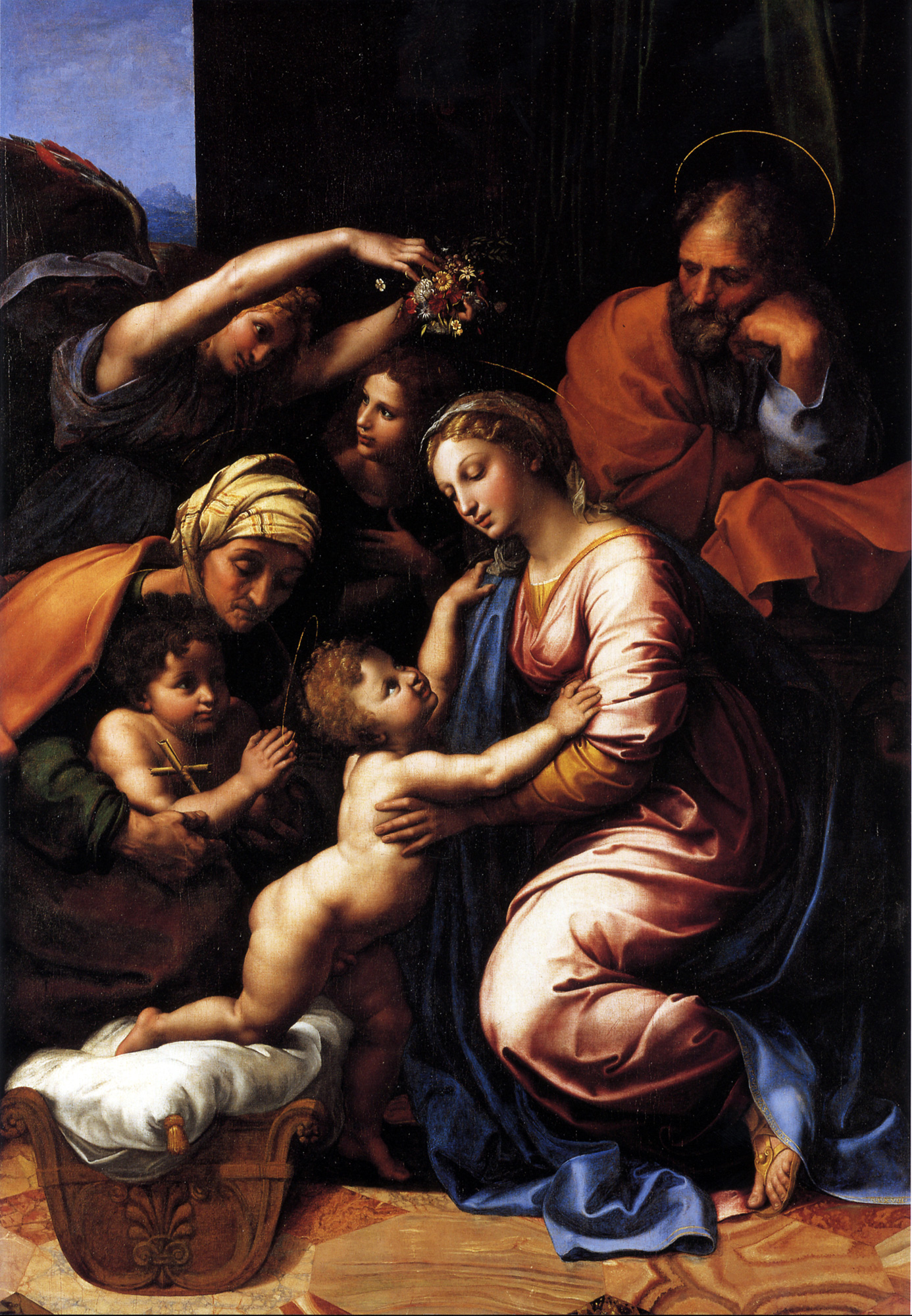
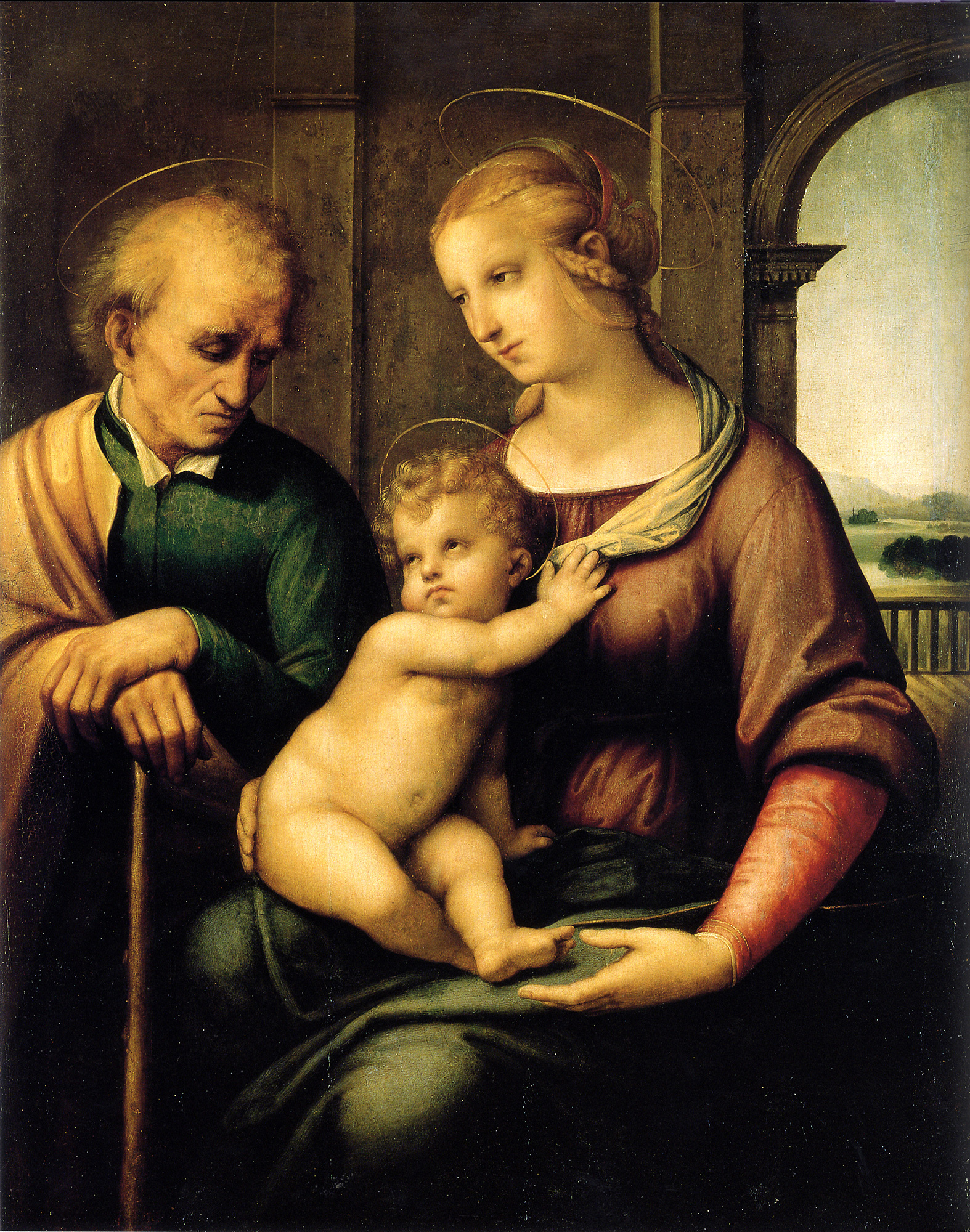
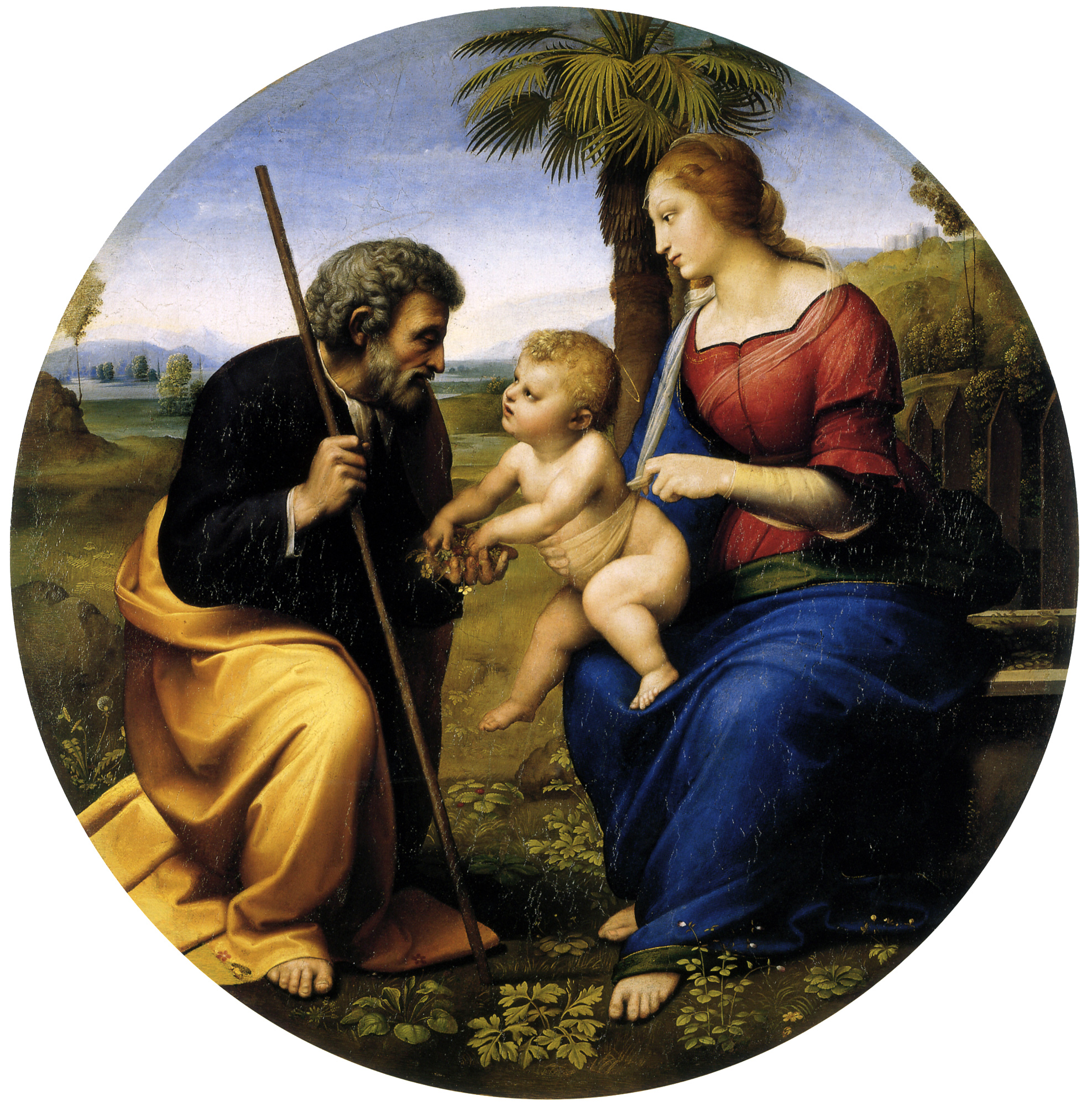
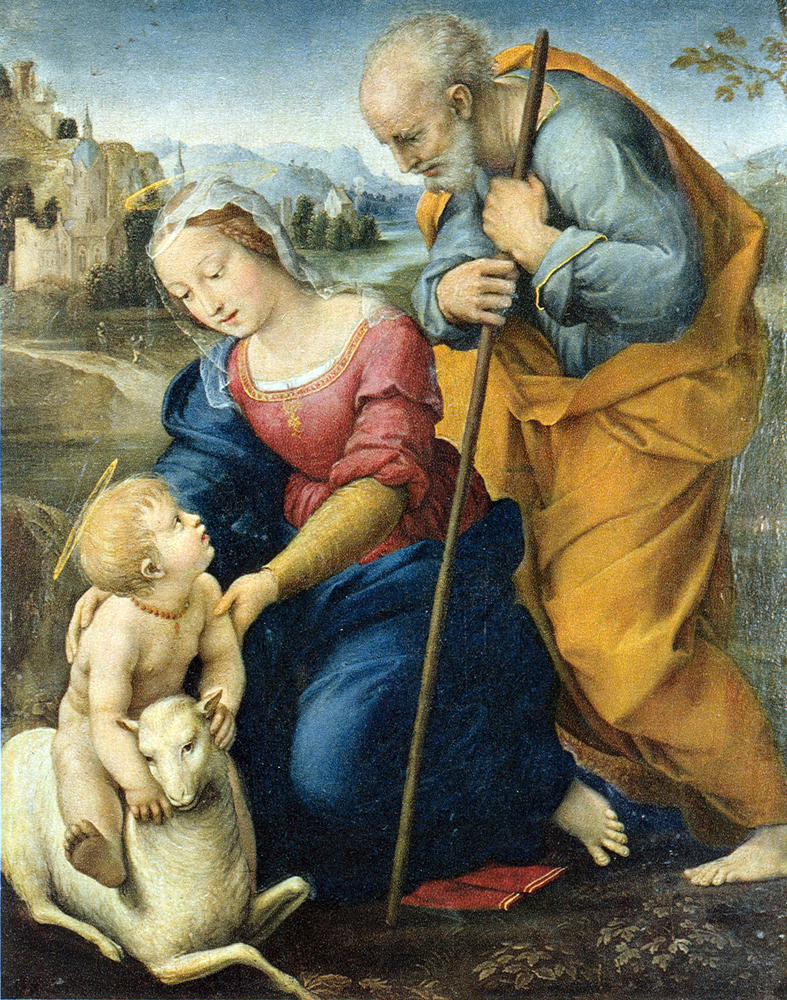
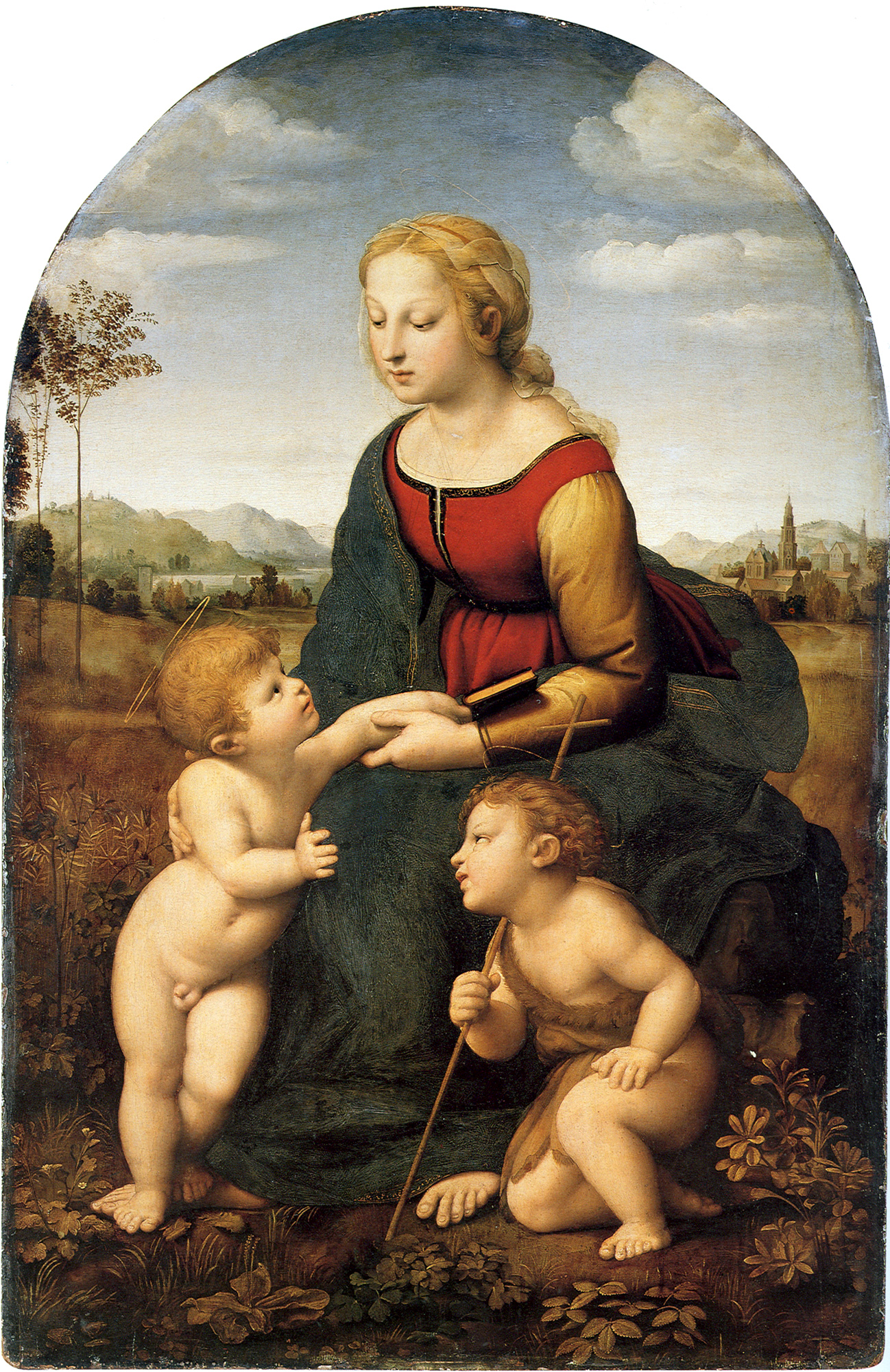
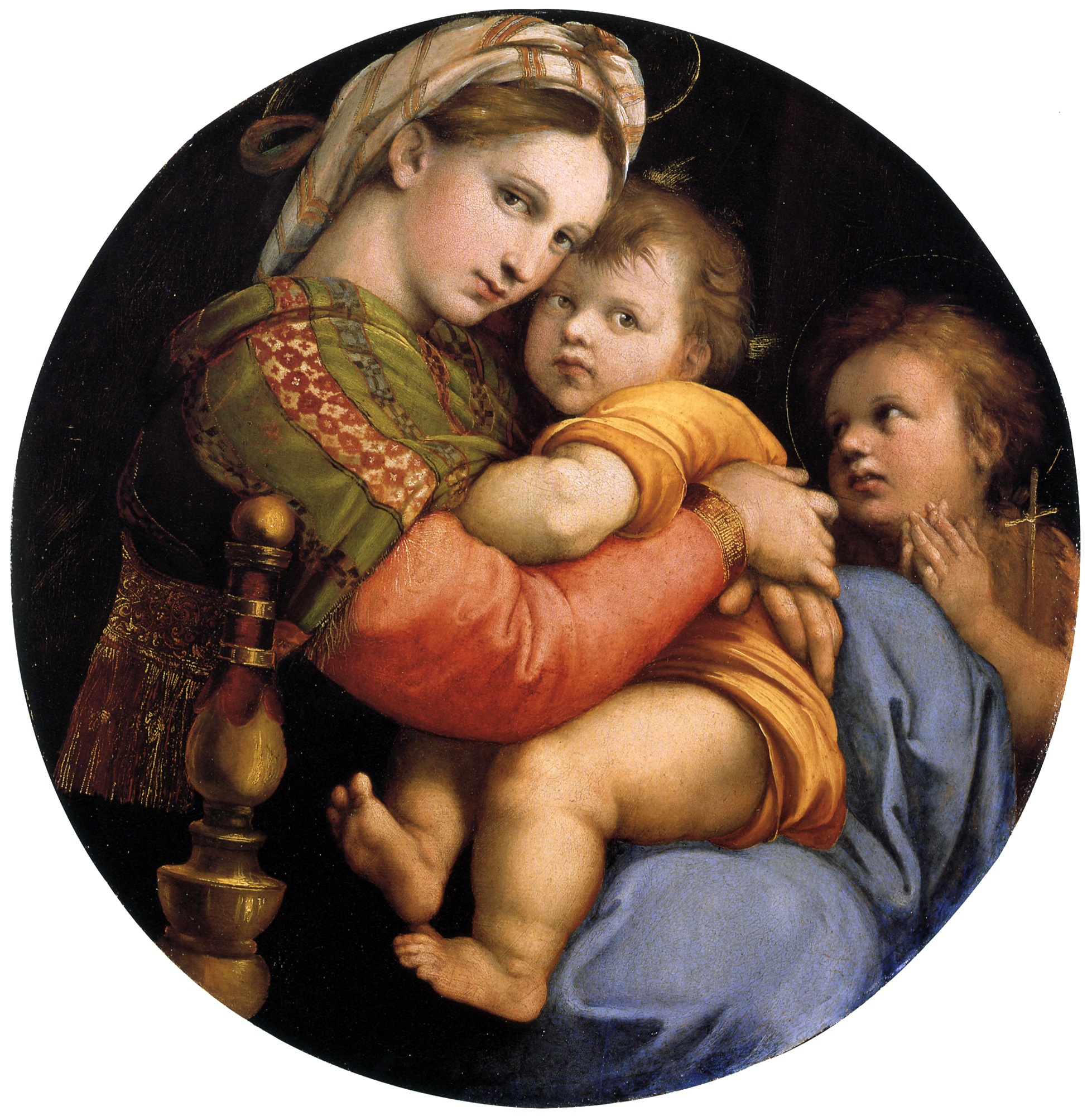
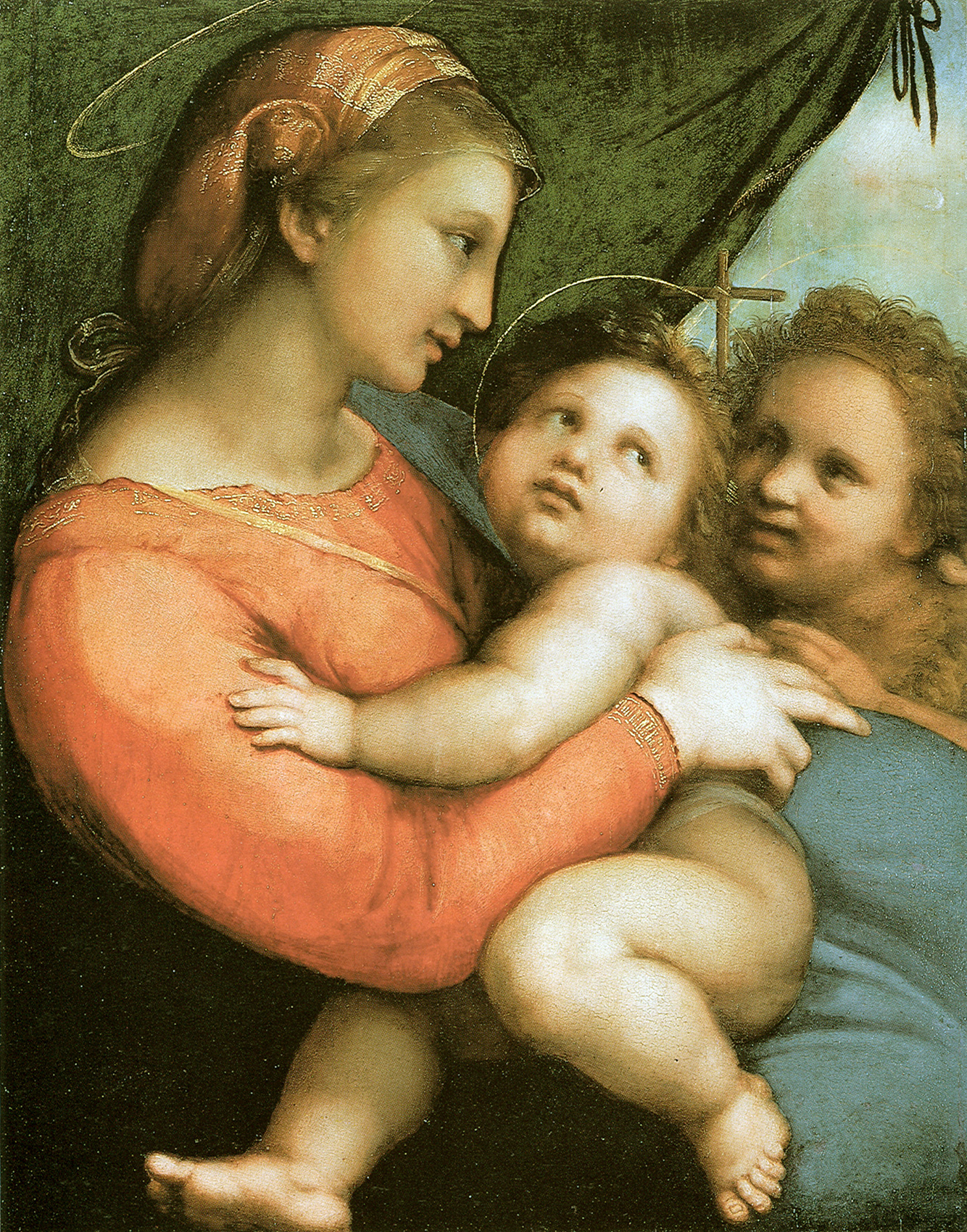
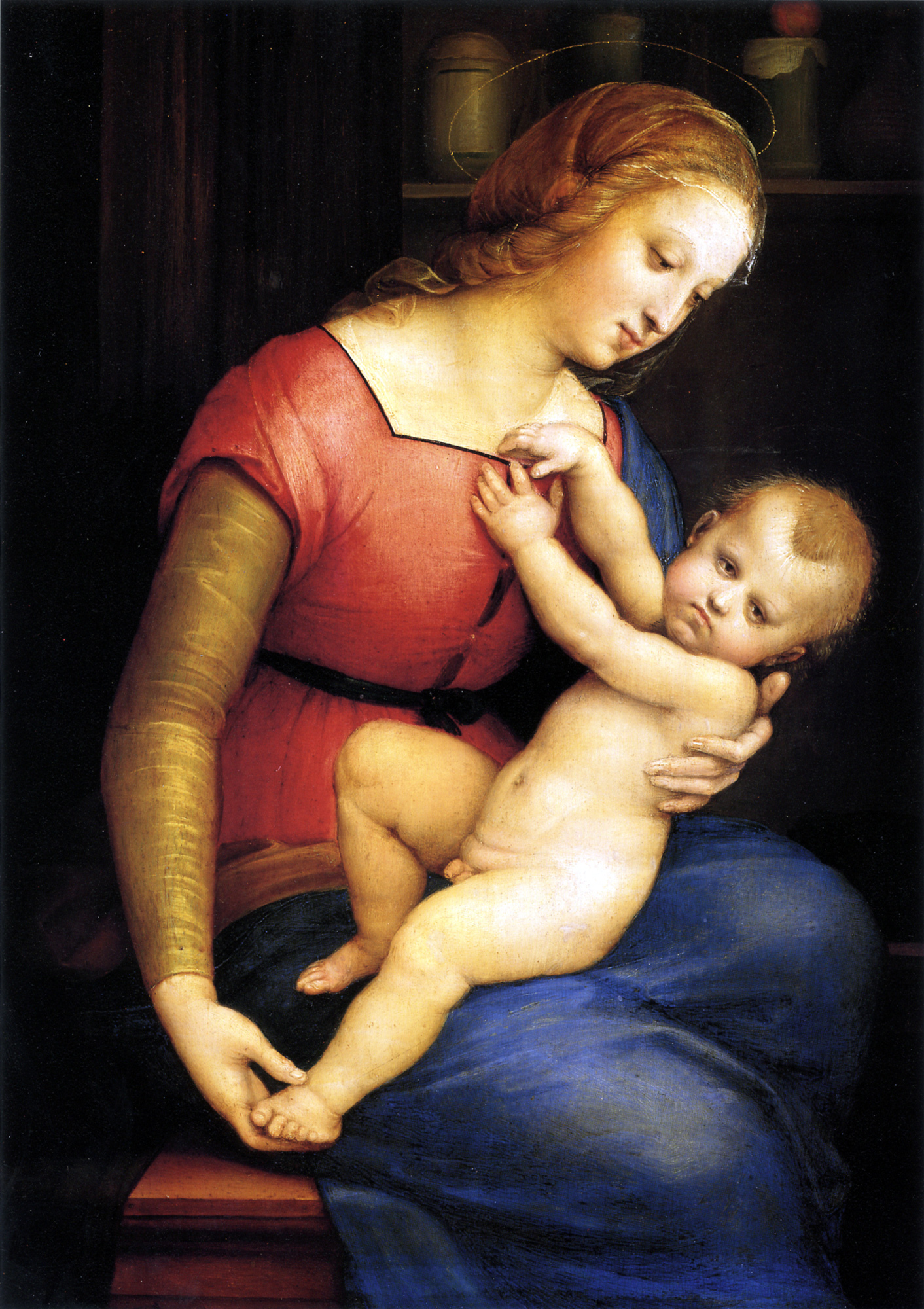
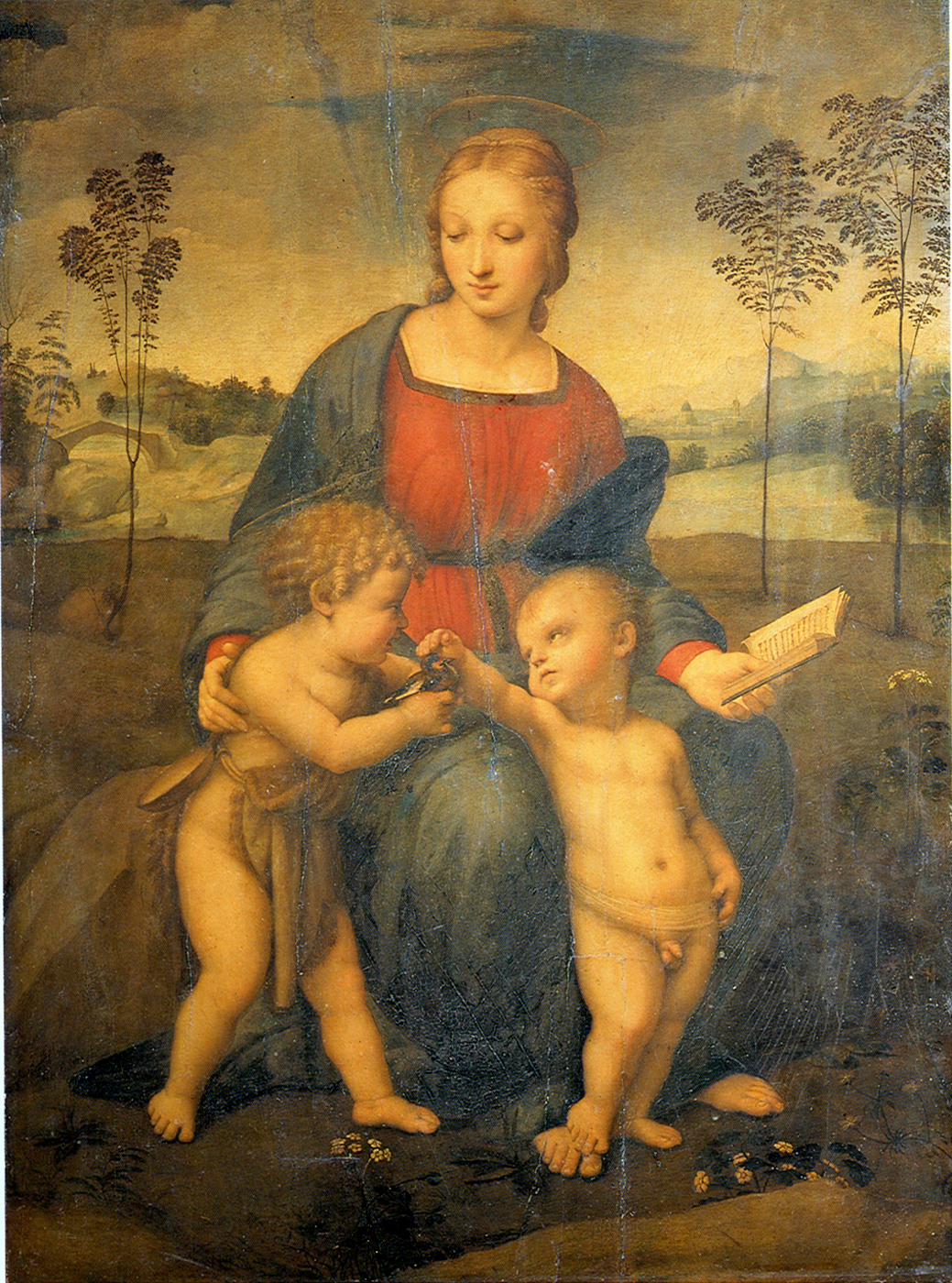
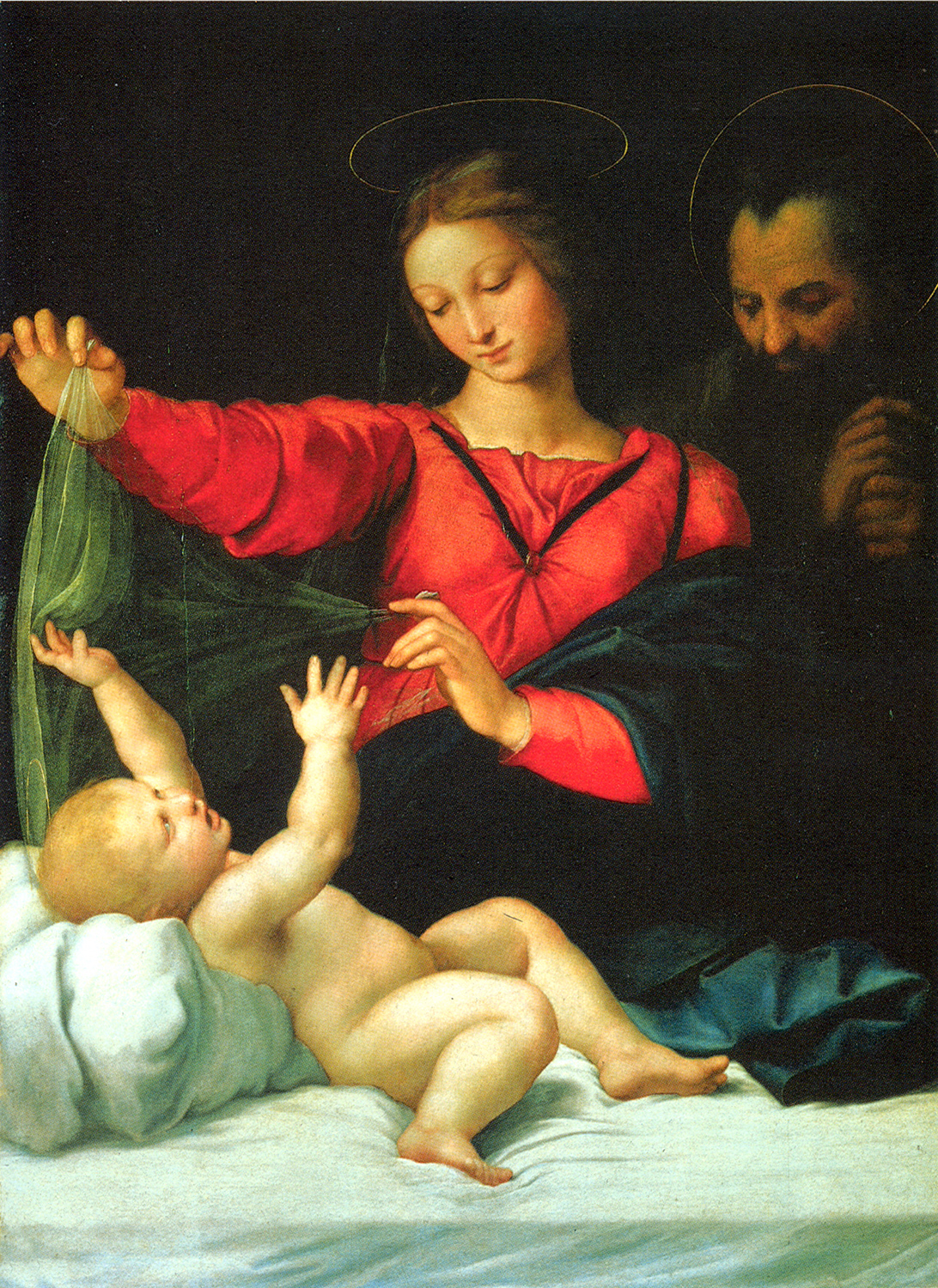
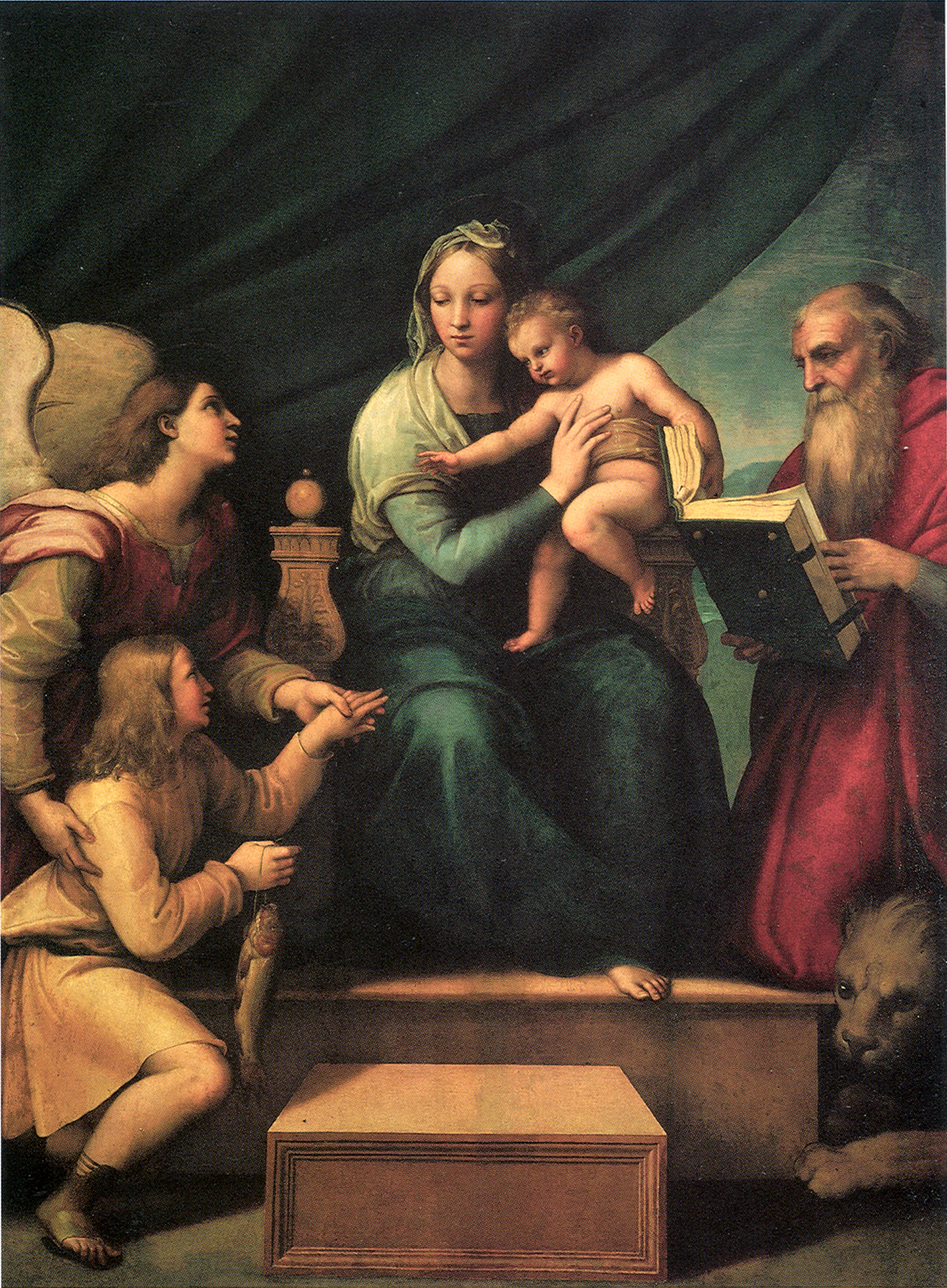
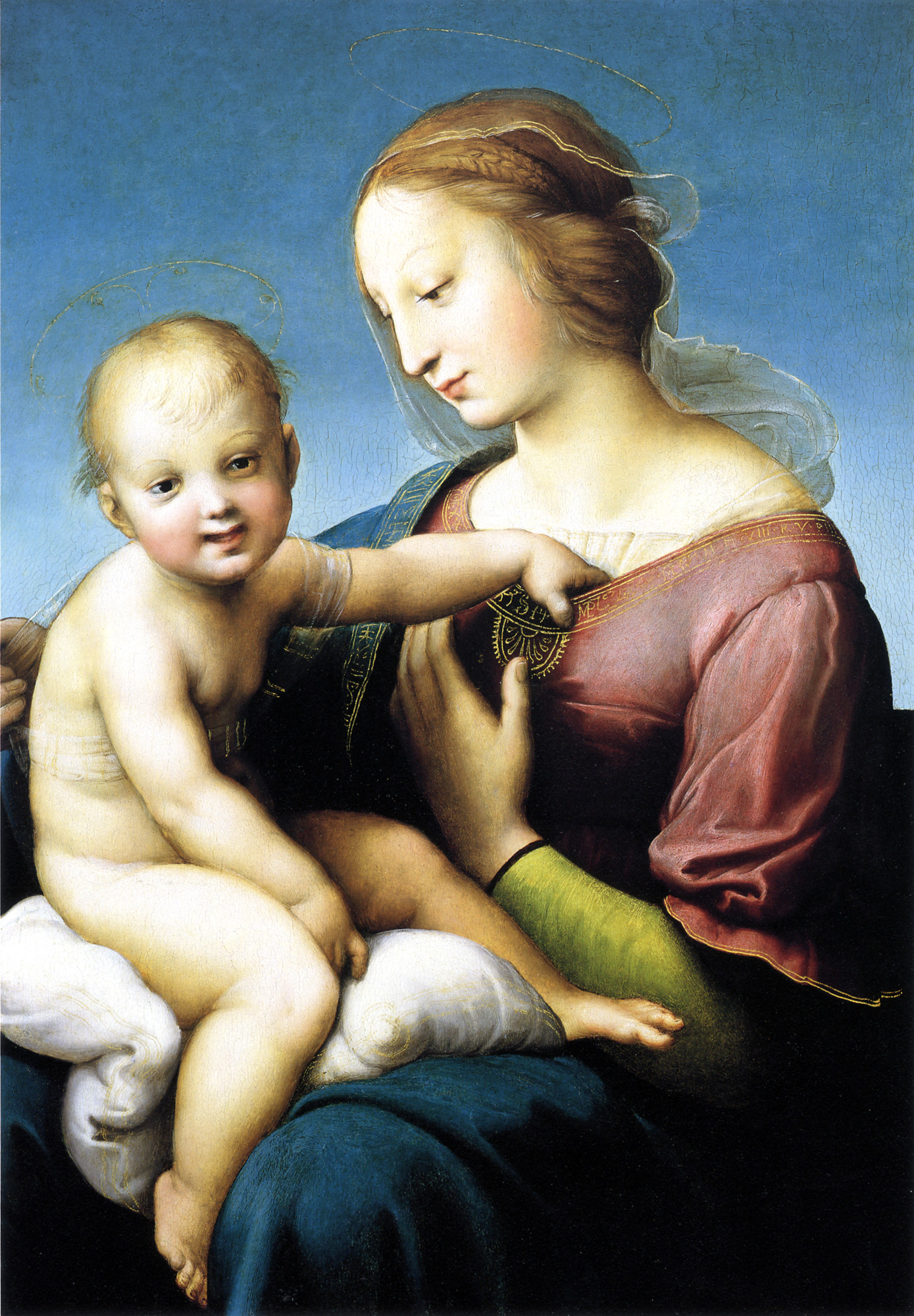
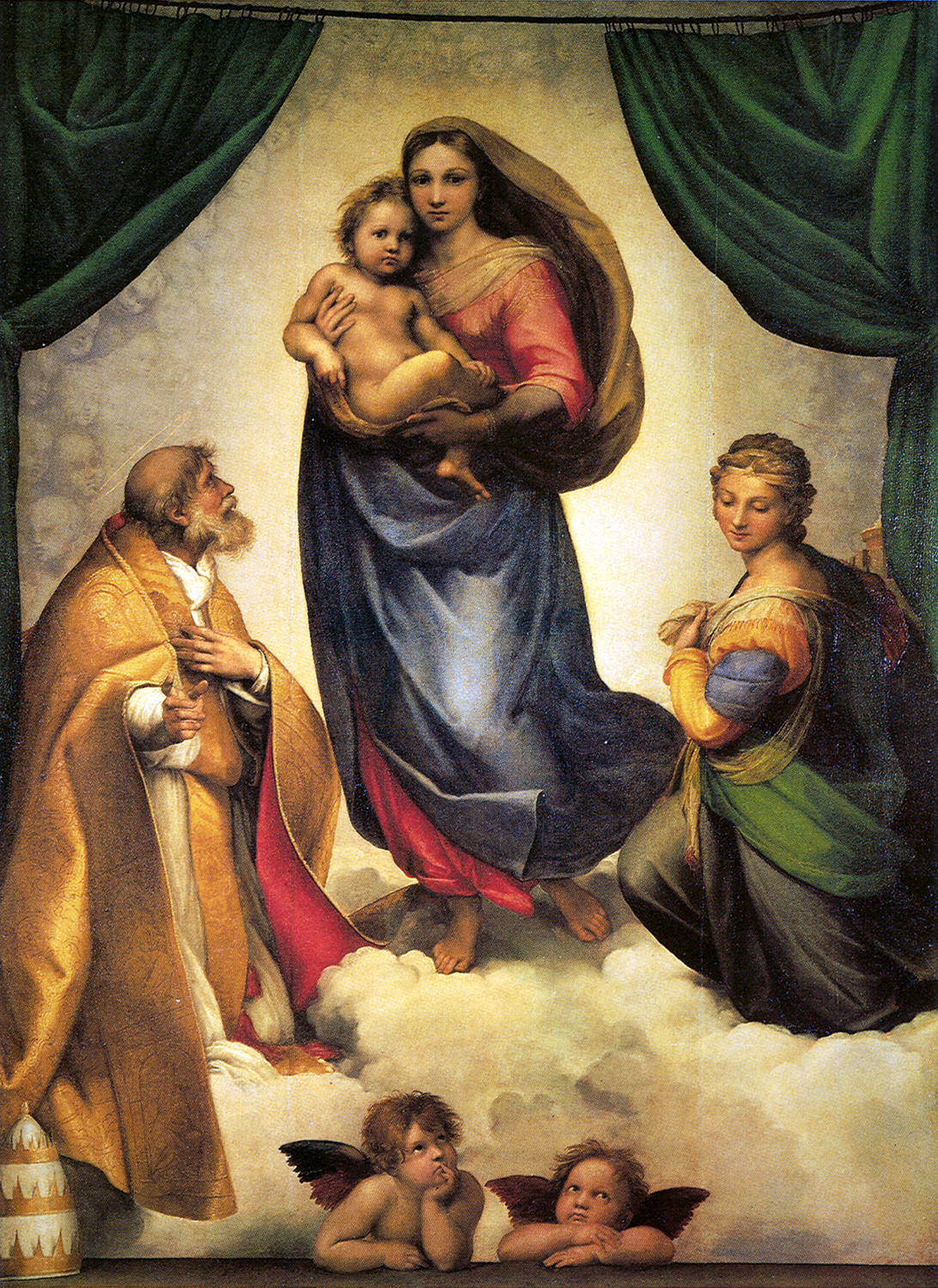
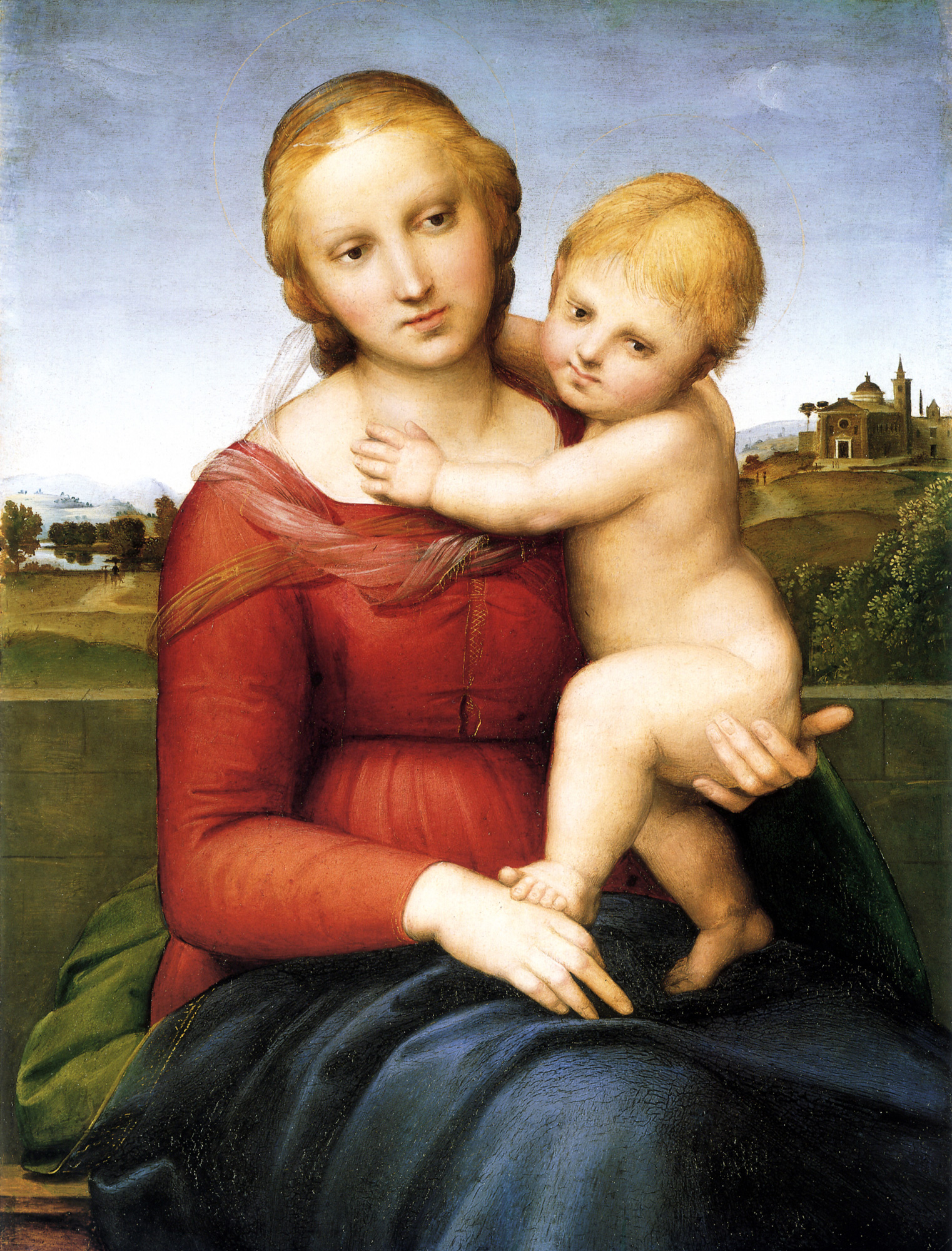
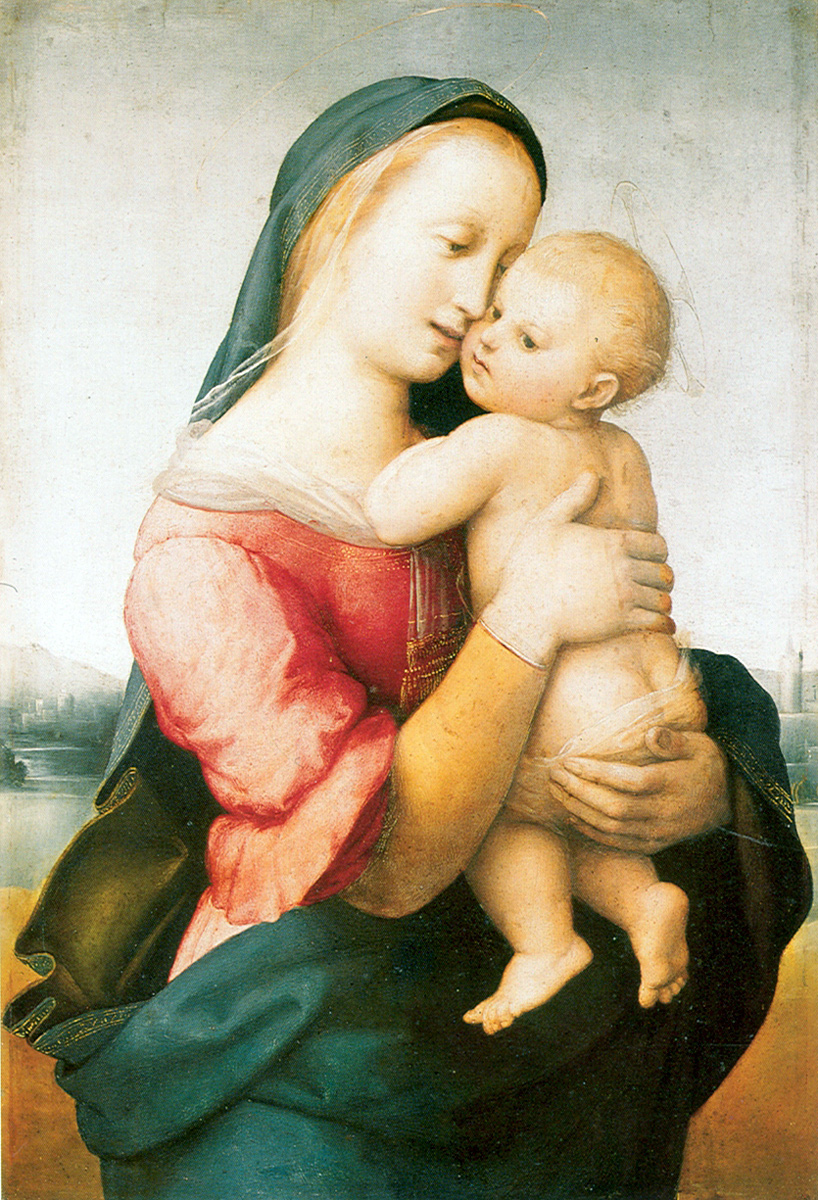
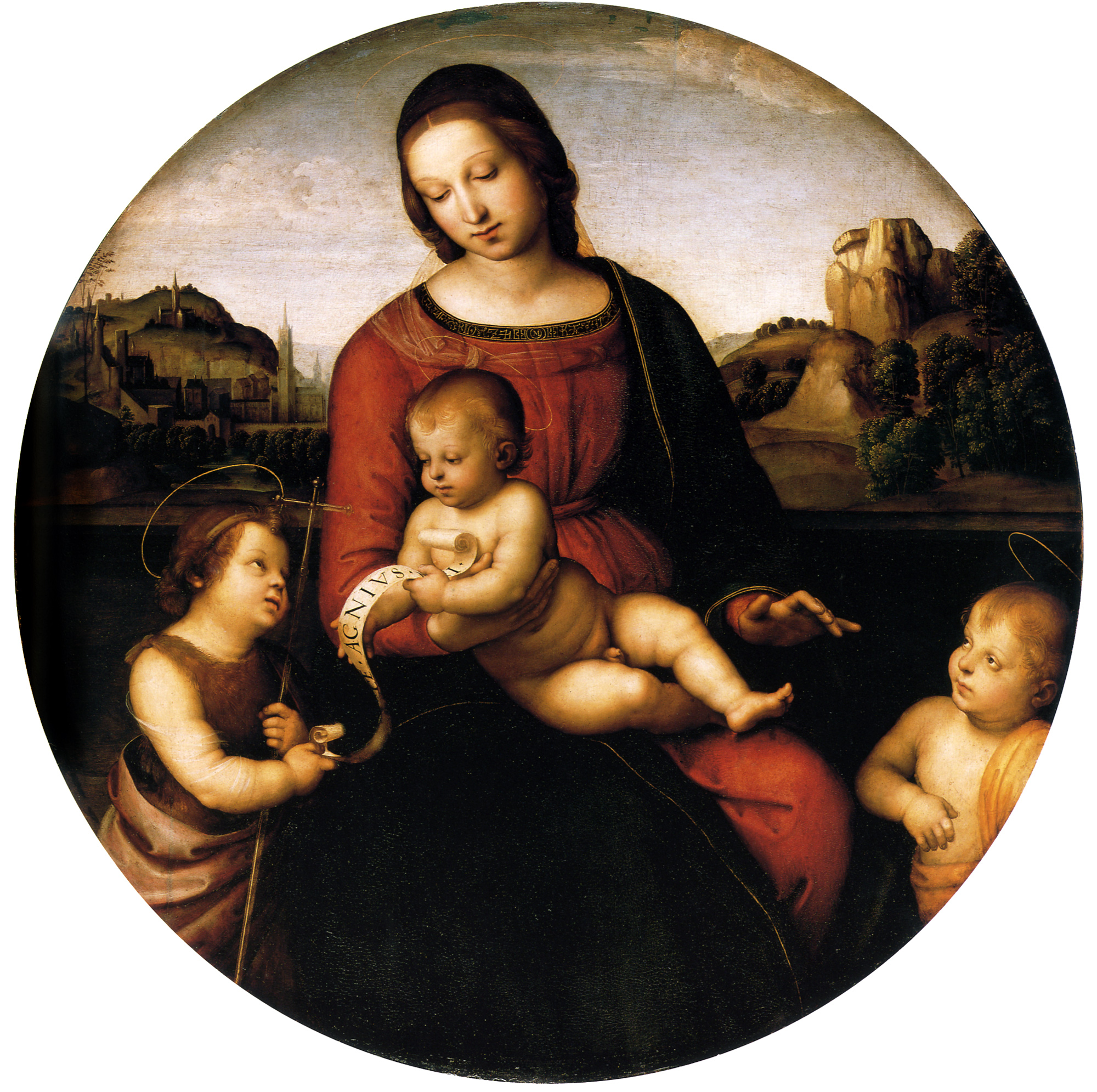
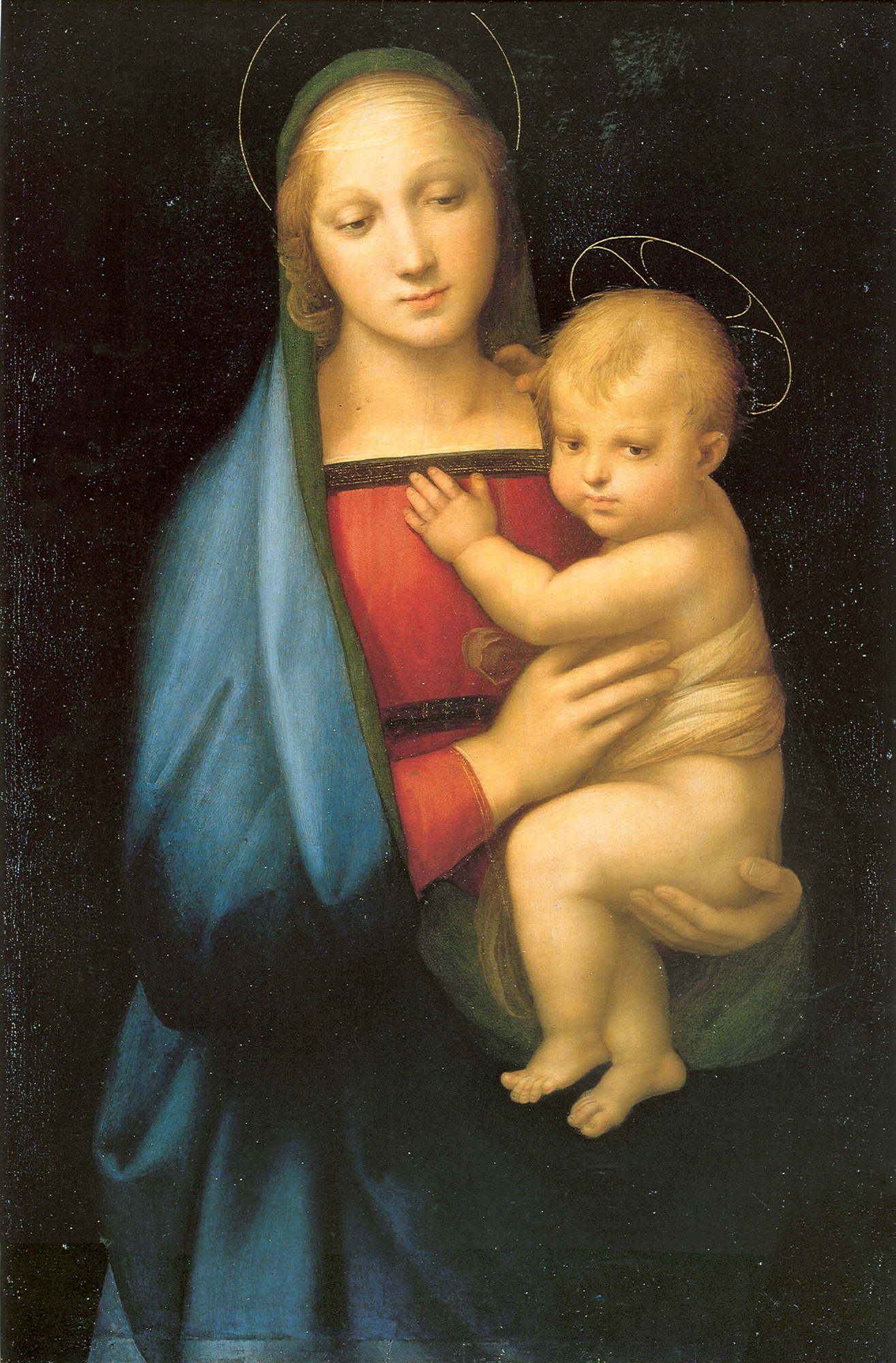
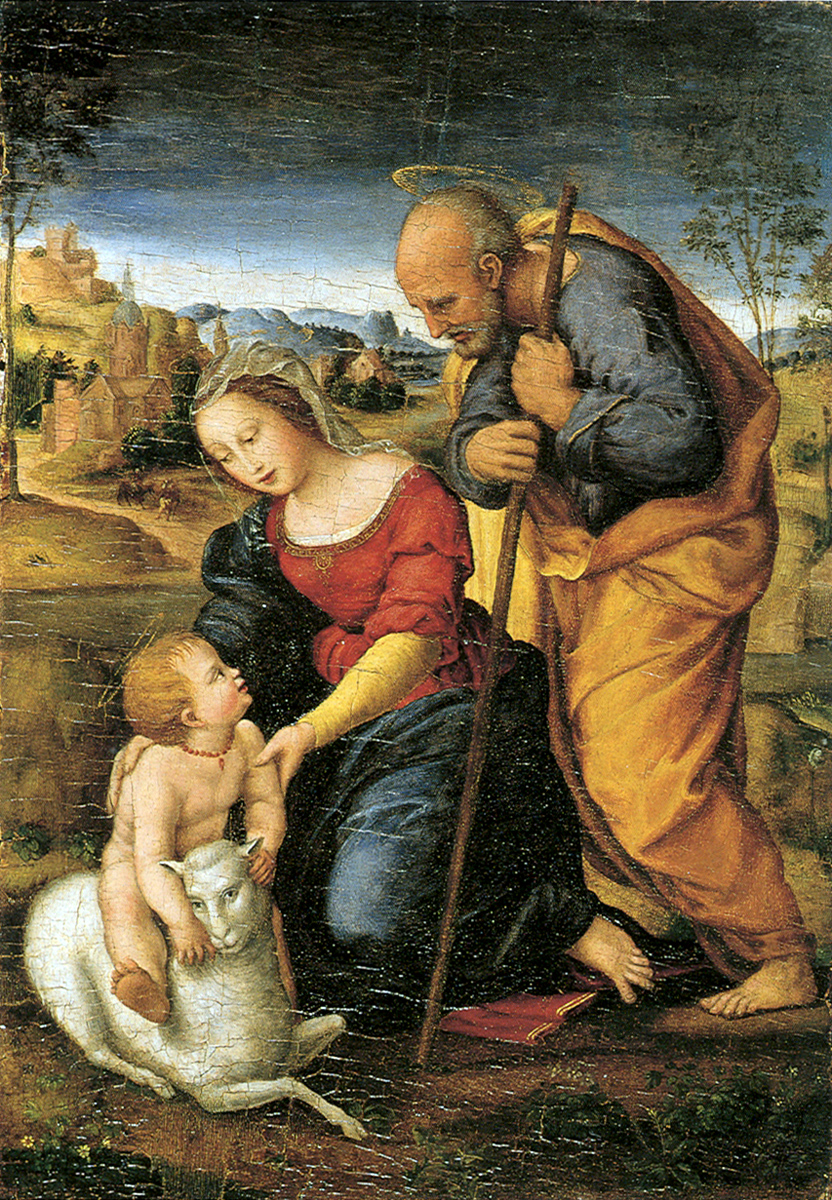
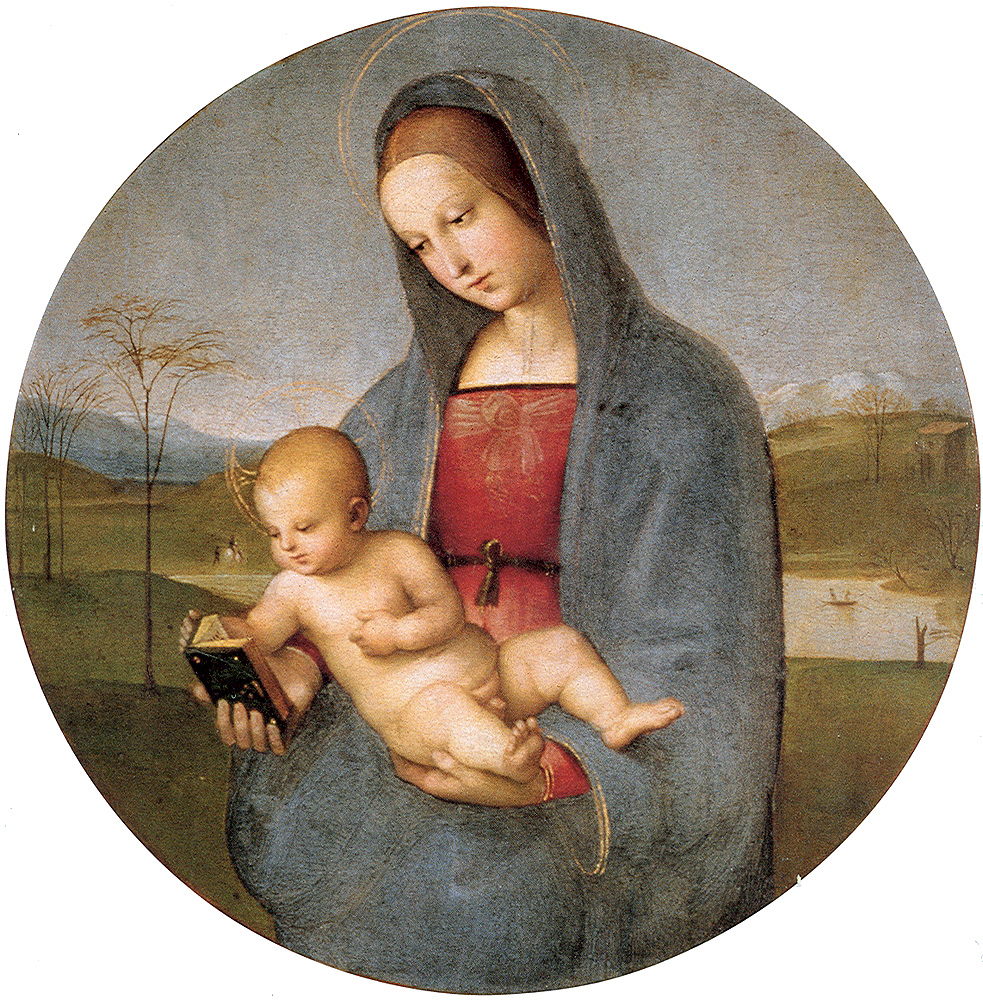
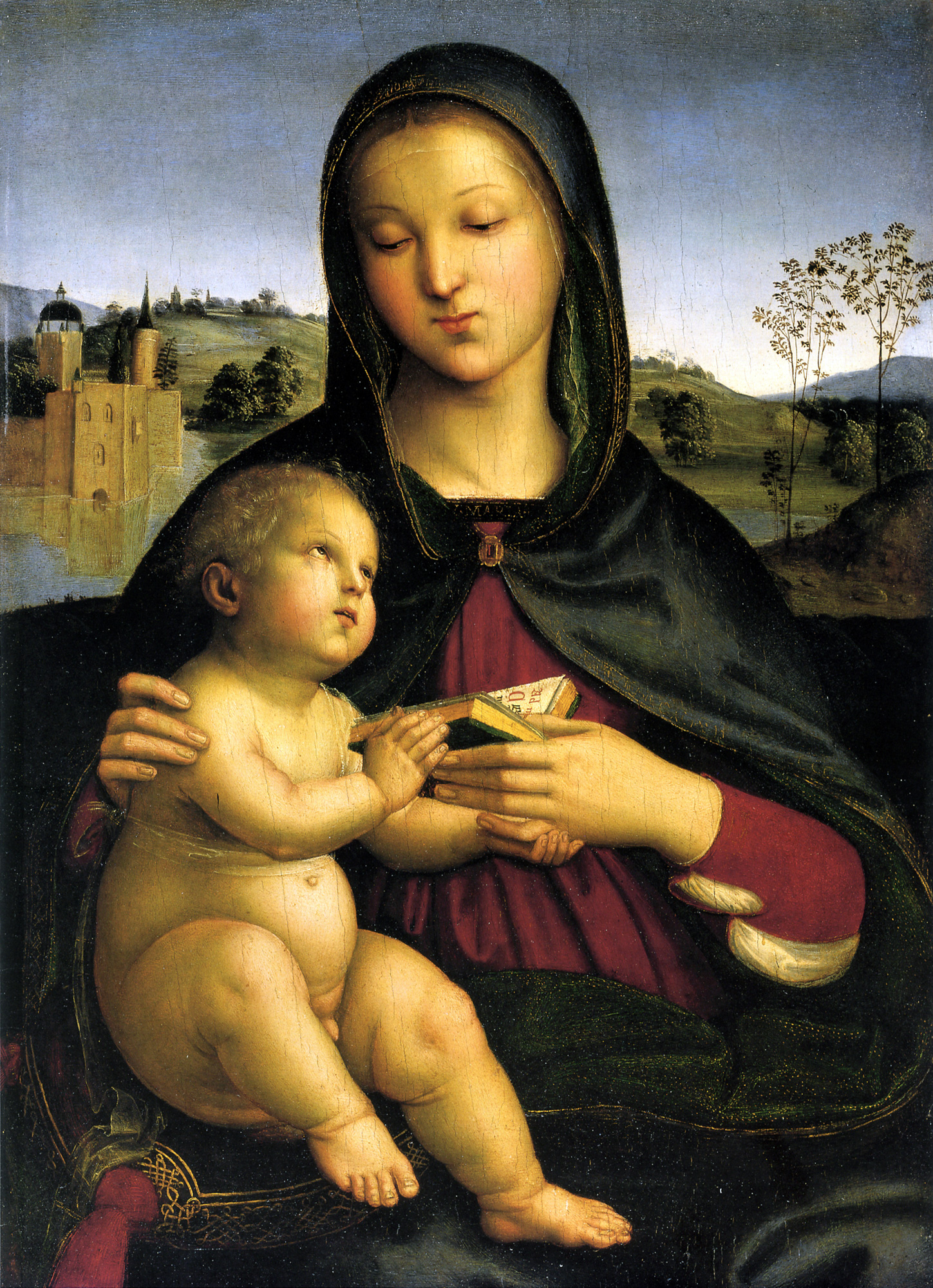
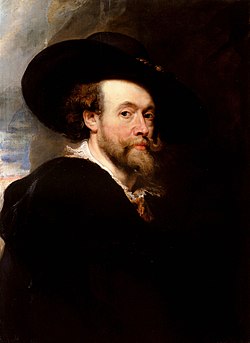 Sir Peter Paul Rubens ( 28 June 1577 – 30 May 1640), was
a Flemish Baroque painter, and a proponent of an extravagant Baroque style that
emphasised movement, colour, and sensuality. He is well-known for his
Counter-Reformation altarpieces, portraits, landscapes, and history paintings
of mythological and allegorical subjects...
Sir Peter Paul Rubens ( 28 June 1577 – 30 May 1640), was
a Flemish Baroque painter, and a proponent of an extravagant Baroque style that
emphasised movement, colour, and sensuality. He is well-known for his
Counter-Reformation altarpieces, portraits, landscapes, and history paintings
of mythological and allegorical subjects...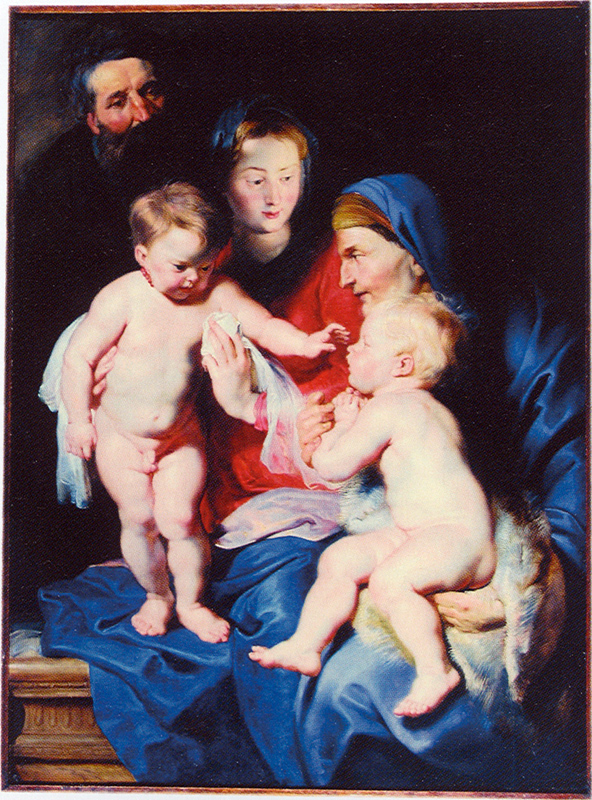
Sano di Pietro (1406–1481) was an early Italian
Renaissance painter and miniaturist from Siena...
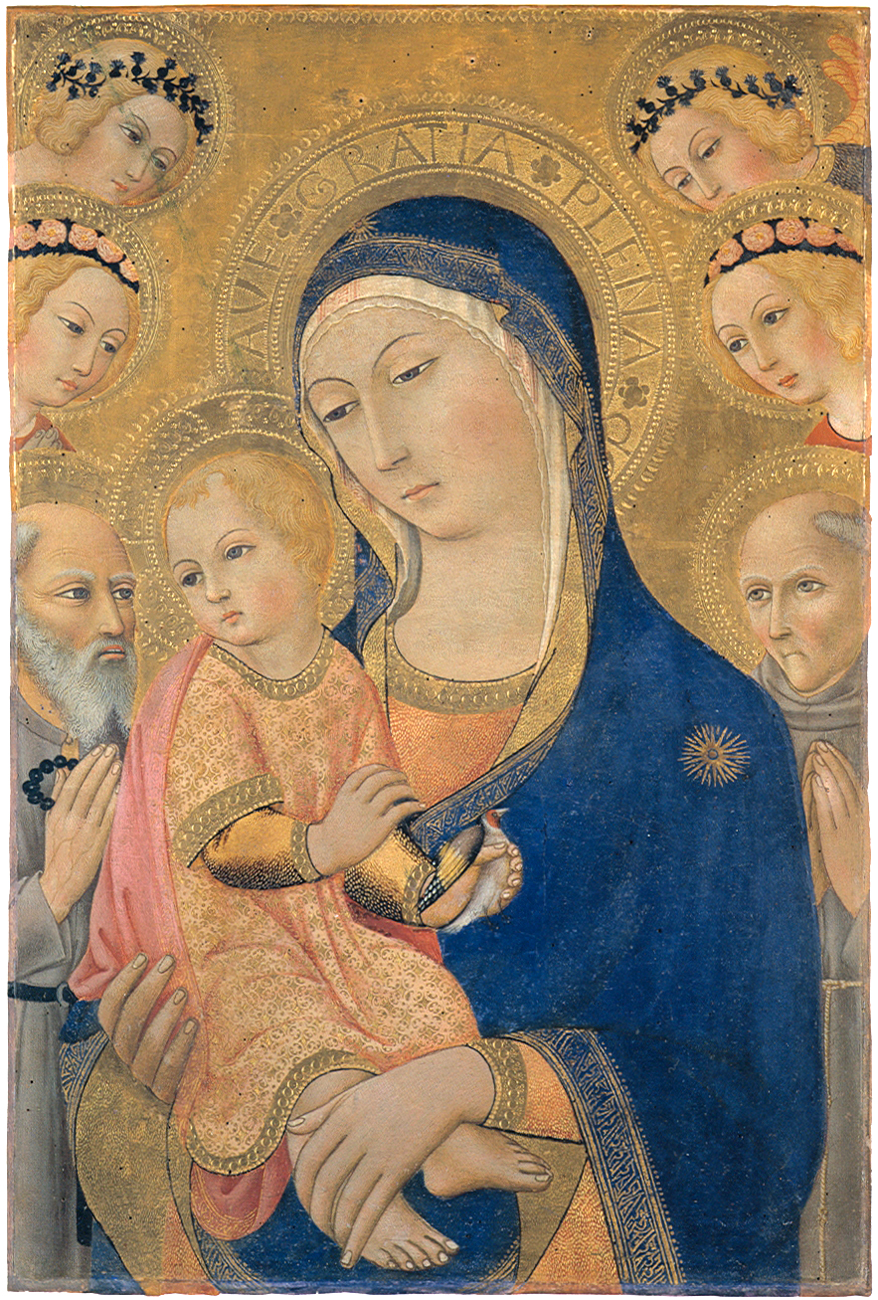
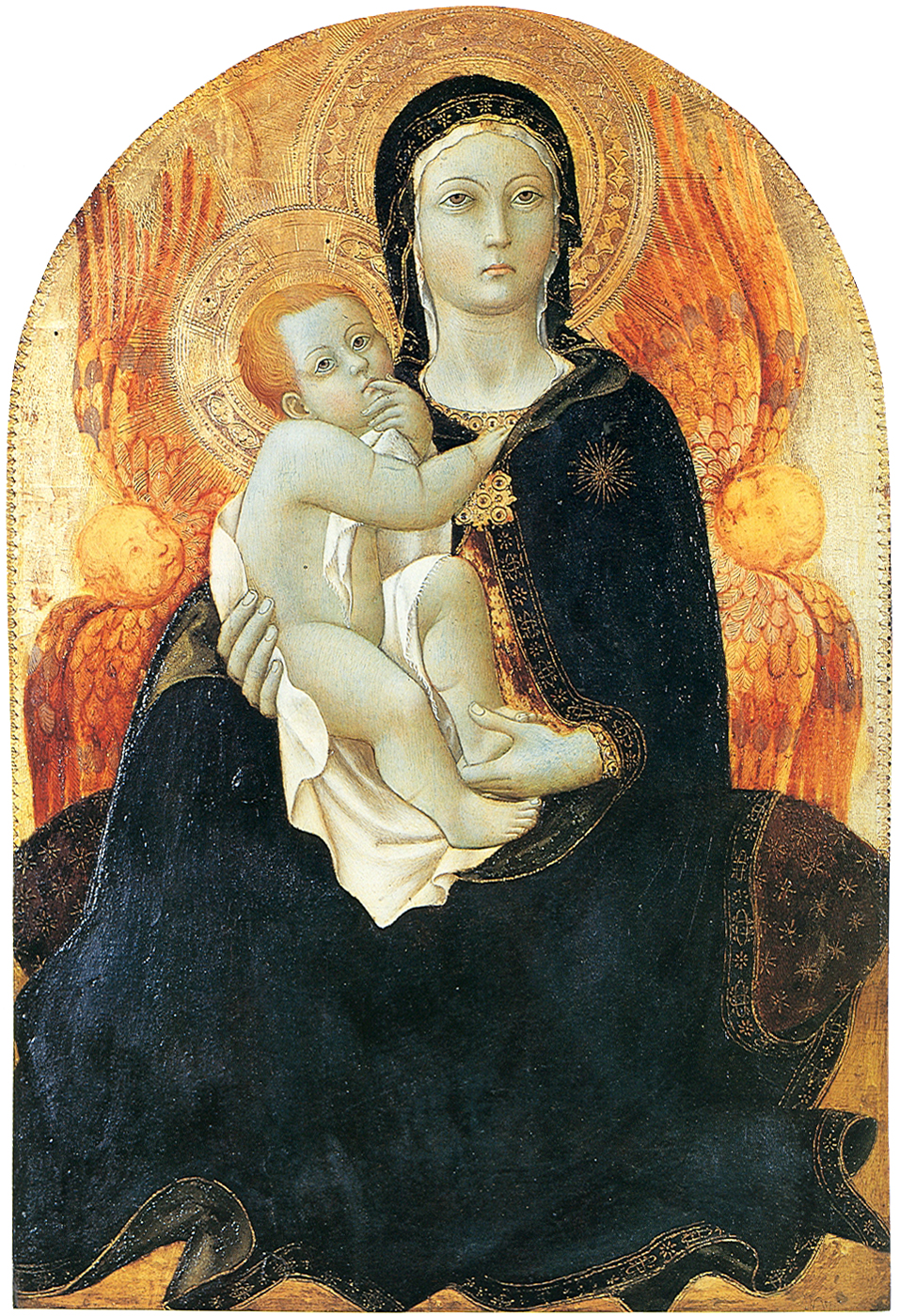
Giovanni Santi (c. 1435 – 1 August 1494) was an Italian
painter and decorator, father of Raphael. He was born at Colbordolo in the
Duchy of Urbino. He was a petty merchant for a time; he then studied under
Piero della Francesca. He was influenced by Fiorenzo di Lorenzo, and seems to
have been an assistant and friend of Melozzo da Forlì. He was court painter to
the Duke of Urbino and painted several altarpieces, two now in the Berlin
Museum, a Madonna in the church of San Francesco in Urbino, one at Santa Croce
on Fano, one in the National Gallery at London, and another in the gallery at
Urbino; an Annunciation at the Brera in Milan; a resurrected Christ in the
Museum of Fine Arts, Budapest; and a Jerome in the Lateran. He died in Urbino...
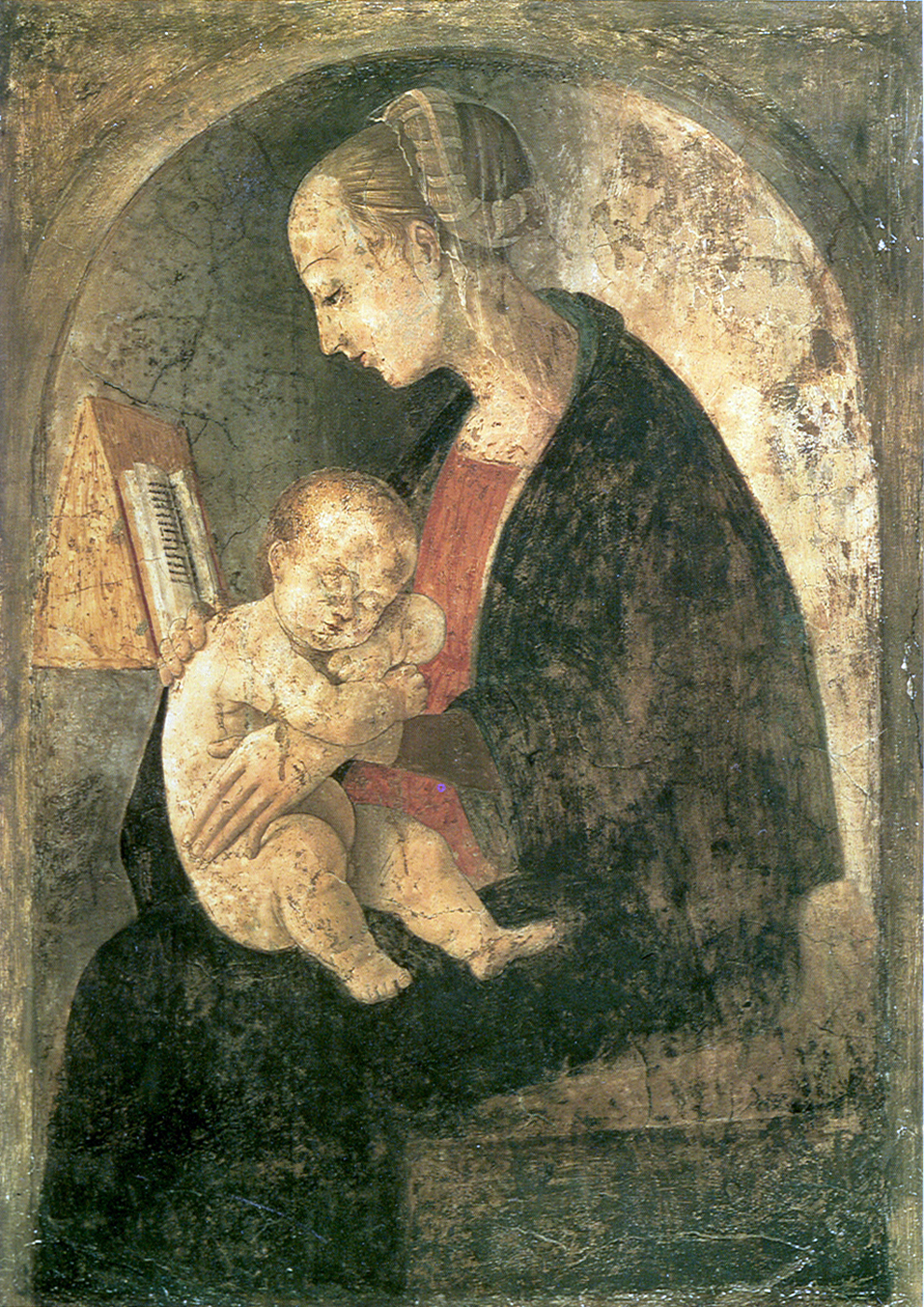
Stefano di Giovanni di Consolo, known as il Sassetta
(ca.1392 – 1450 or 1451) was an Italian painter who is considered one of the
most important representatives of Sienese Renaissance painting...
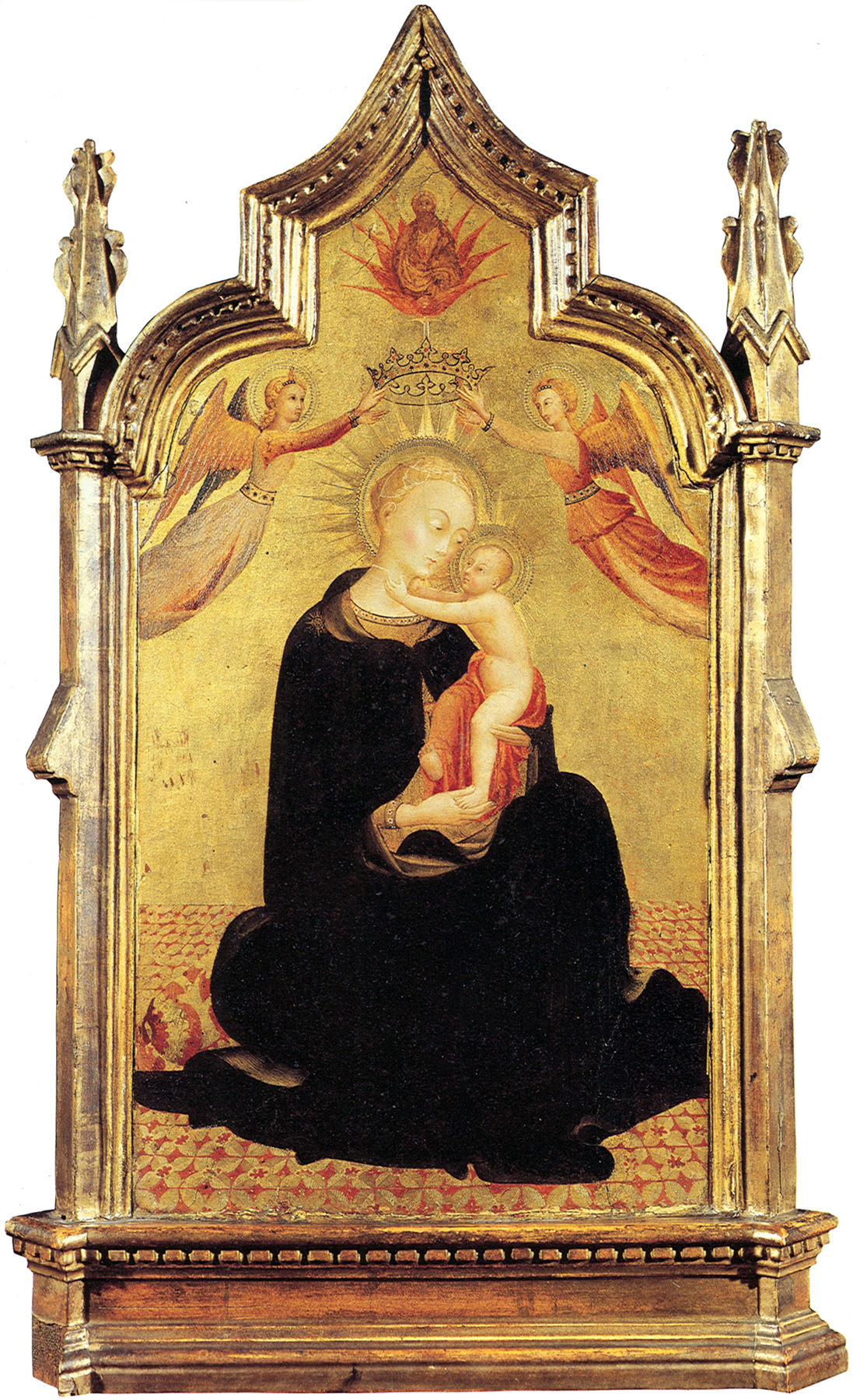
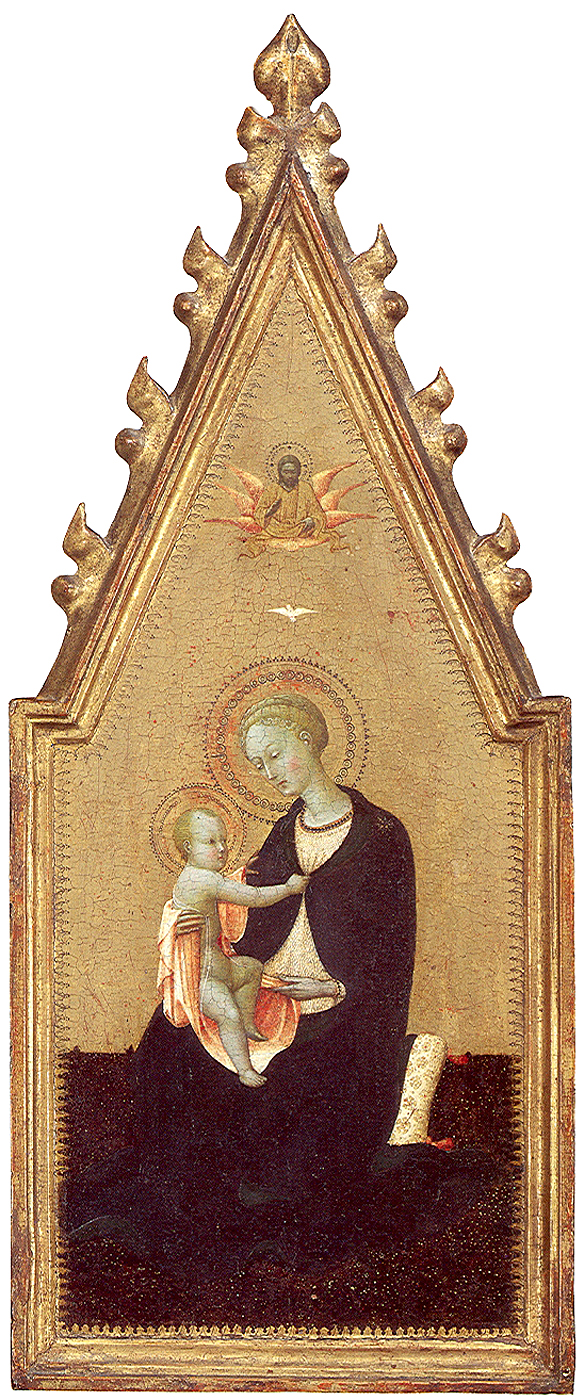
Martin Schongauer (c. 1448, Colmar, Elsass – 2 February
1491, Breisach) was a German engraver and painter. He was the most important
German printmaker before Albrecht Dürer...
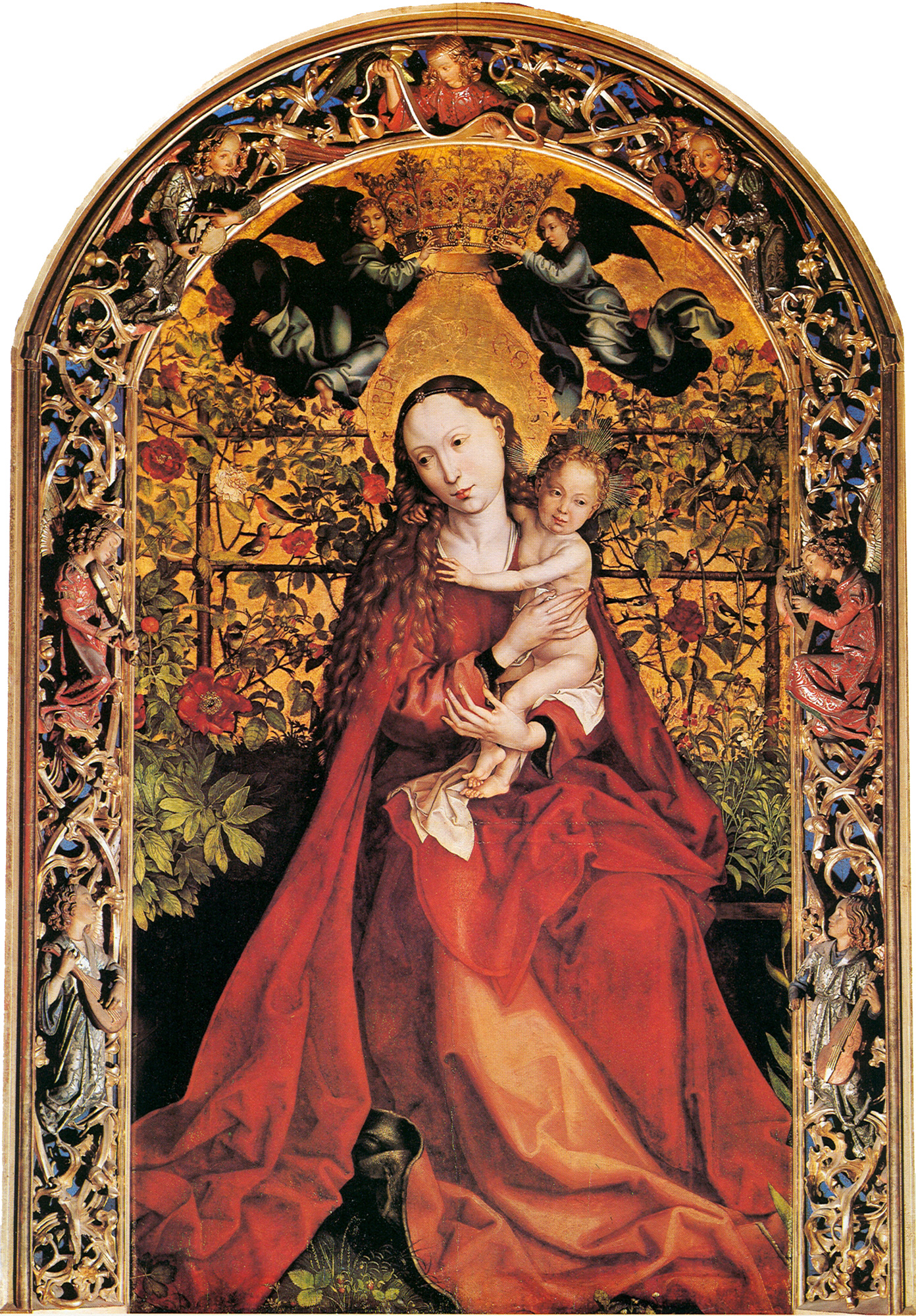
Segna di Bonaventura, also known as Segna de Bonaventura,
and as Segna di Buonaventura, was an Italian painter of the Sienese School. He
was active from about 1298 to 1331. In 1306 he painted a panel for the office
of the Biccherna in the Palazzo Pubblico in Siena. In 1317 he painted an altar
panel for the convent of Lecceto (near Siena). In 1319 he repaired a figure of
the Virgin in the Palazzo Pubblico. In 1321 he painted a panel for the Palazzo
Pubblico. Segna di Bonaventura’s sons Niccolò di Segna and Francesco di Segna
di Bonaventura were also painter of the Sienese School...
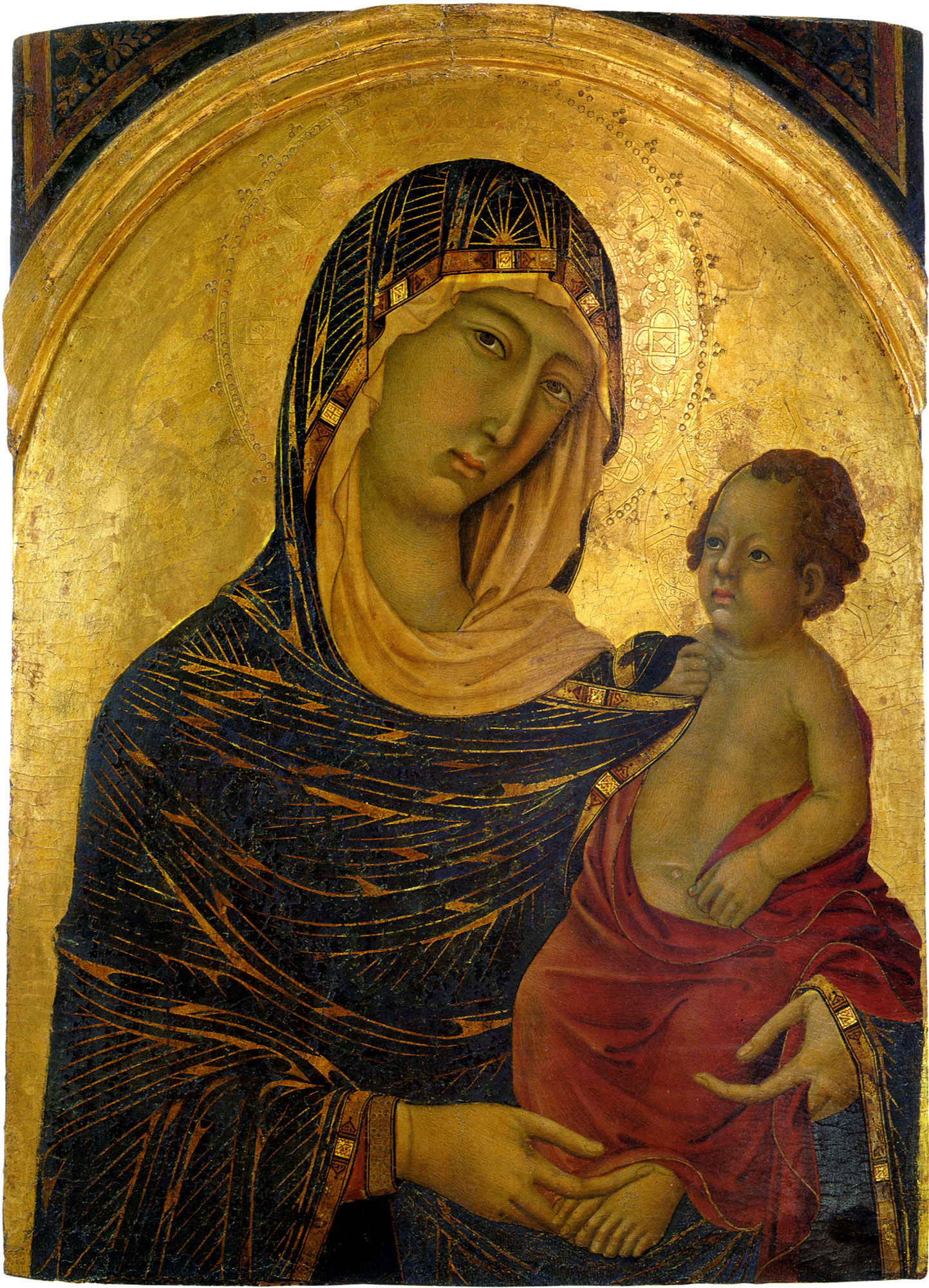
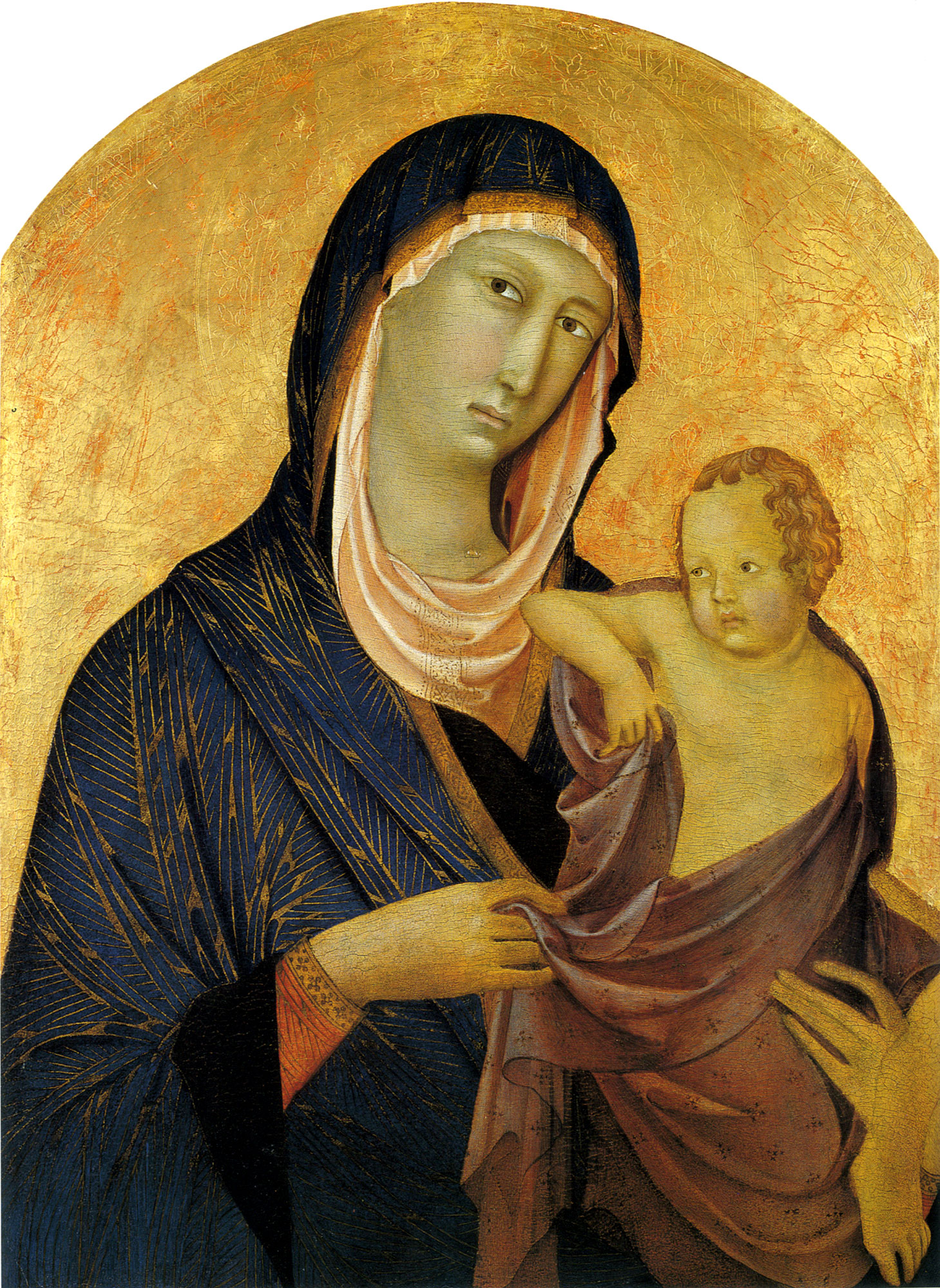
Luca Signorelli (c. 1445 – 16 October 1523) was an
Italian Renaissance painter who was noted in particular for his ability as a
draughtsman and his use of foreshortening. His massive frescoes of the Last
Judgment (1499–1503) in Orvieto Cathedral are considered his masterpiece...
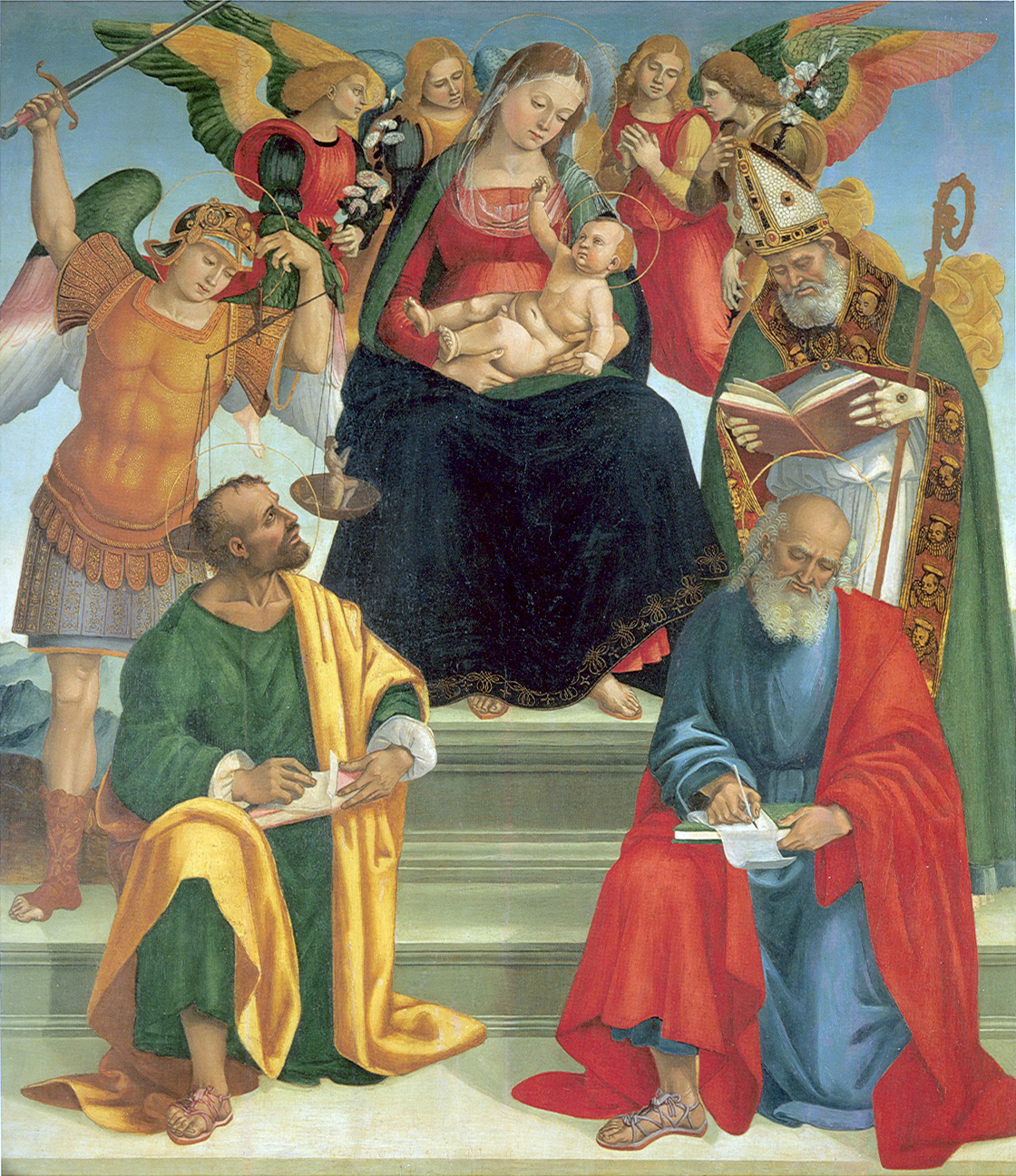
Conrad von Soest, also Konrad in modern texts, or in
Middle High German Conrad van Sost or "von Soyst", (born around 1370
in Dortmund; died soon after 1422. He was the most significant Westphalian
artist and painted in the so-called soft style of International Gothic. He
played a leading role in the introduction of this International Courtly Style
to Northern Germany around 1390 and influenced German and Northern European
painting into the late 15th century. He was the master of a thriving workshop
and was accepted into the social circle of the cosmopolitan patrician elite of
Dortmund. Dortmund was then a leading and very prosperous member of the
influential Hanseatic League...
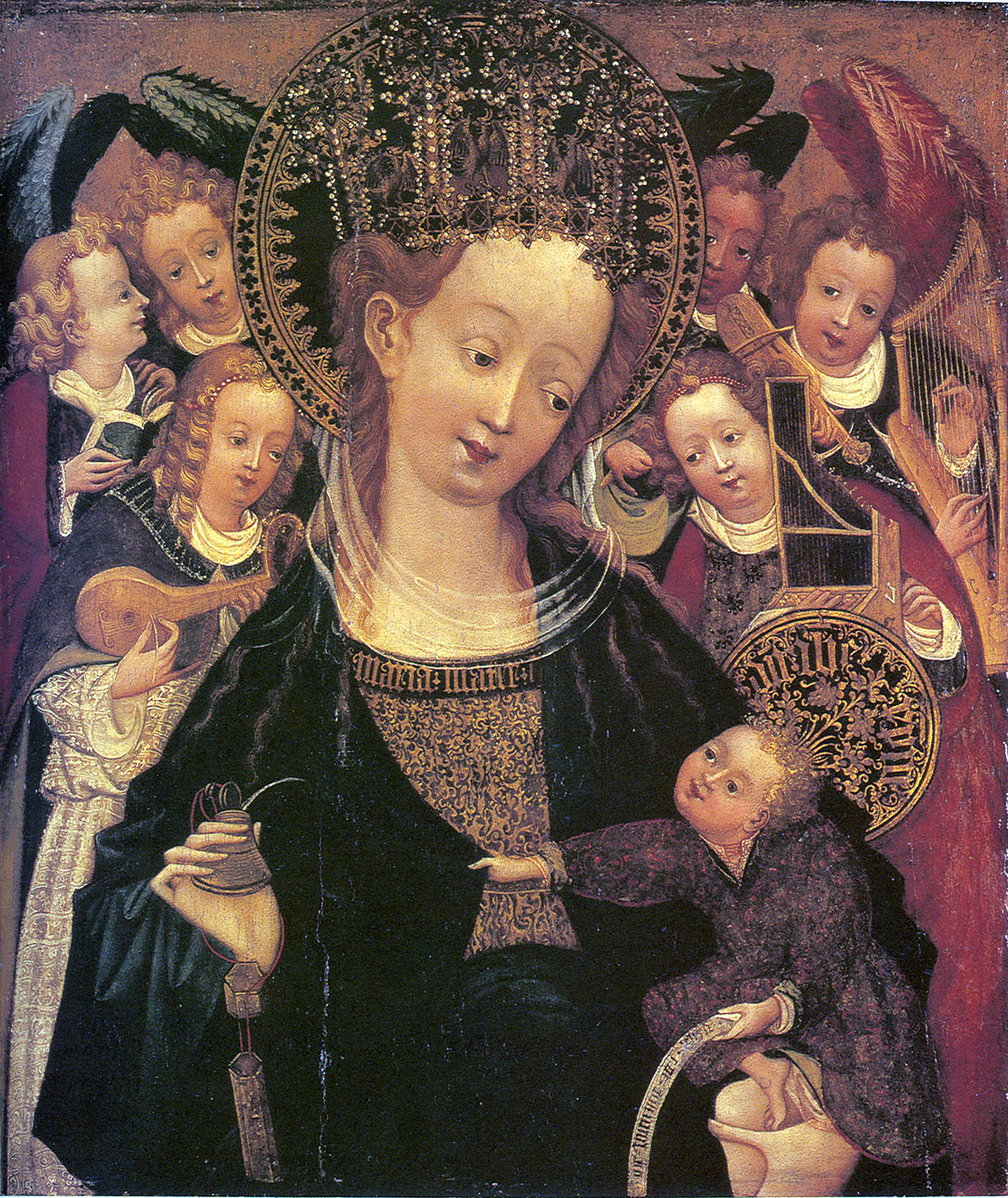
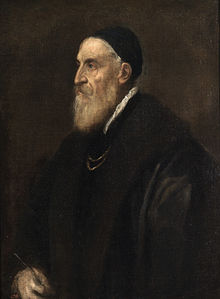 Tiziano Vecelli or Tiziano Vecellio (c. 1488/1490 – 27
August 1576[2]) known in English as Titian was an Italian painter, the most
important member of the 16th-century Venetian school. He was born in Pieve di
Cadore, near Belluno (in Veneto), in the Republic of Venice. During his
lifetime he was often called da Cadore, taken from the place of his birth...
Tiziano Vecelli or Tiziano Vecellio (c. 1488/1490 – 27
August 1576[2]) known in English as Titian was an Italian painter, the most
important member of the 16th-century Venetian school. He was born in Pieve di
Cadore, near Belluno (in Veneto), in the Republic of Venice. During his
lifetime he was often called da Cadore, taken from the place of his birth... 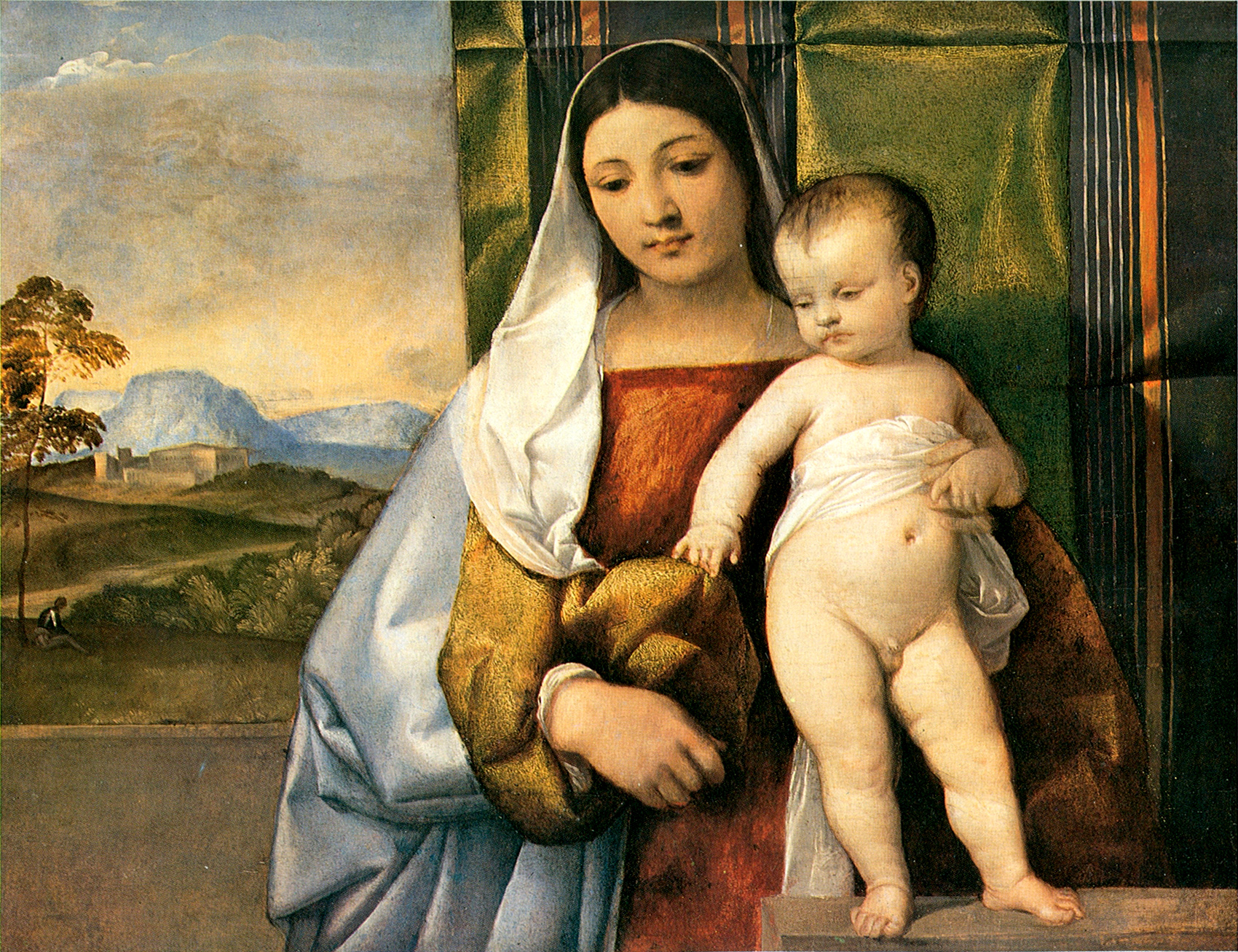
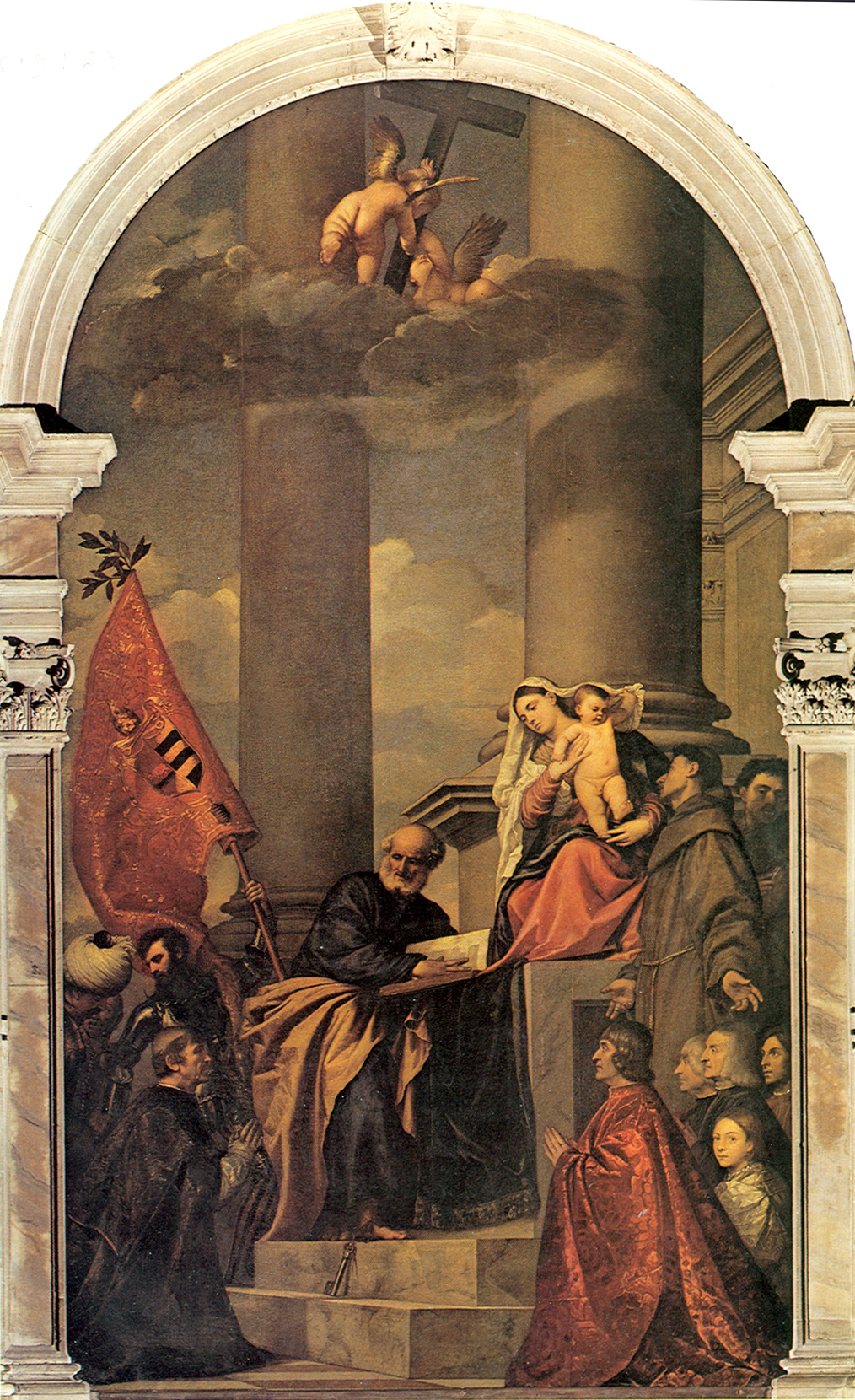
Cosimo Tura (c. 1430 – 1495), also known as Il Cosmè or
Cosmè Tura, was an Italian early-Renaissance (or Quattrocento) painter and
considered one of the founders of the School of Ferrara...
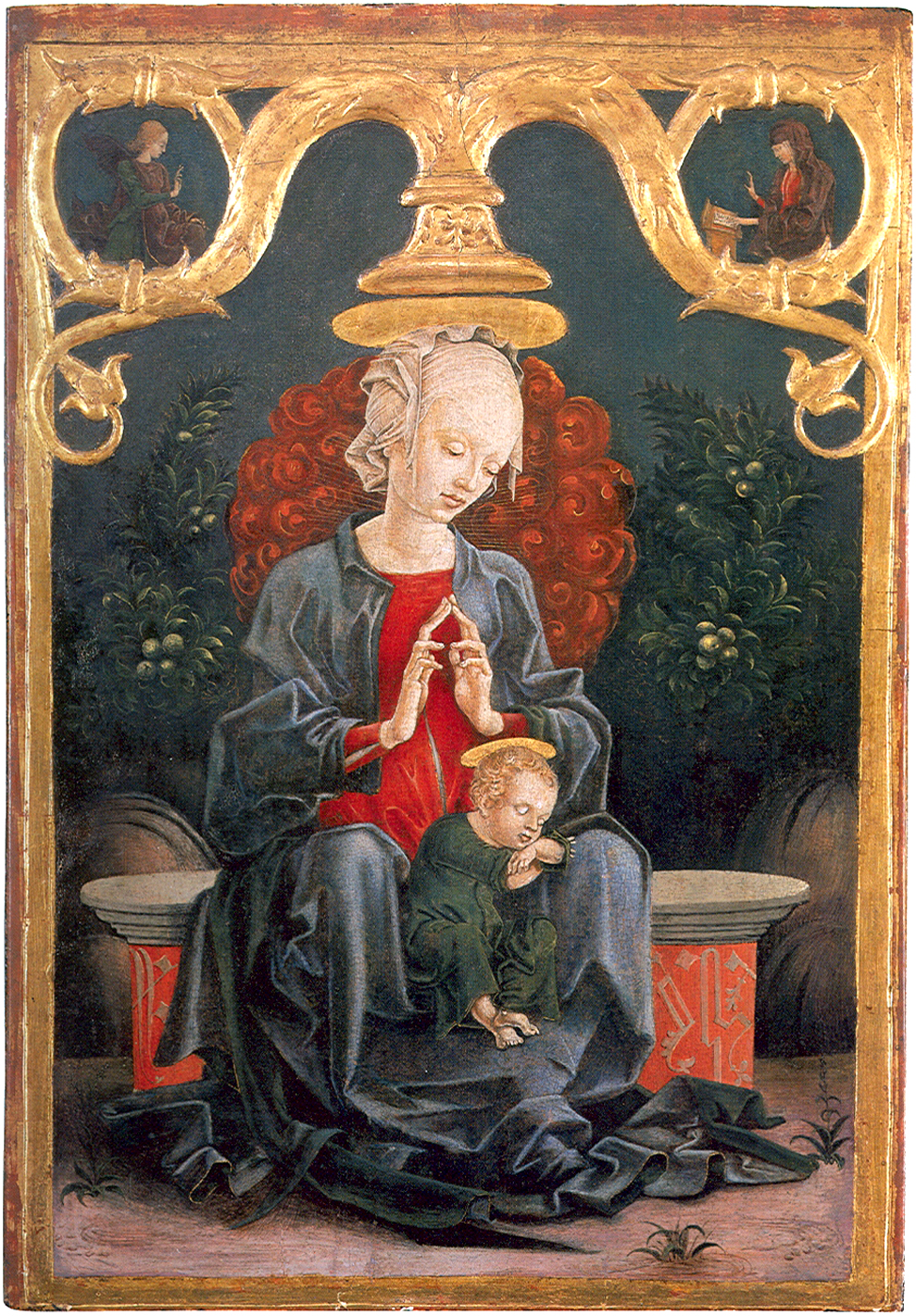
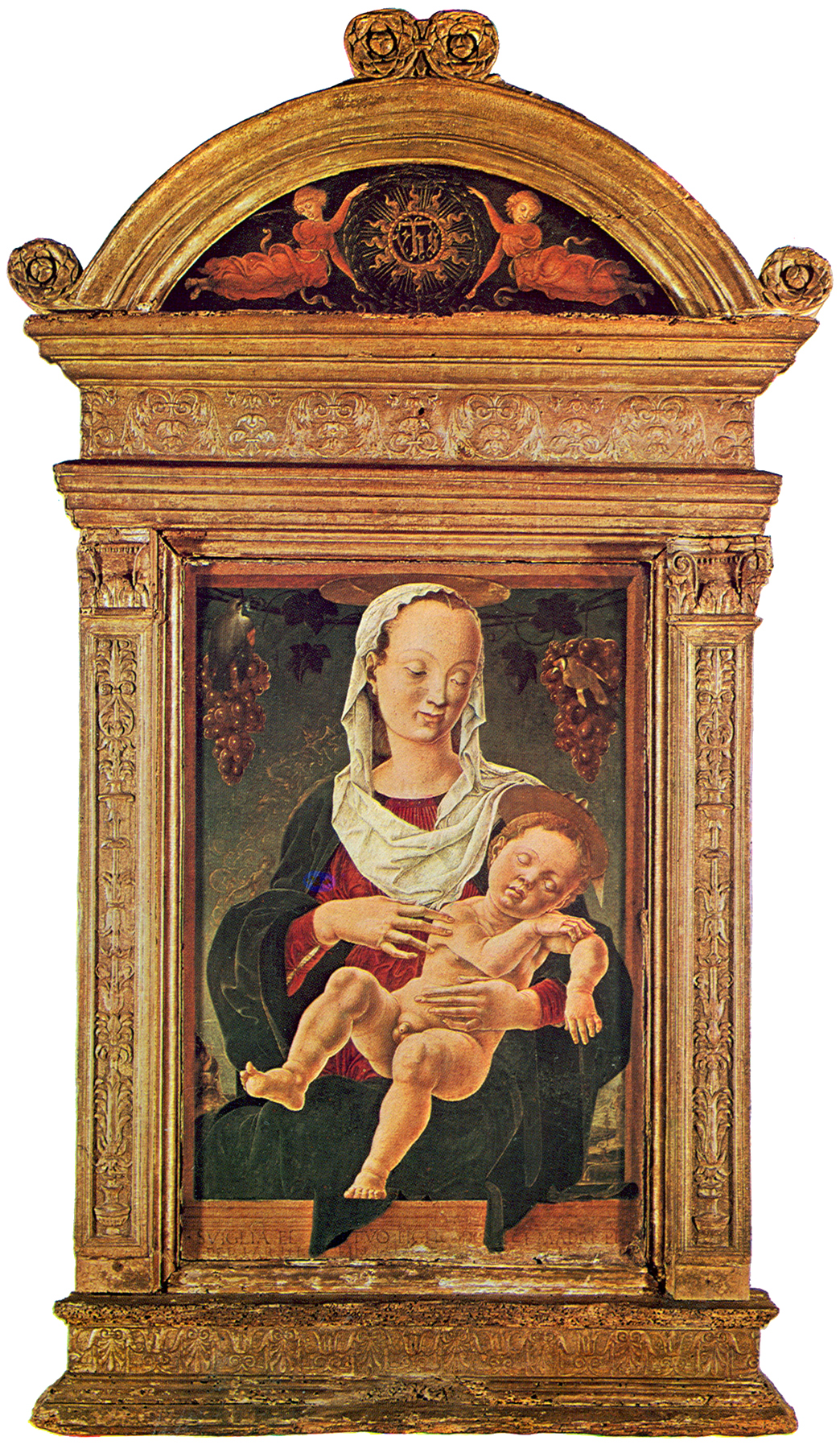
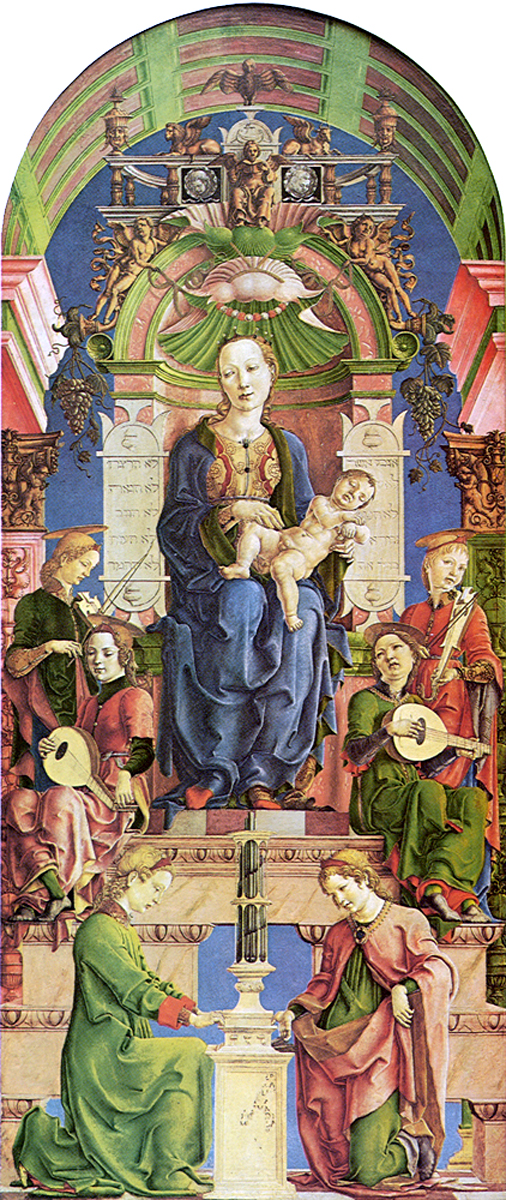
Ignoto...
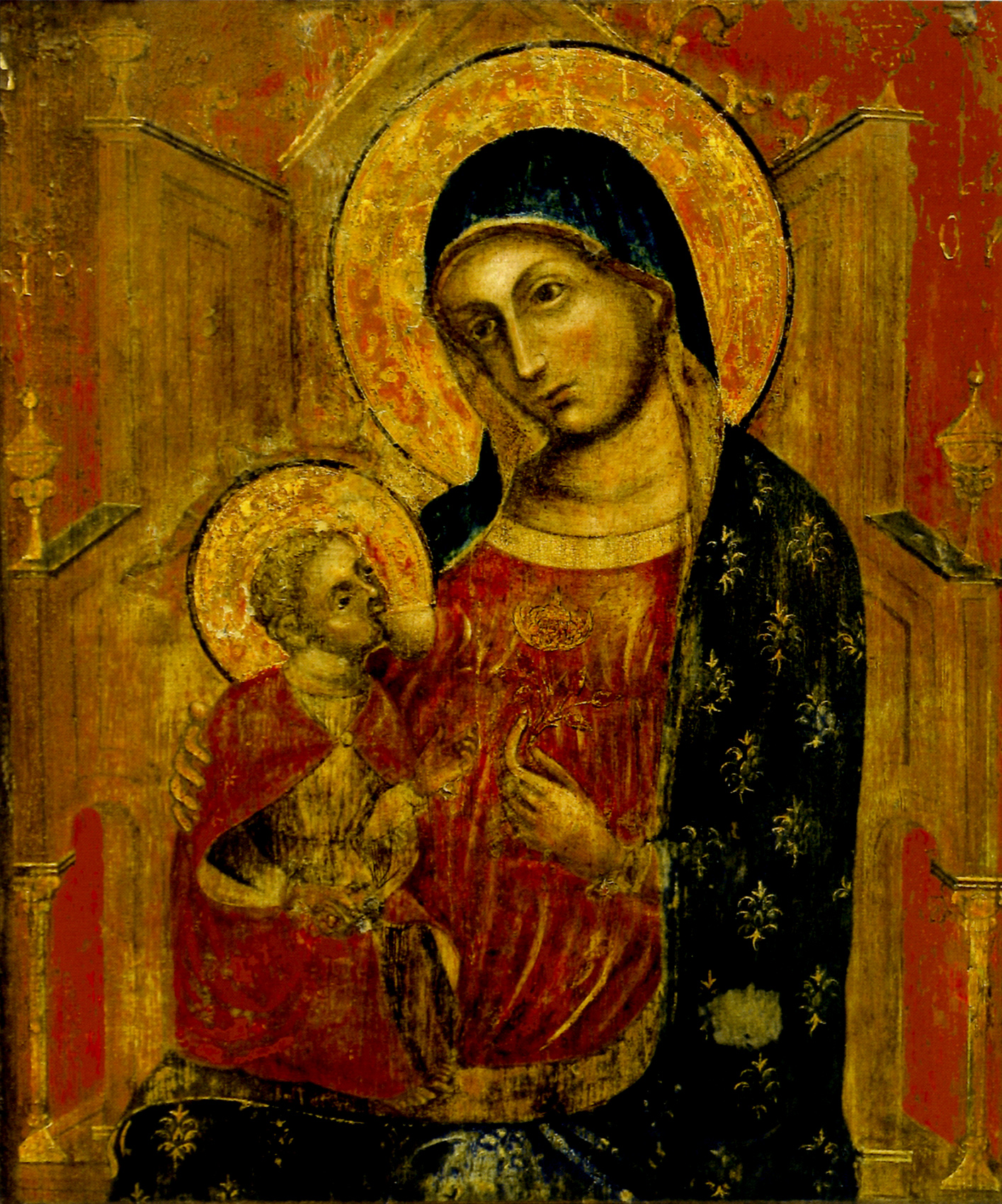
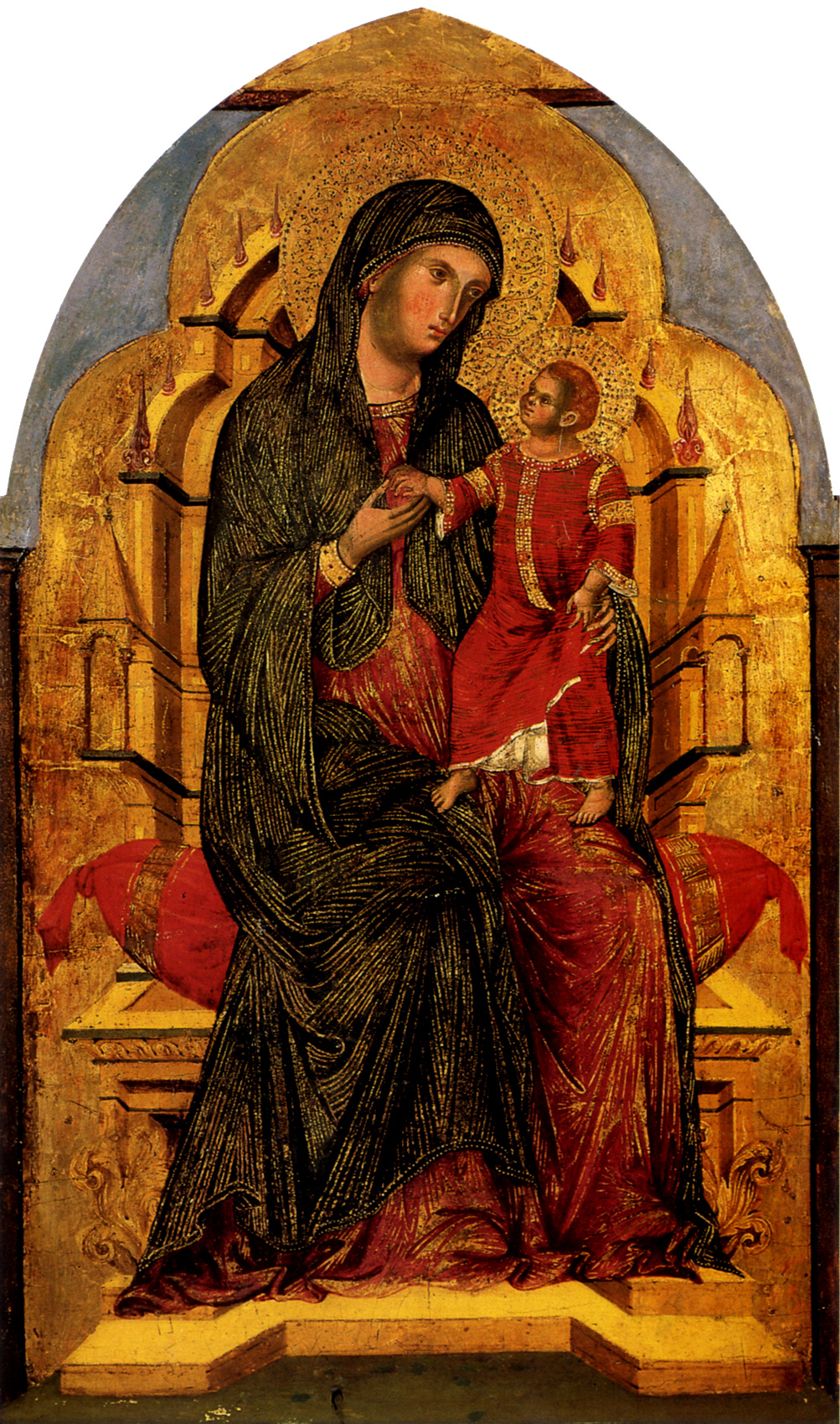
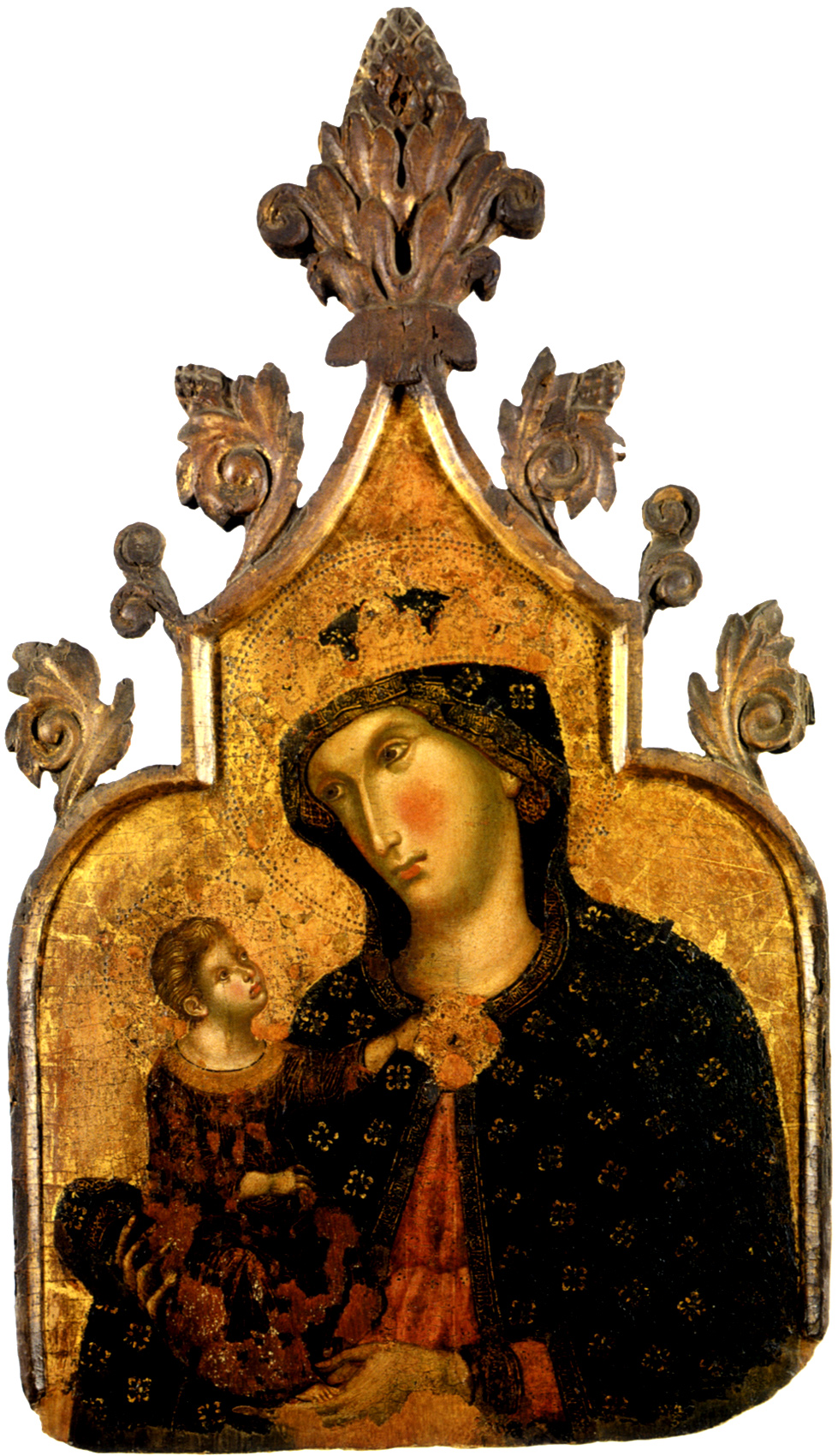
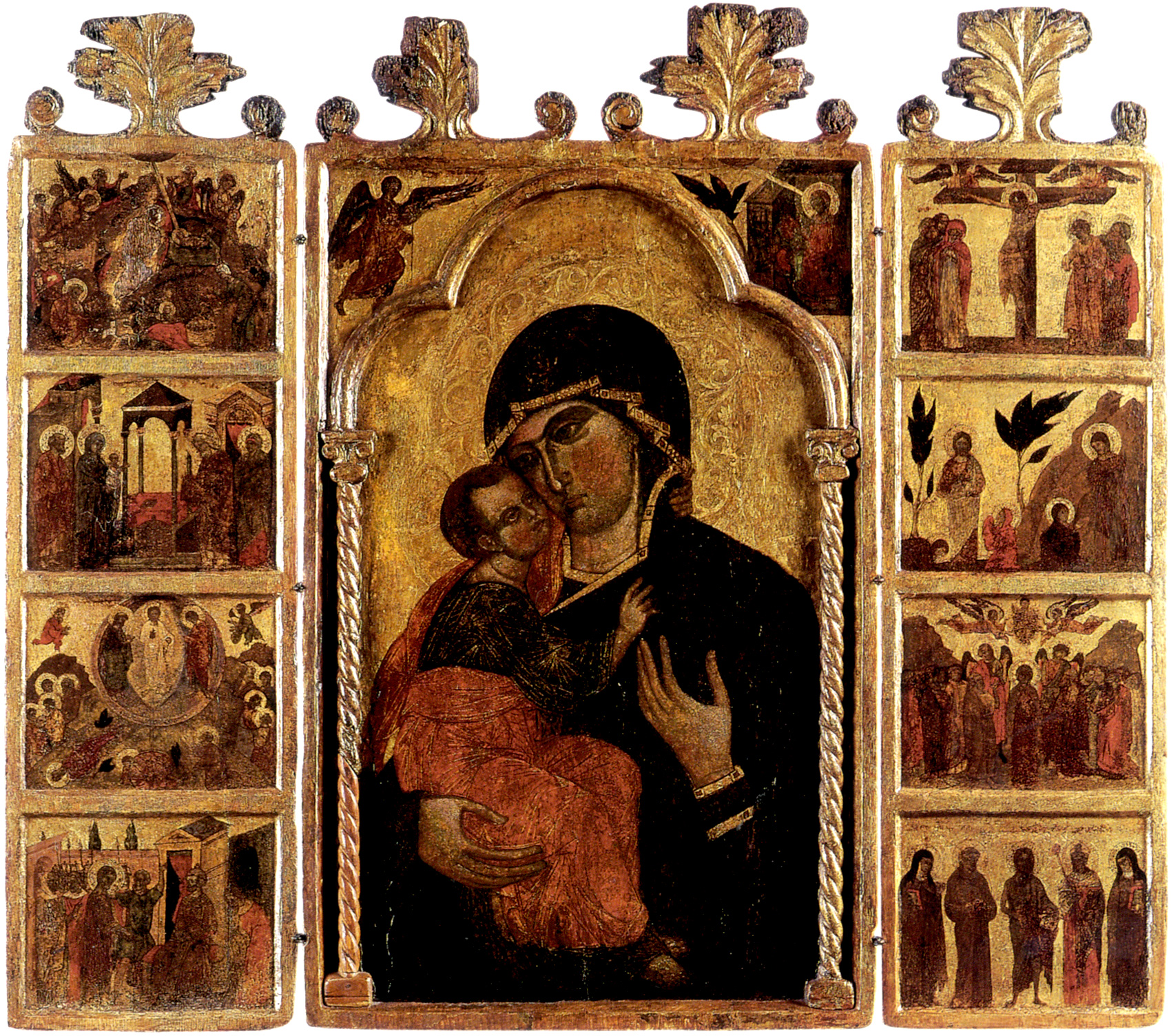
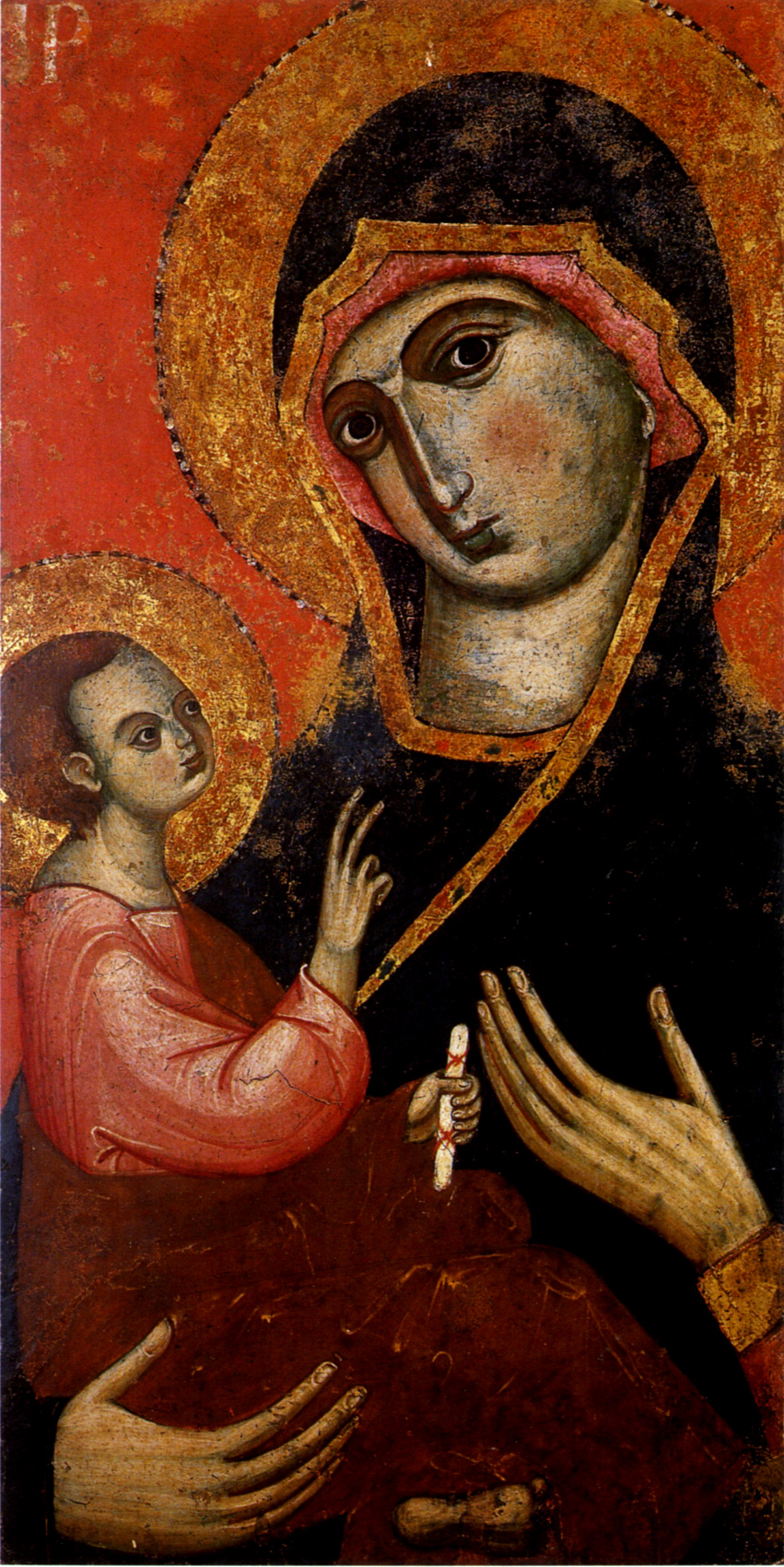
Andrea del Verrocchio (c. 1435–1488), born Andrea di
Michele di Francesco de' Cioni, was an Italian sculptor, goldsmith and painter
who worked at the court of Lorenzo de' Medici in Florence in the early
renaissance. Few paintings are attributed to him with certainty, but a number
of important painters were trained at his workshop. His pupils included
Leonardo da Vinci, Pietro Perugino and Lorenzo di Credi. His greatest
importance was as a sculptor and his last work, the equestrian statue of
Bartolomeo Colleoni in Venice, is universally accepted as a masterpiece...
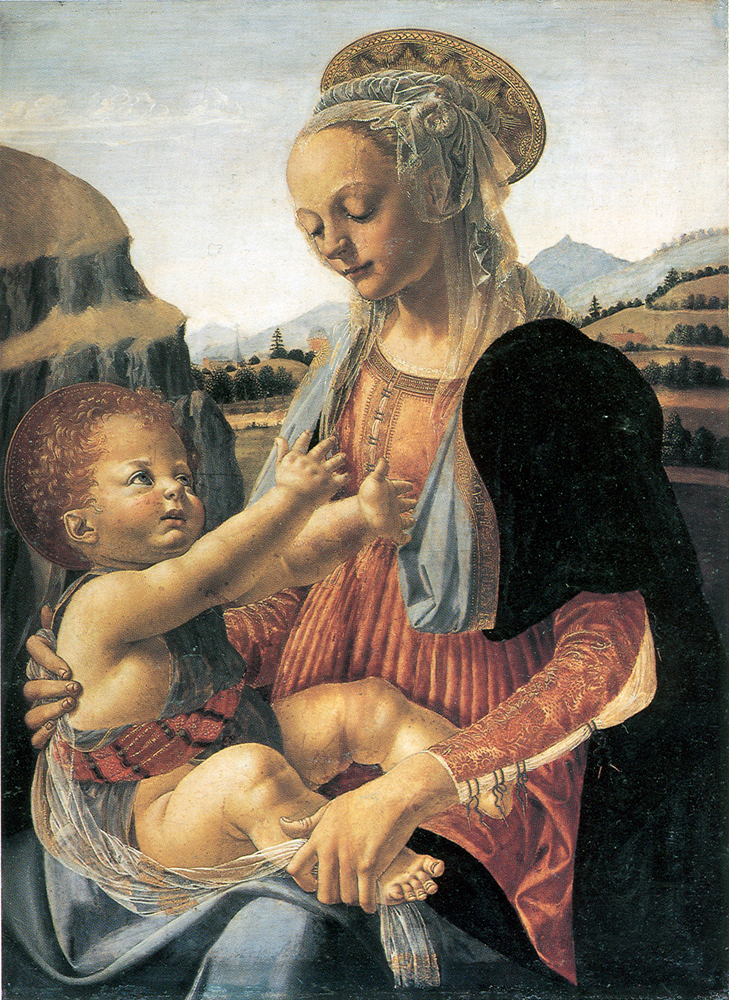
Antonio Vivarini (Antonio of Murano) (c. 1440 – 1480) was
an Italian painter of the early Renaissance-late Gothic period, who worked
mostly in the Republic of Venice. He is probably the earliest of a family of
painters including sibling his younger brother Bartolomeo and Antonio's son
Alvise Vivarini...
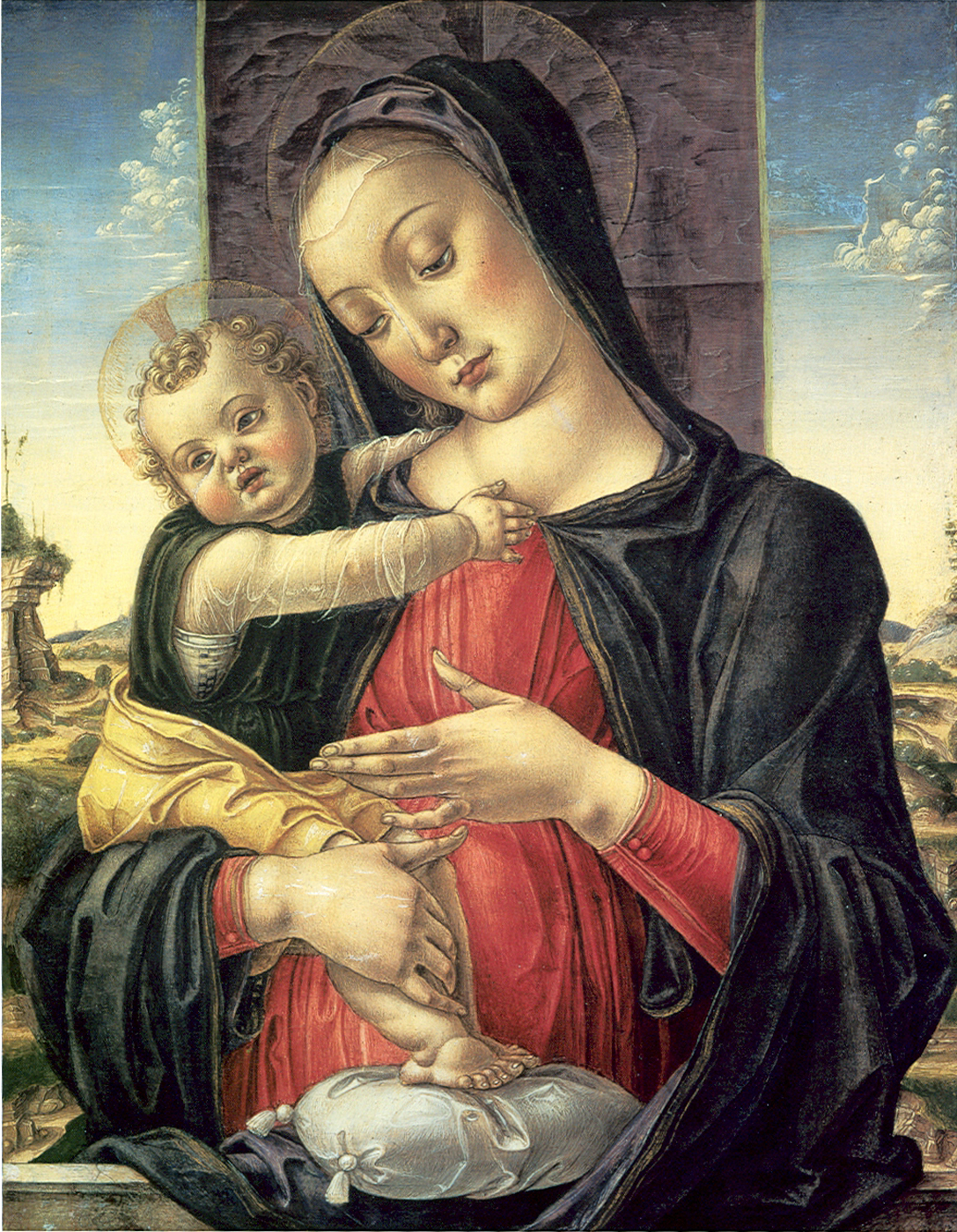
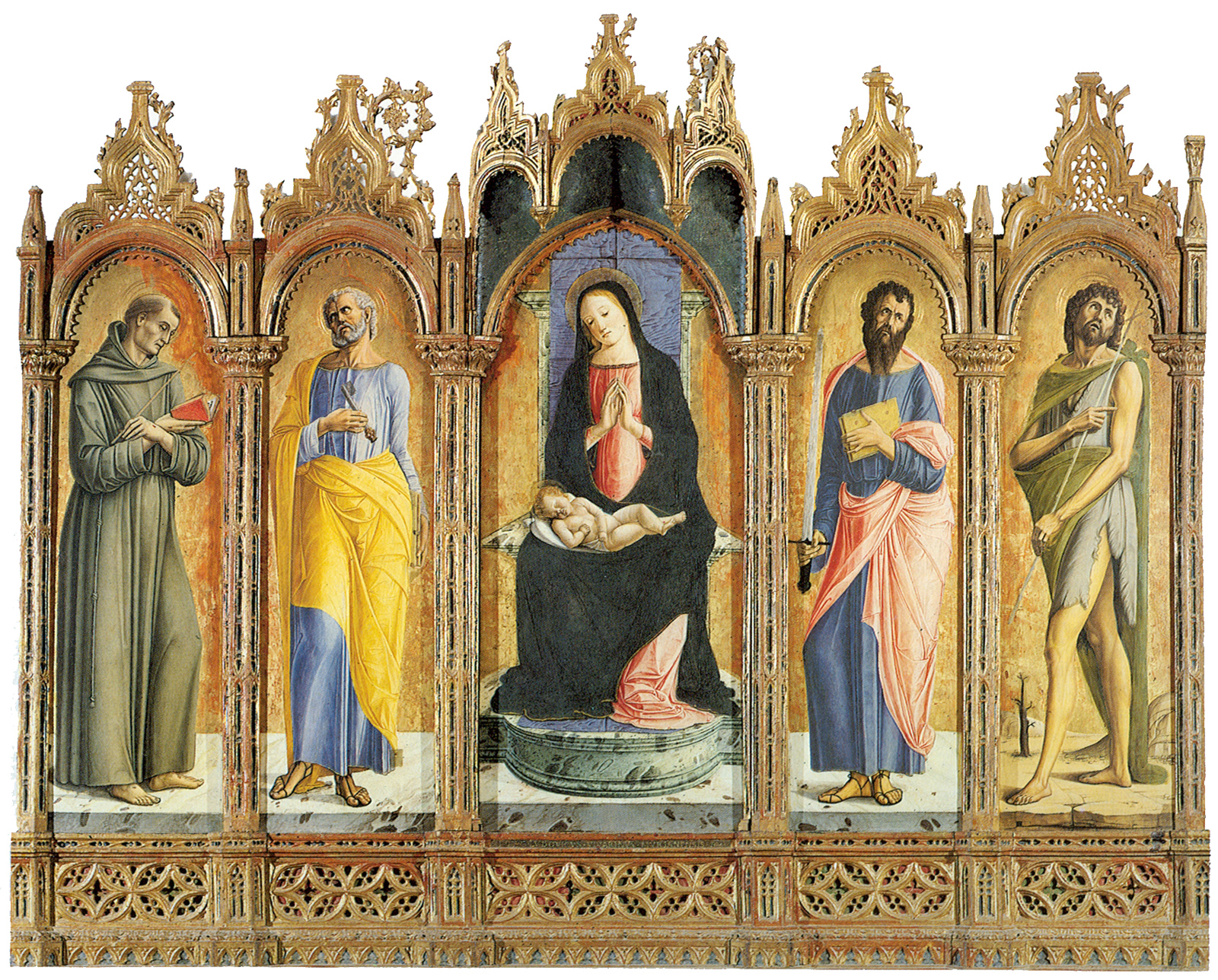
 Rogier van der Weyden or Roger de la Pasture (1399 or
1400 – 18 June 1464) was an Early Flemish painter. His surviving works consist
mainly of religious triptychs, altarpieces and commissioned single and diptych
portraits...
Rogier van der Weyden or Roger de la Pasture (1399 or
1400 – 18 June 1464) was an Early Flemish painter. His surviving works consist
mainly of religious triptychs, altarpieces and commissioned single and diptych
portraits...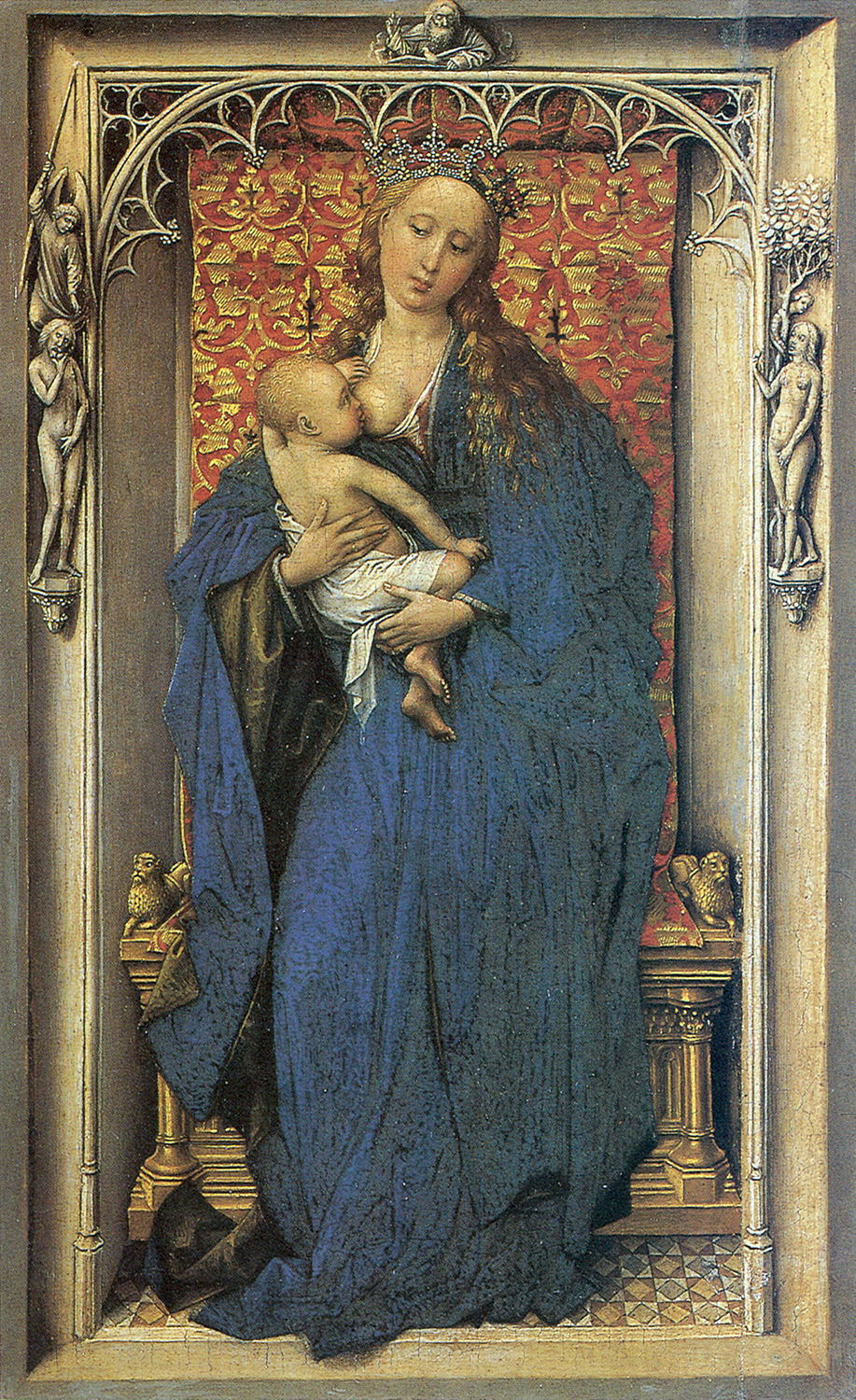
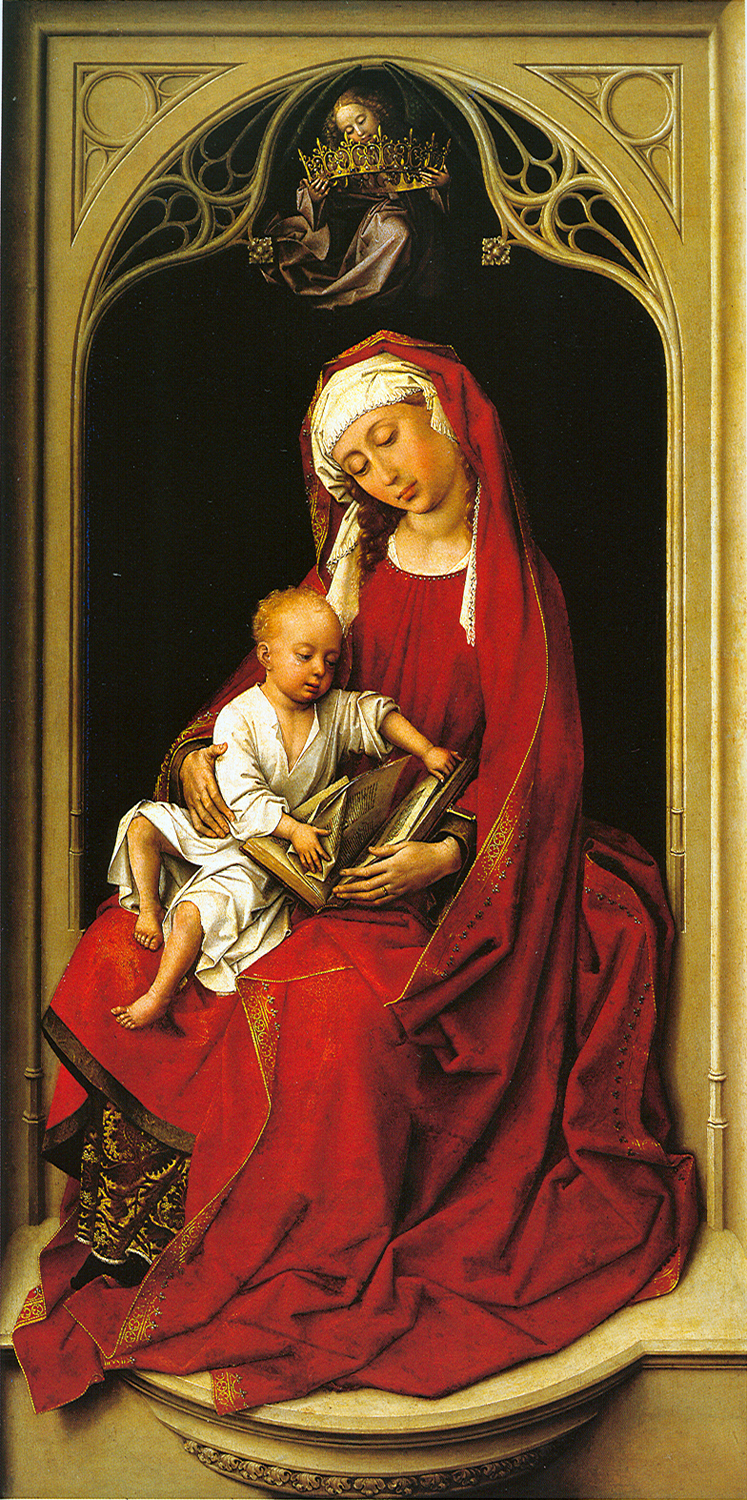
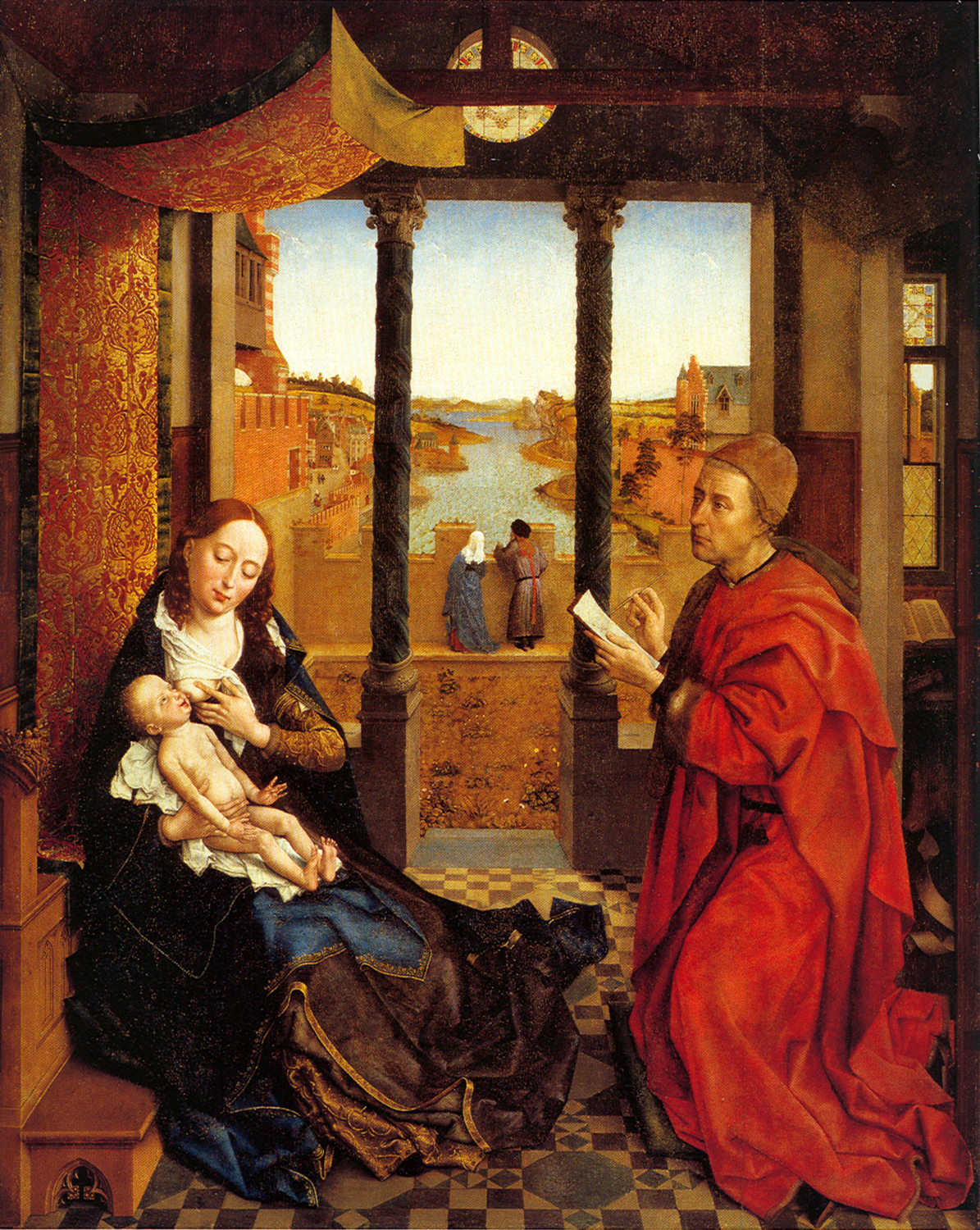


Komentarų nėra:
Rašyti komentarą